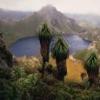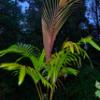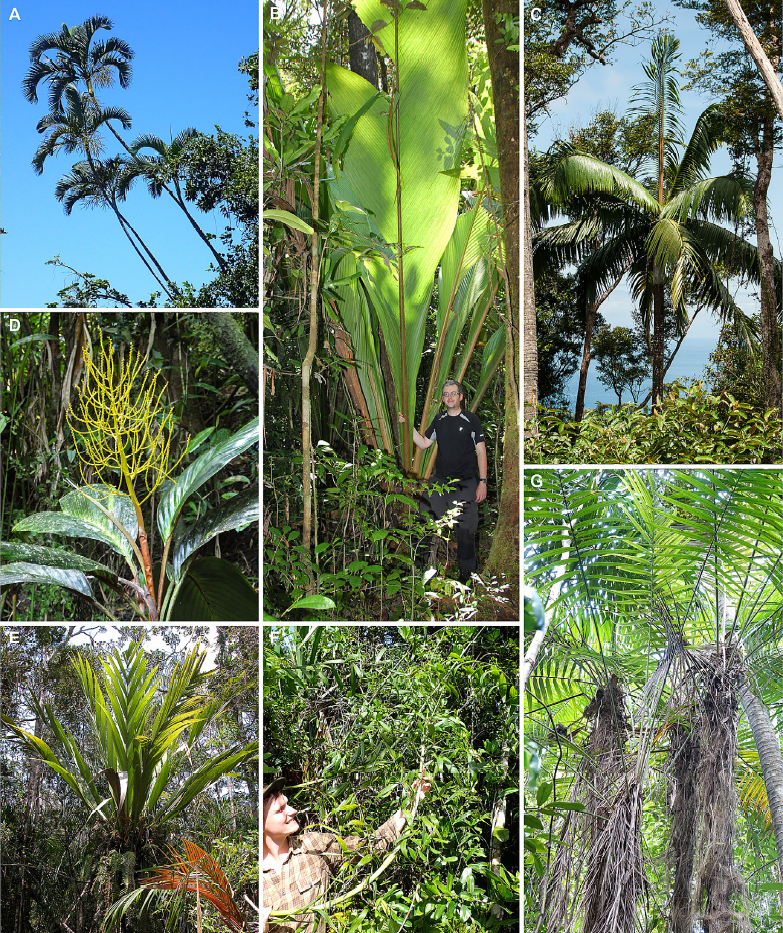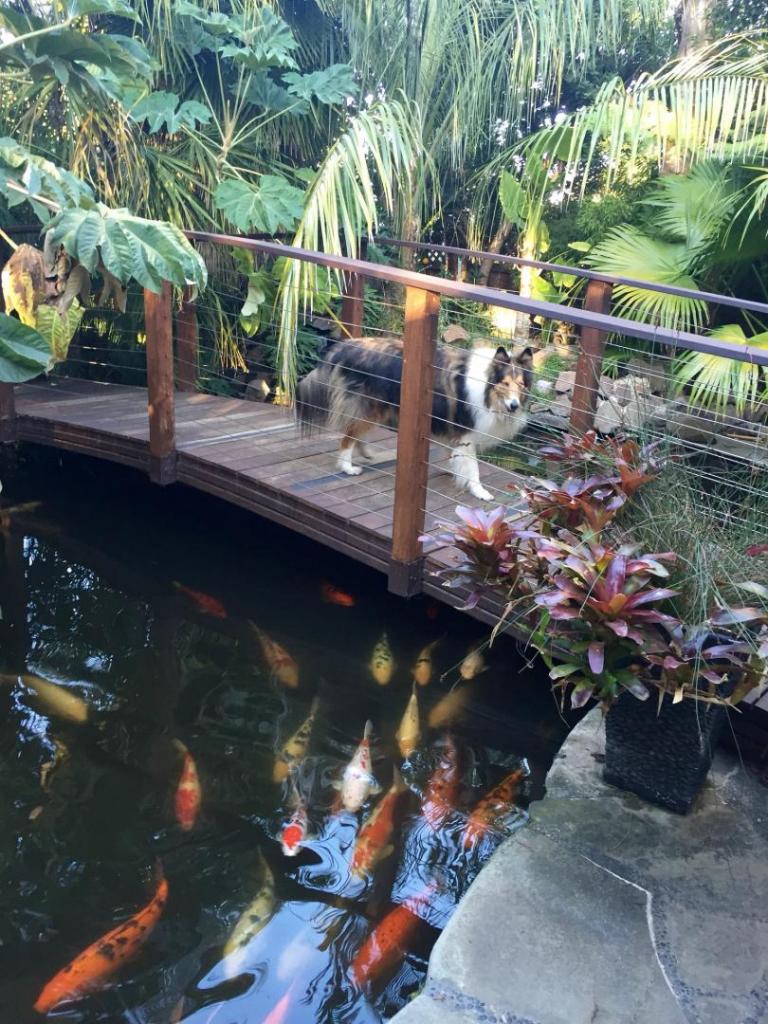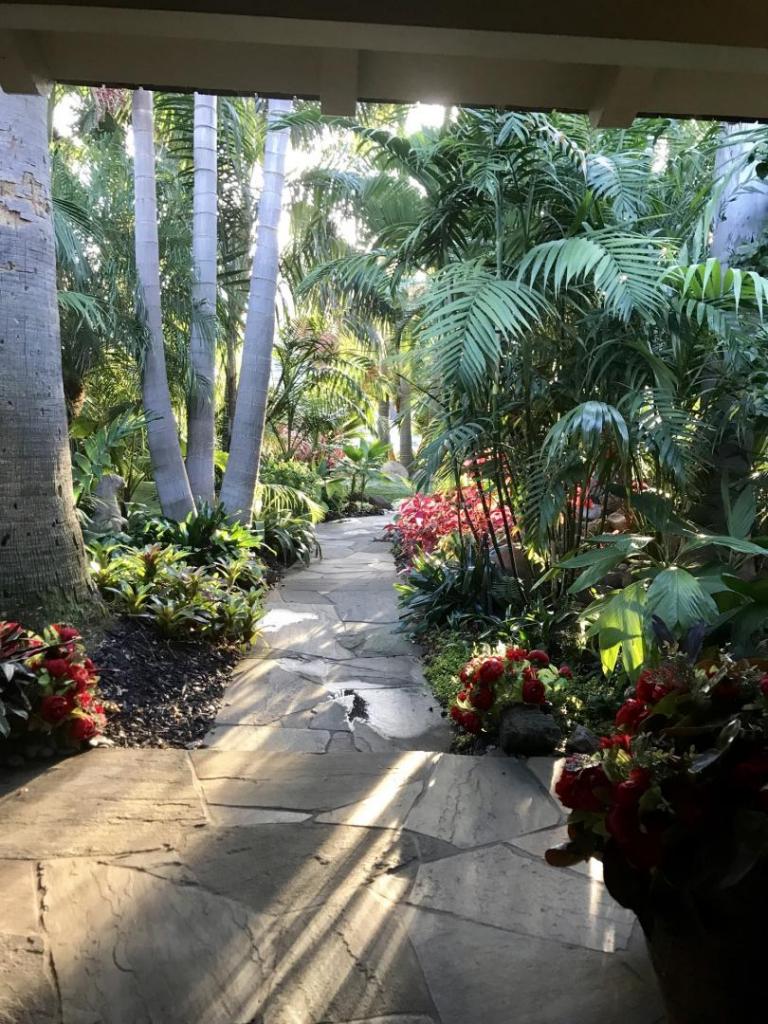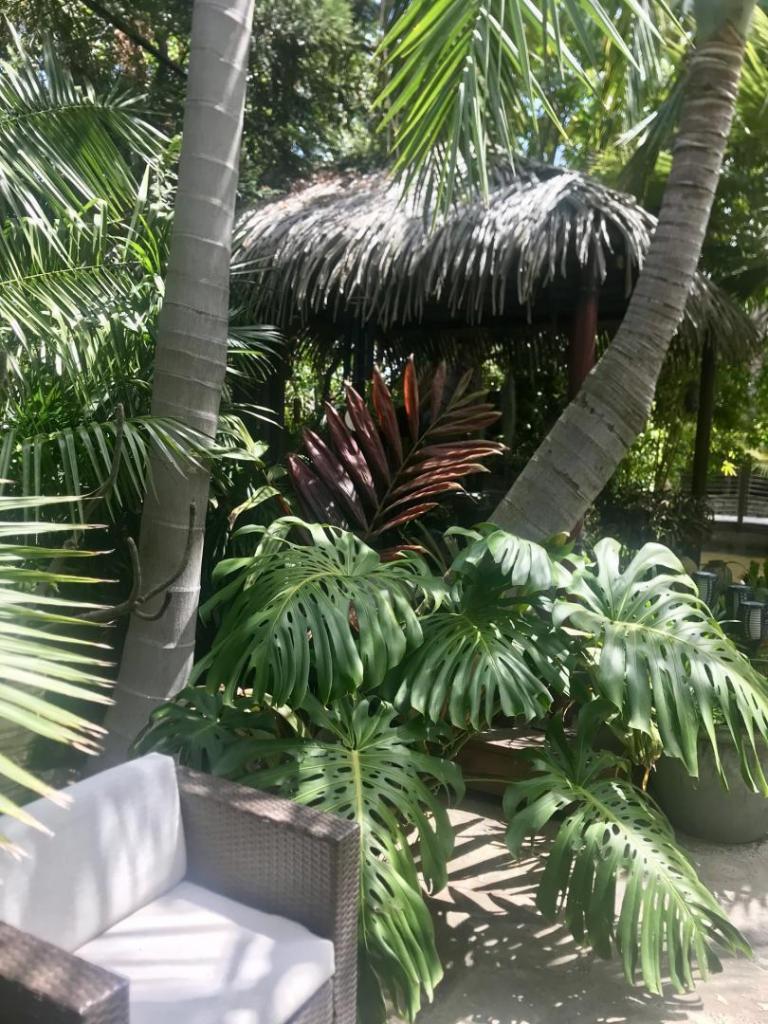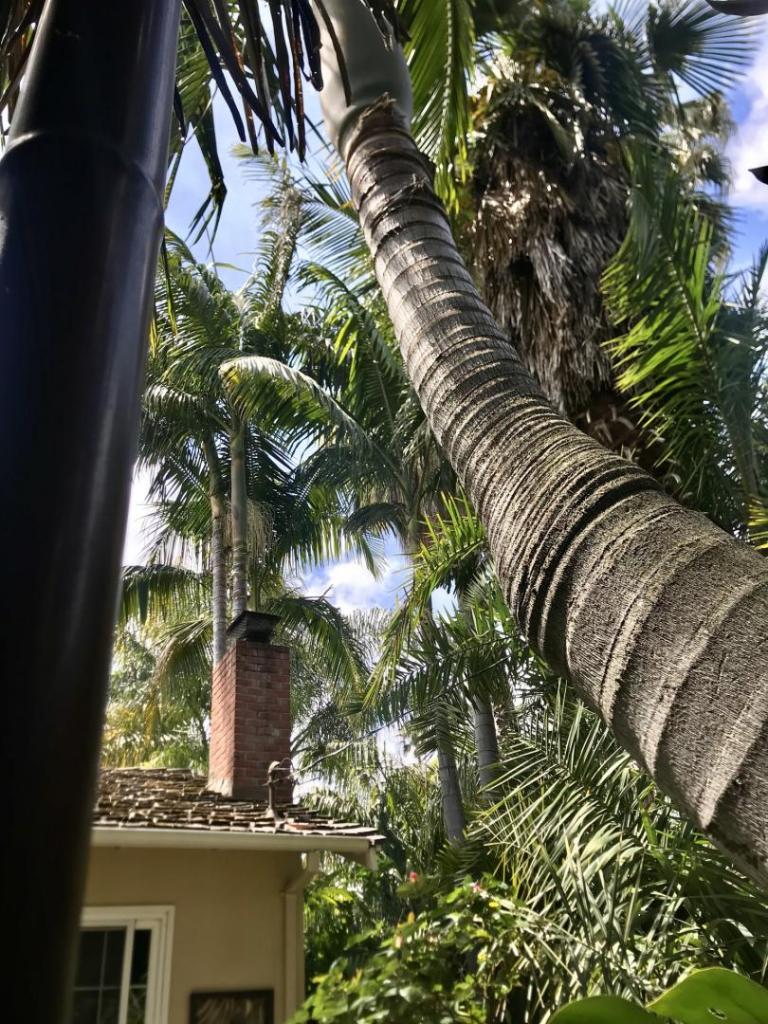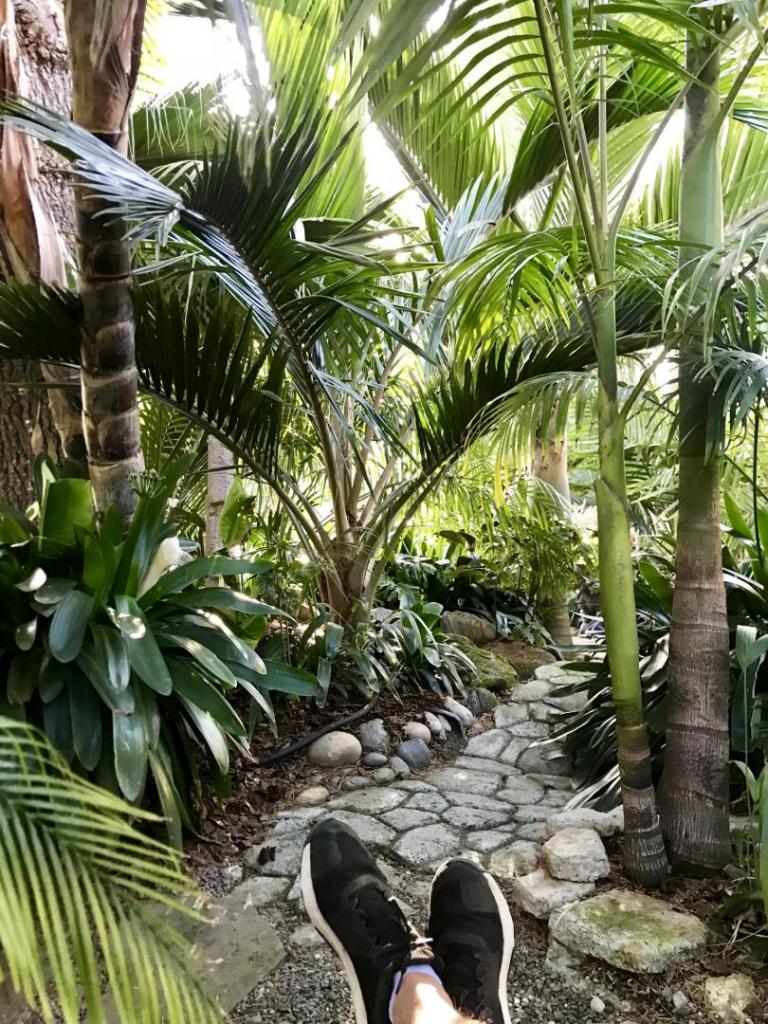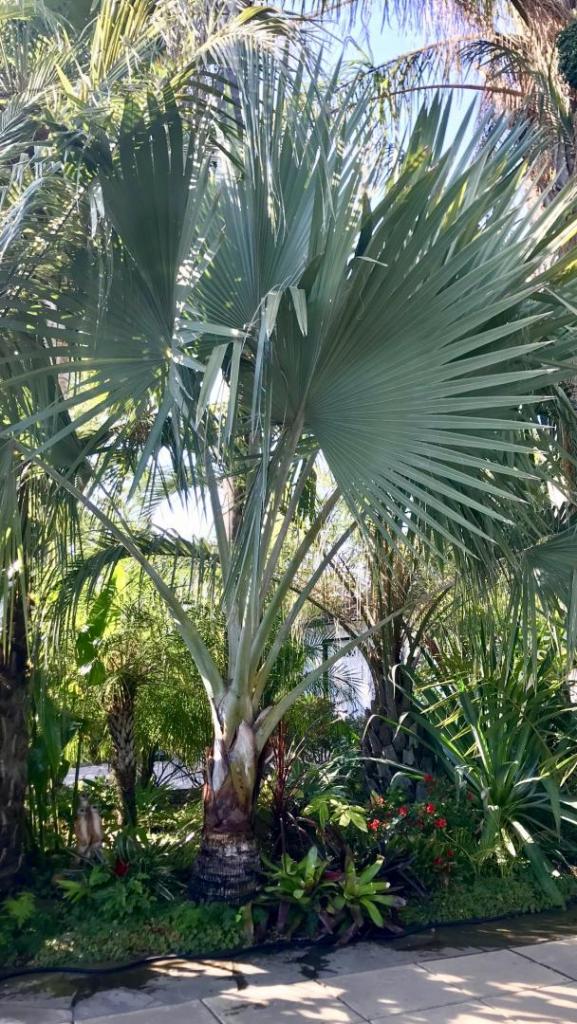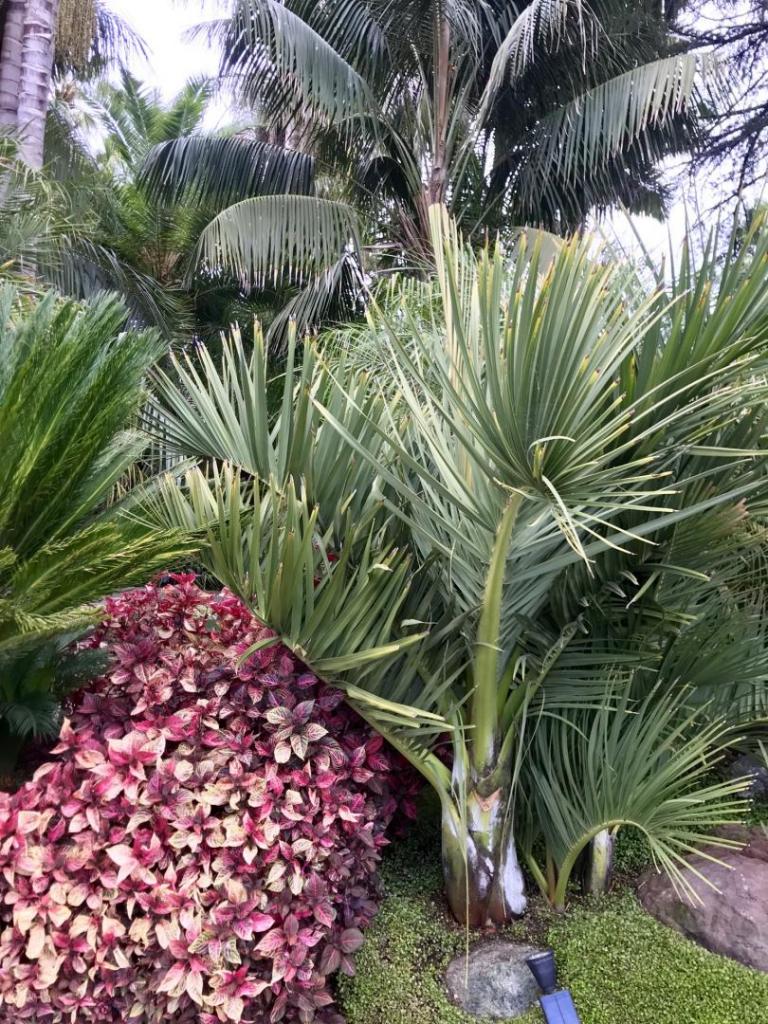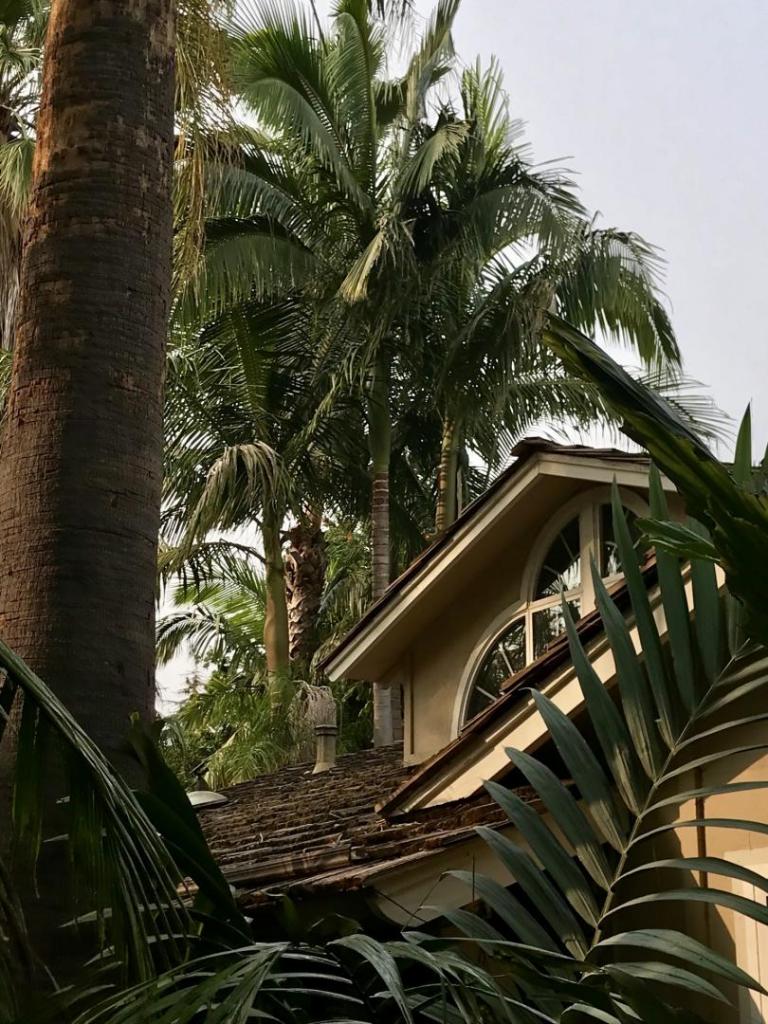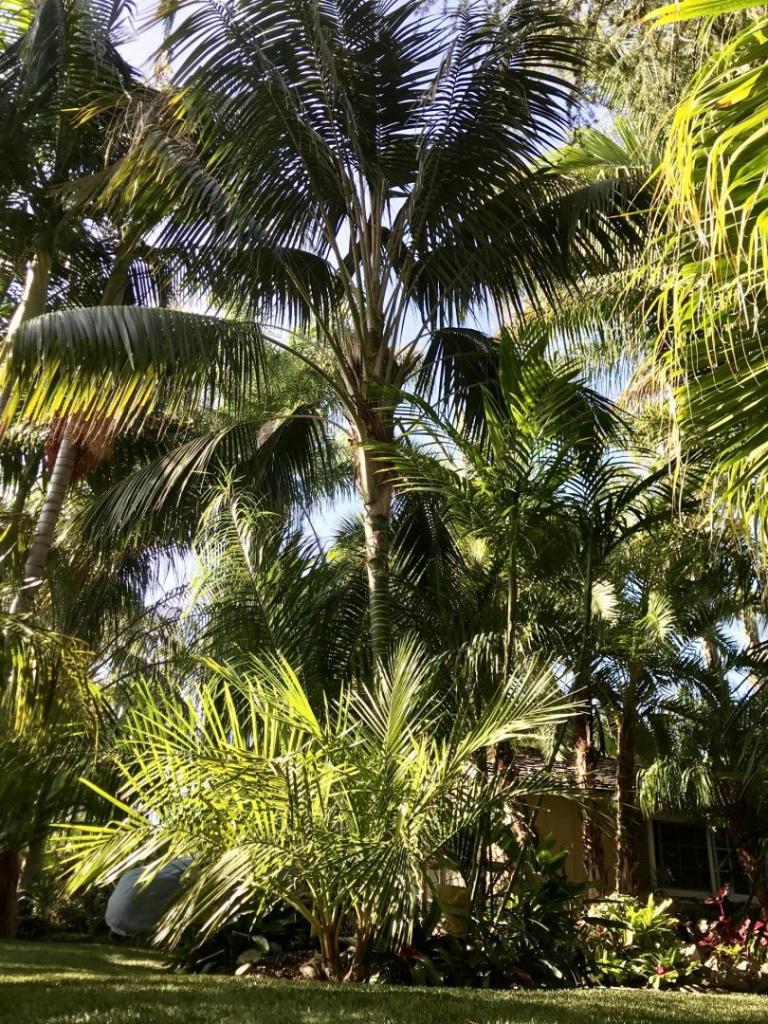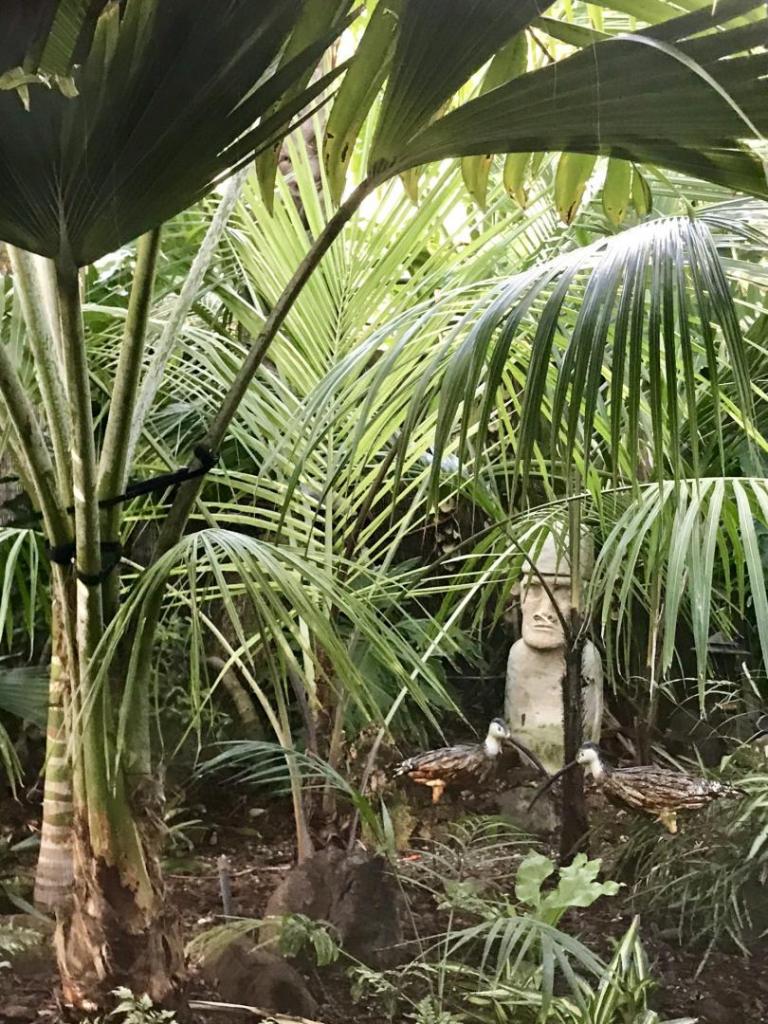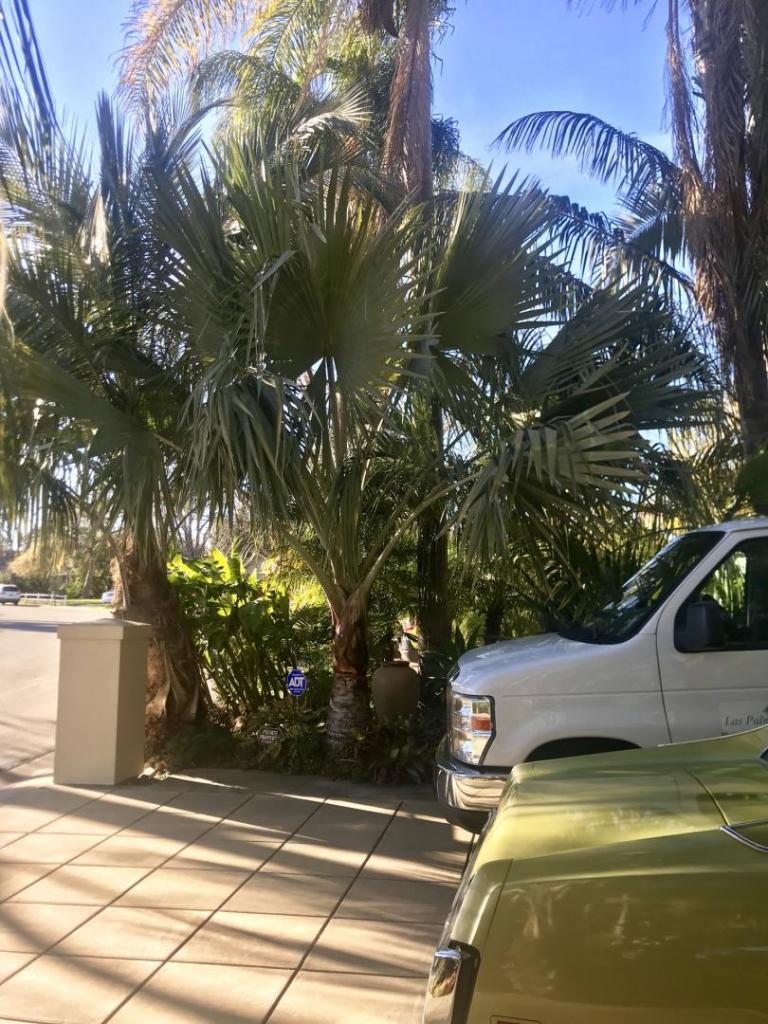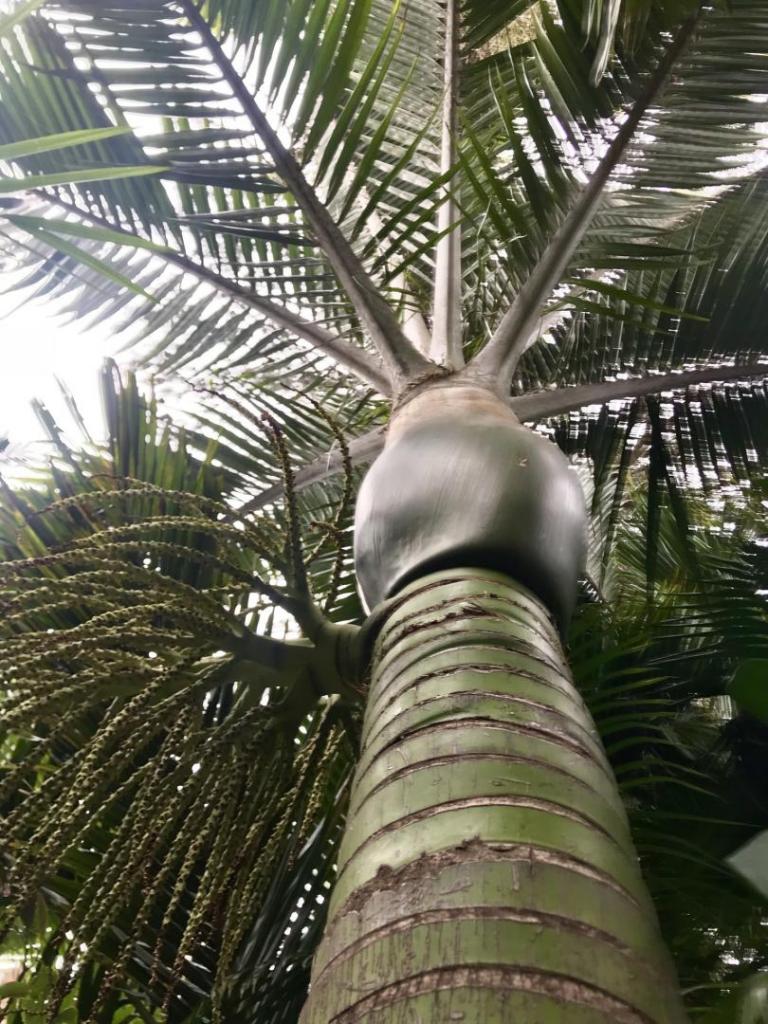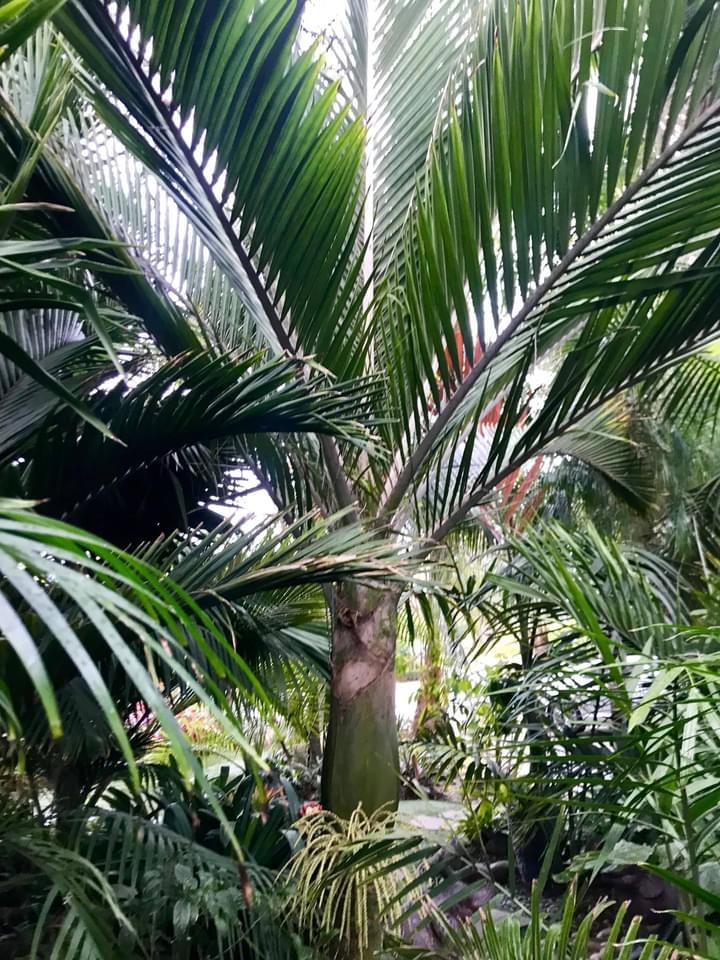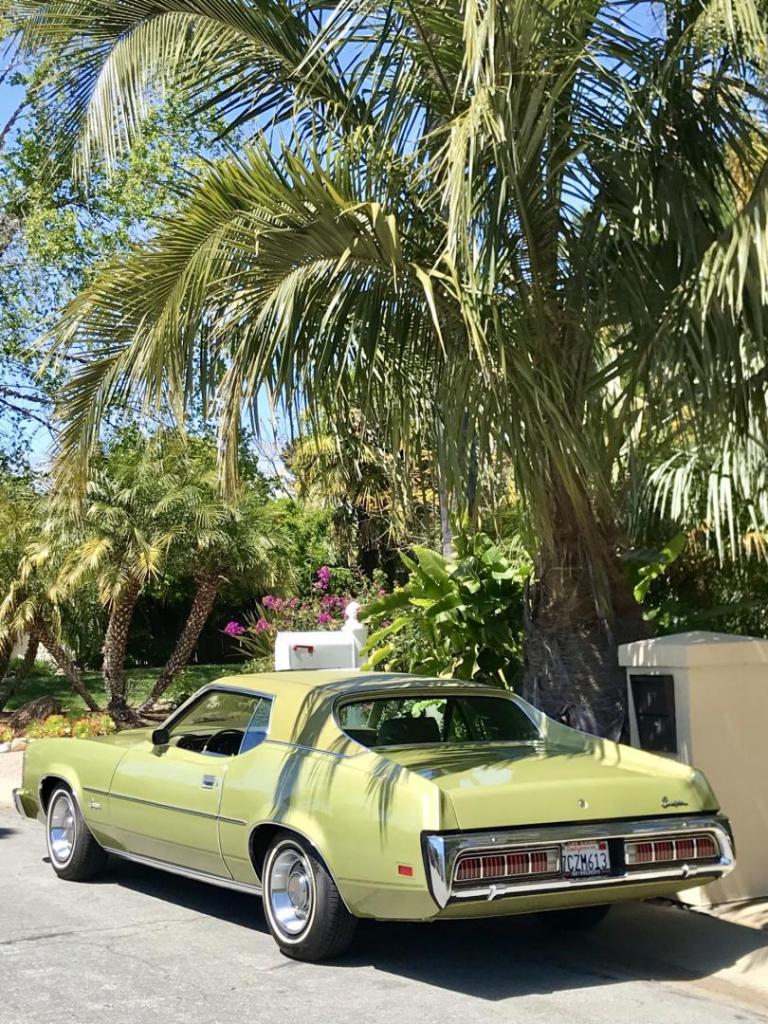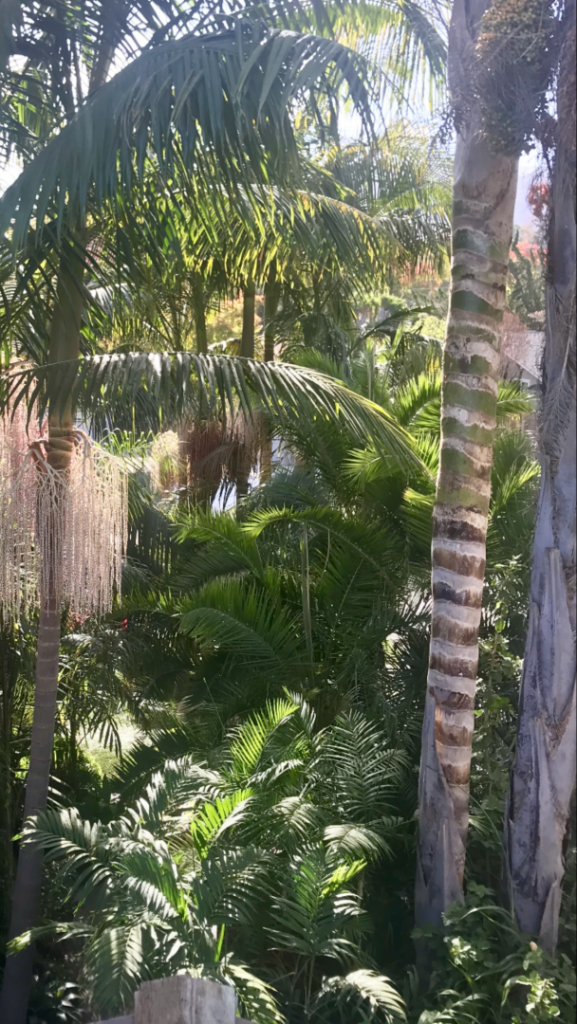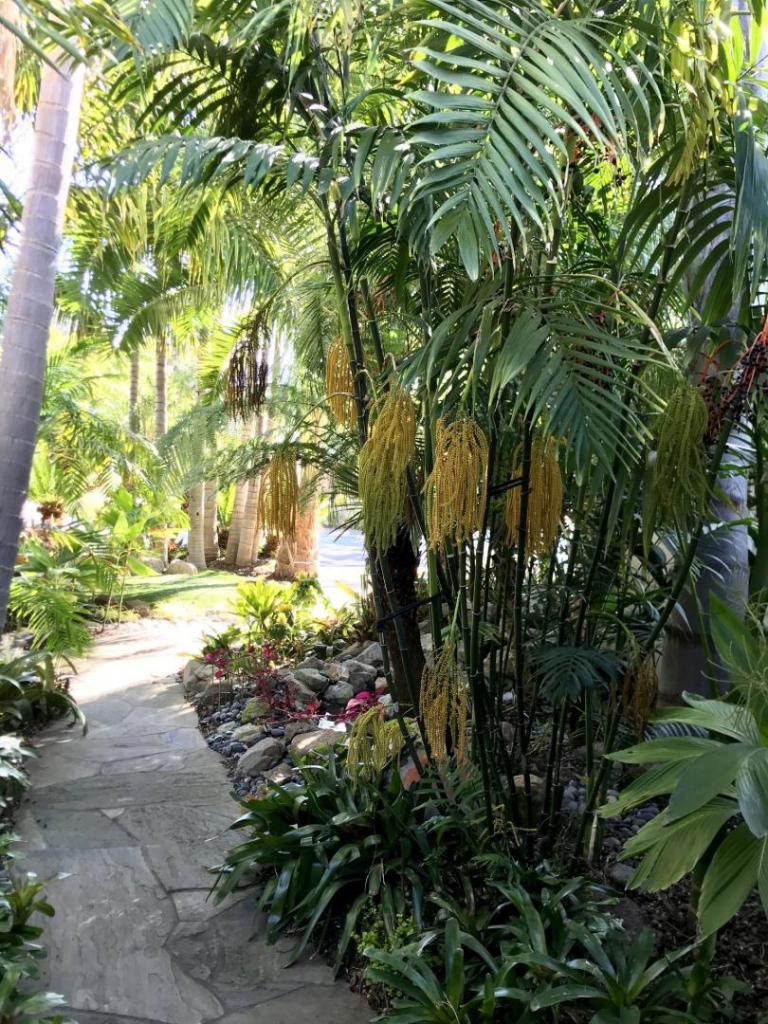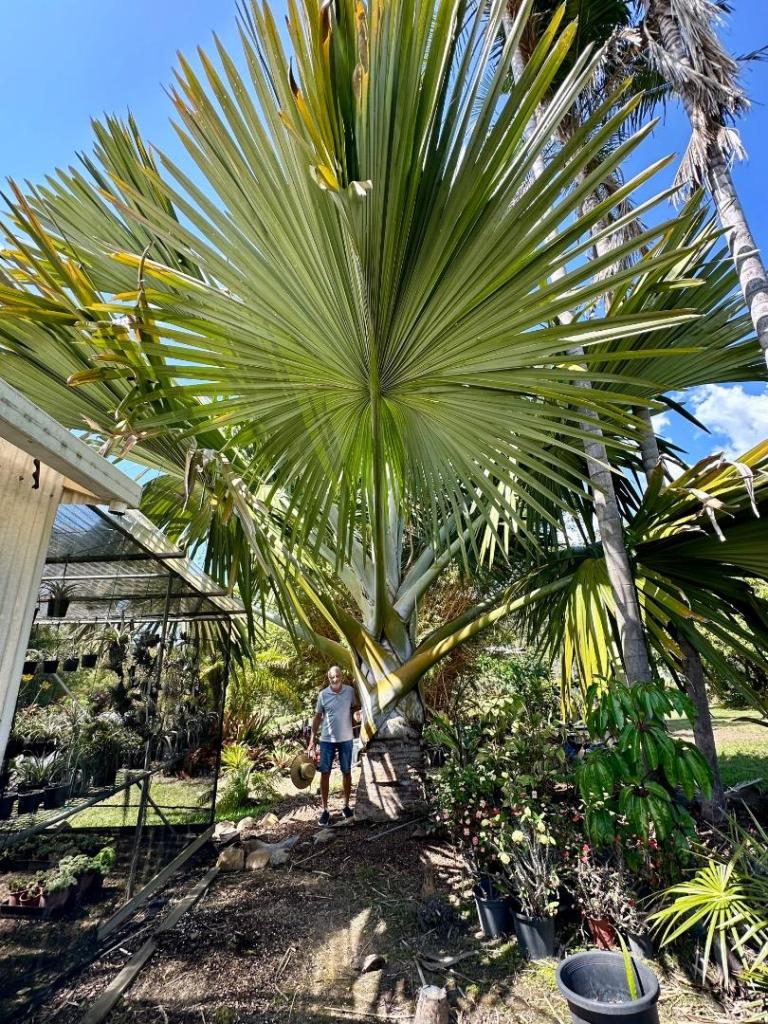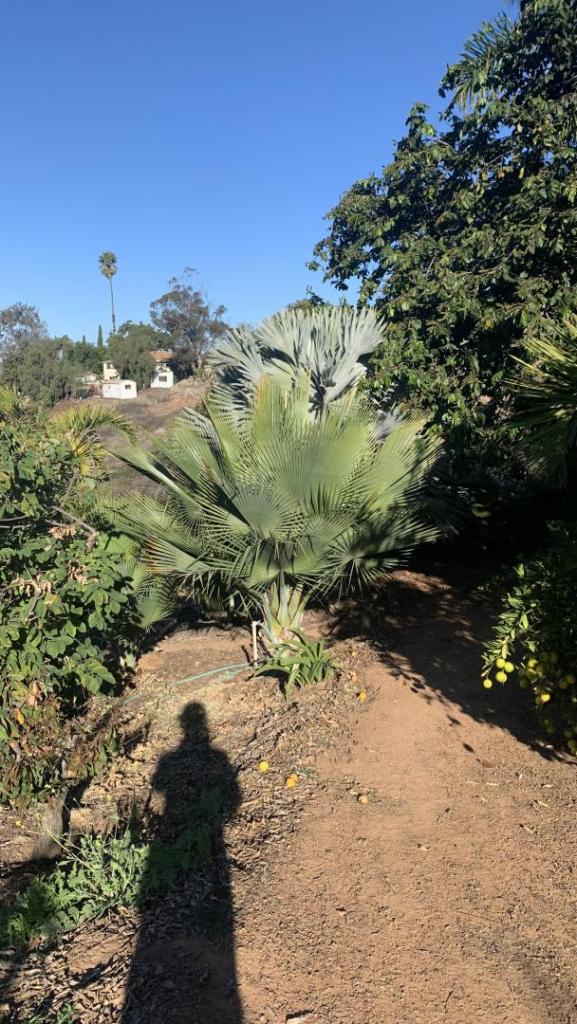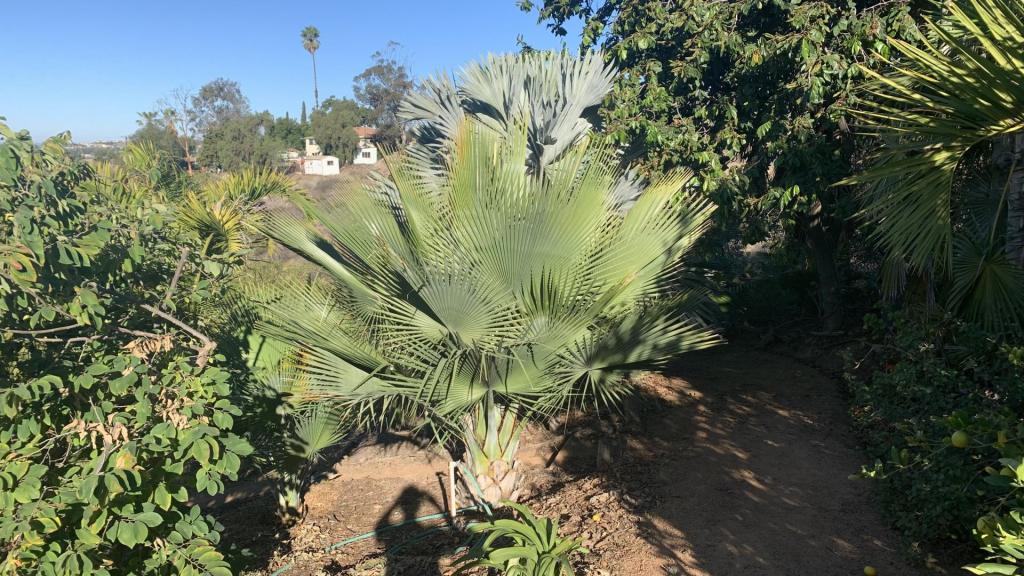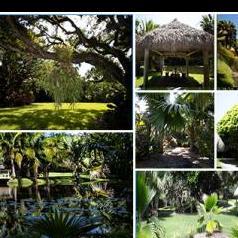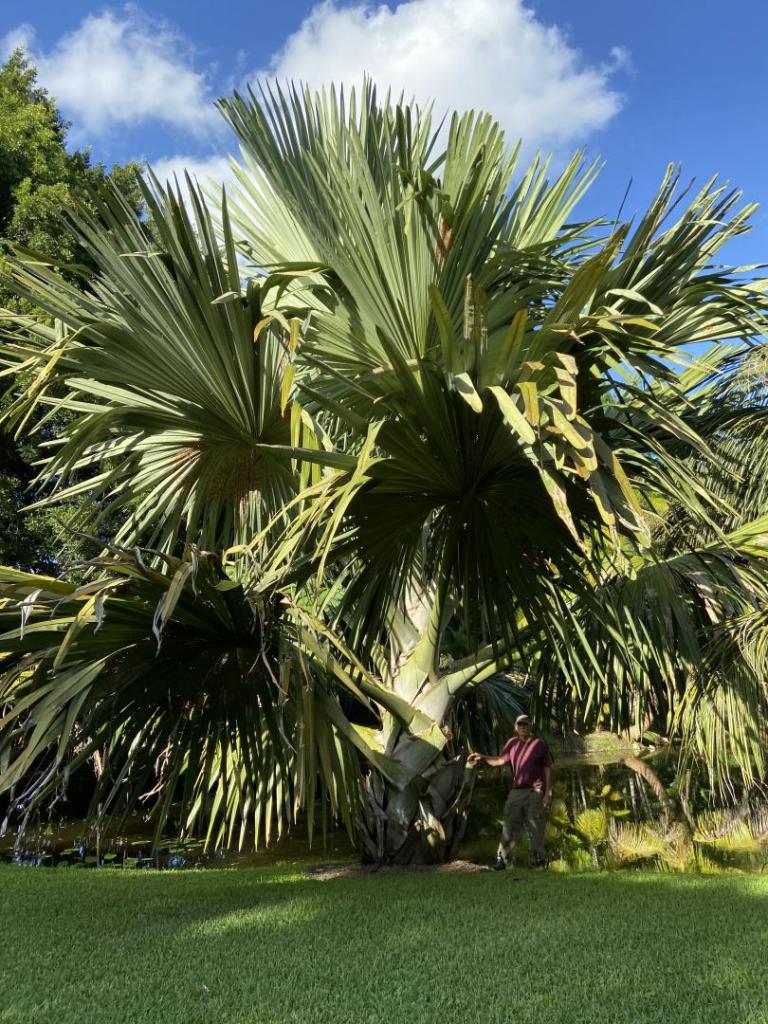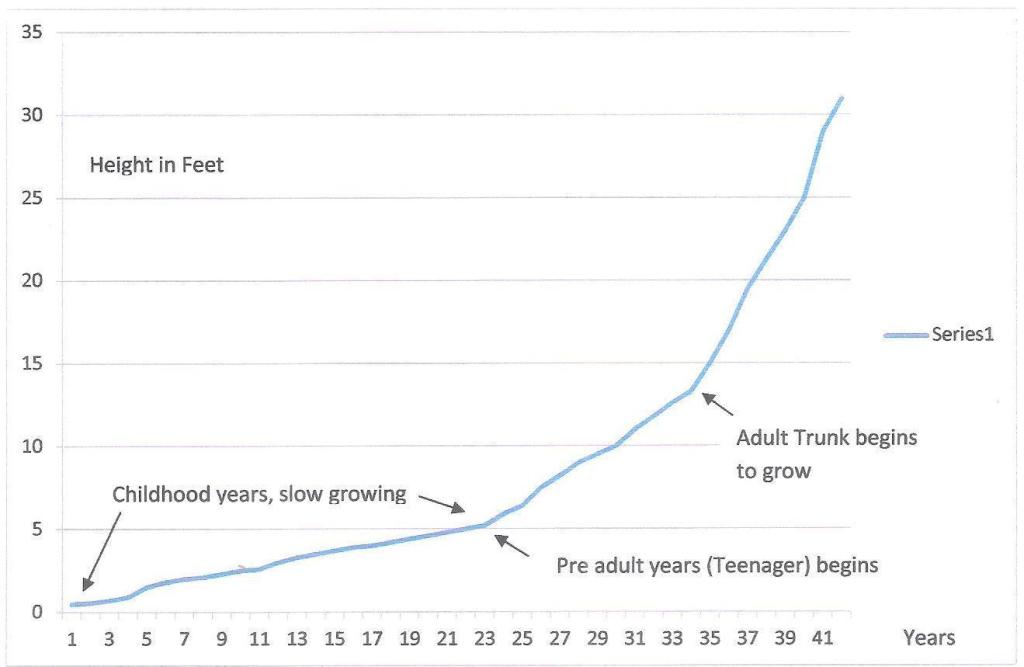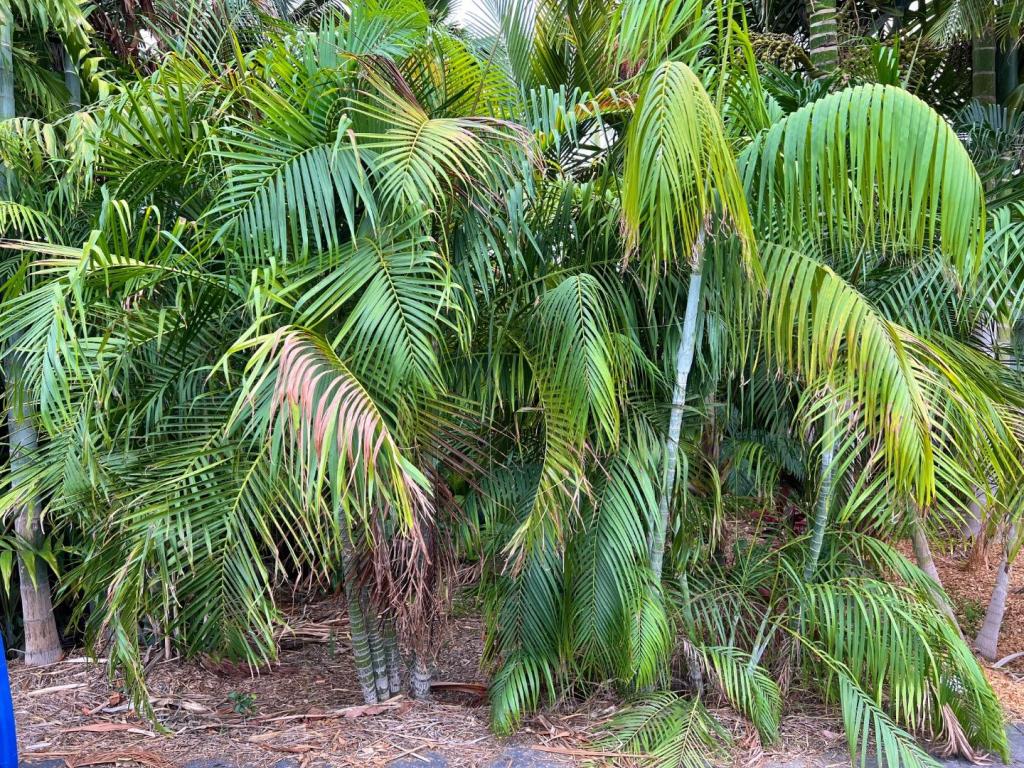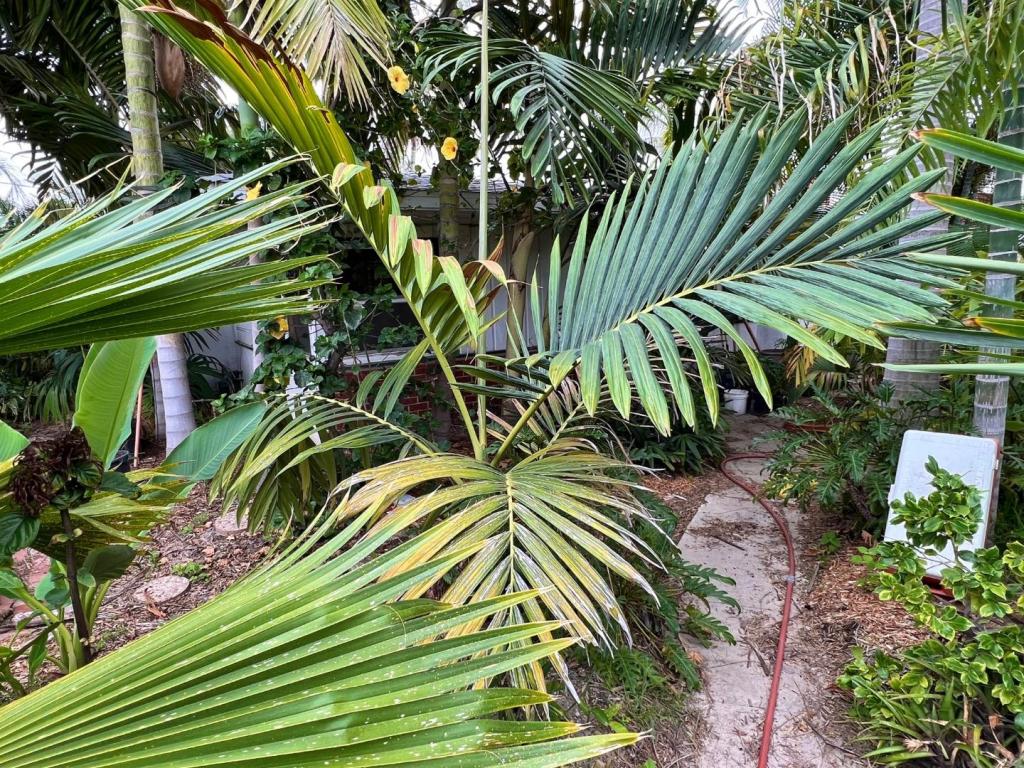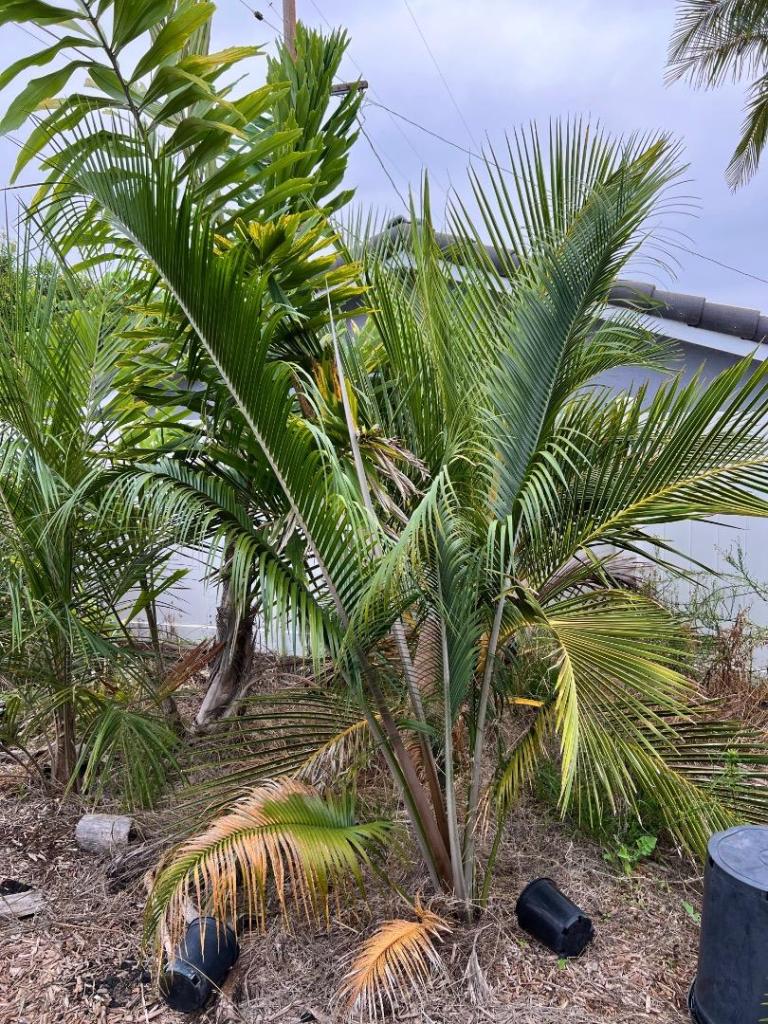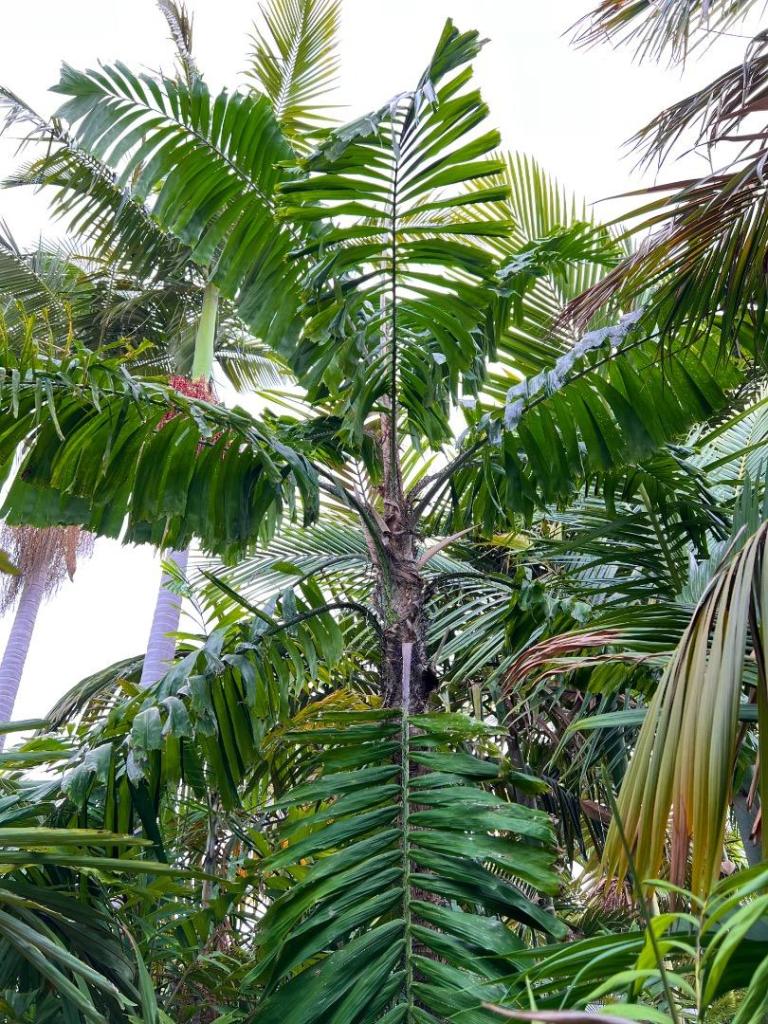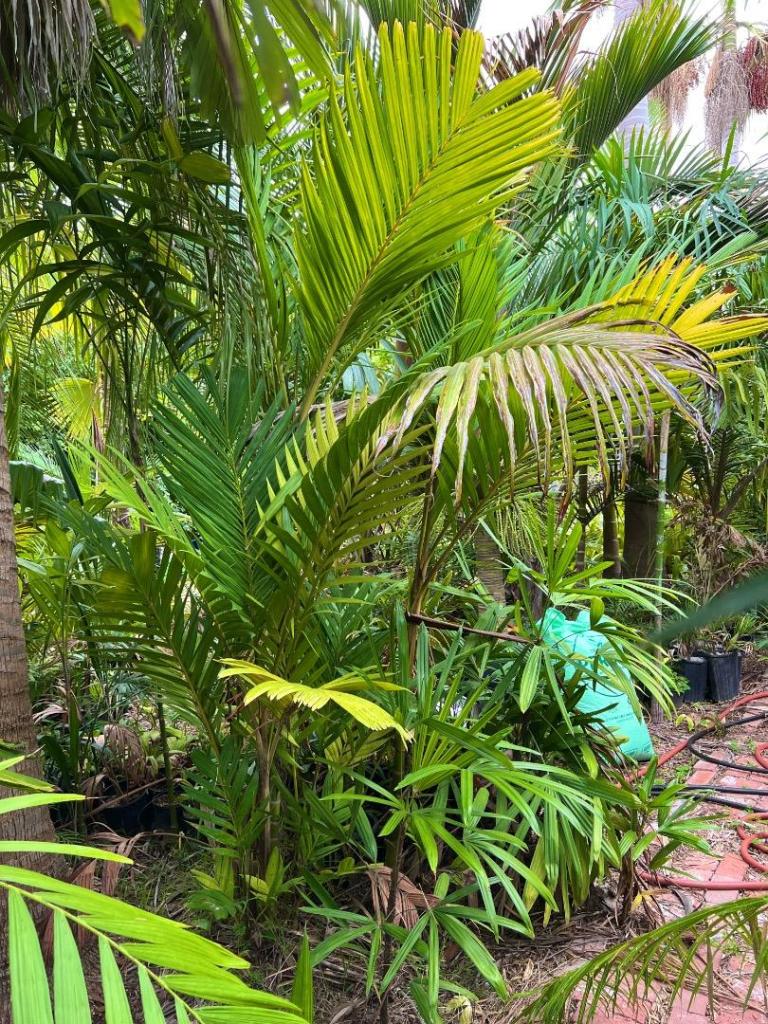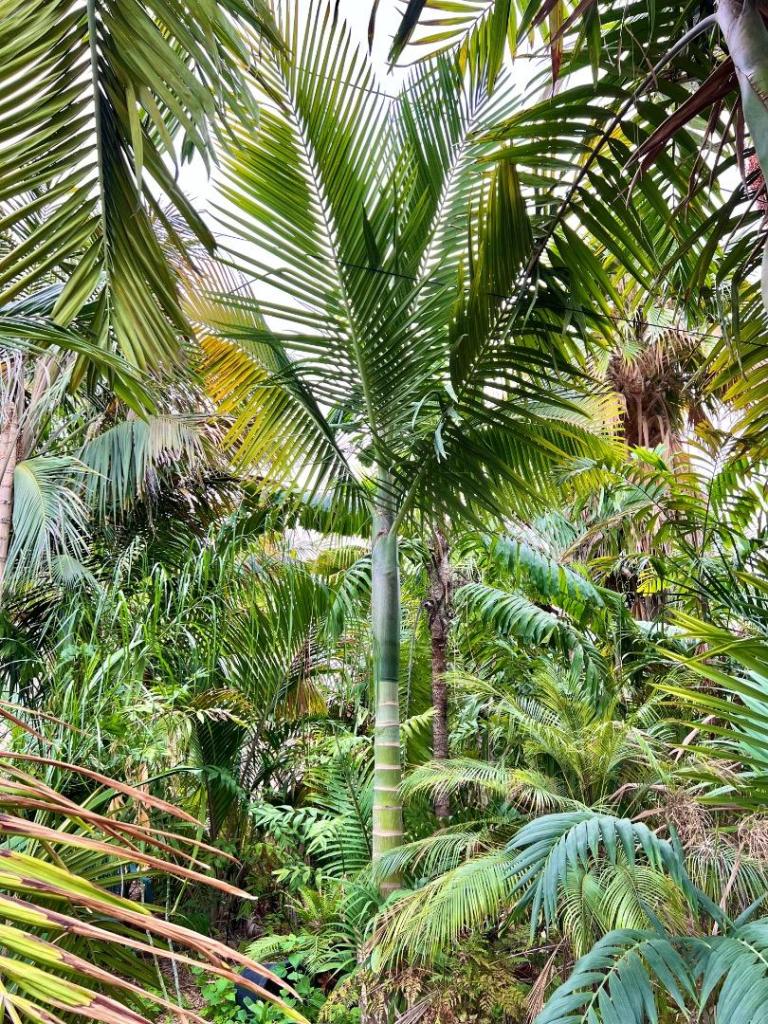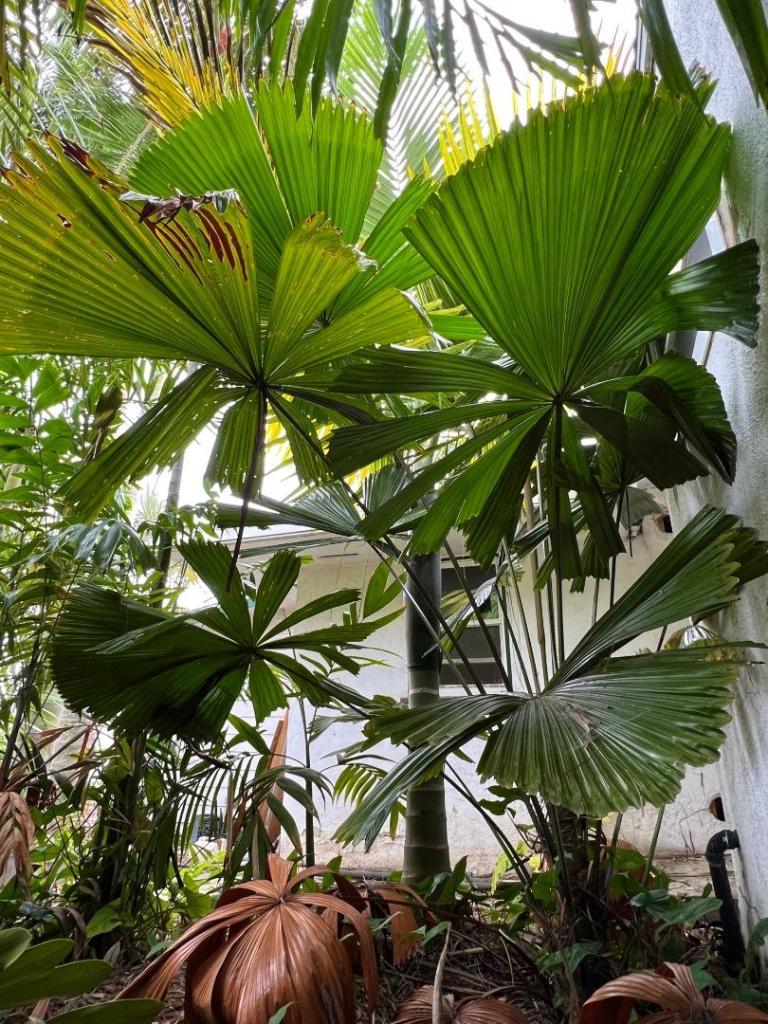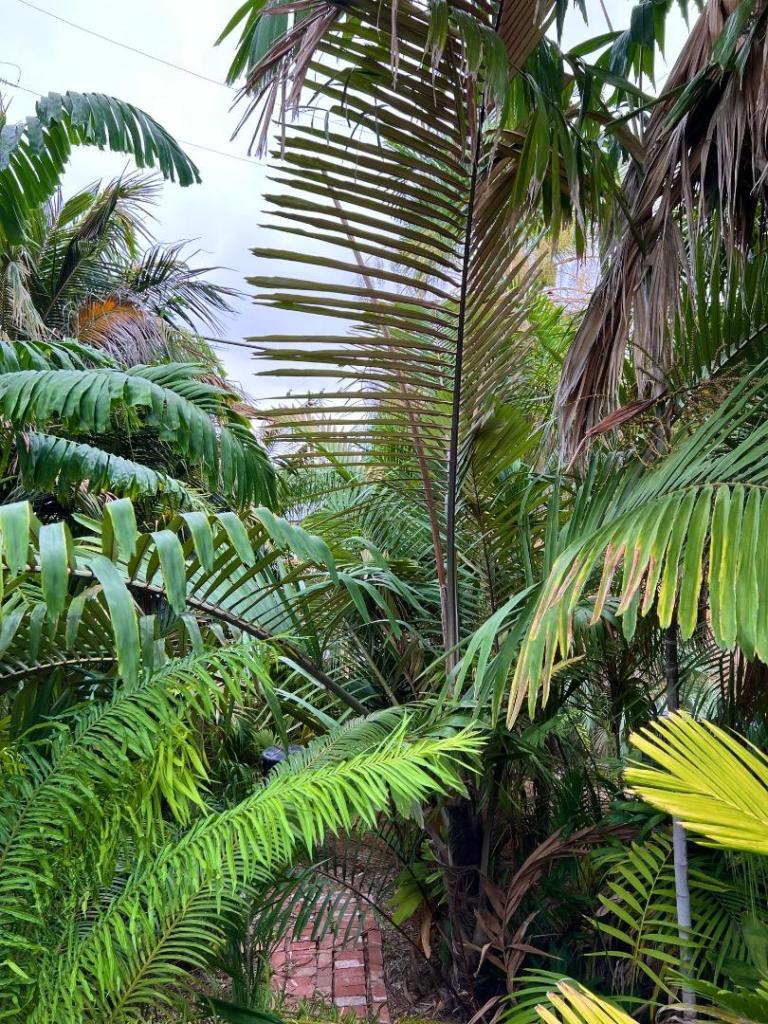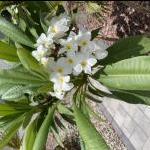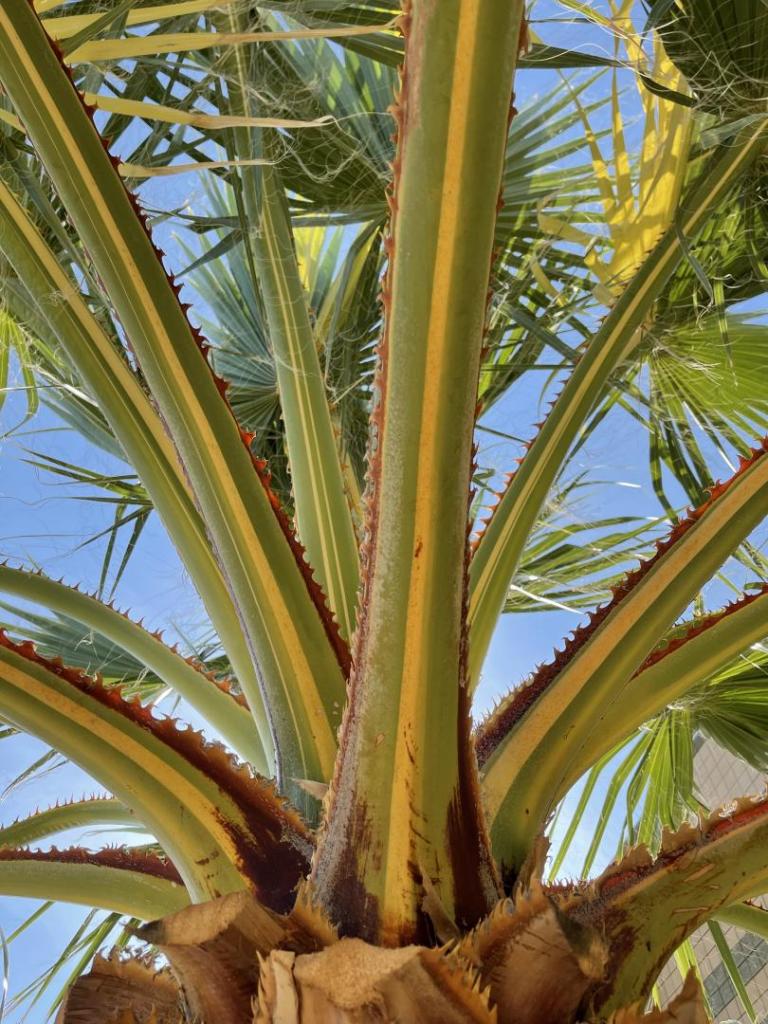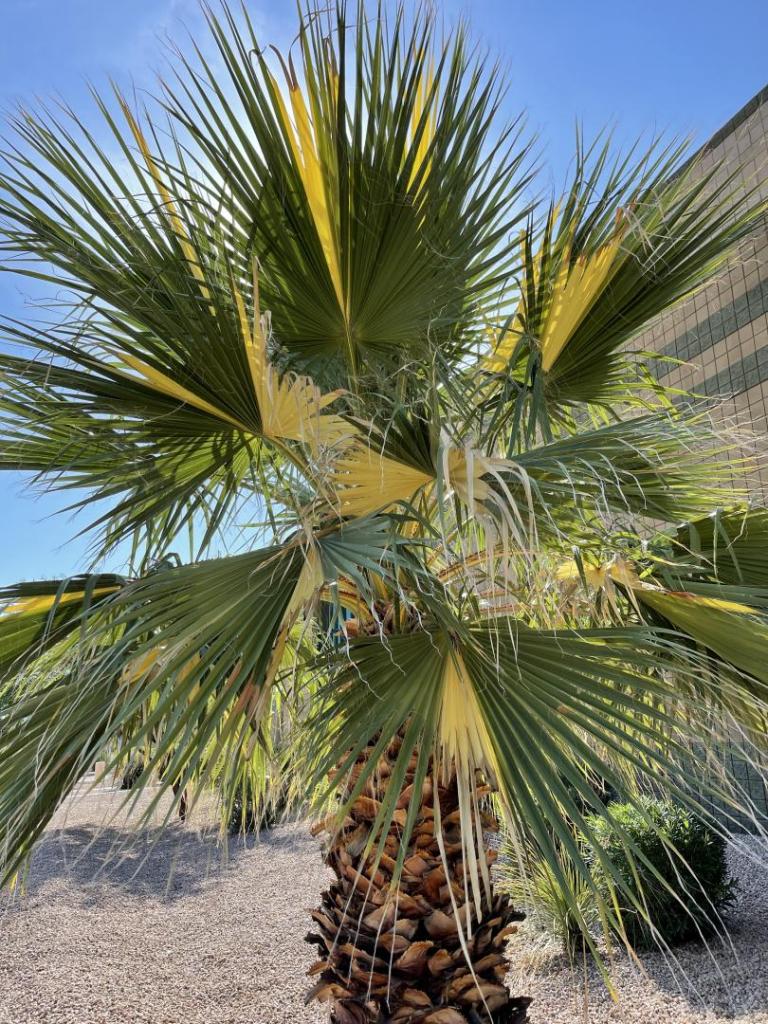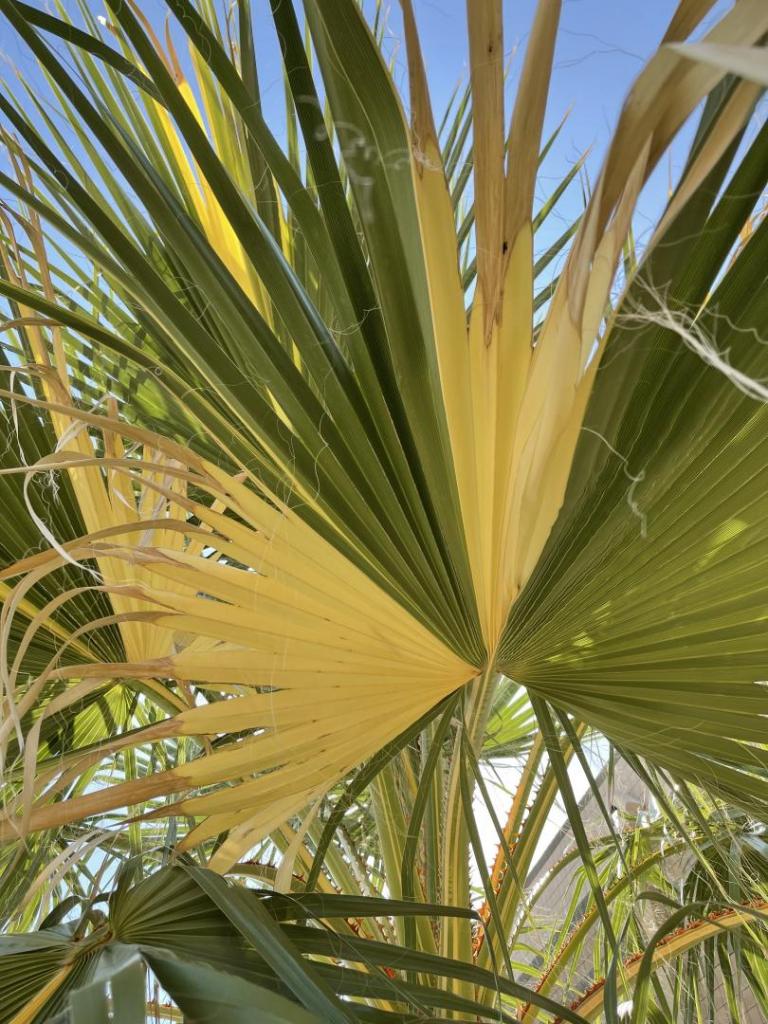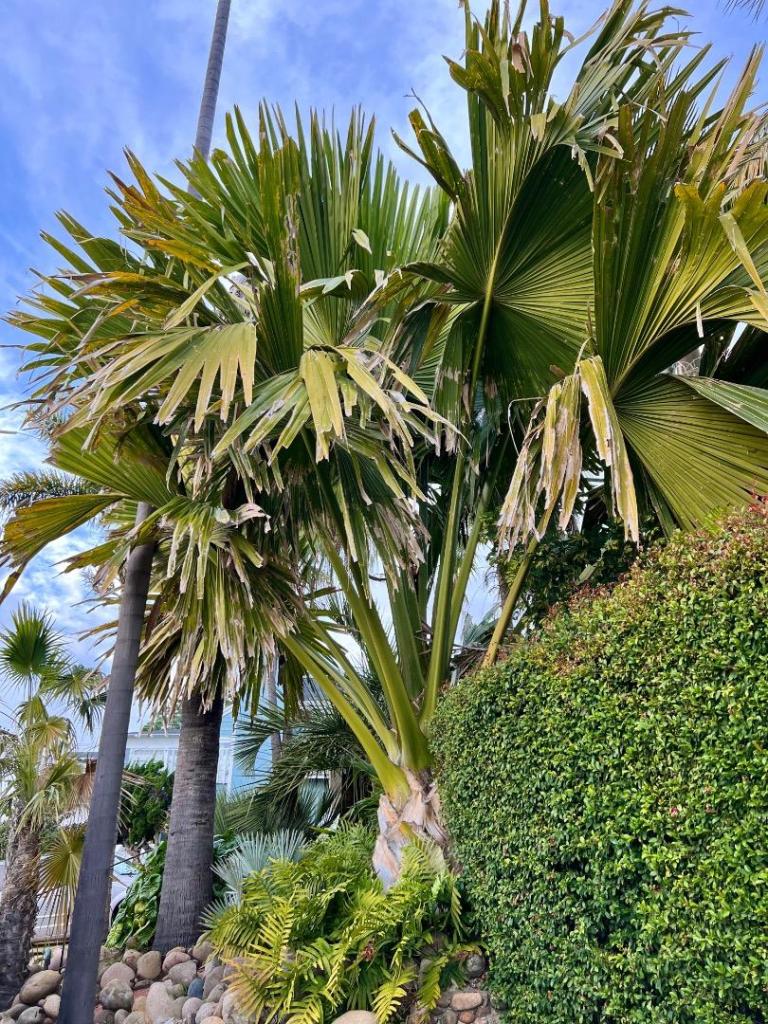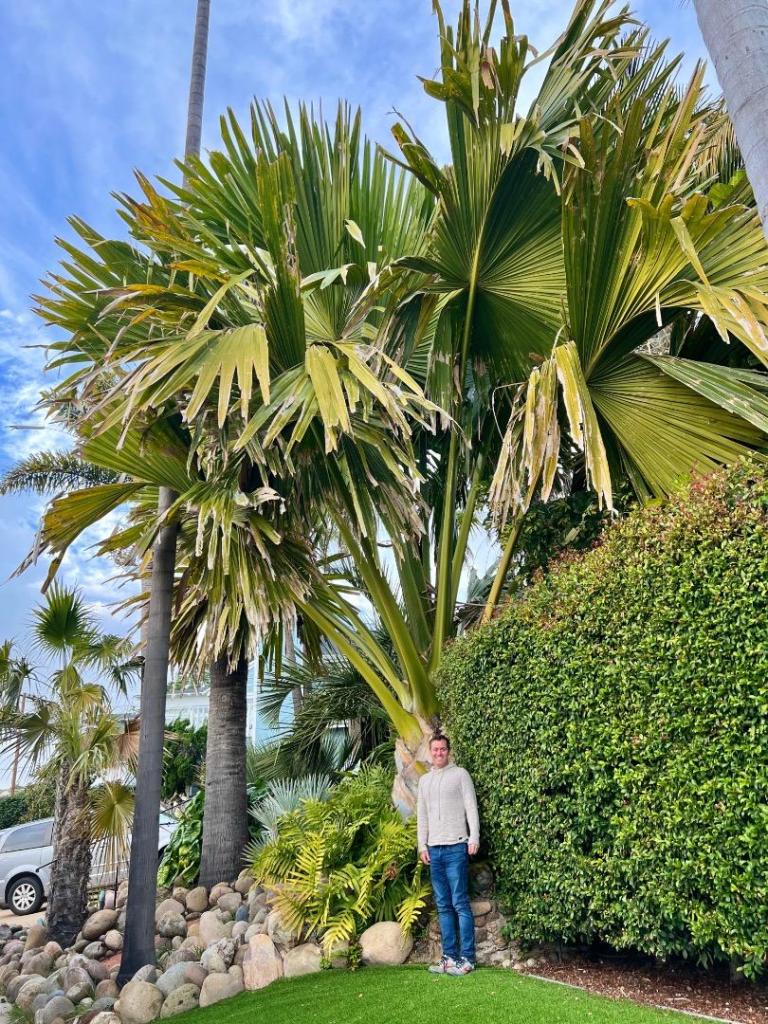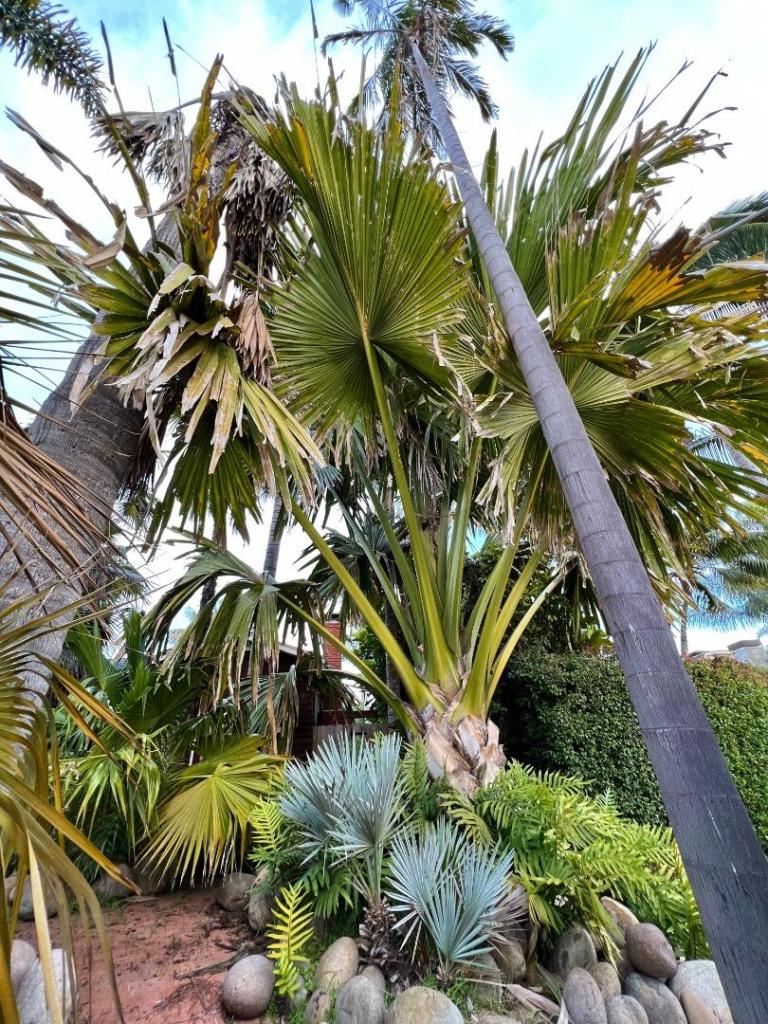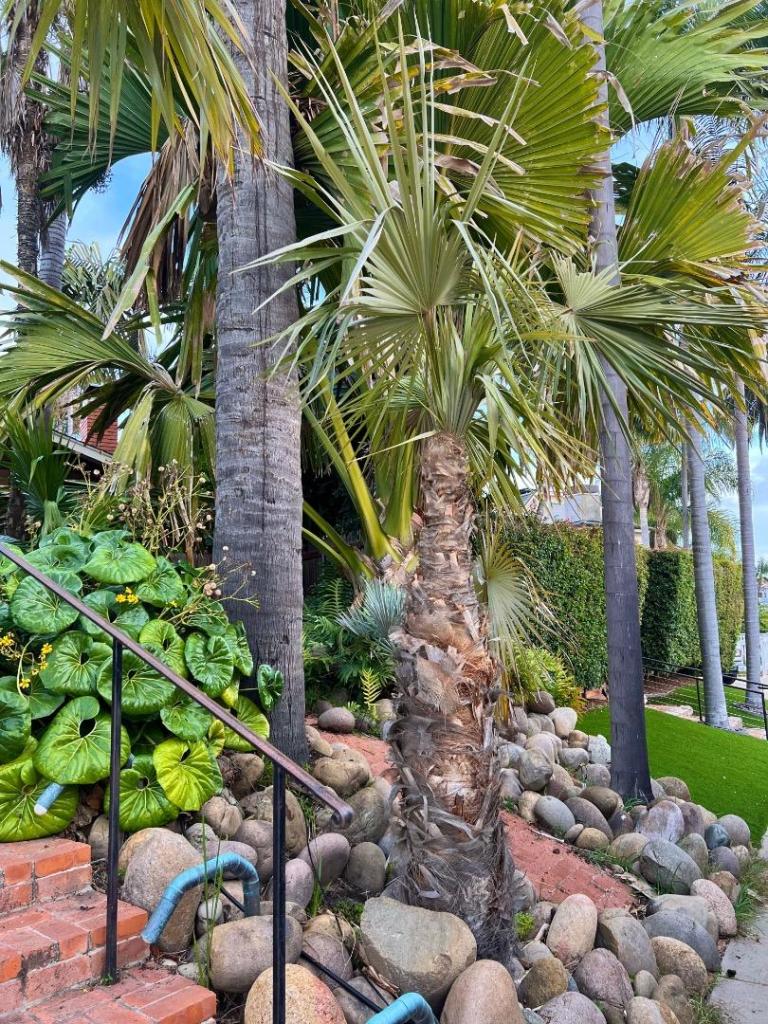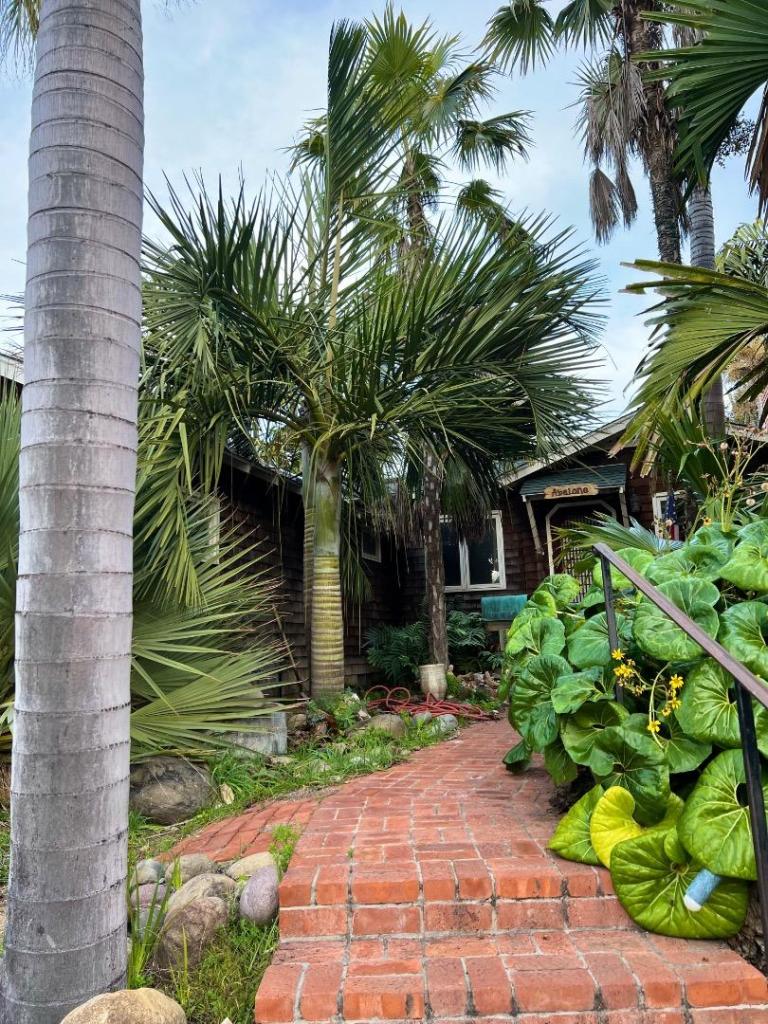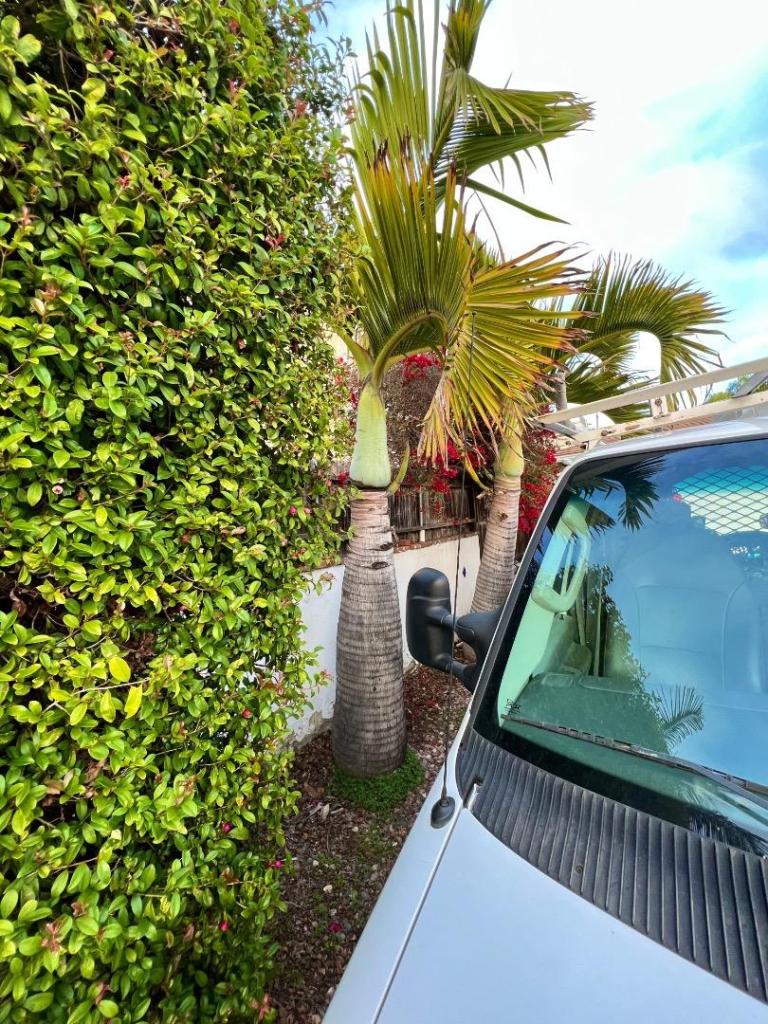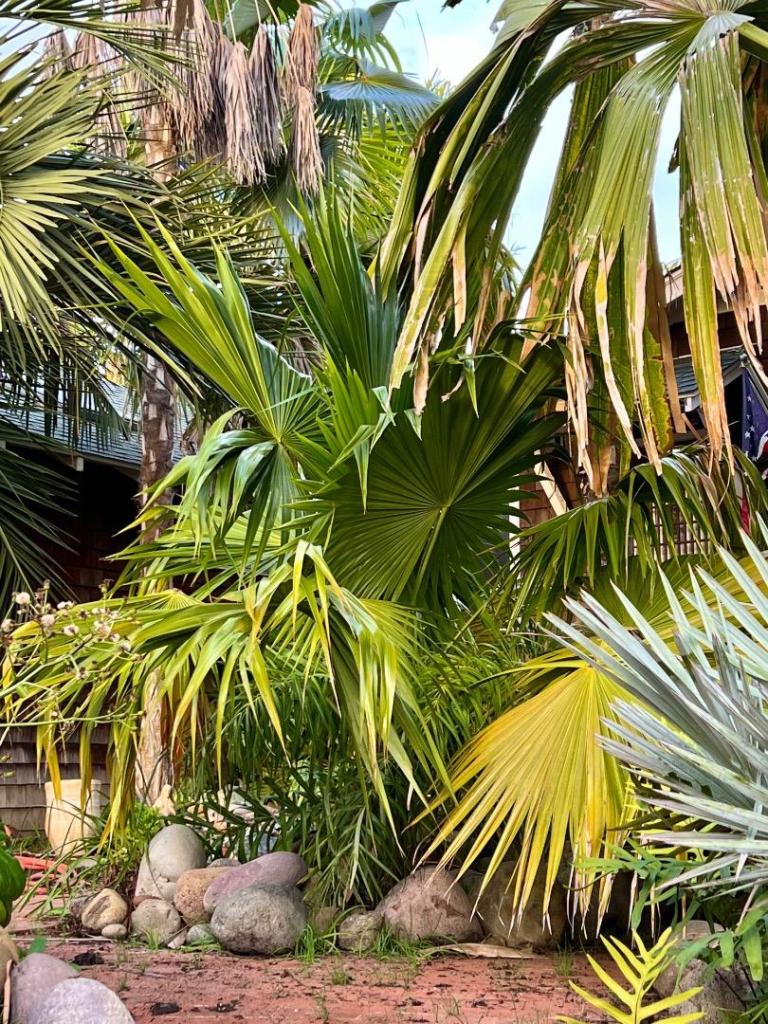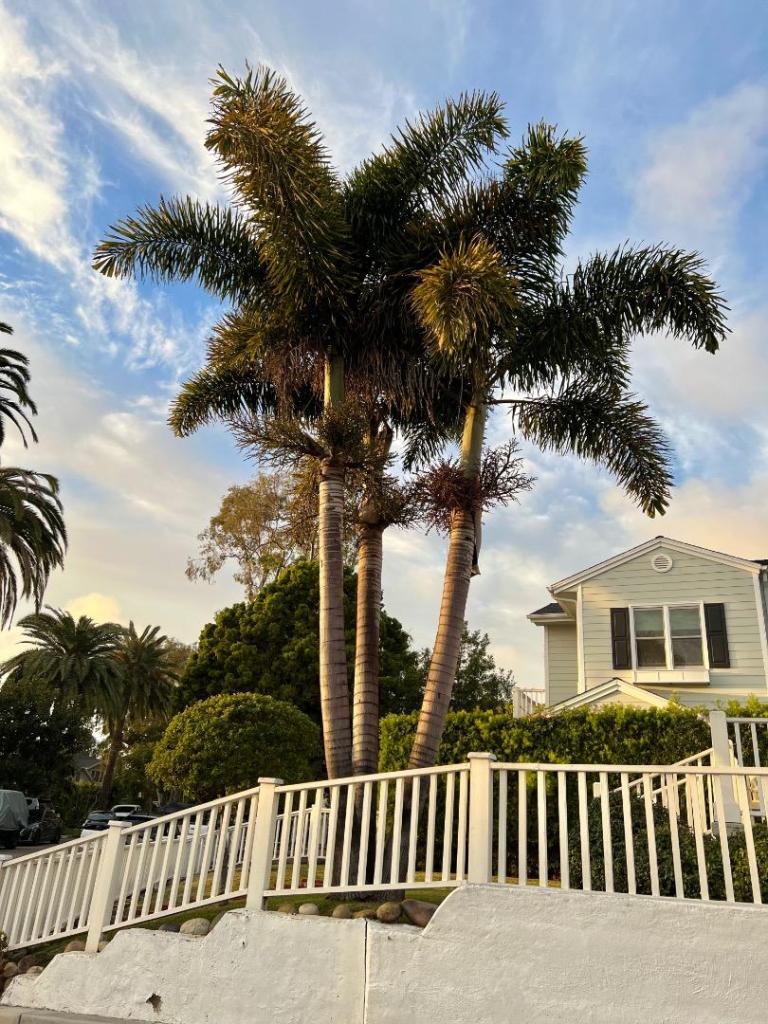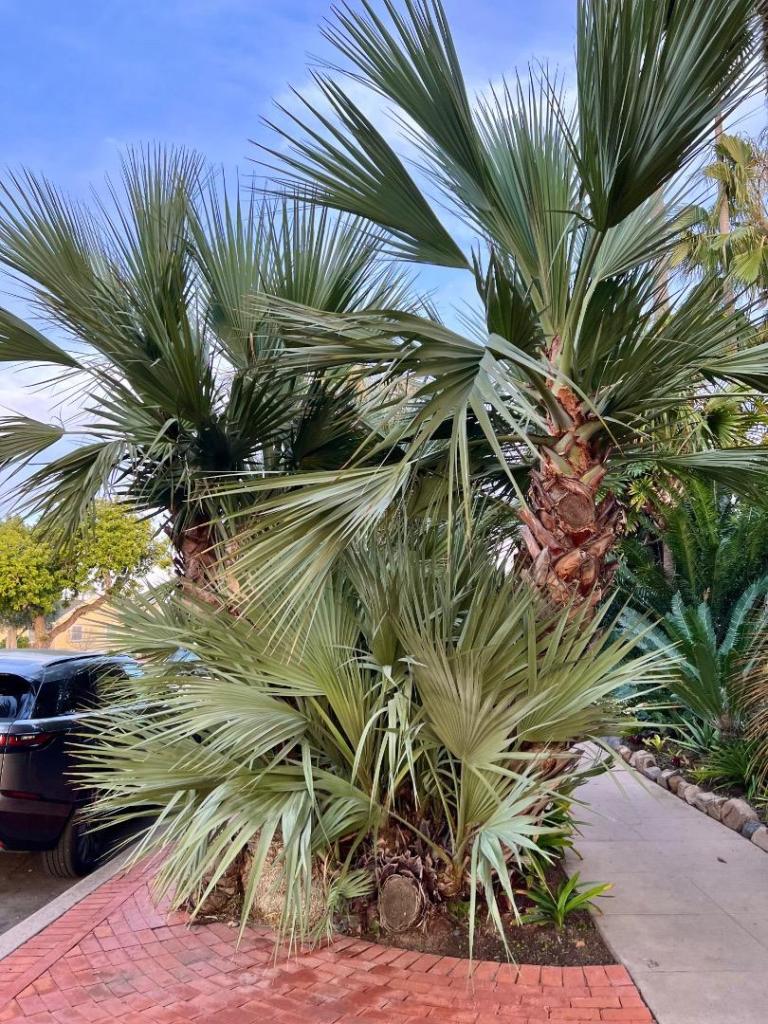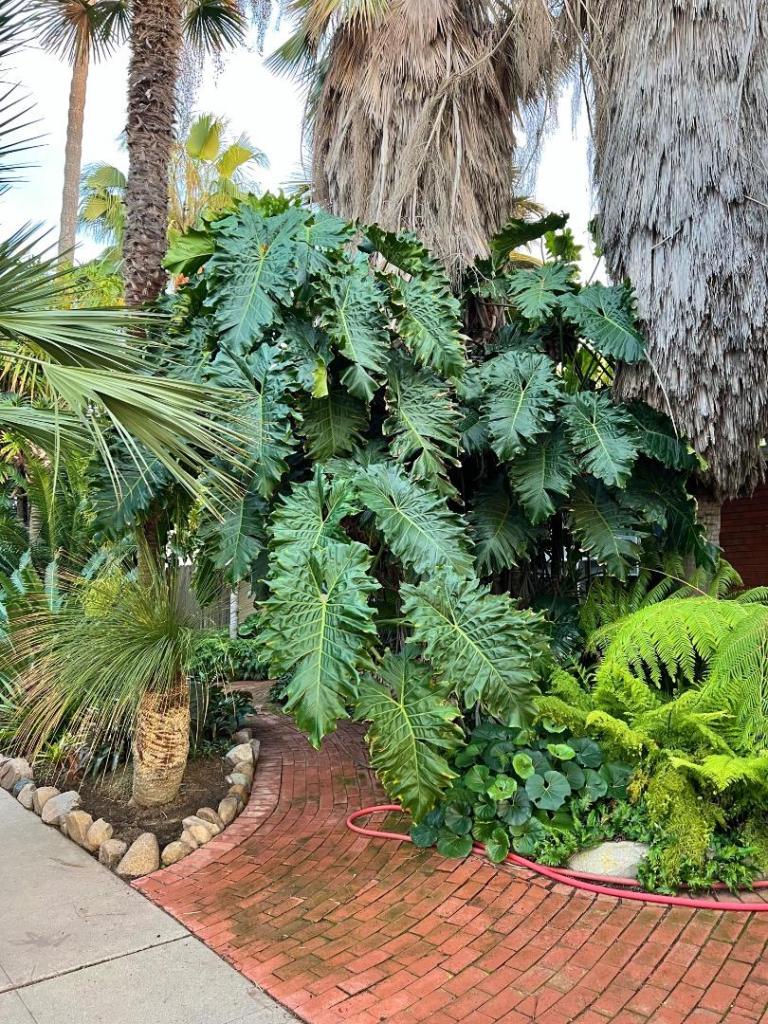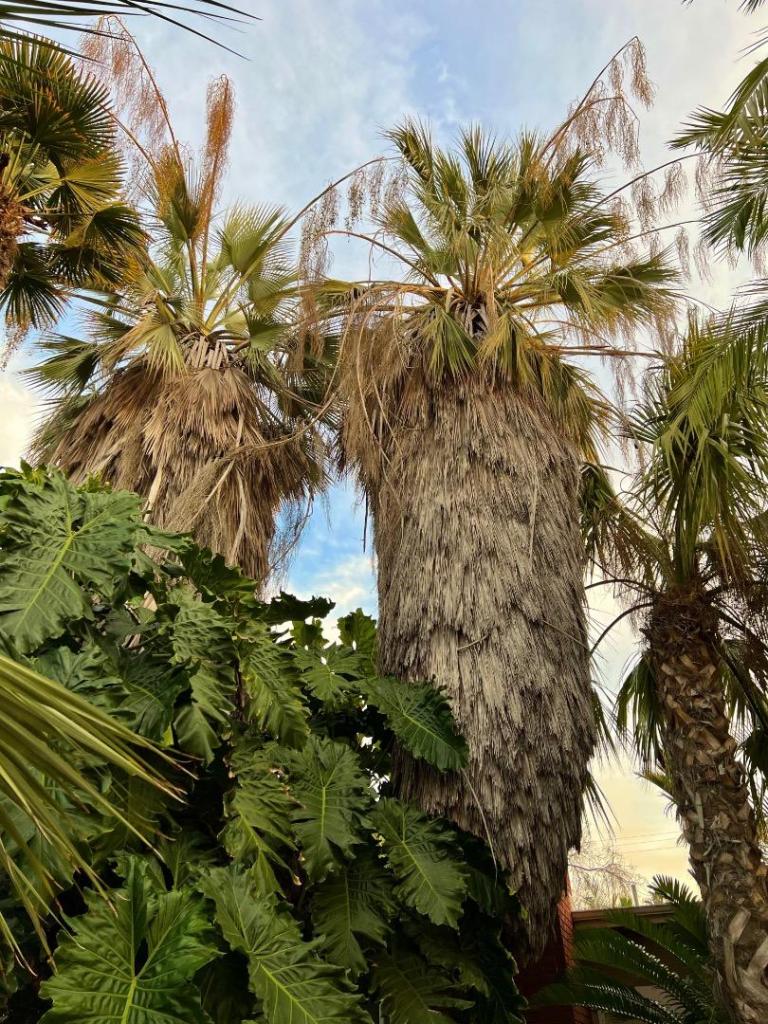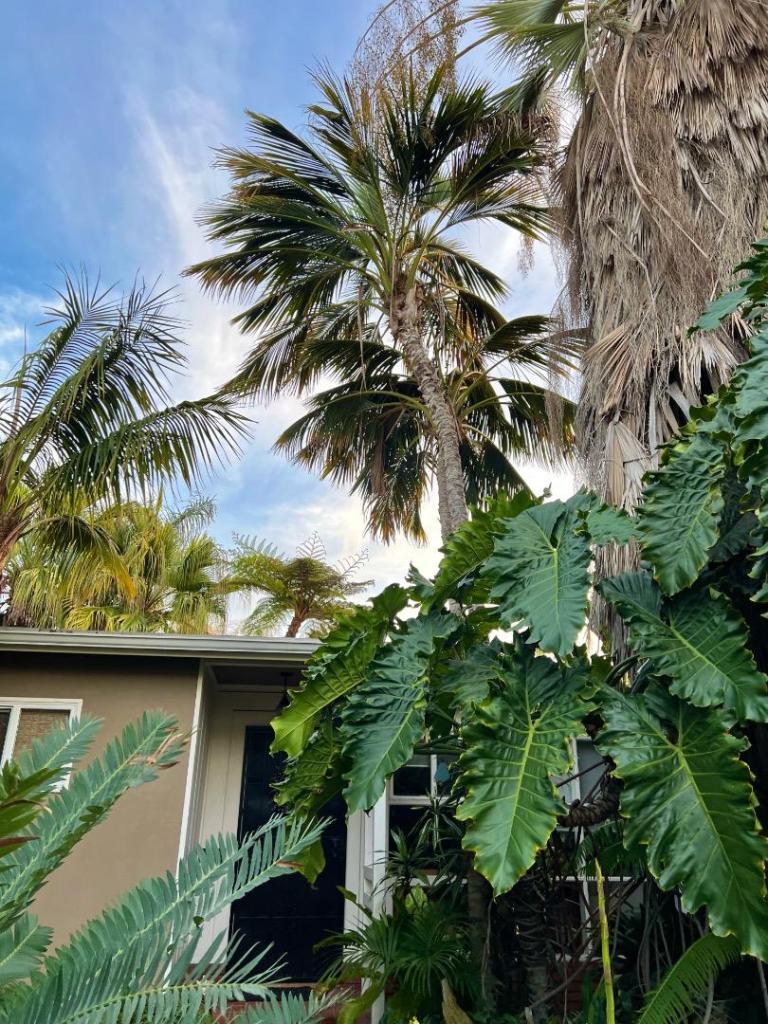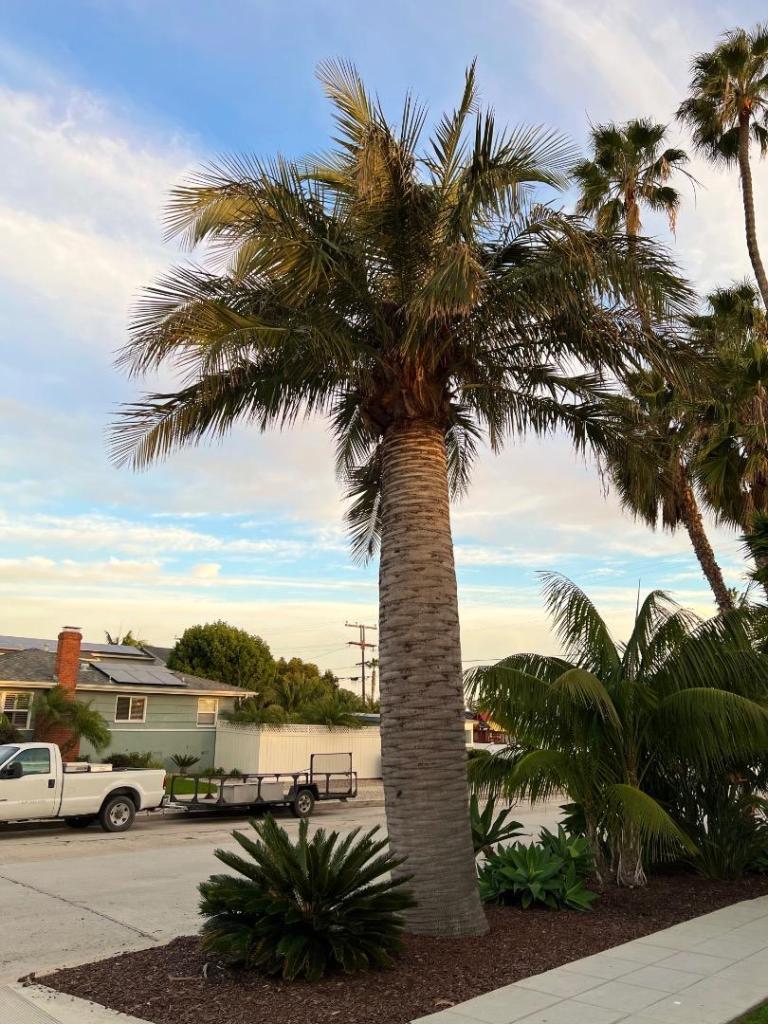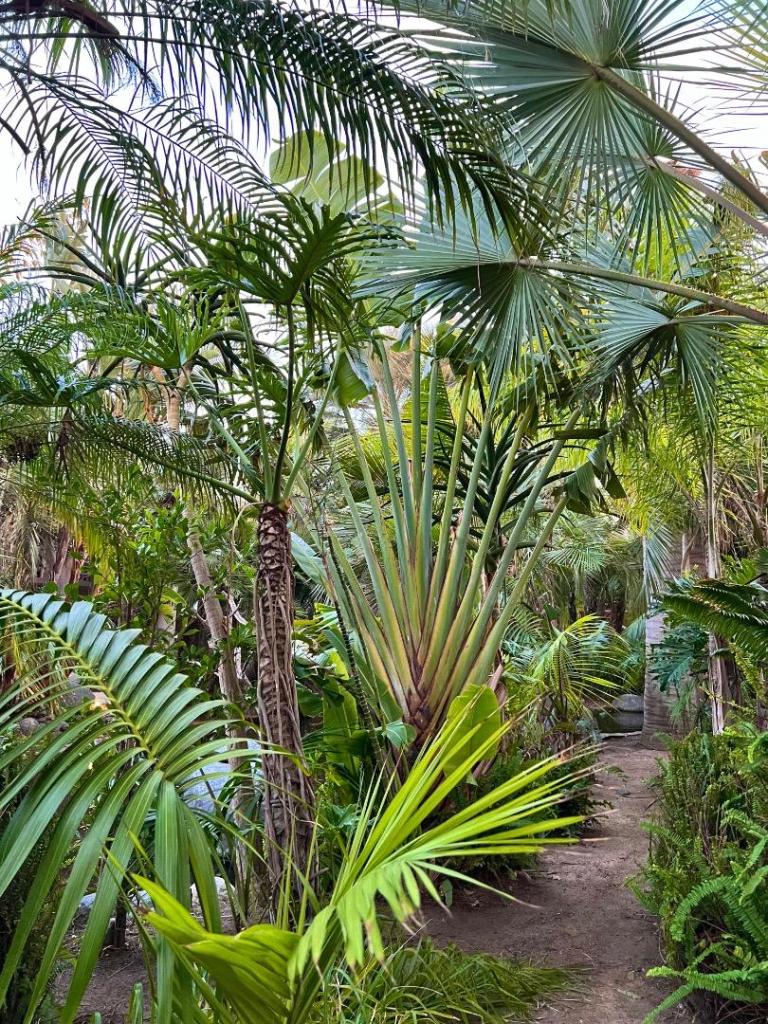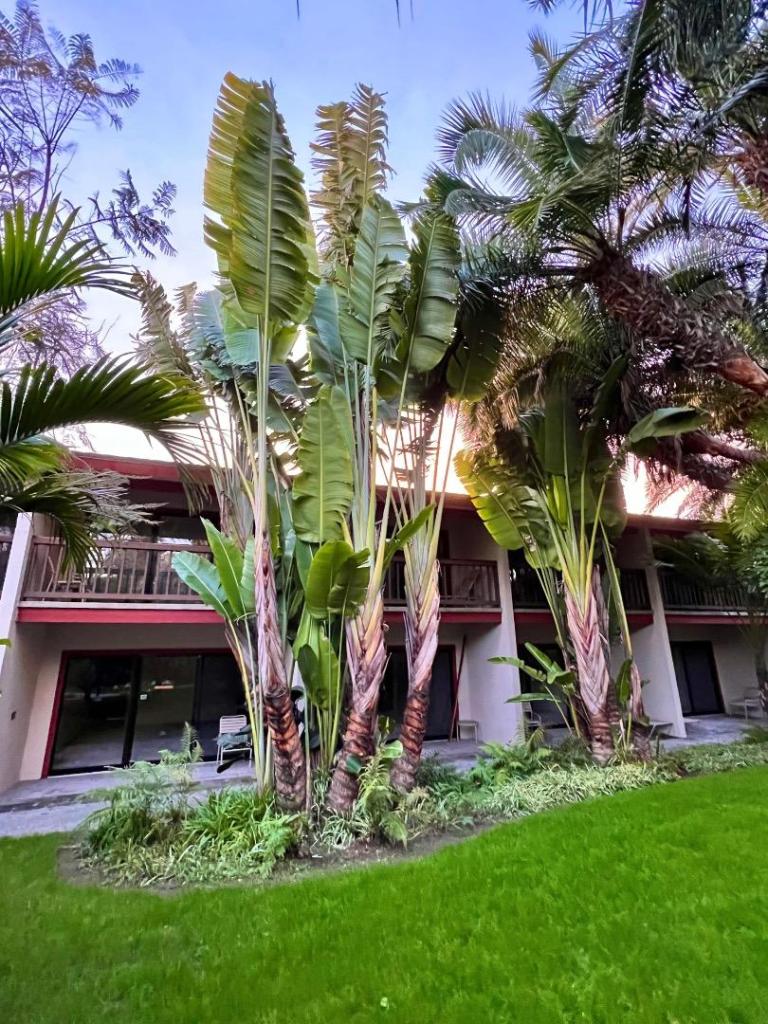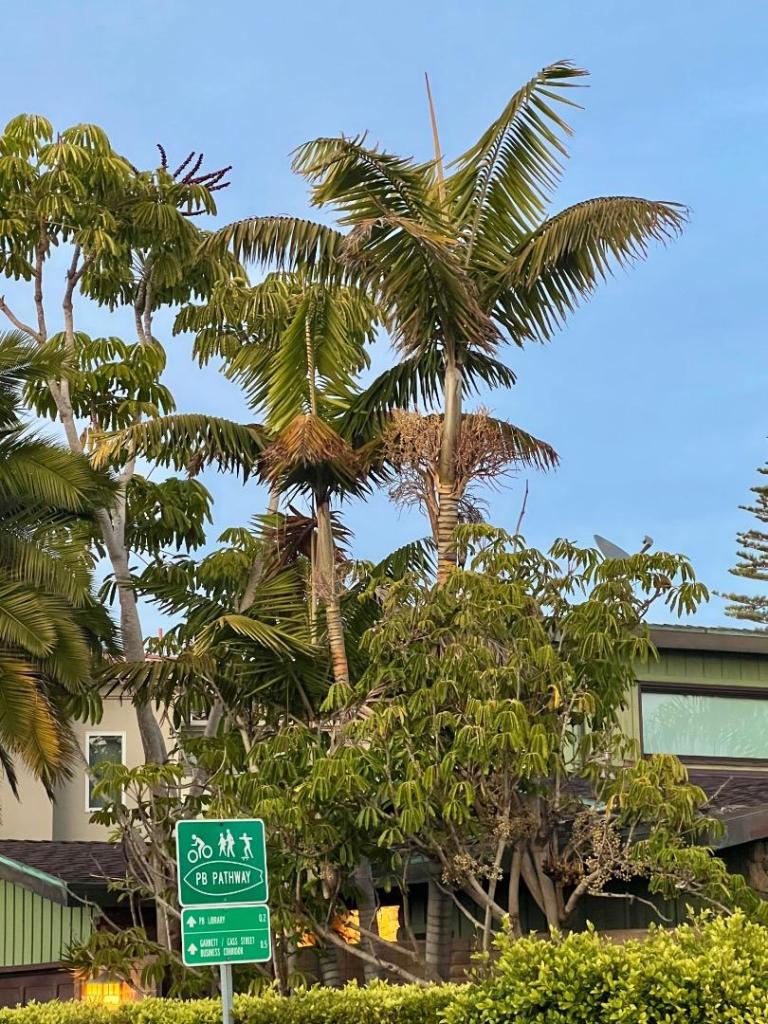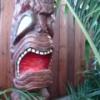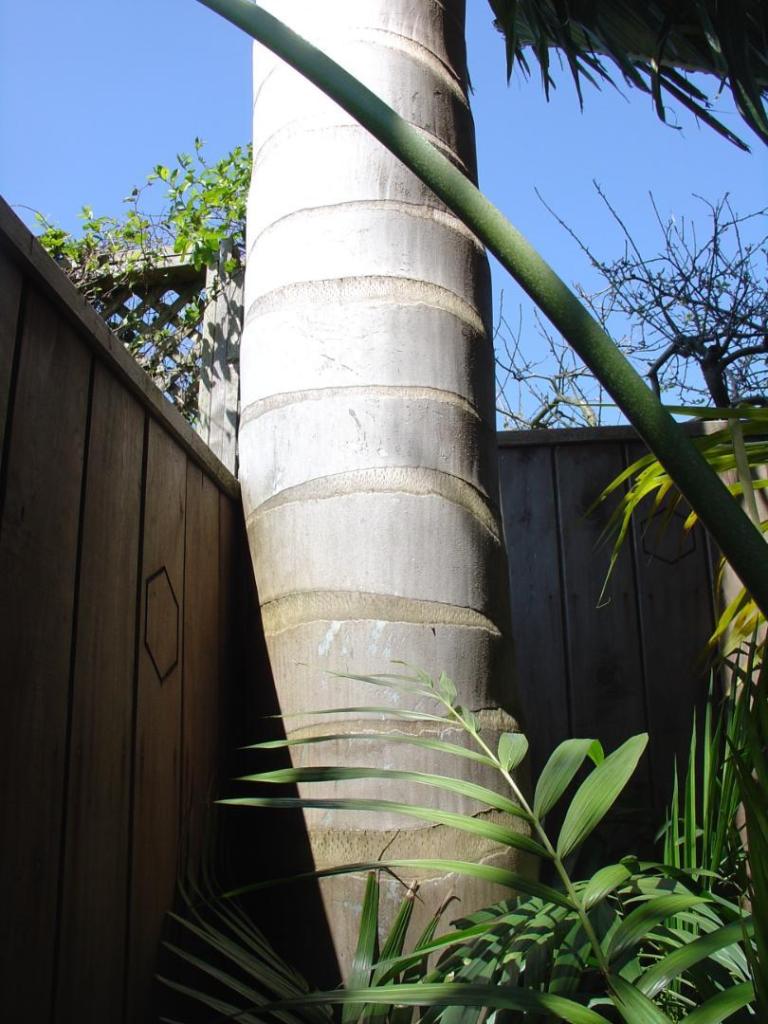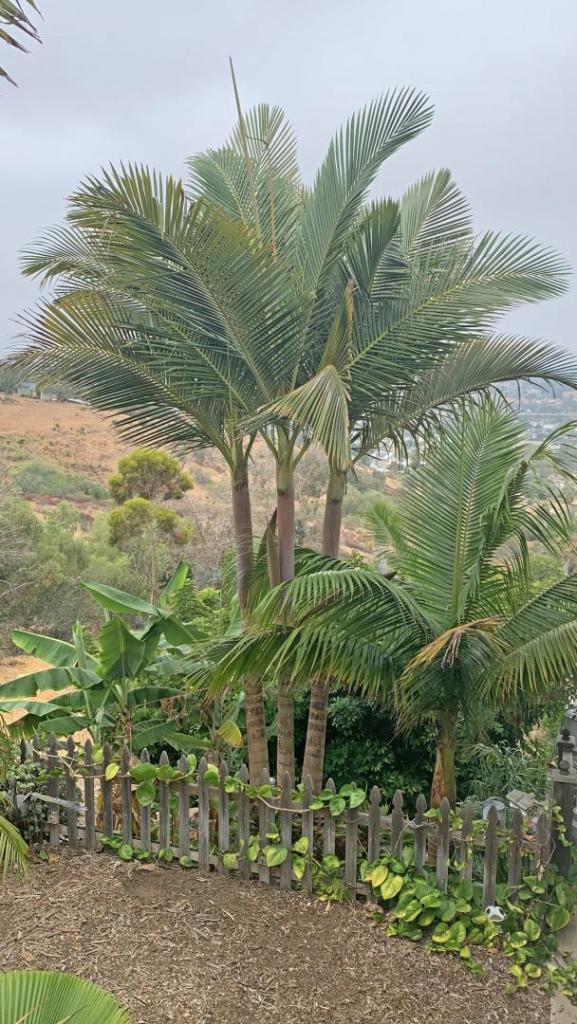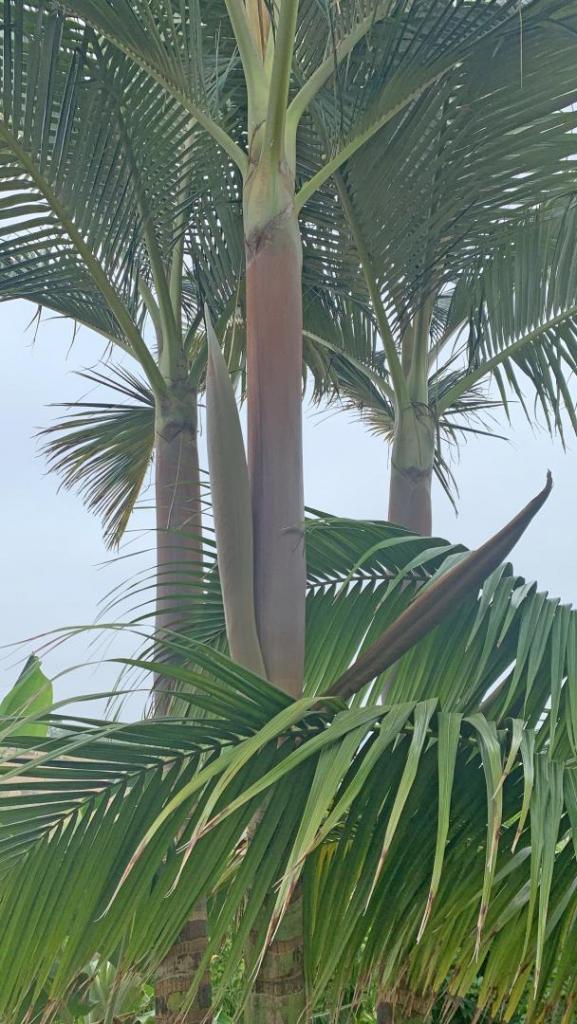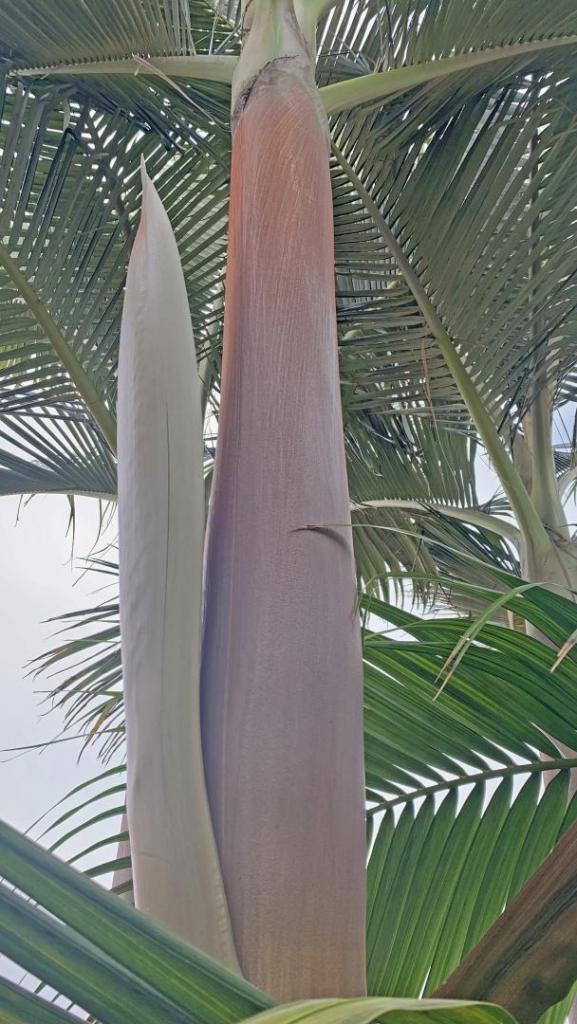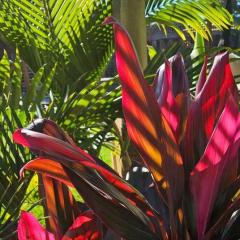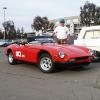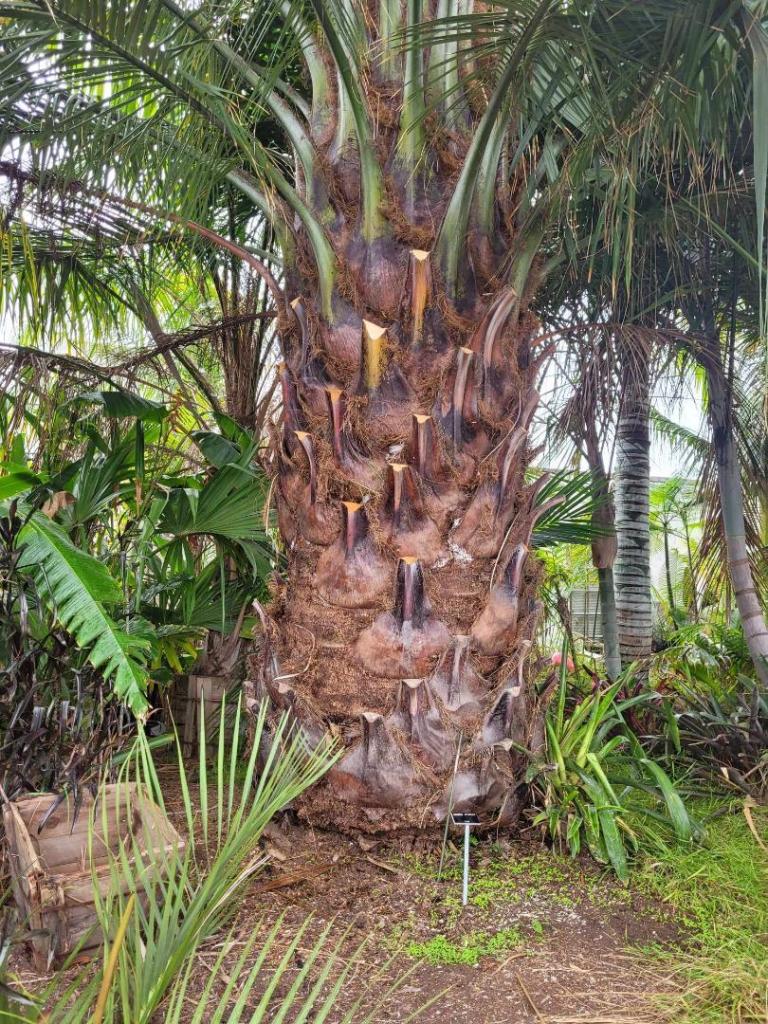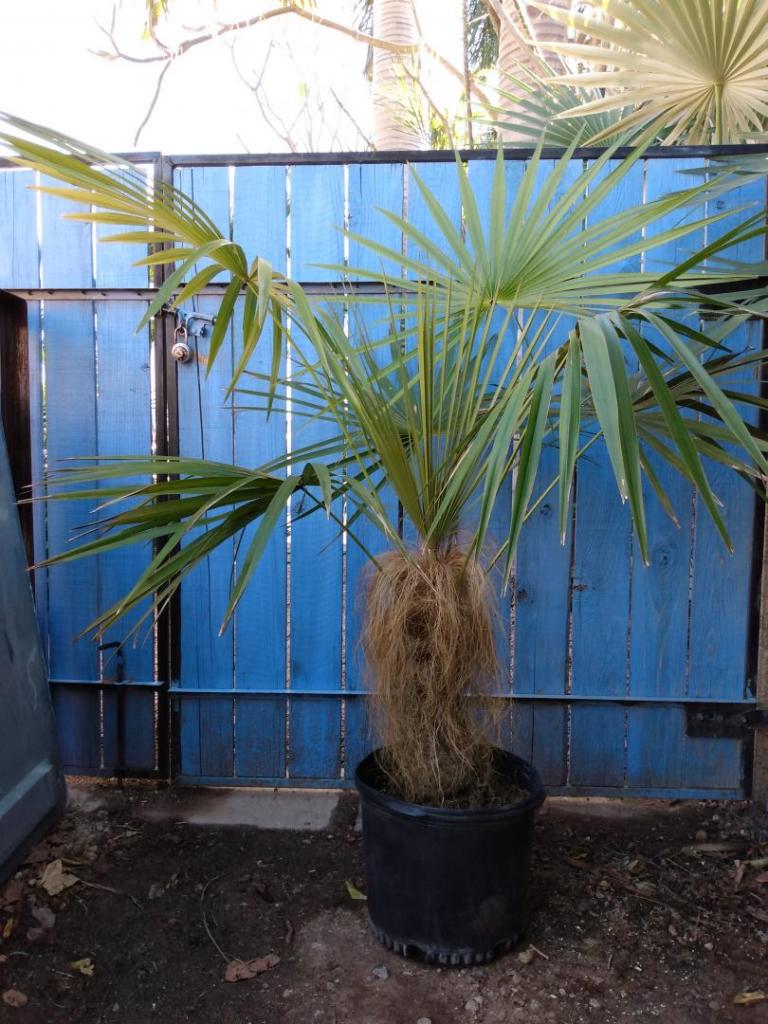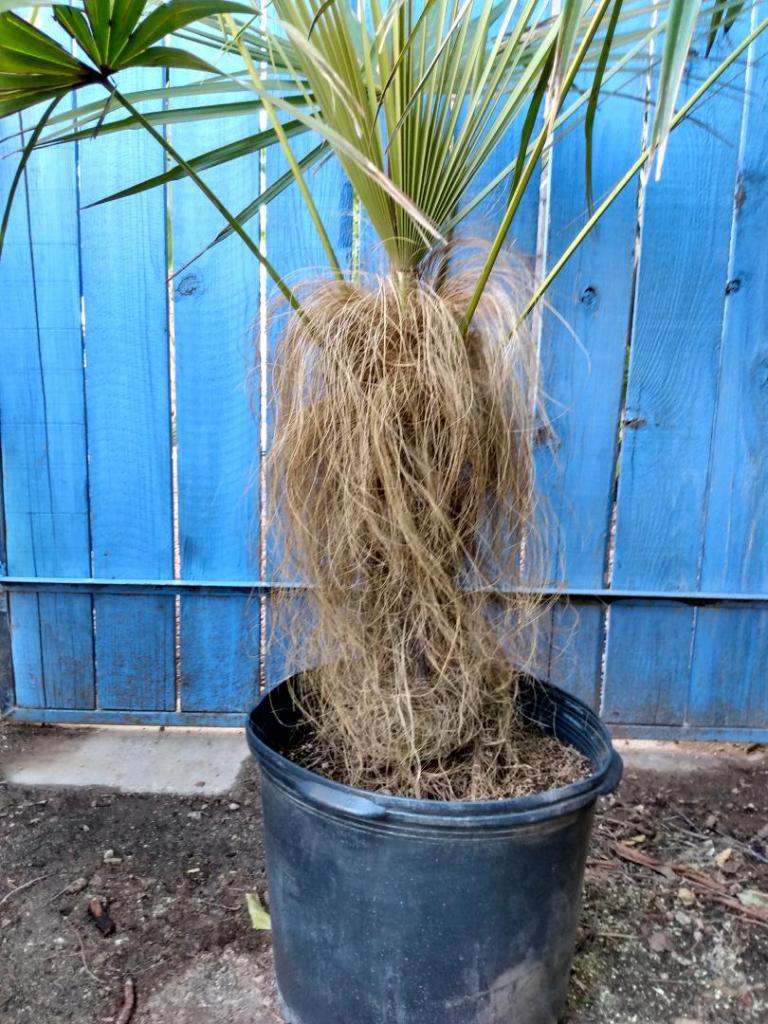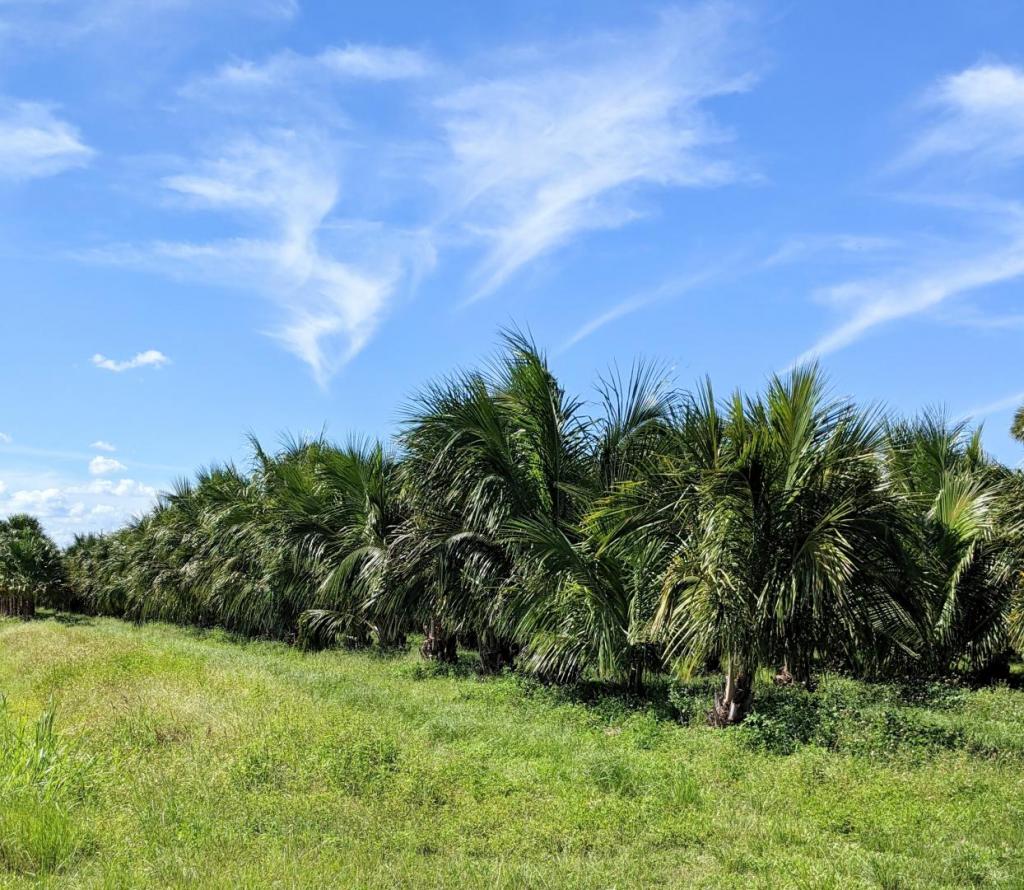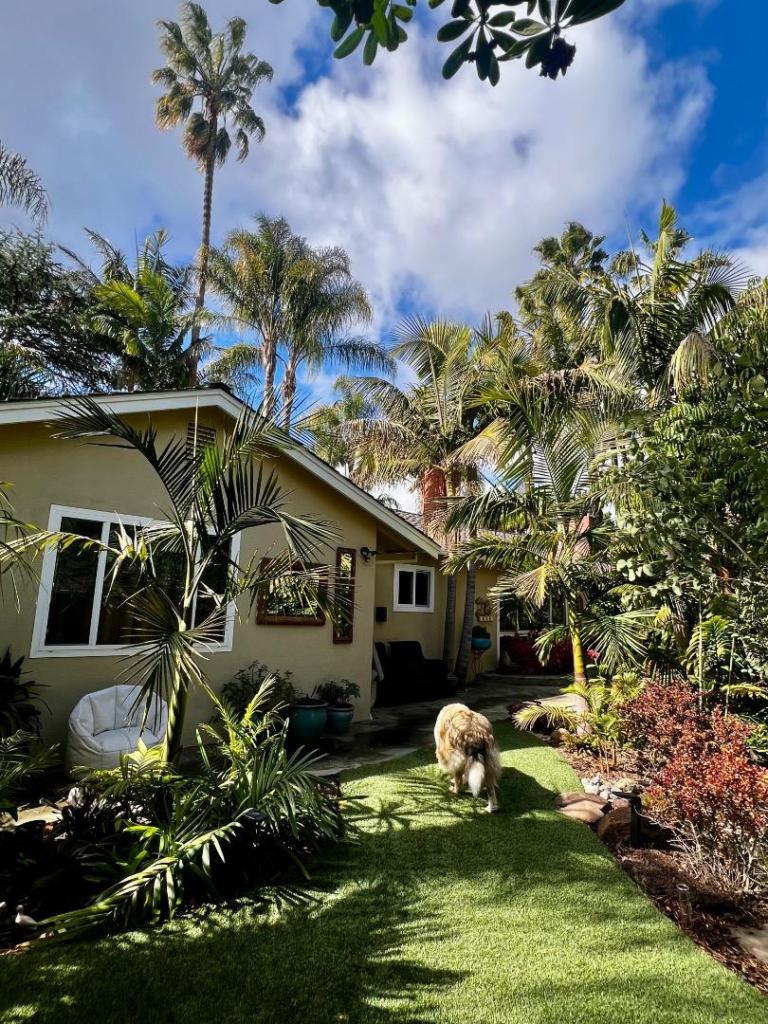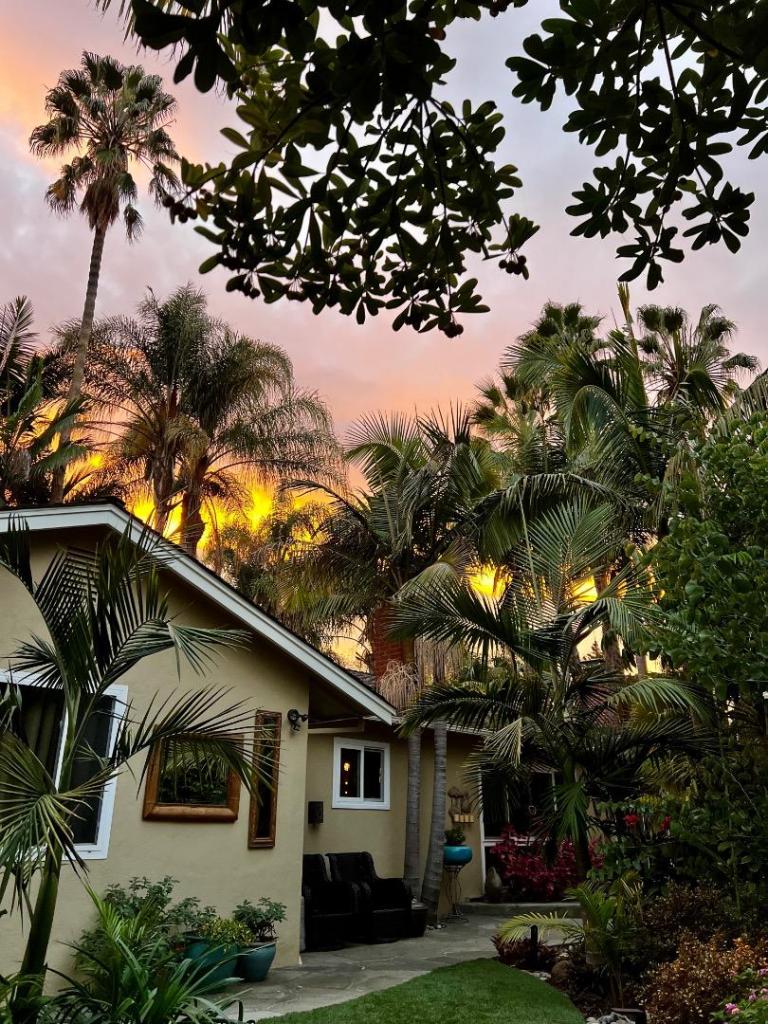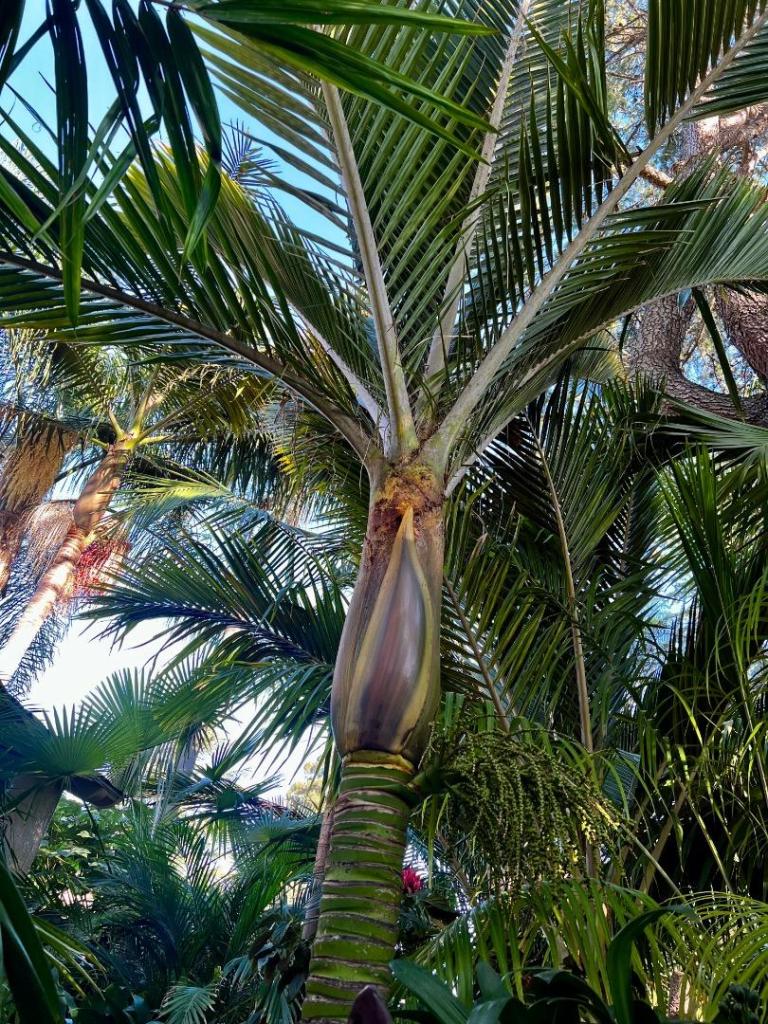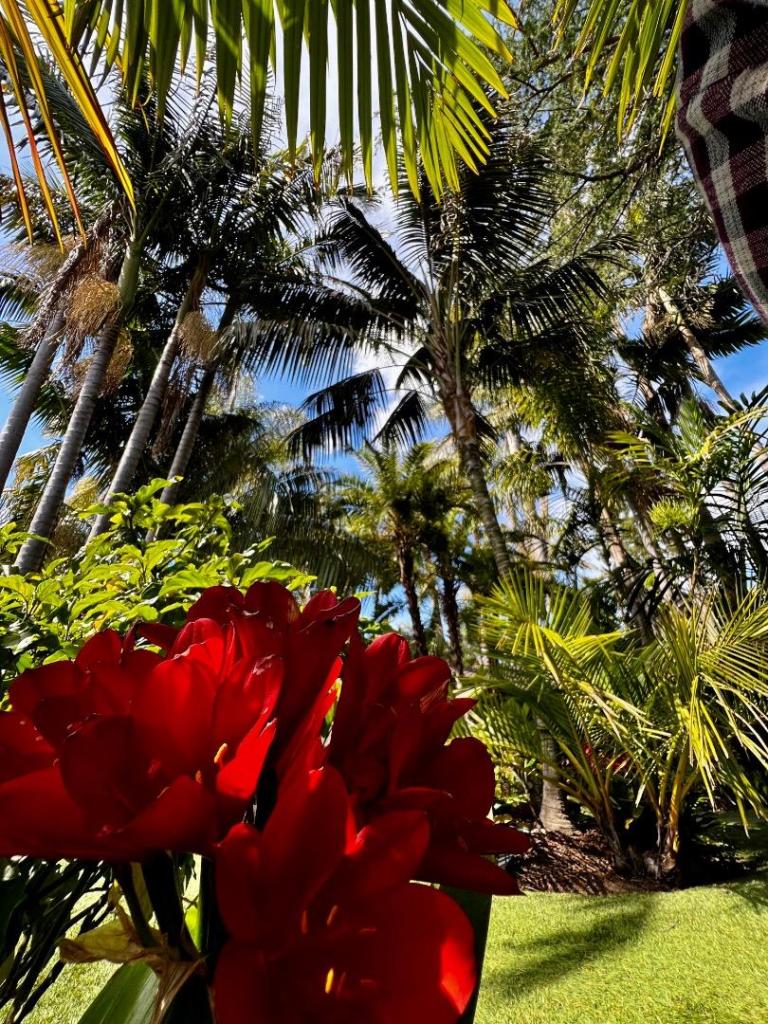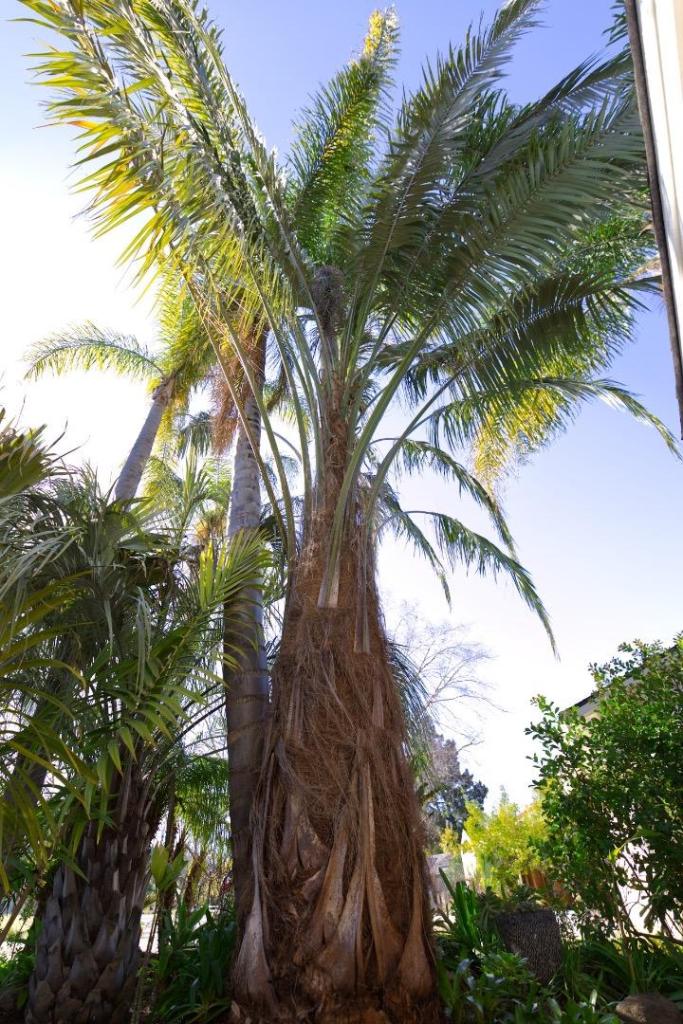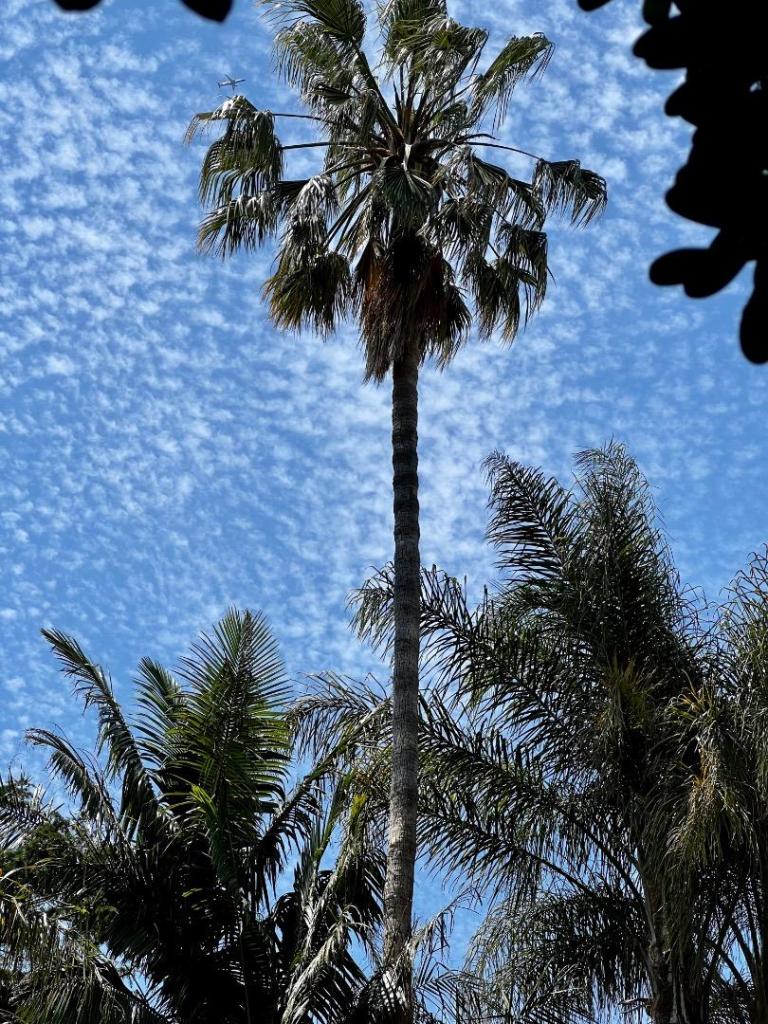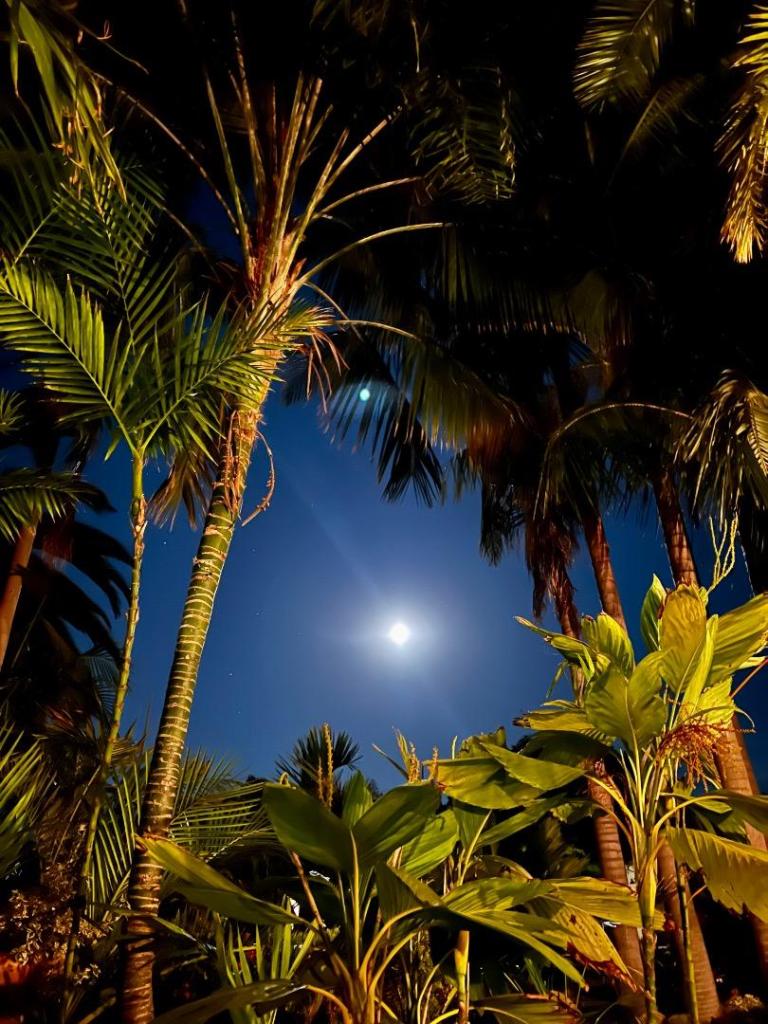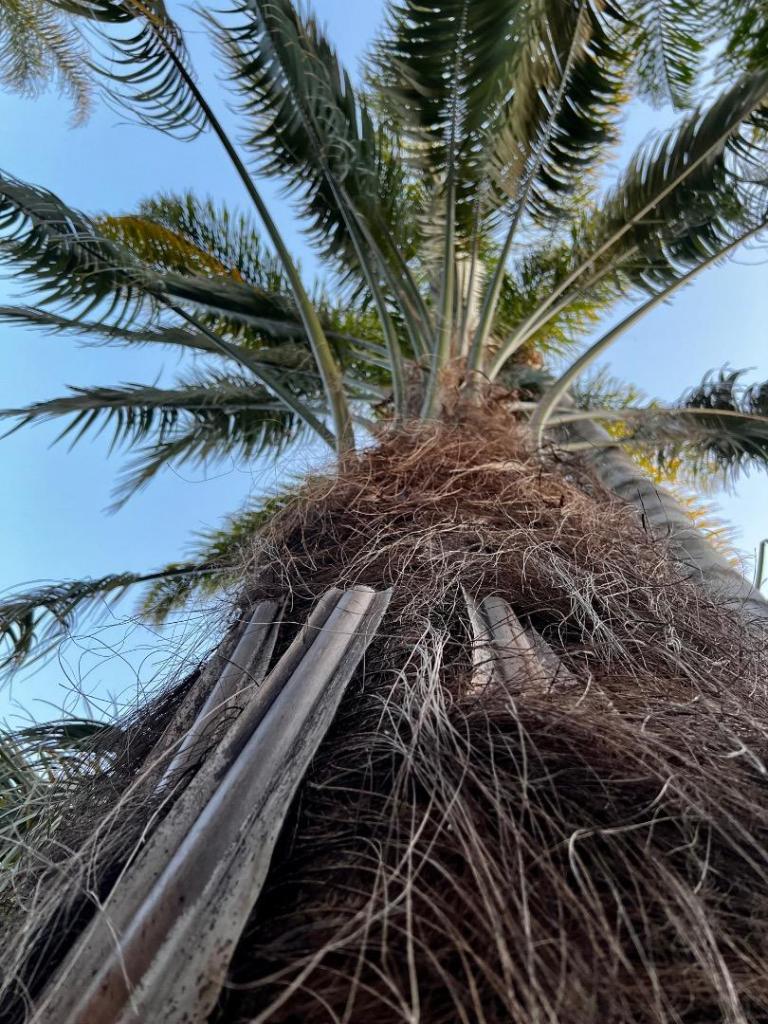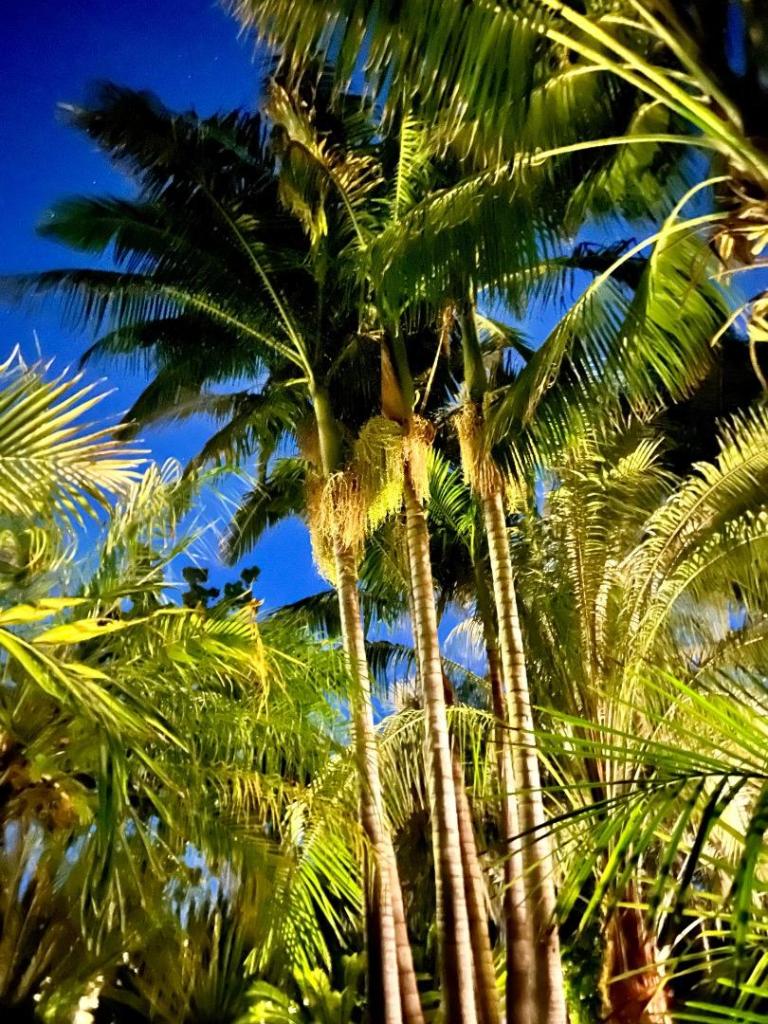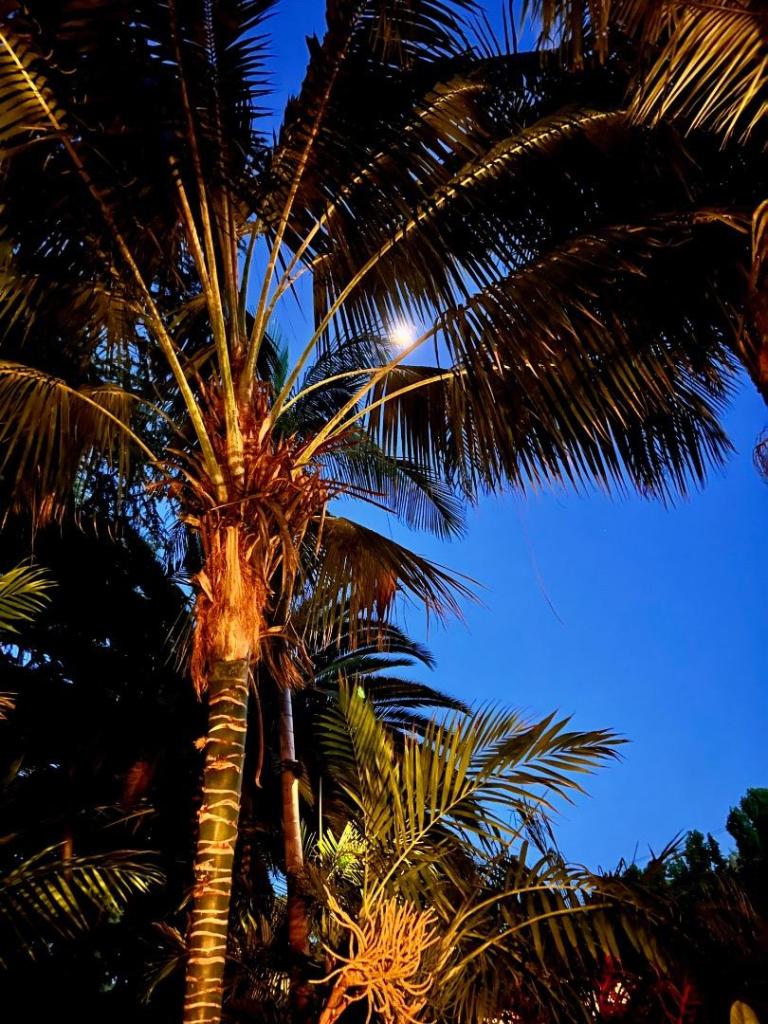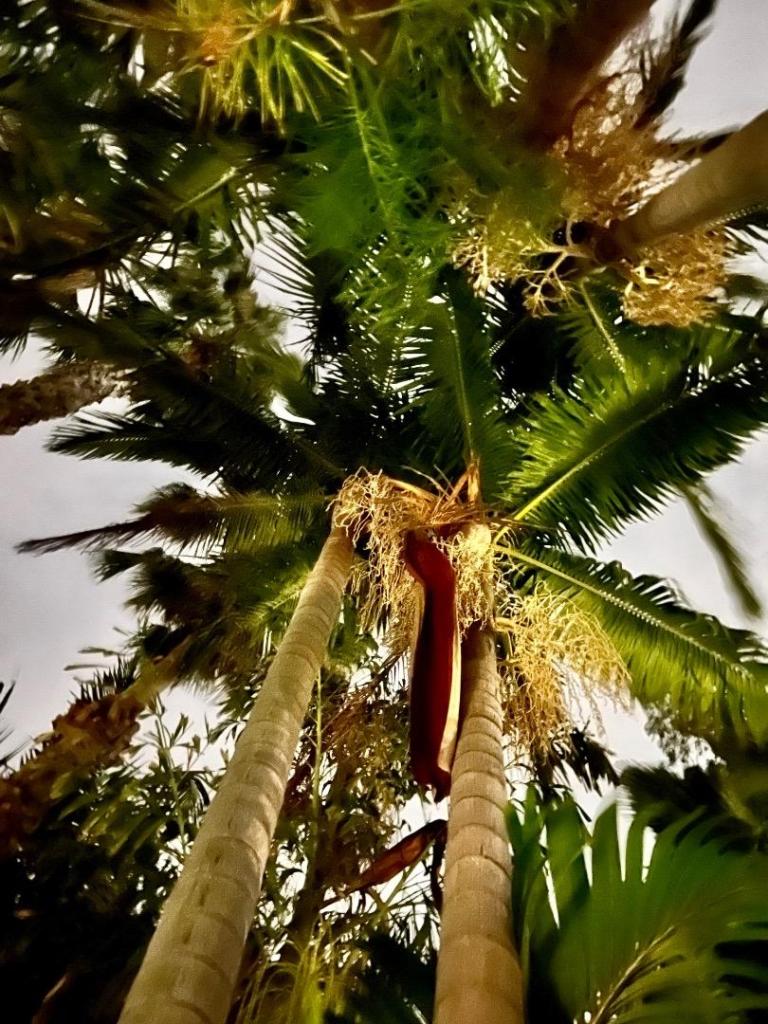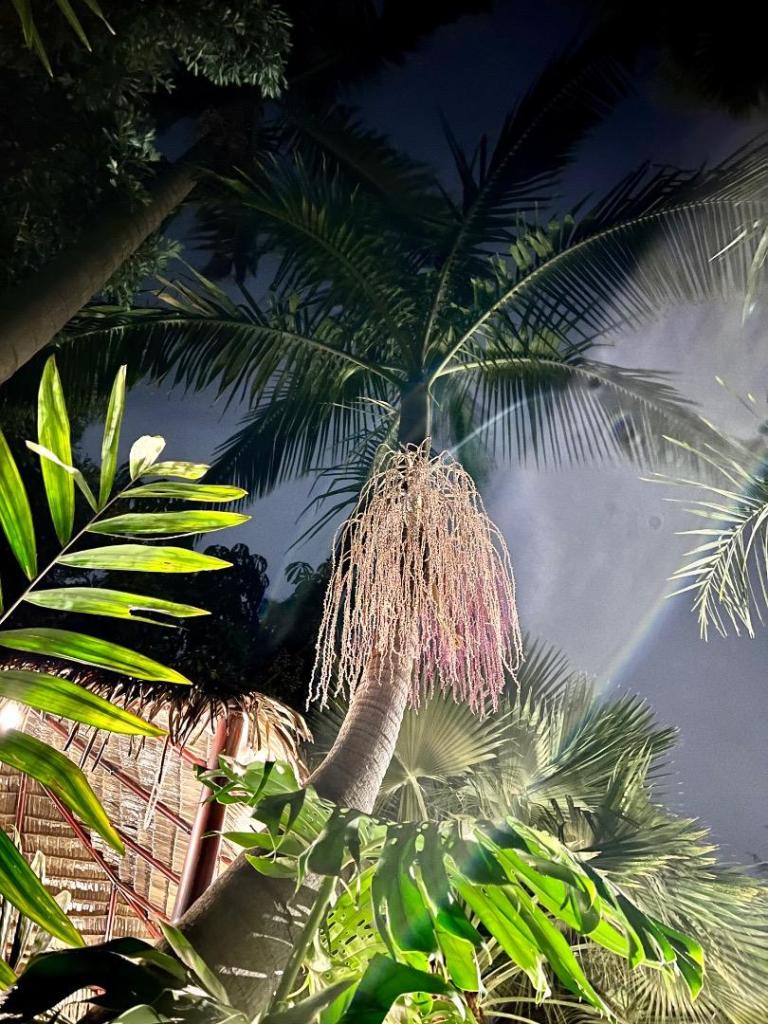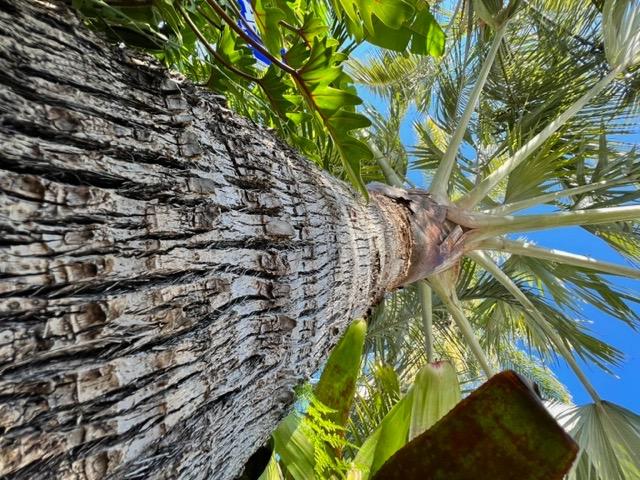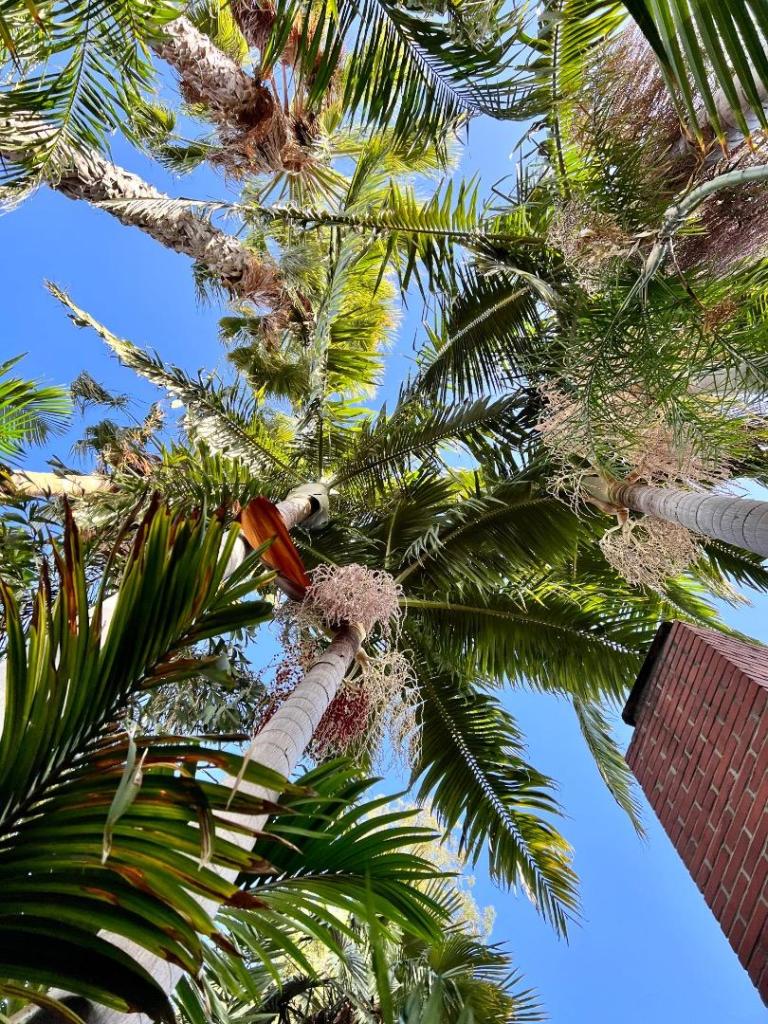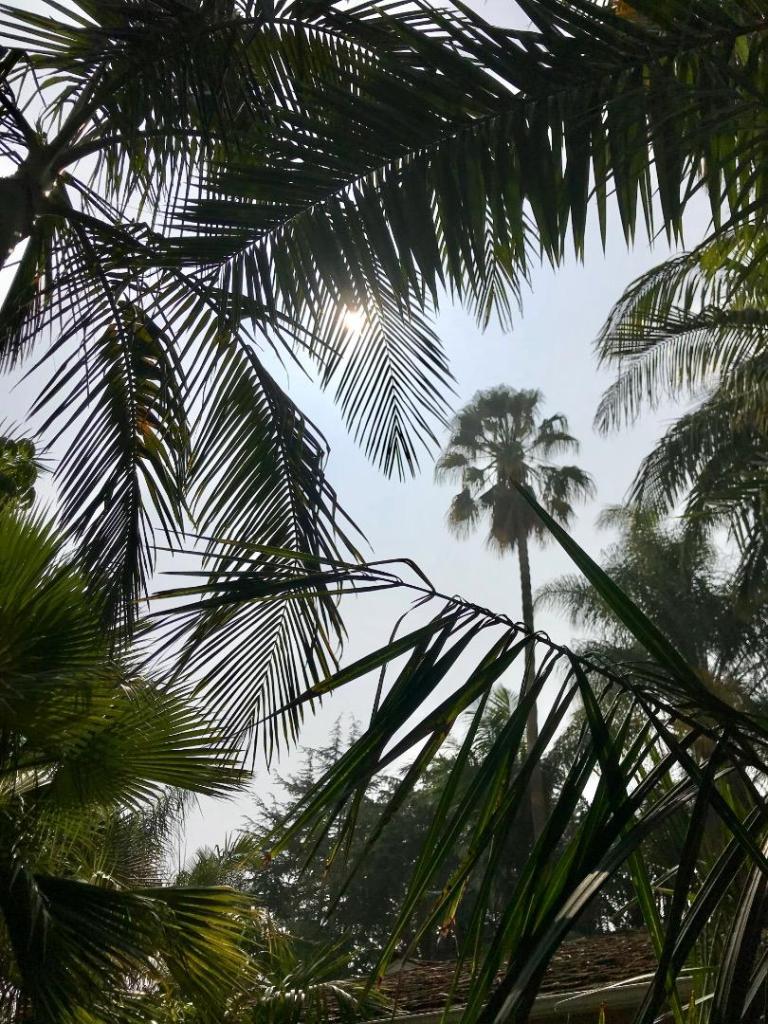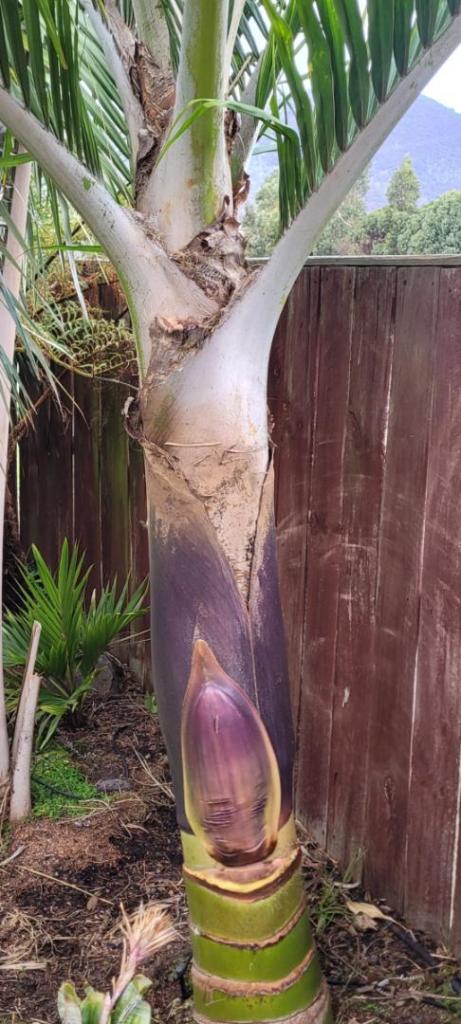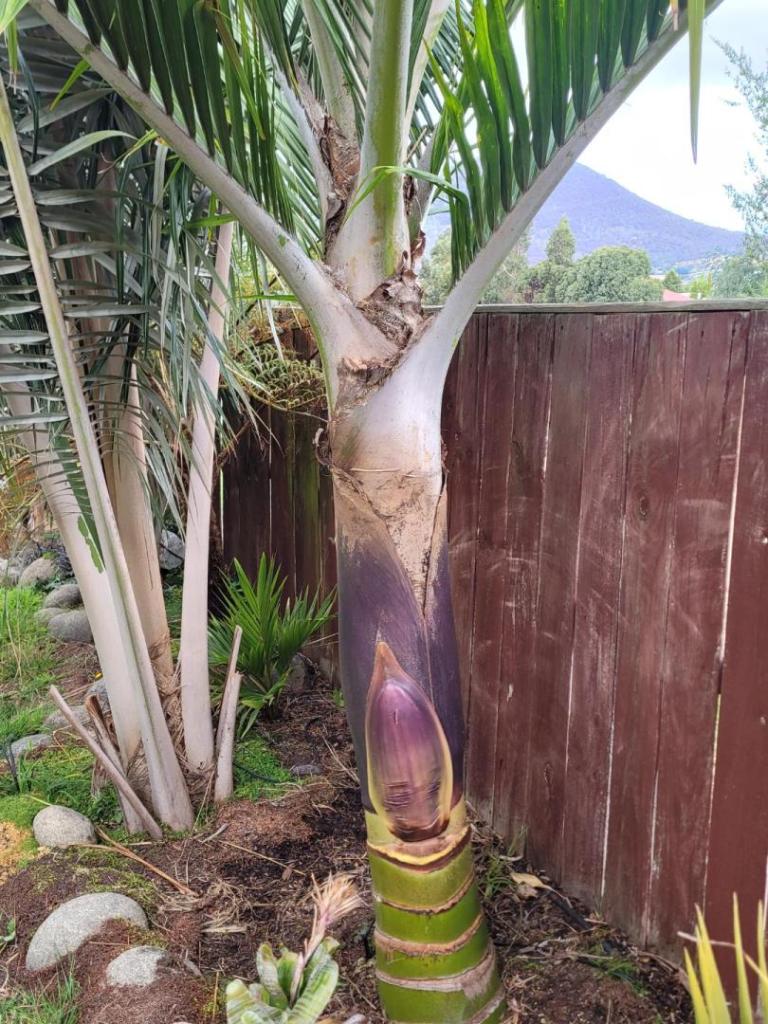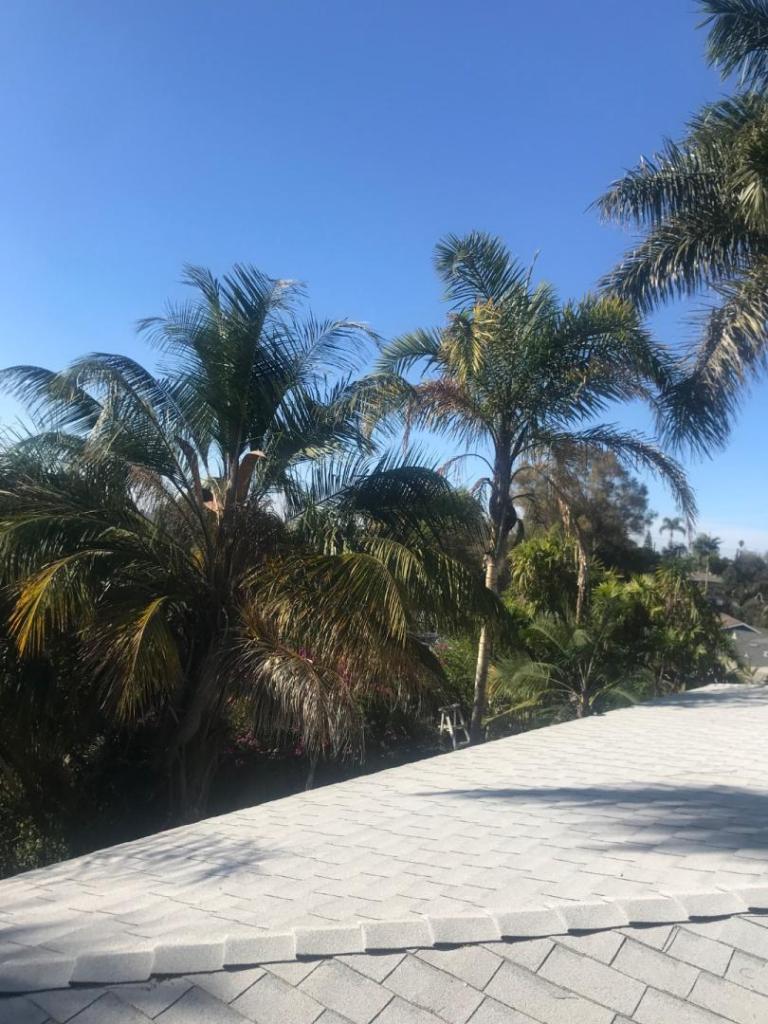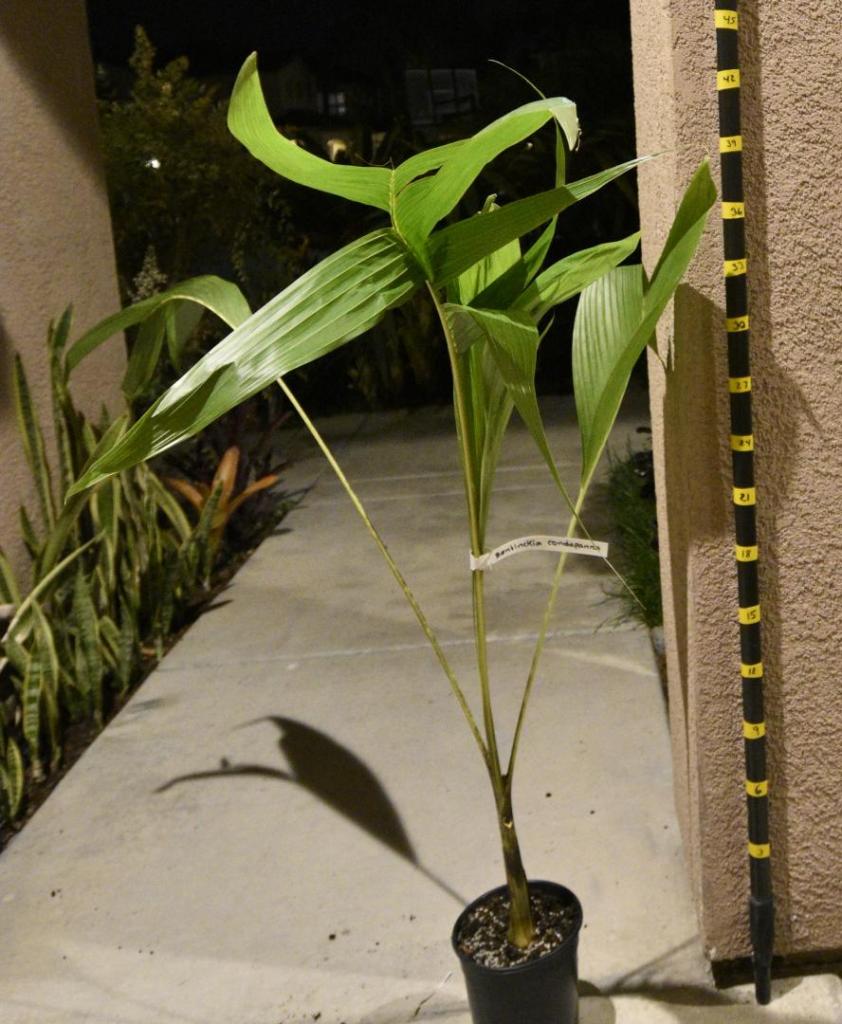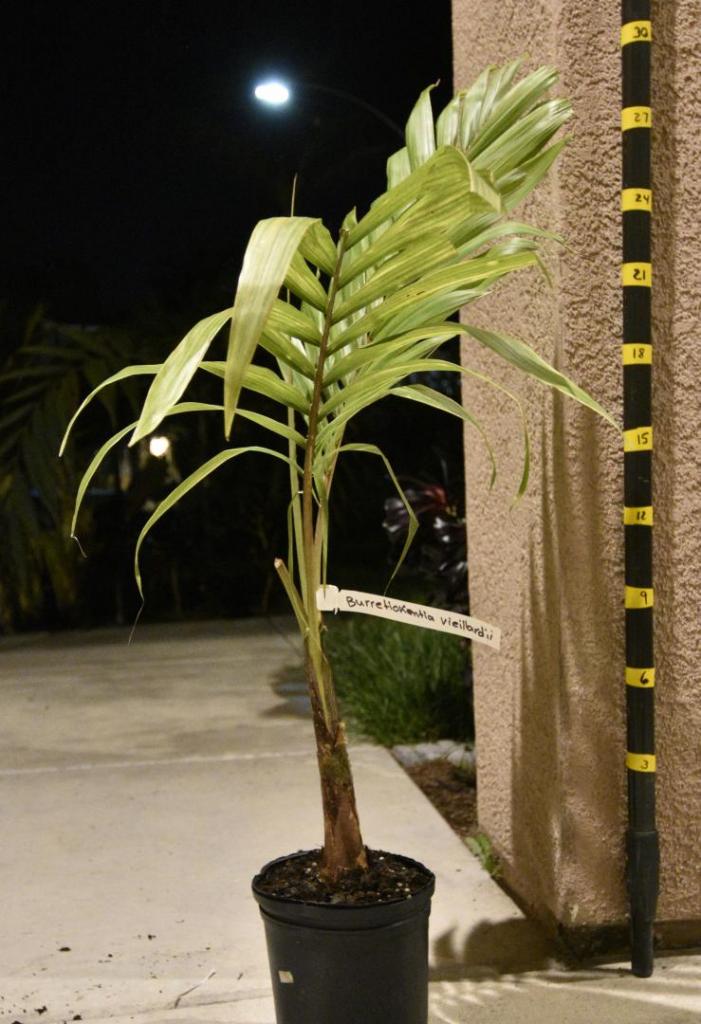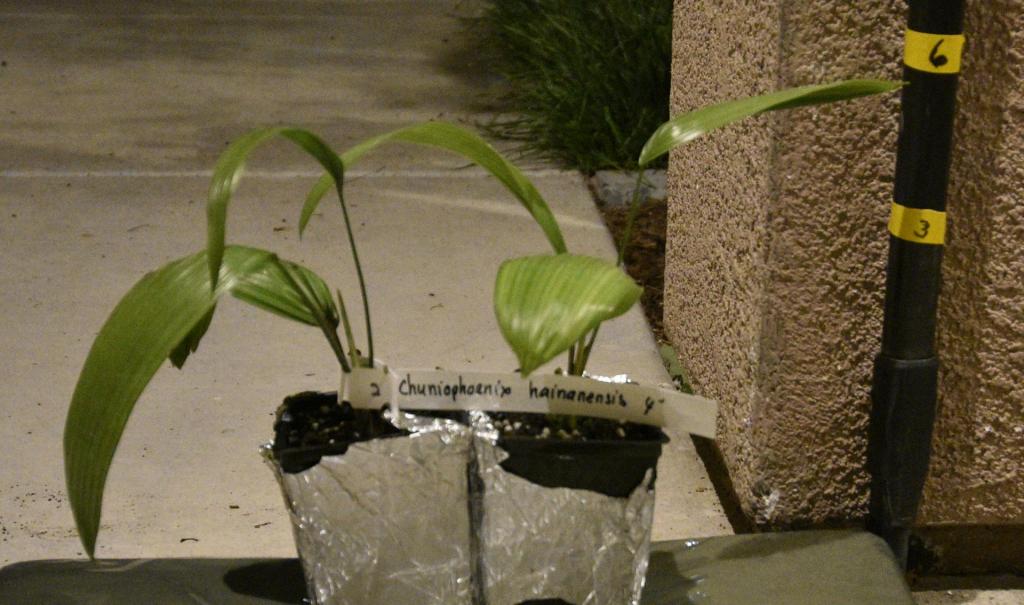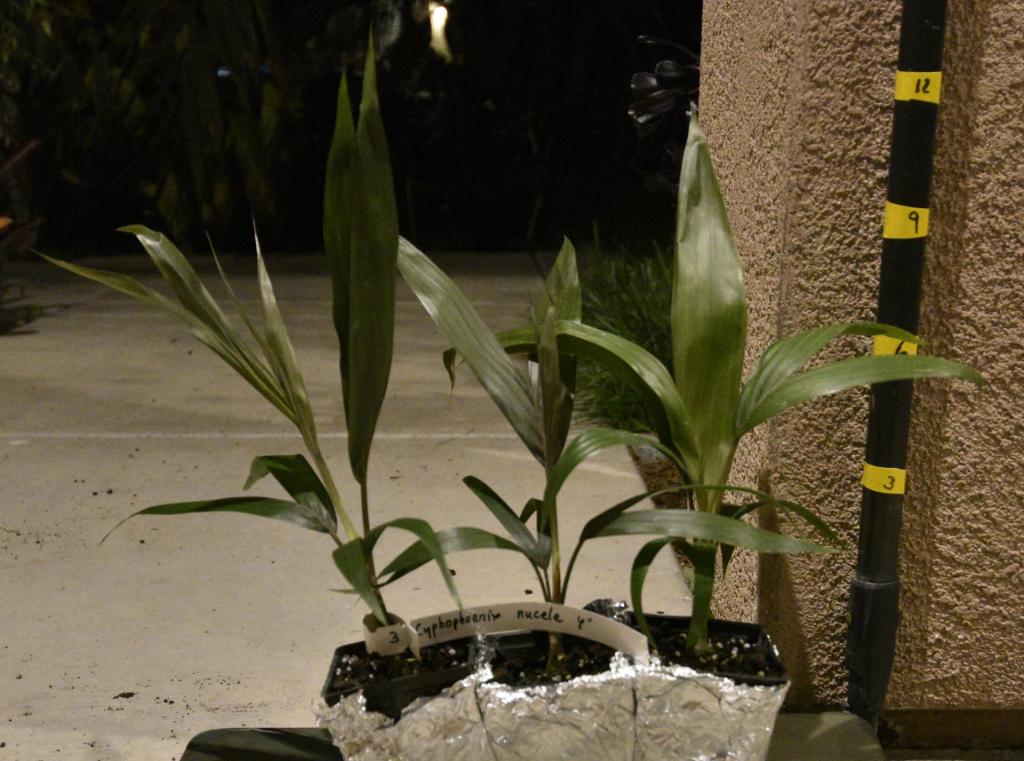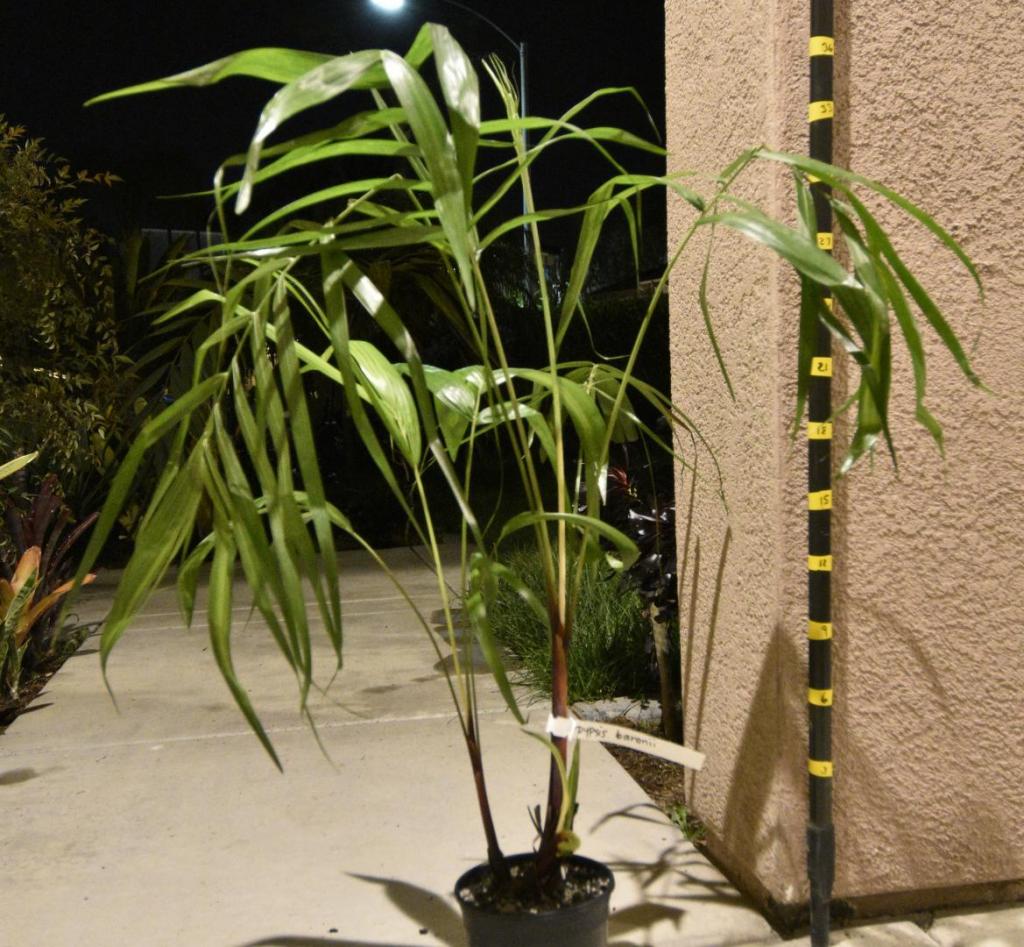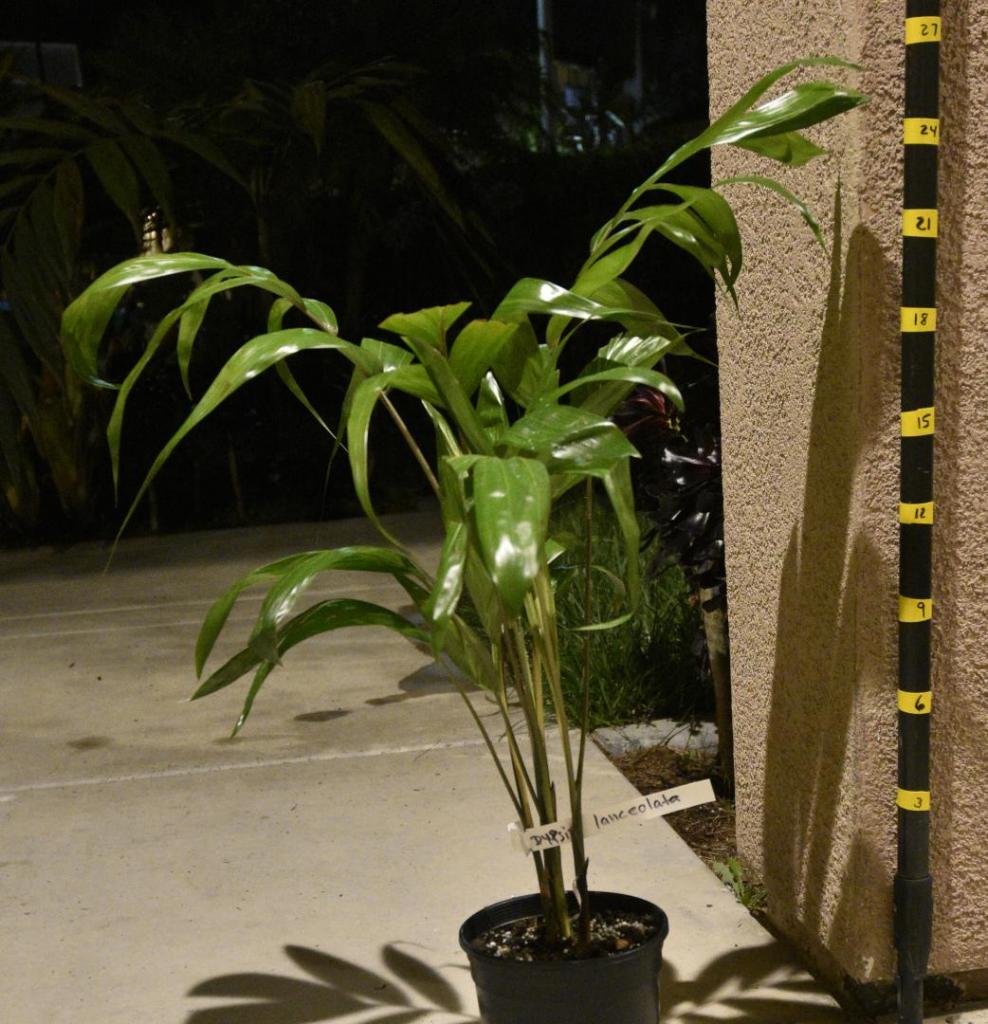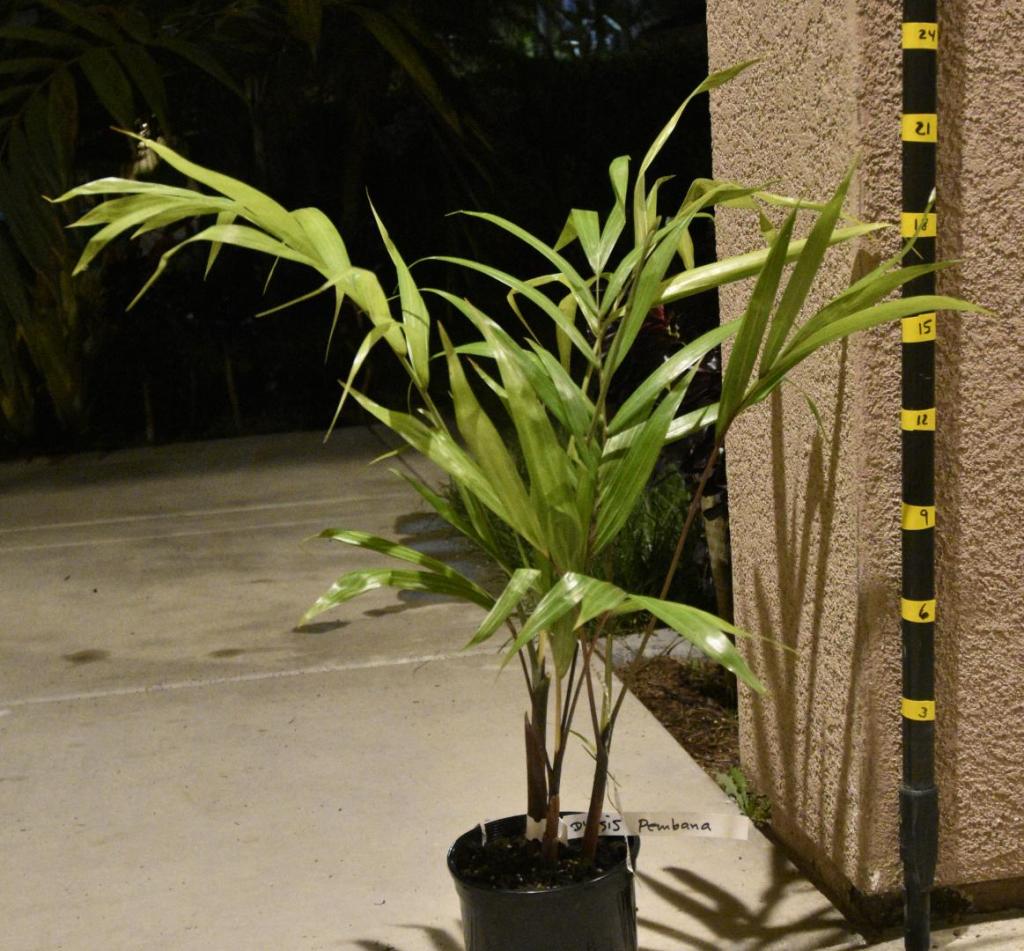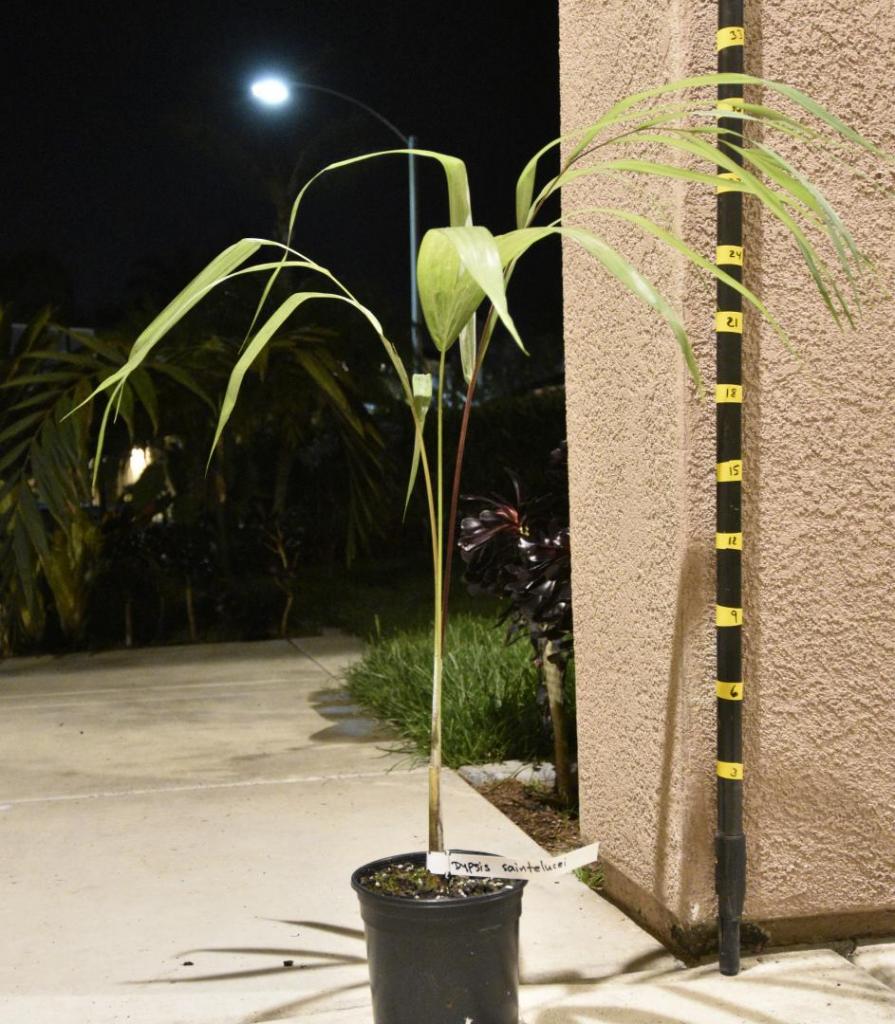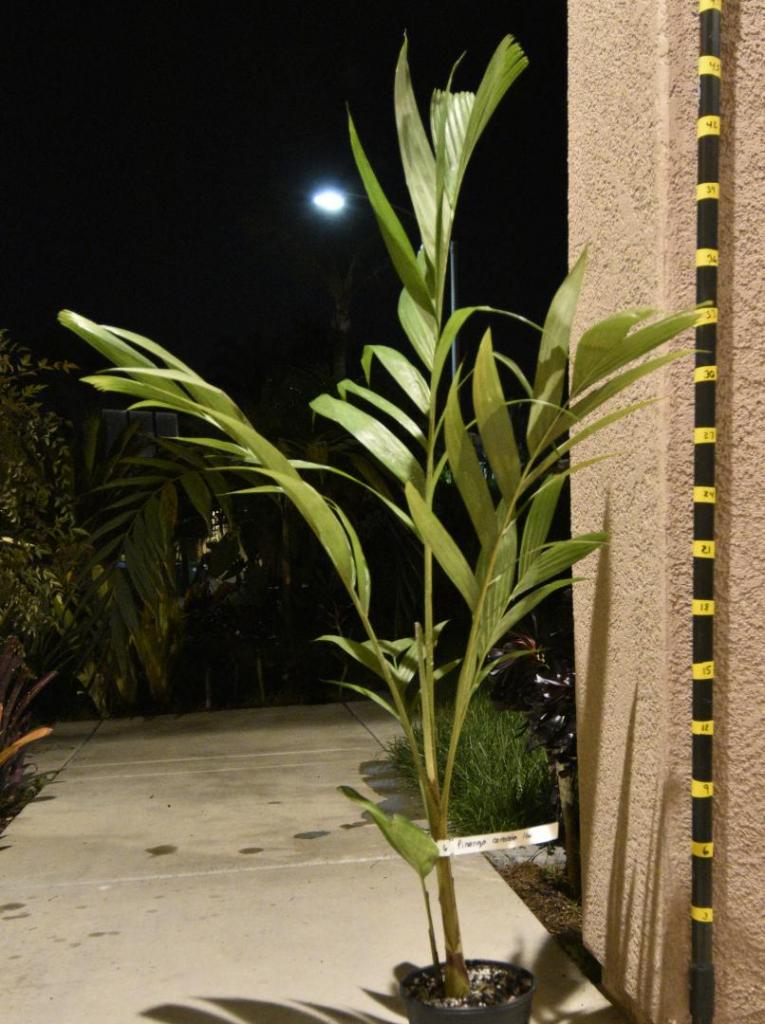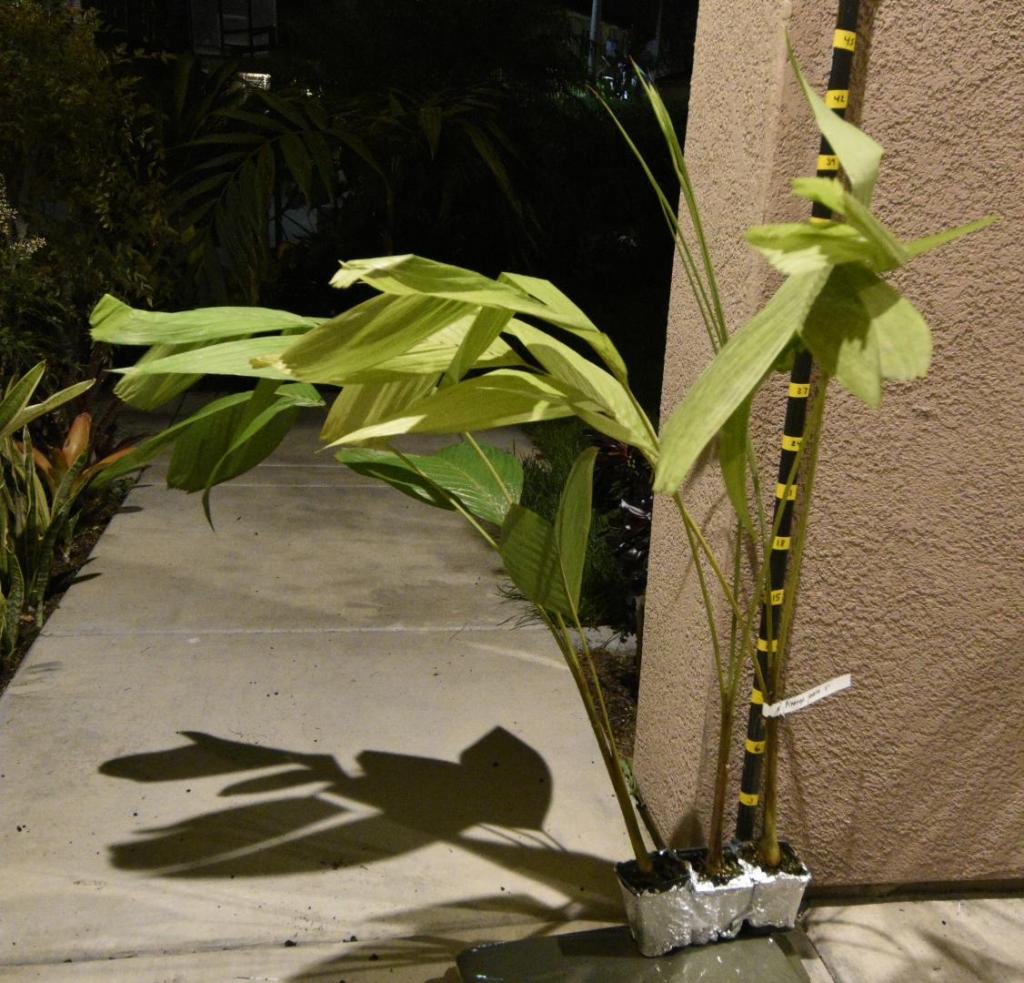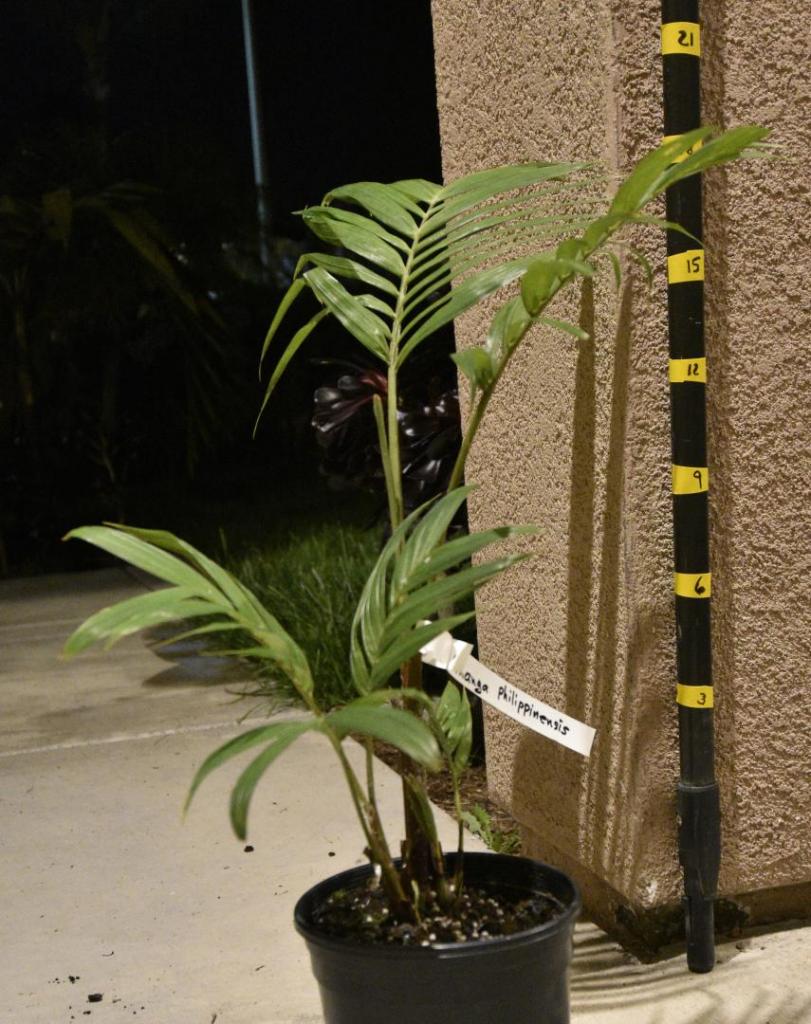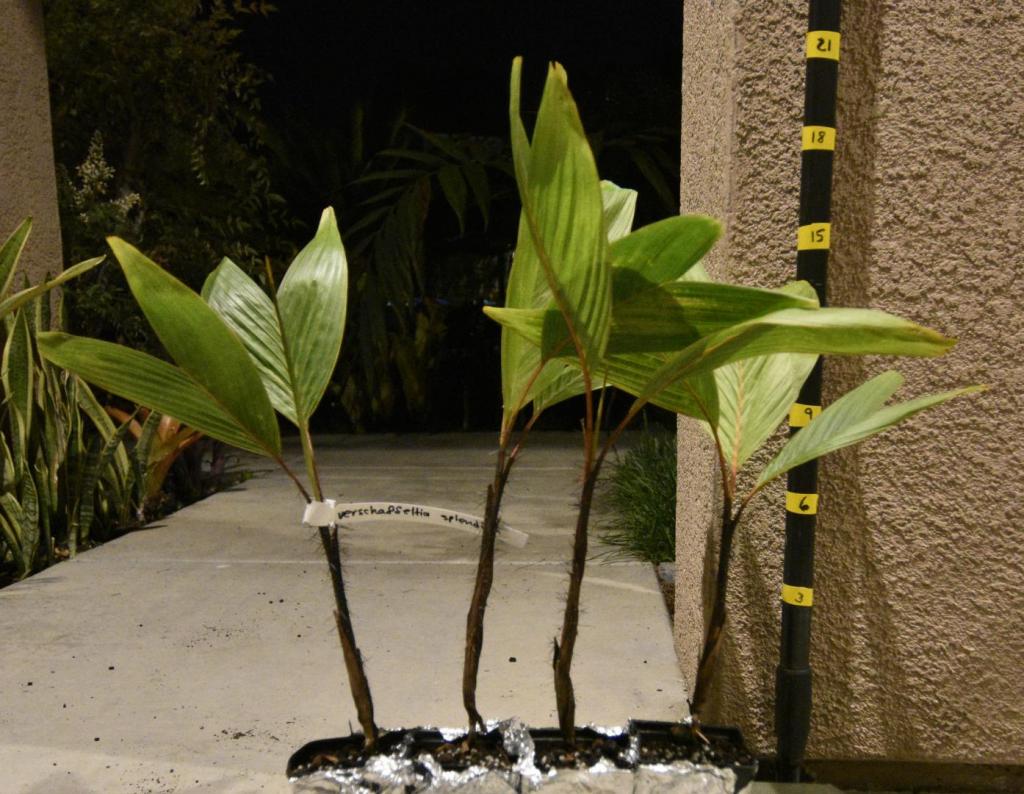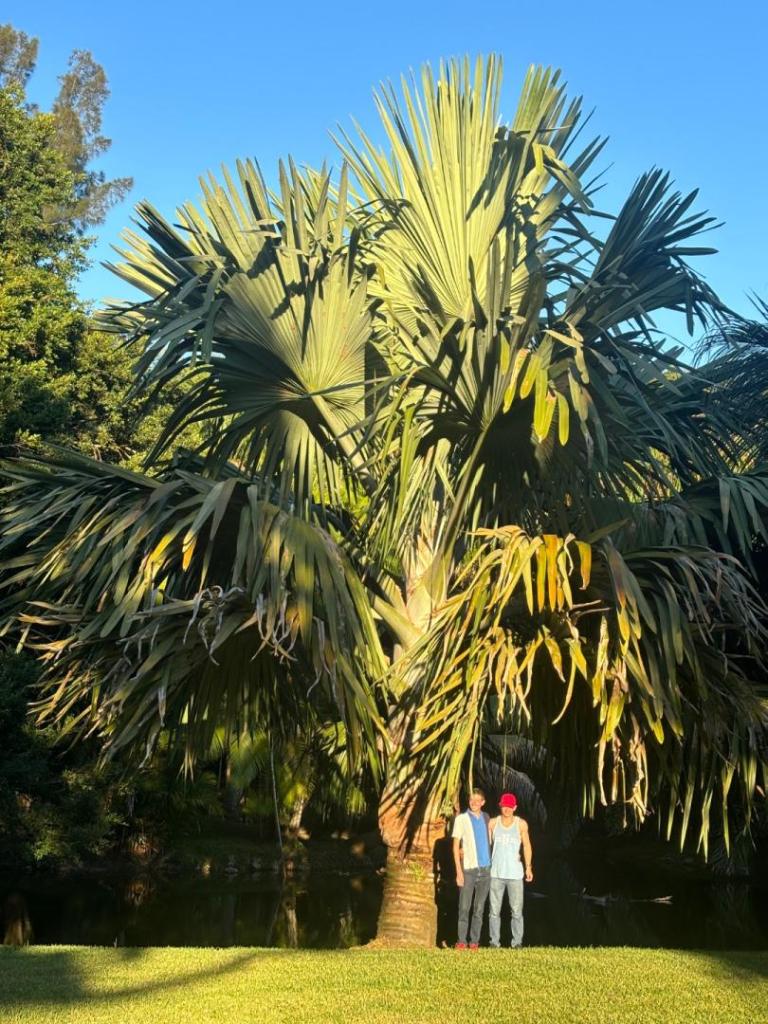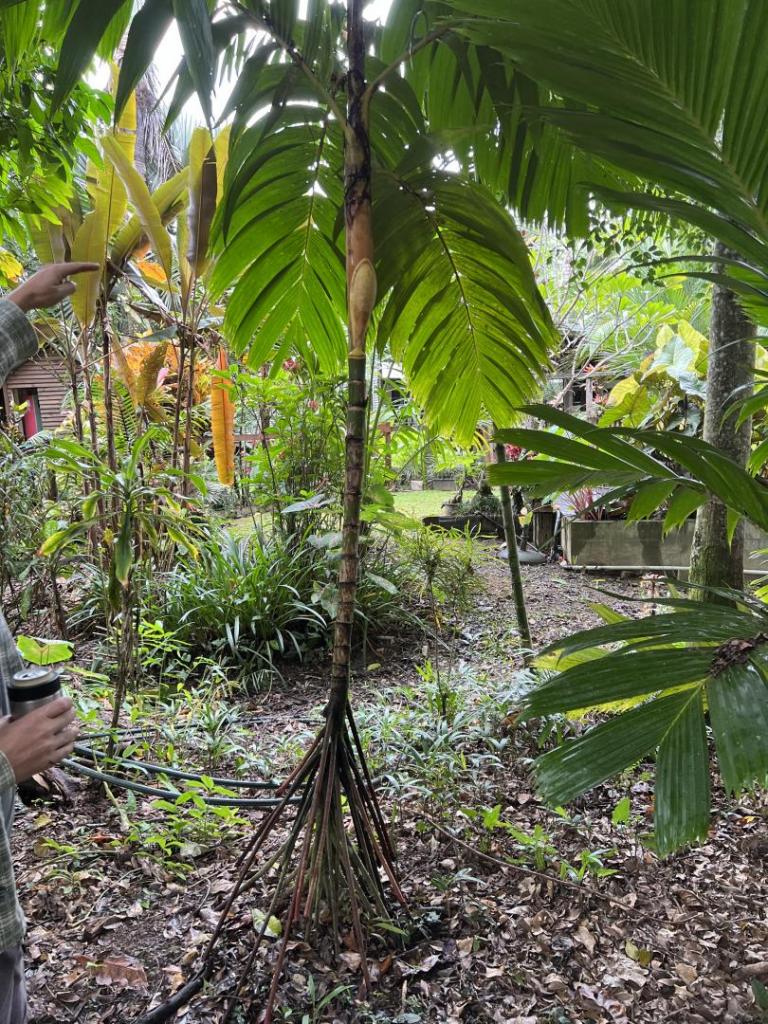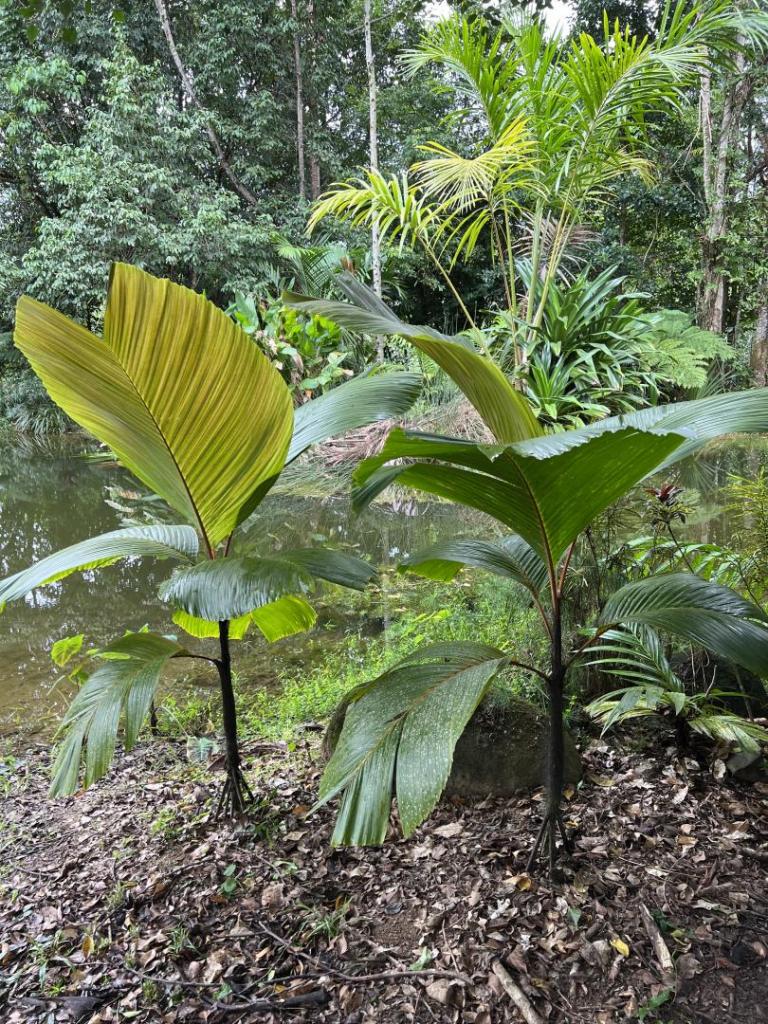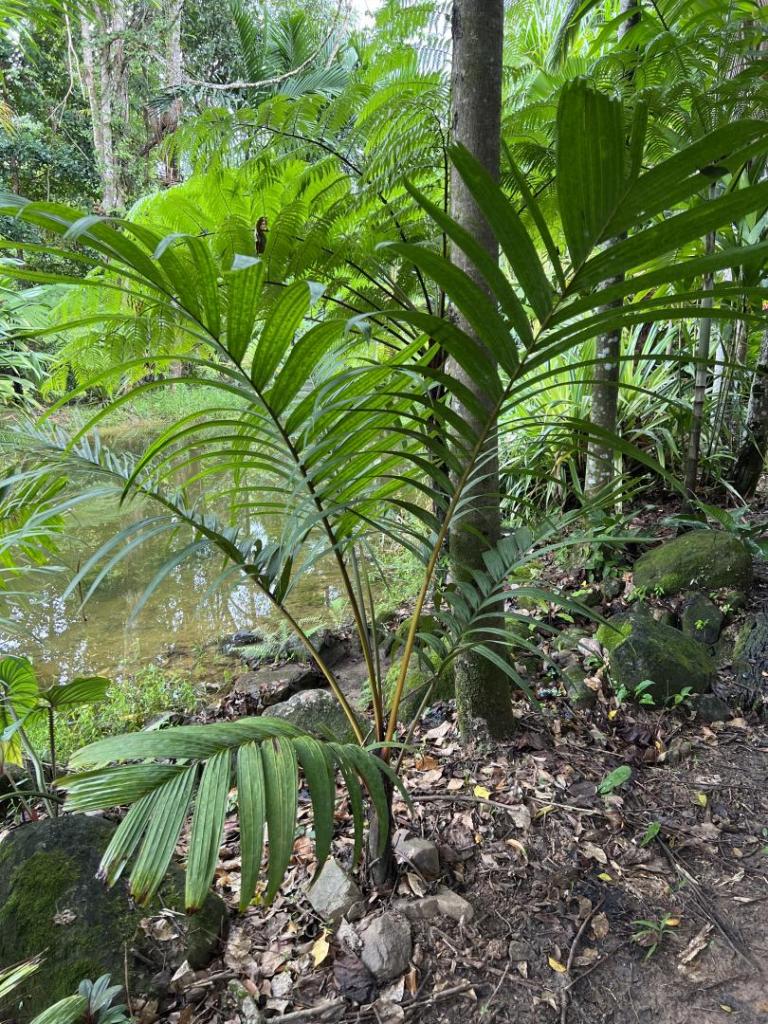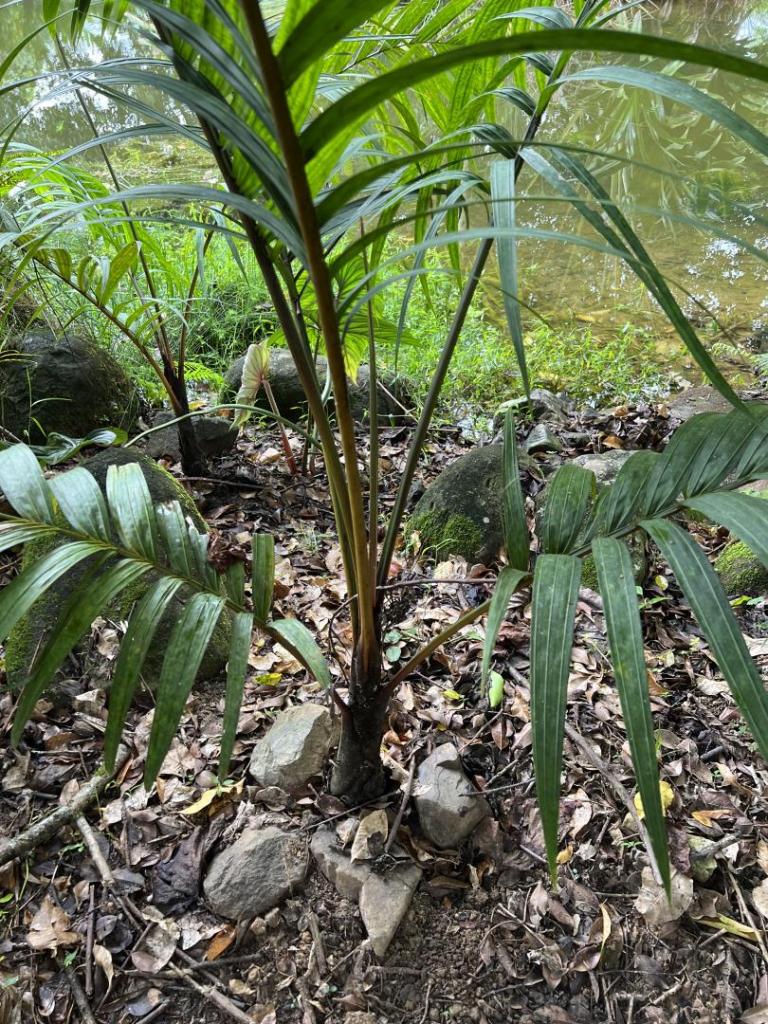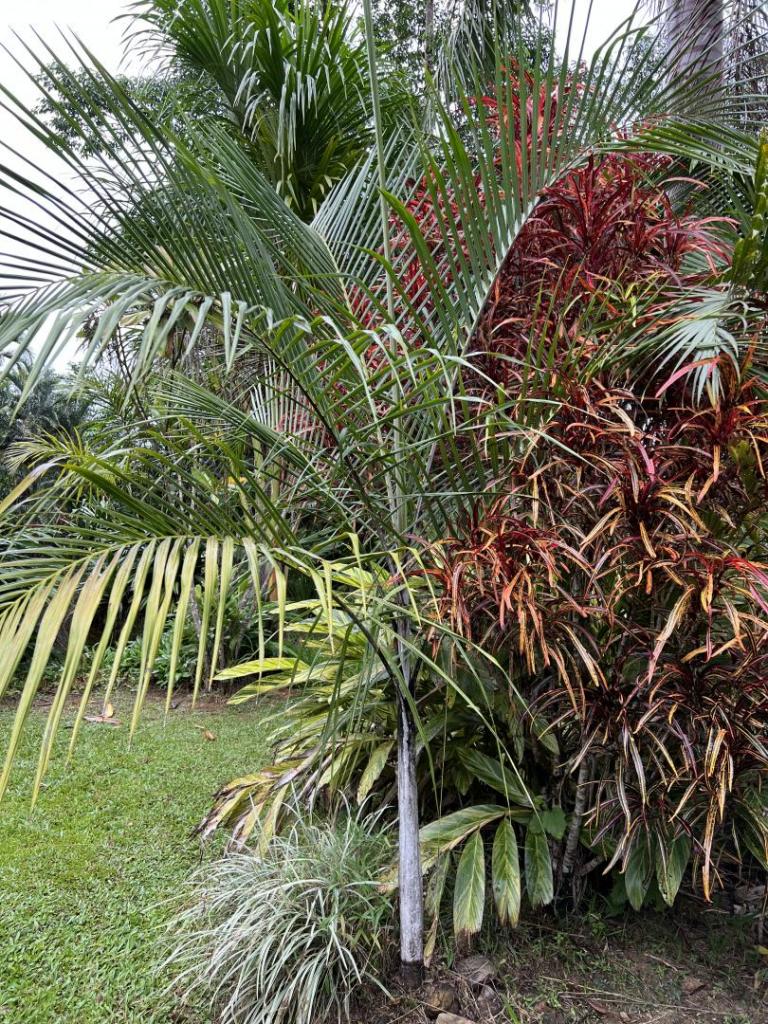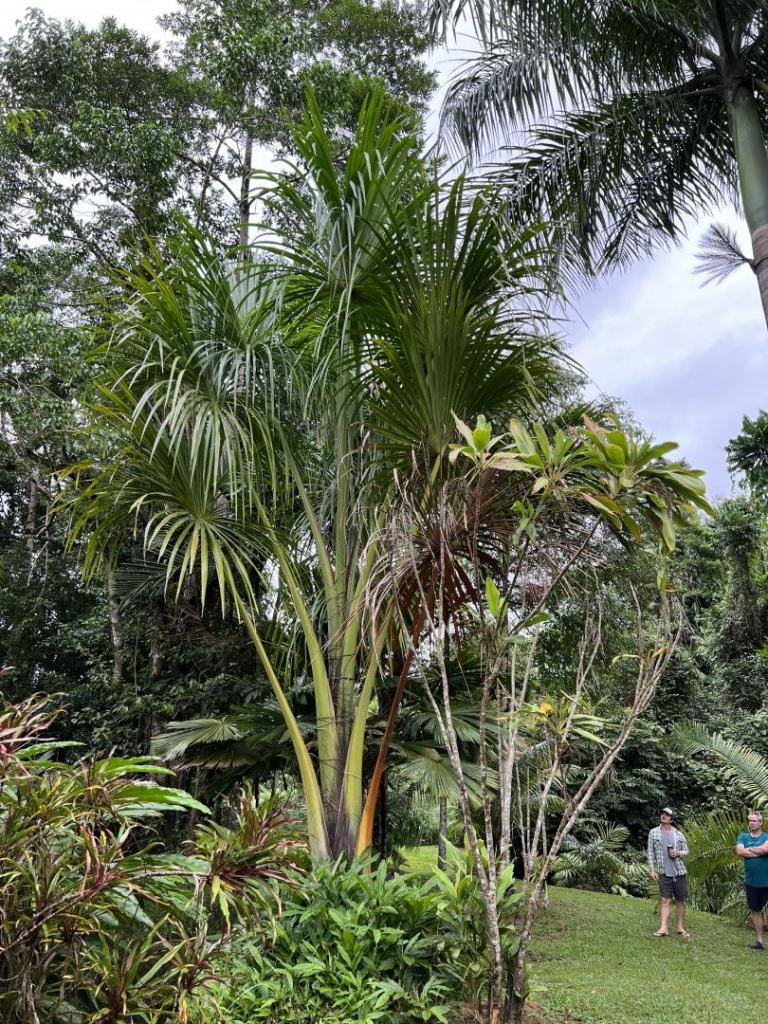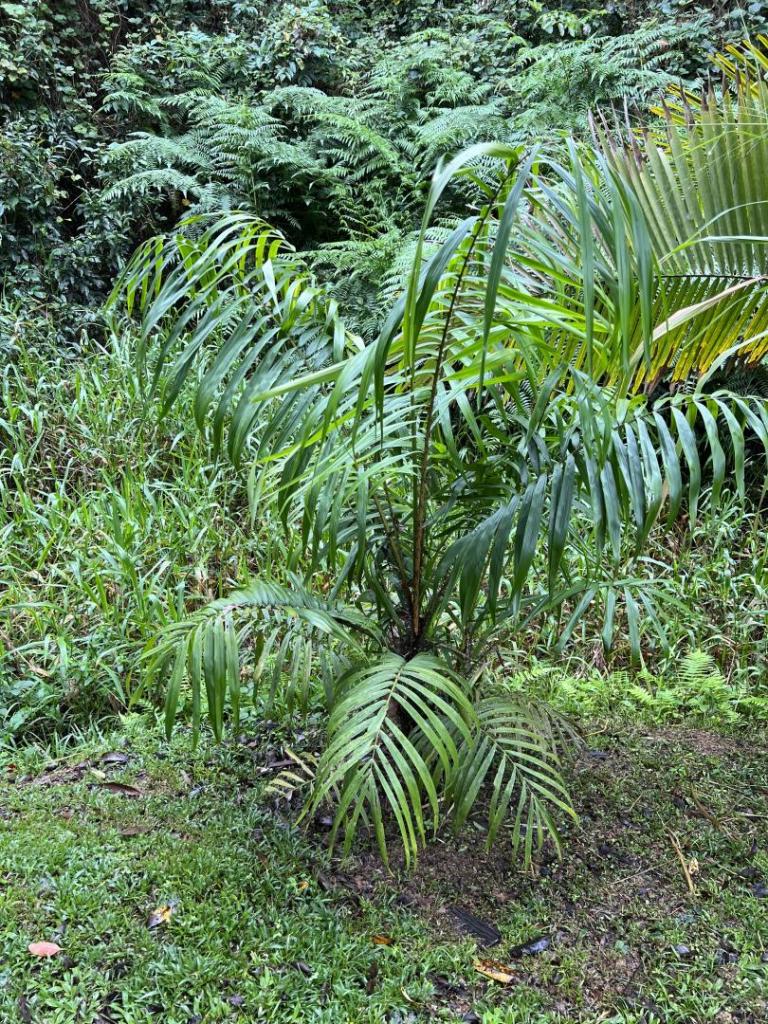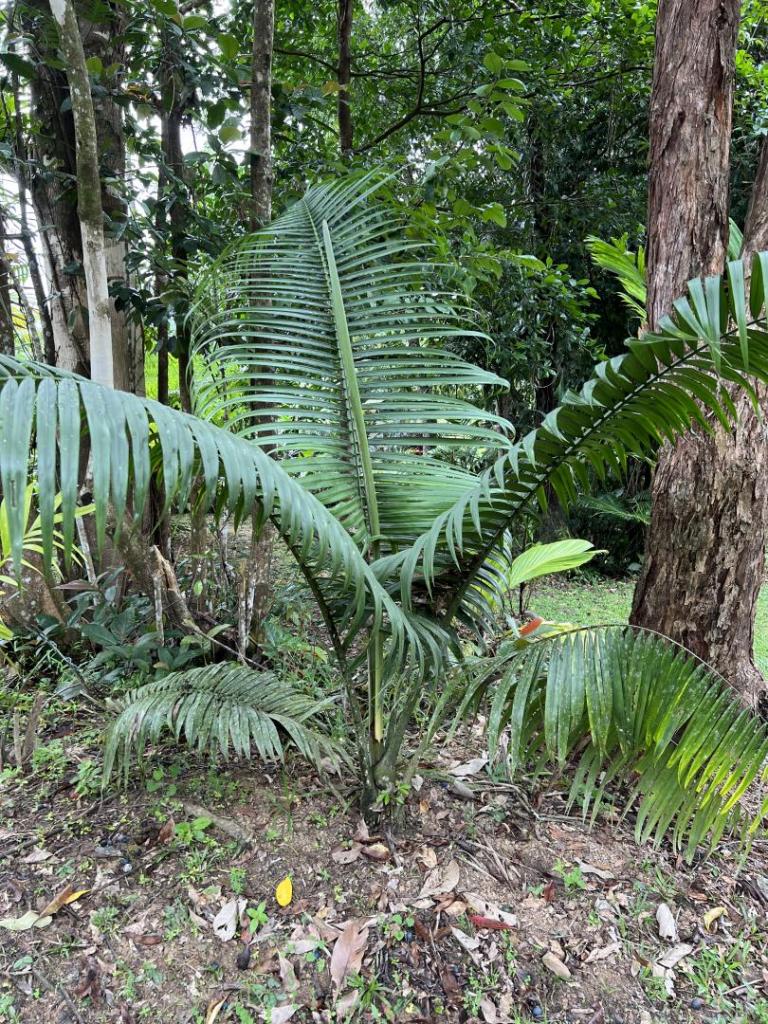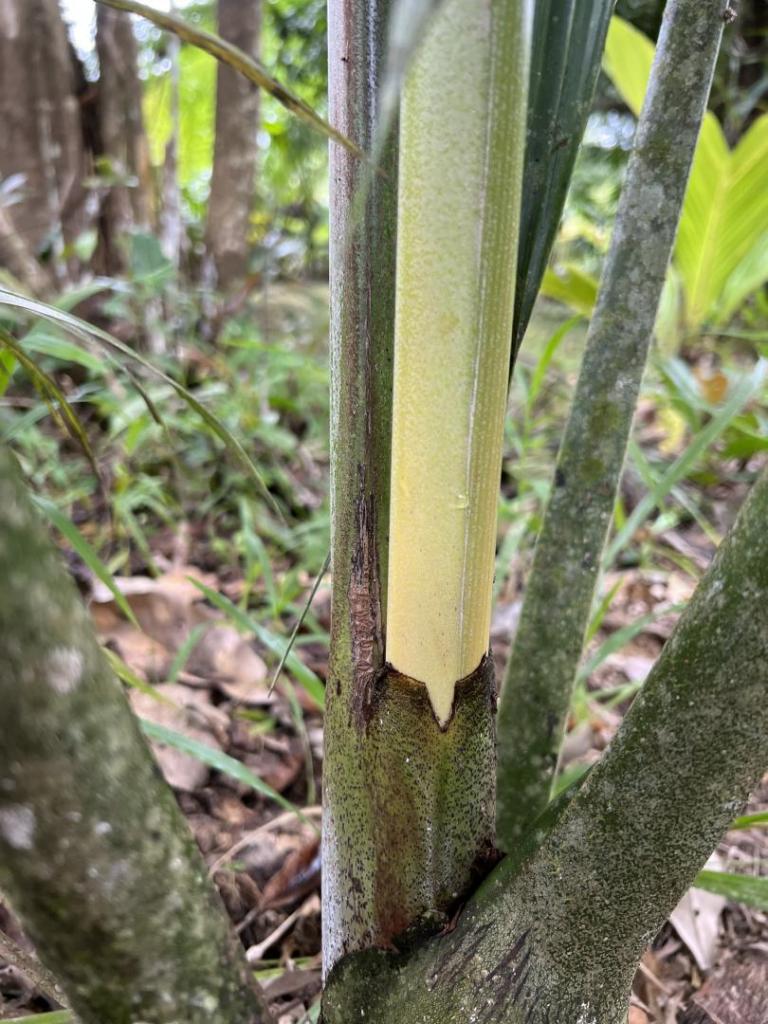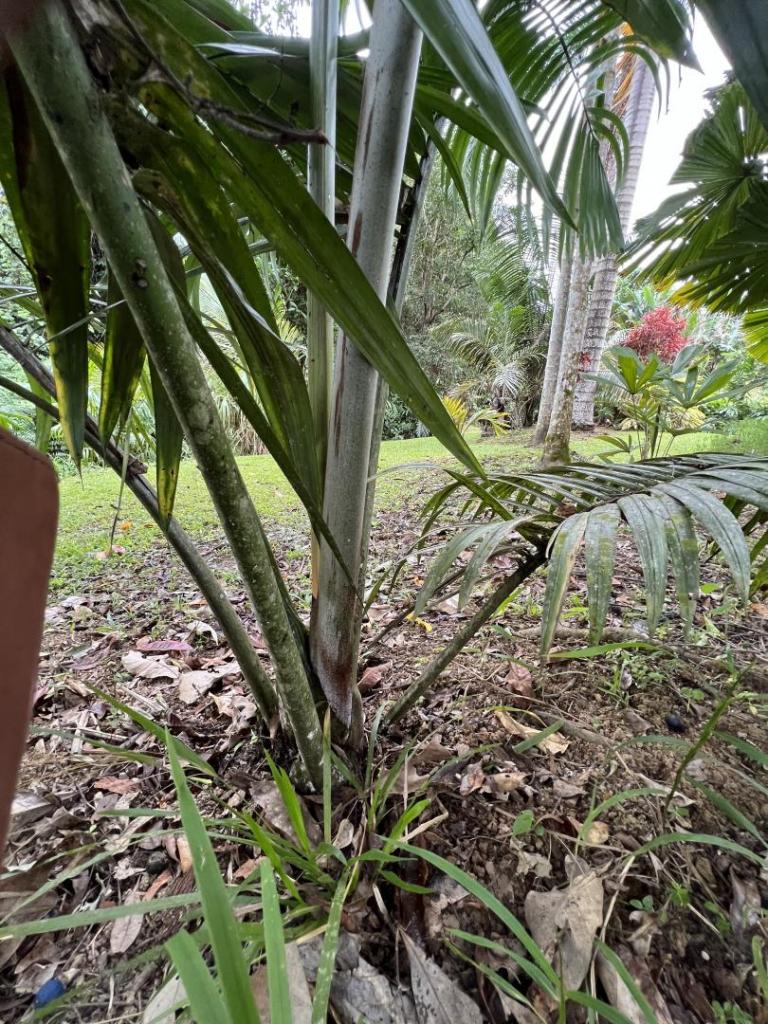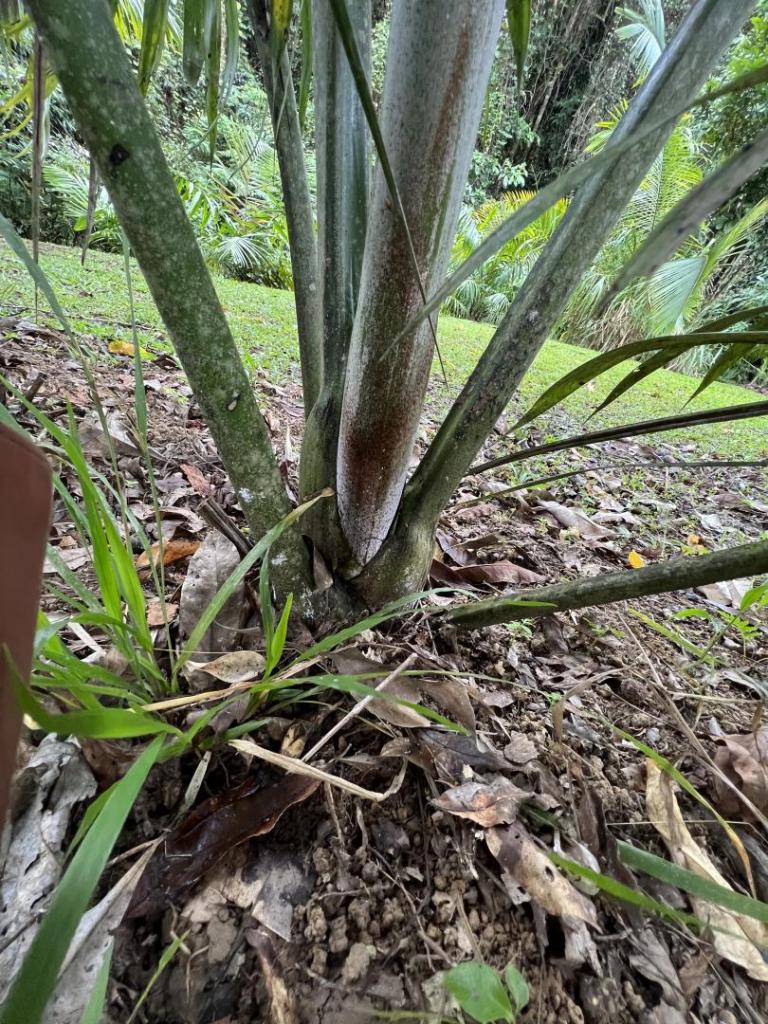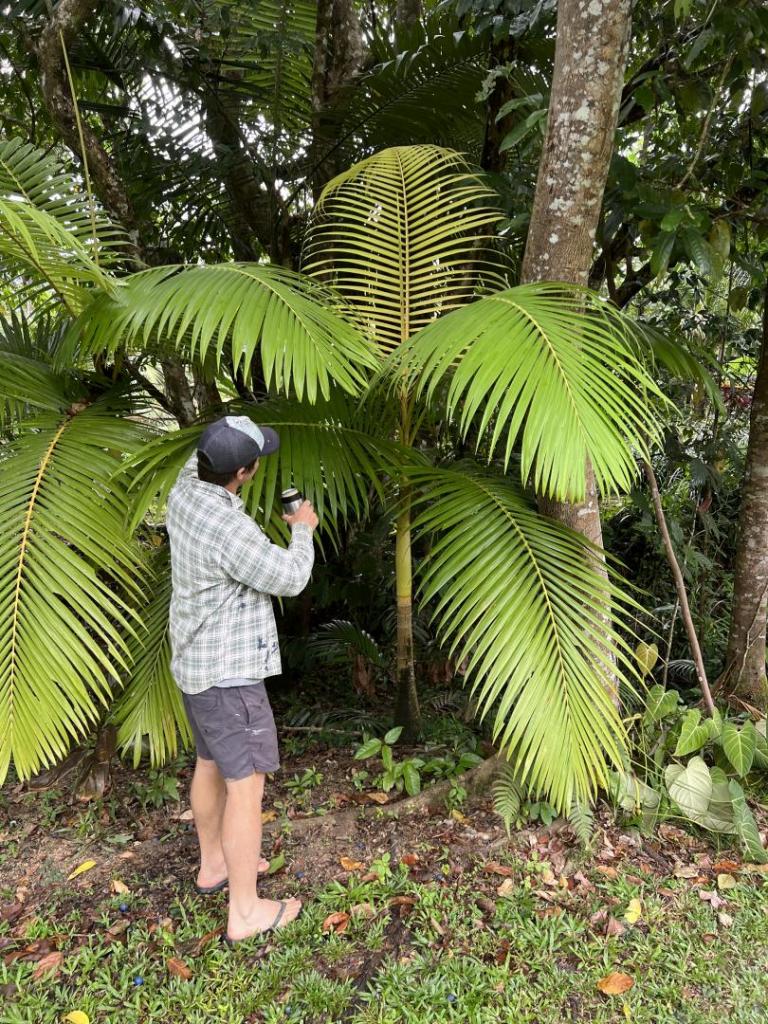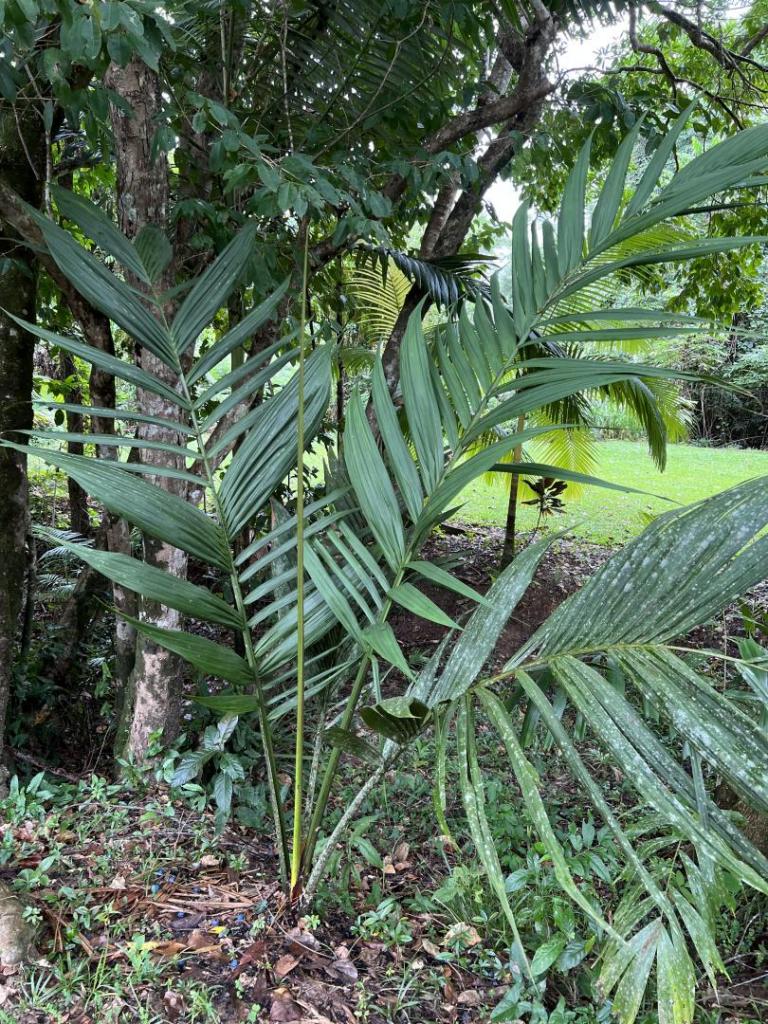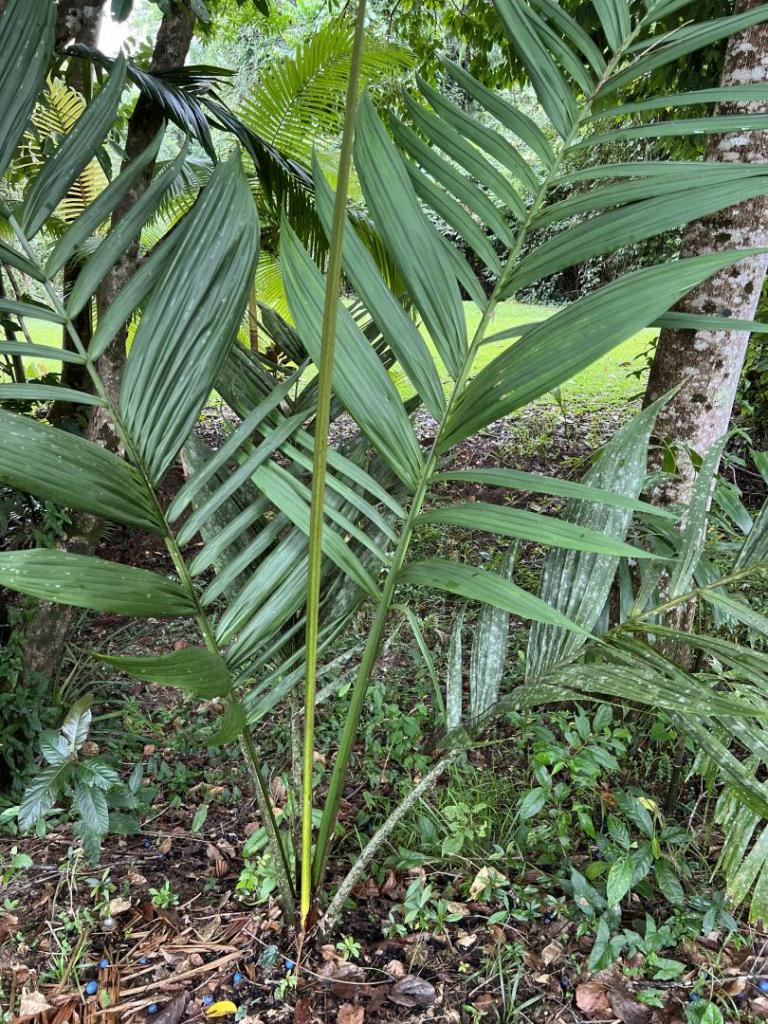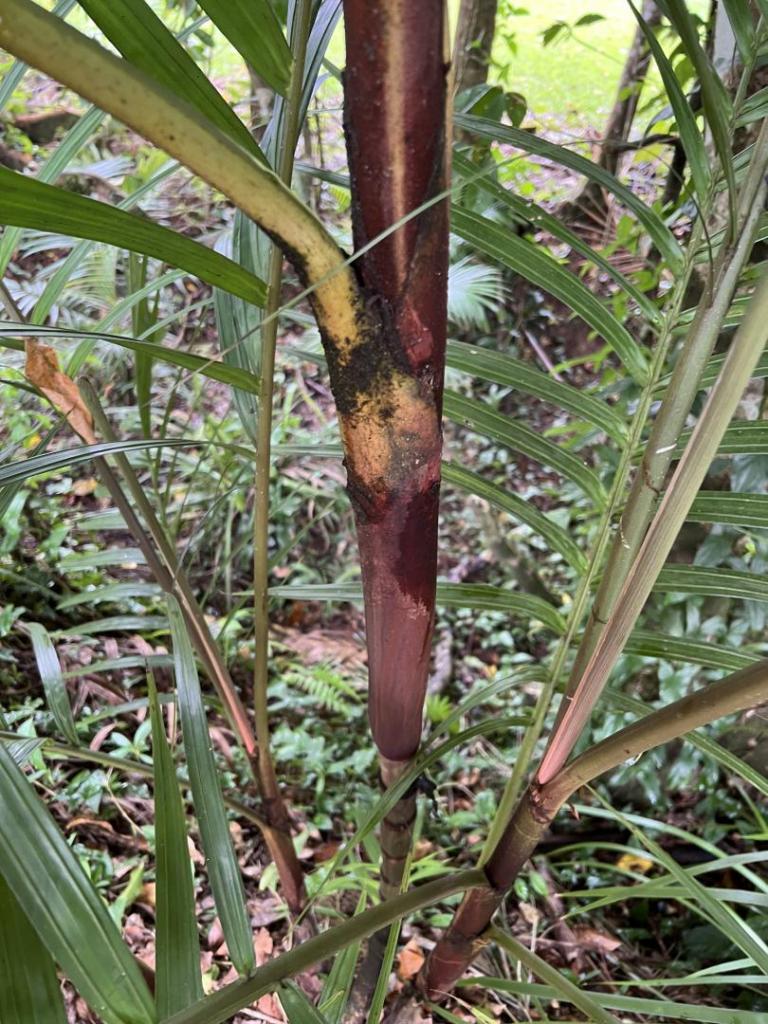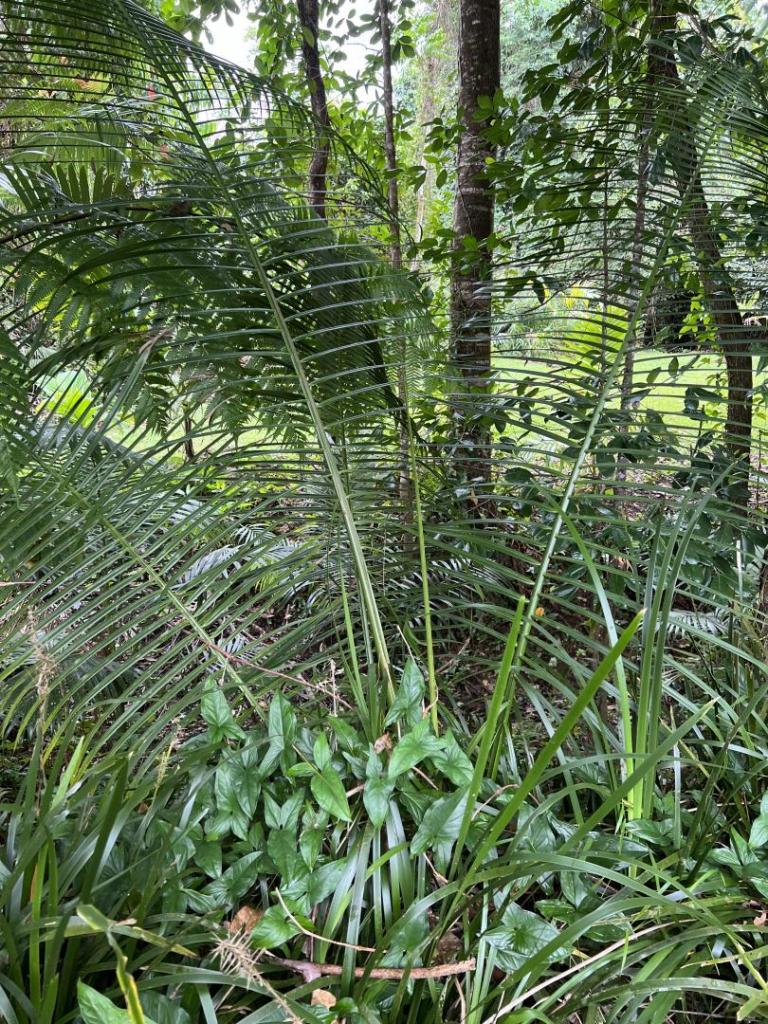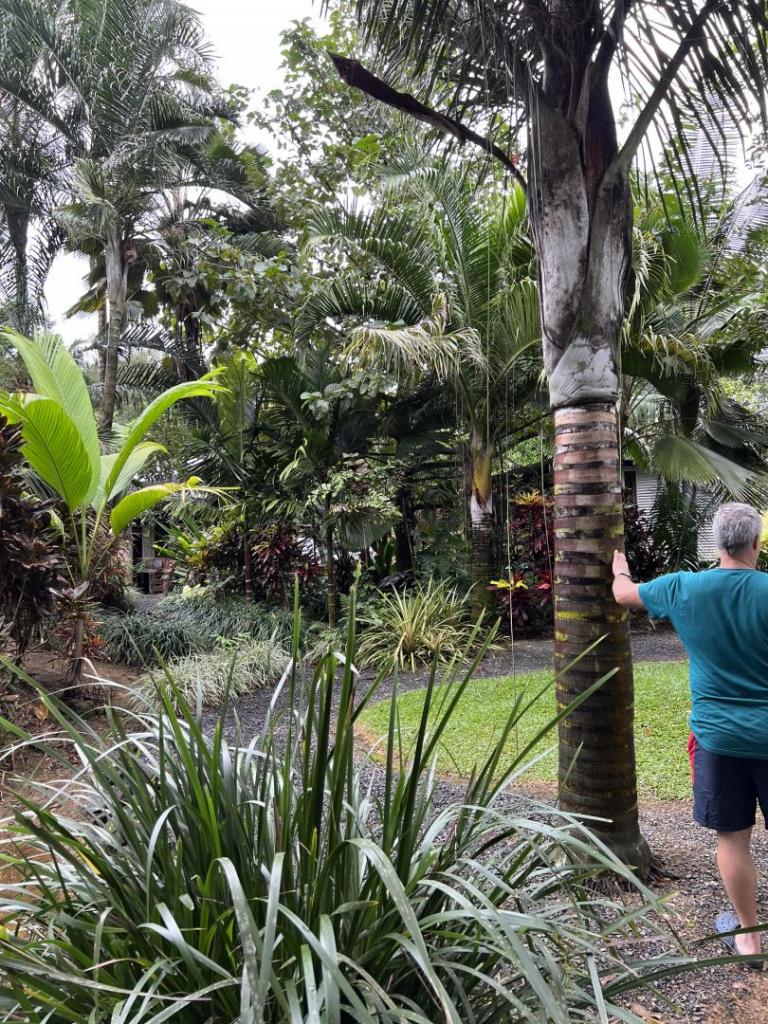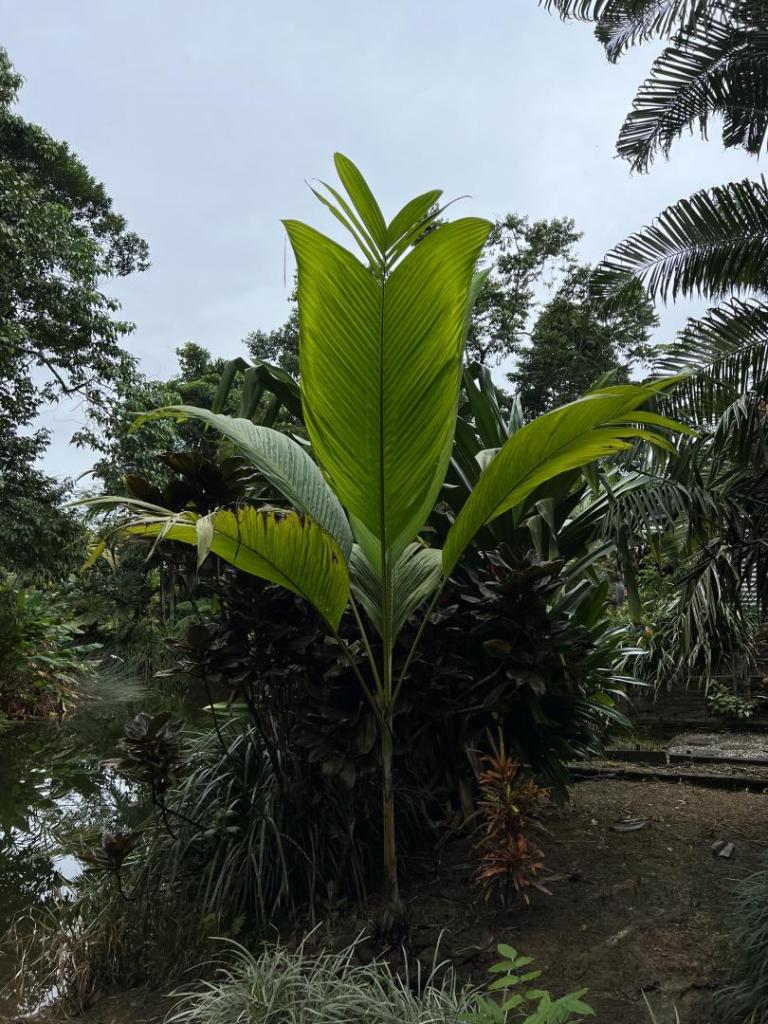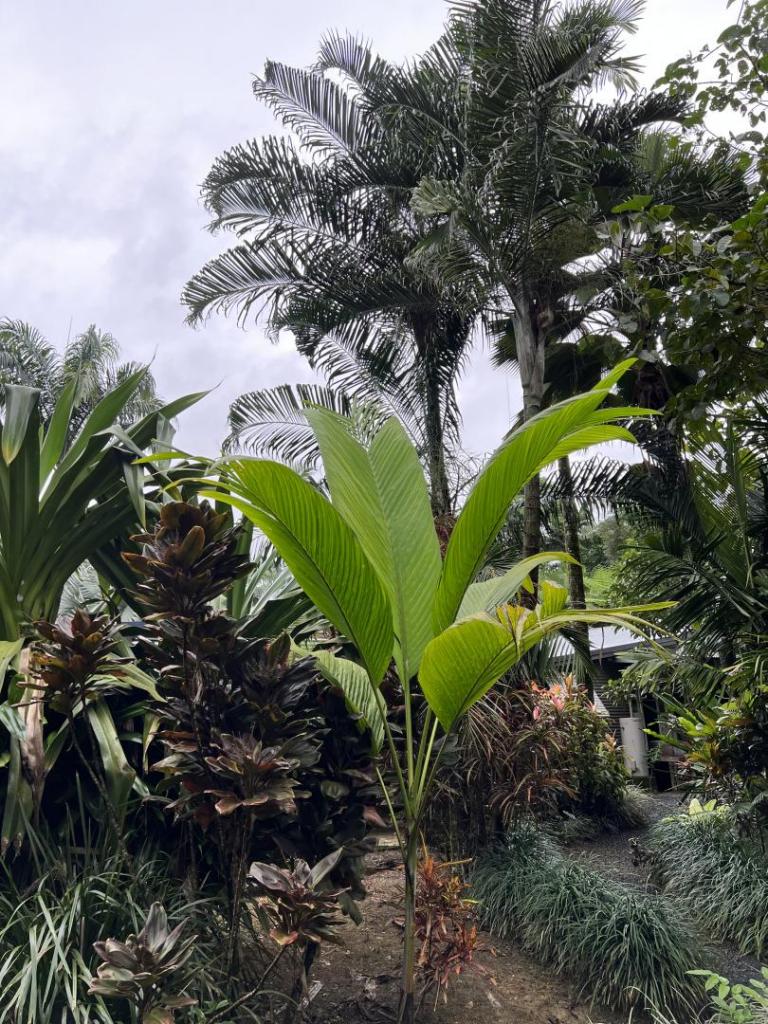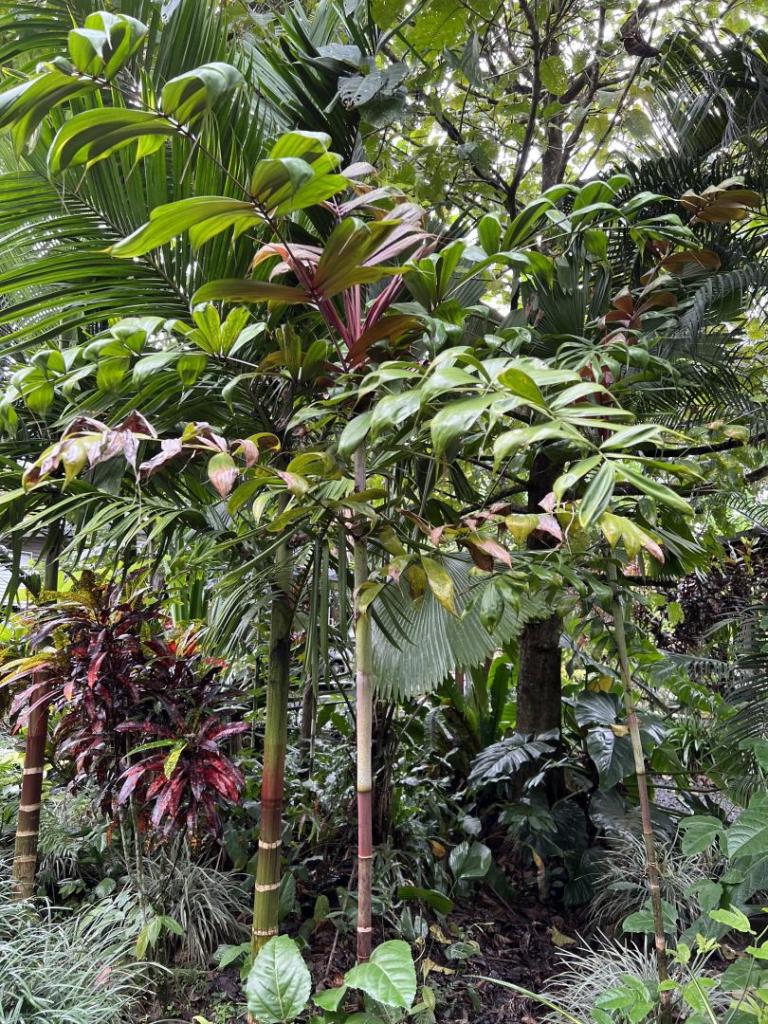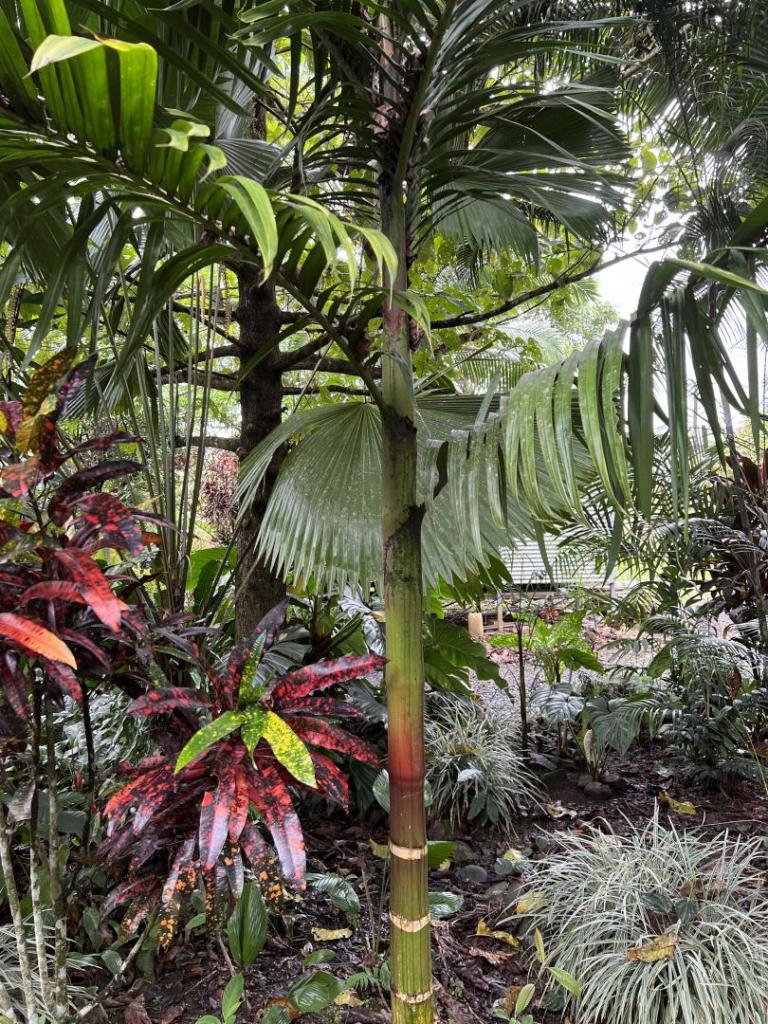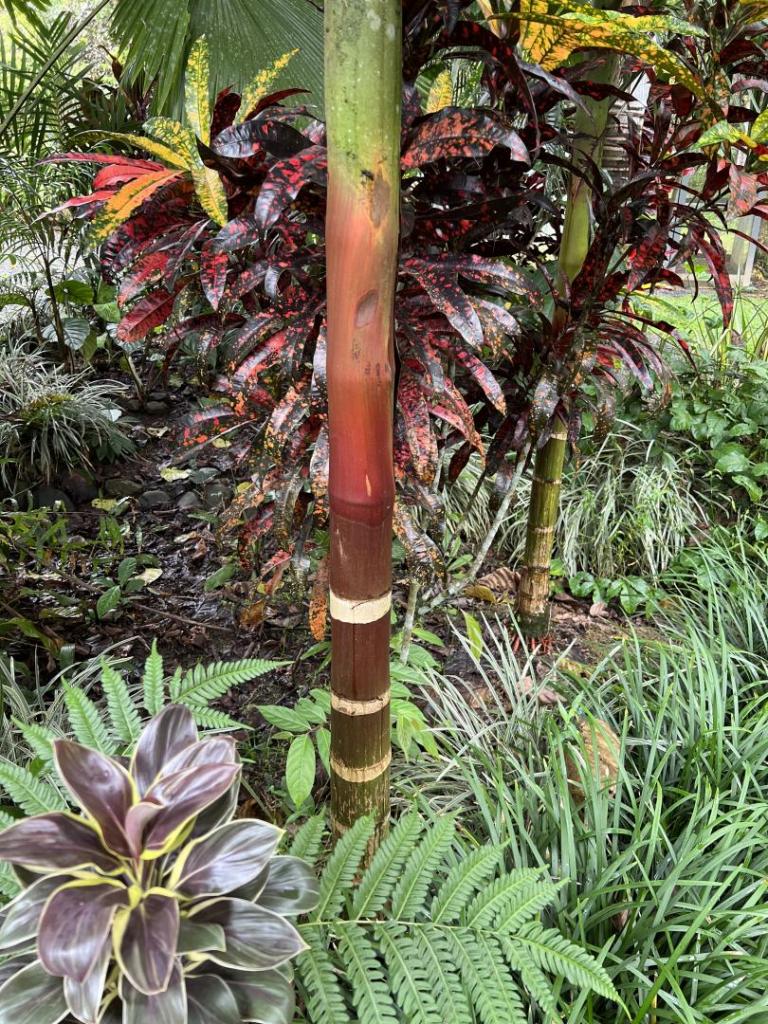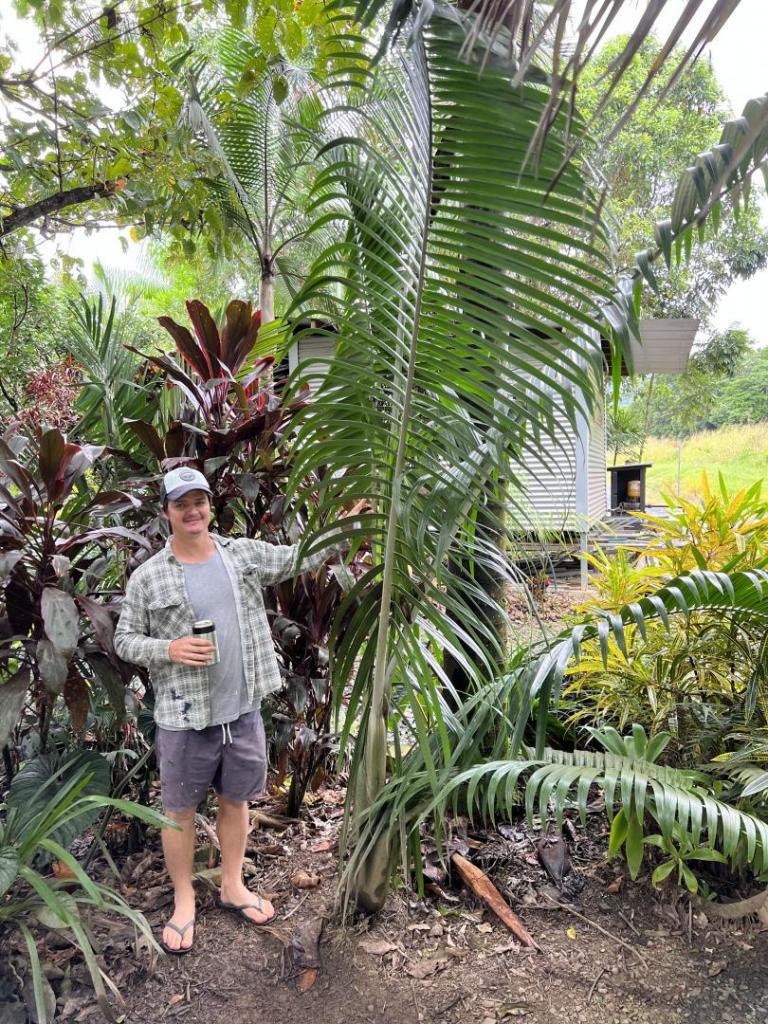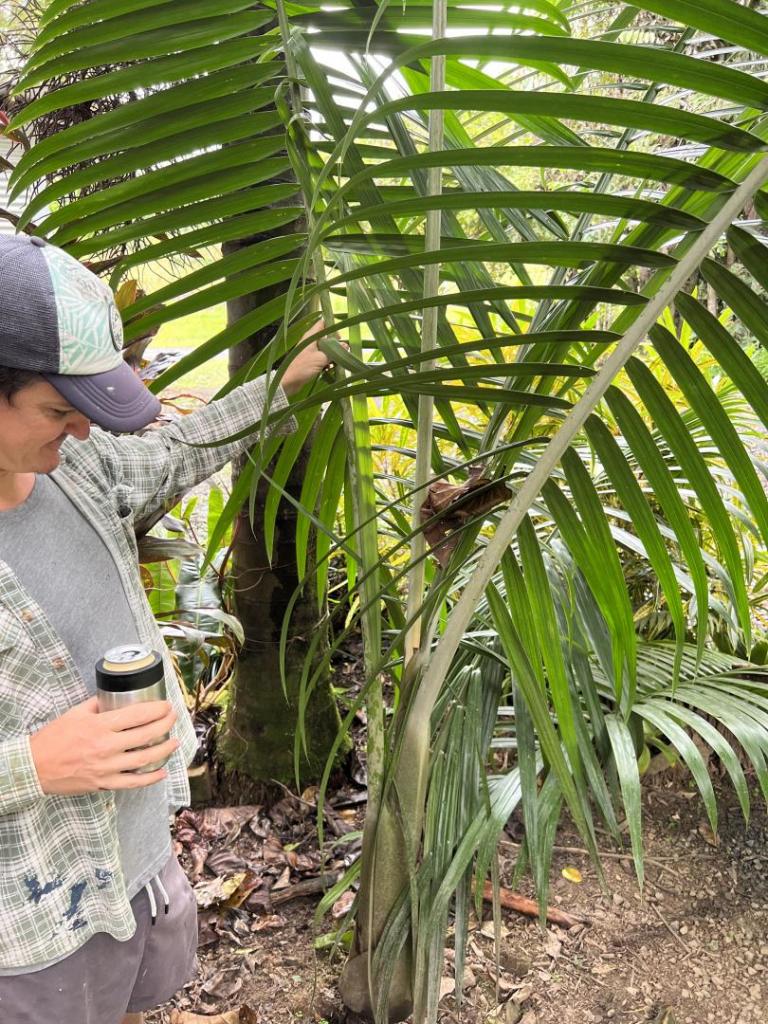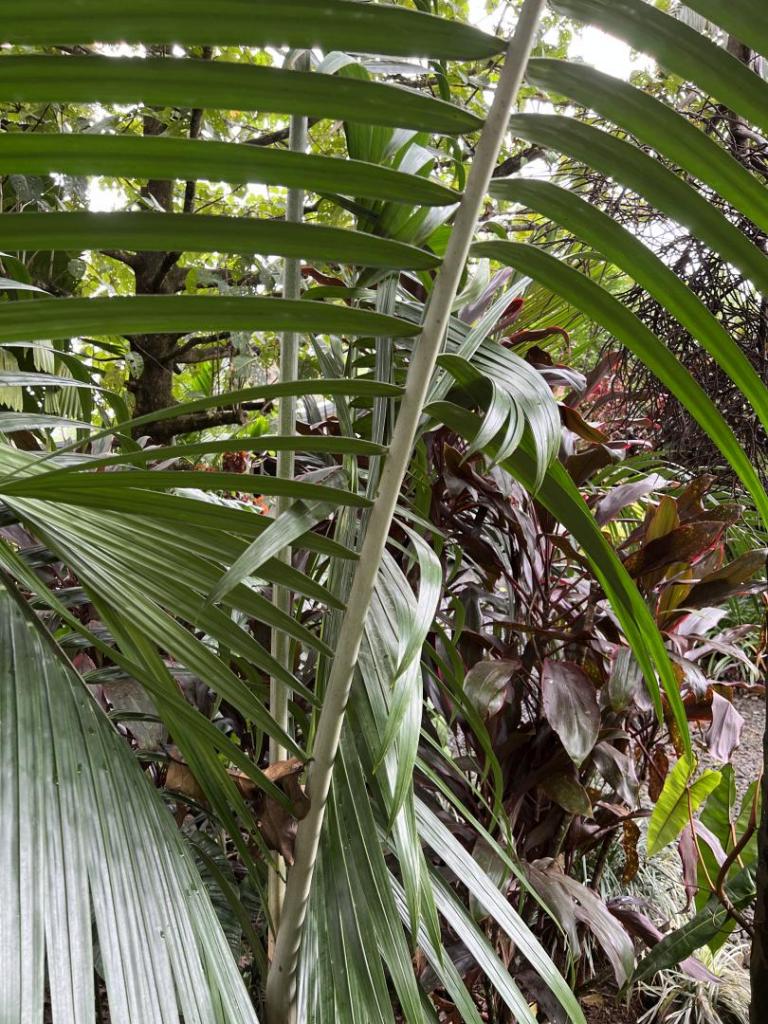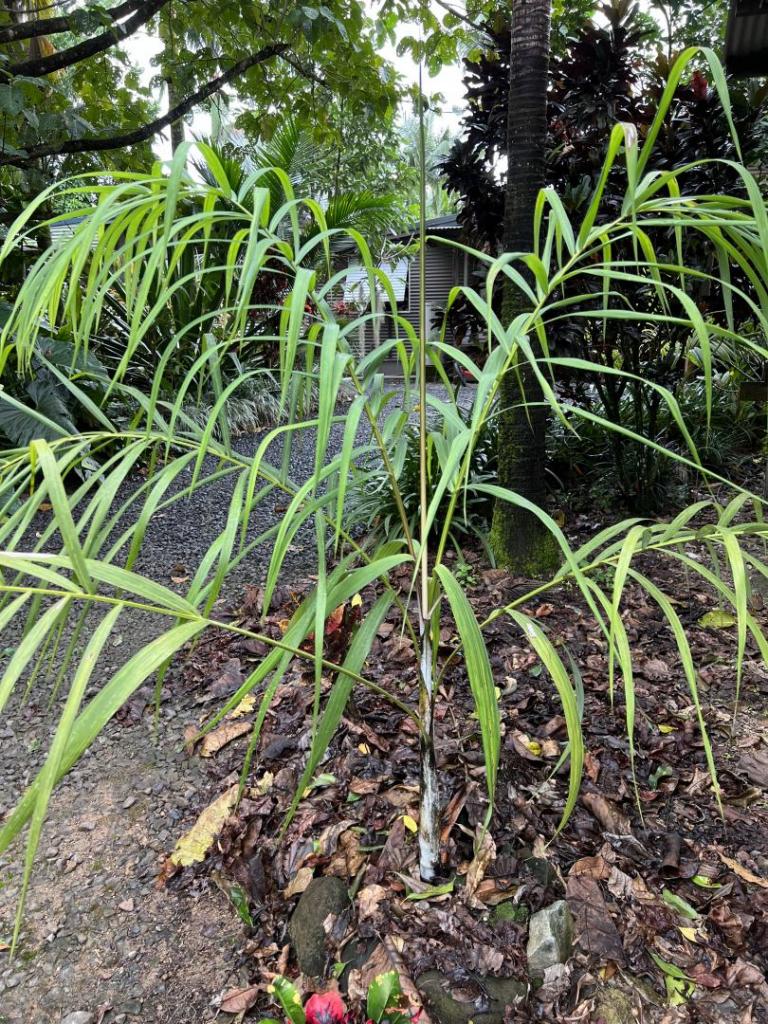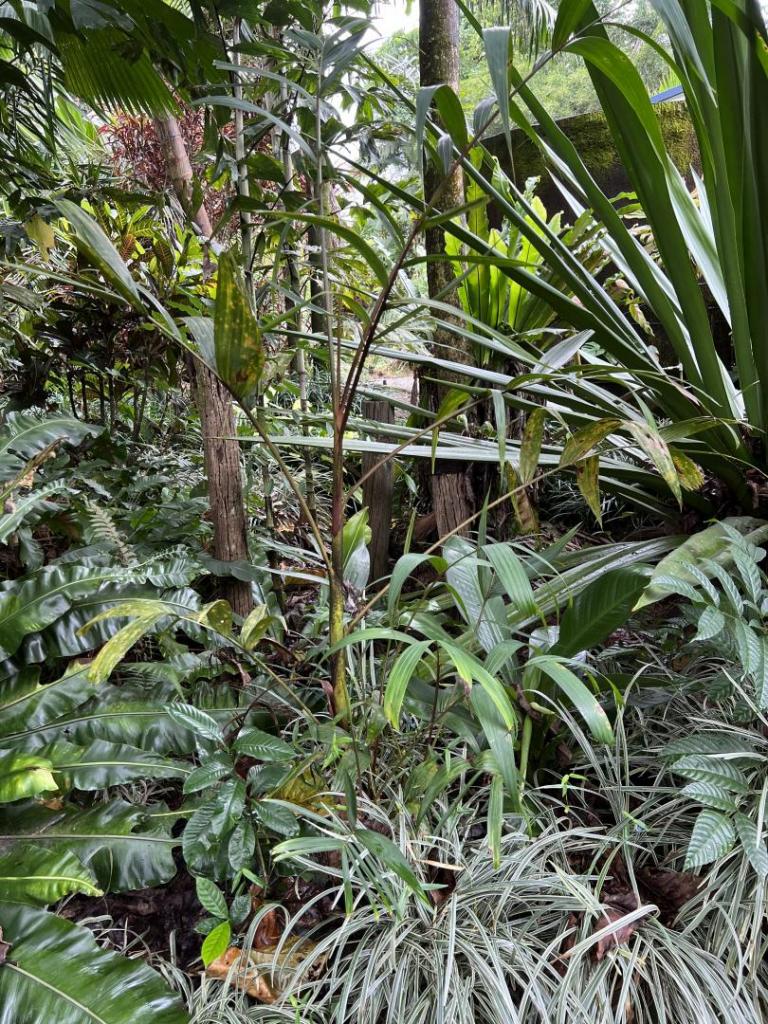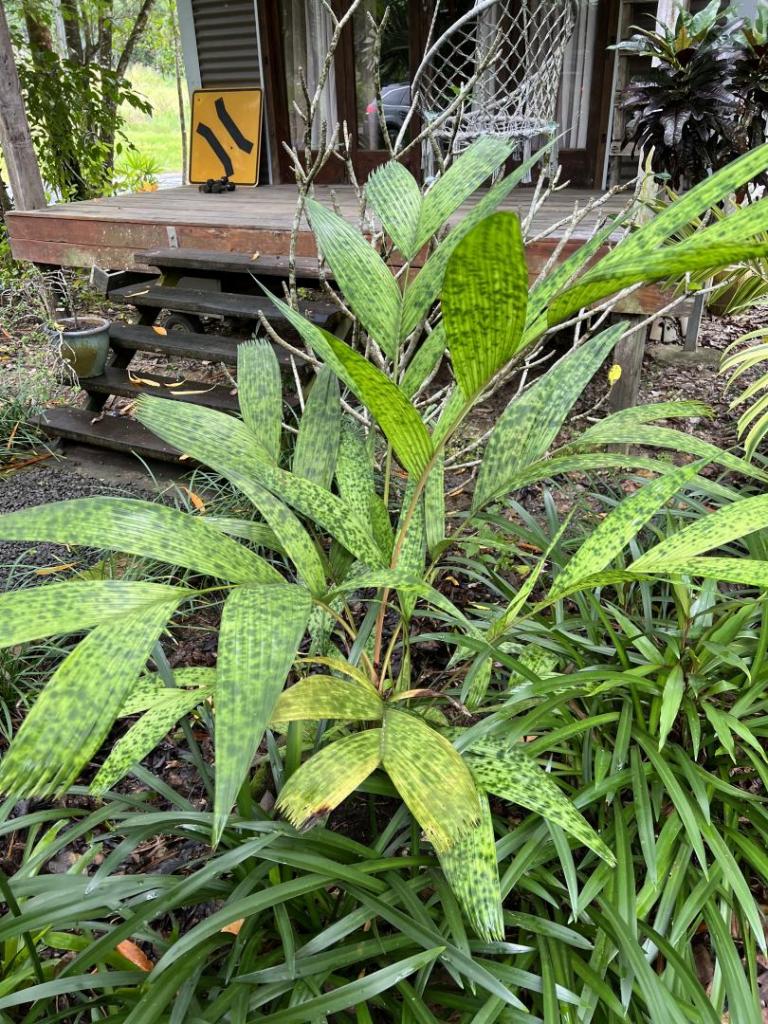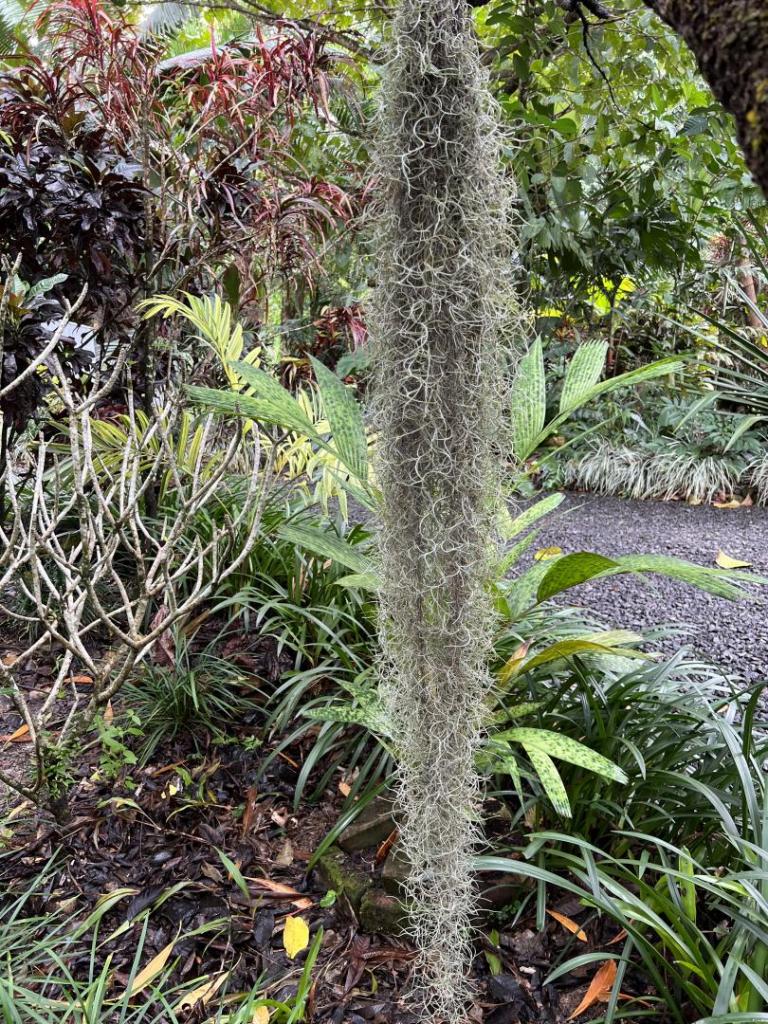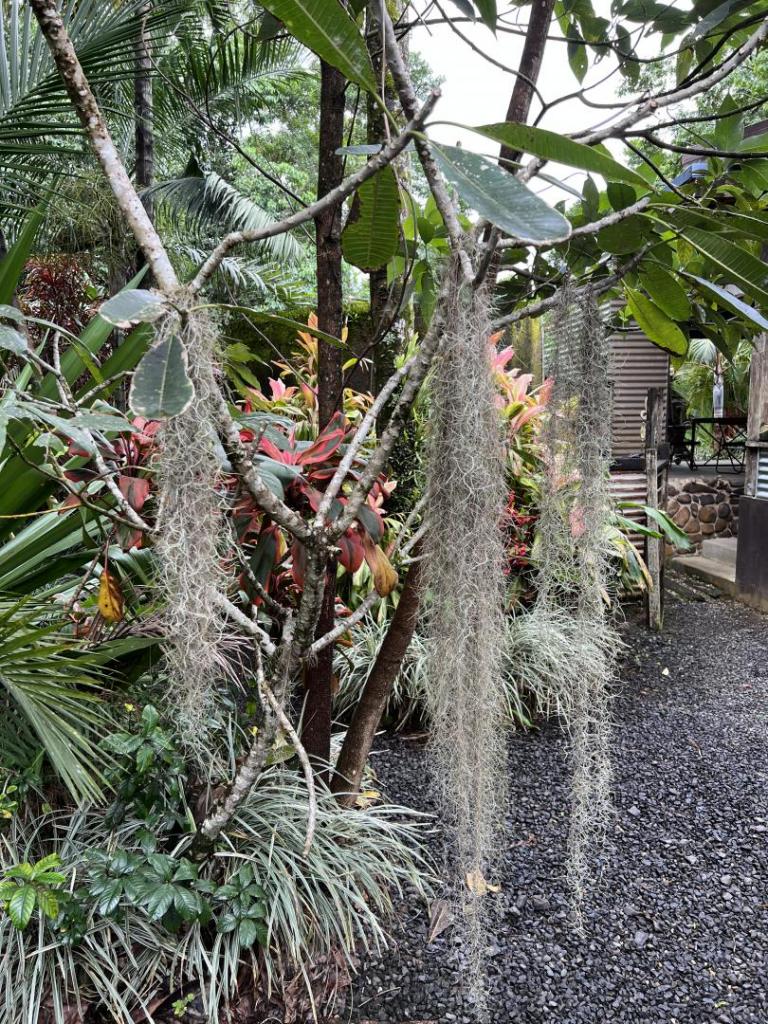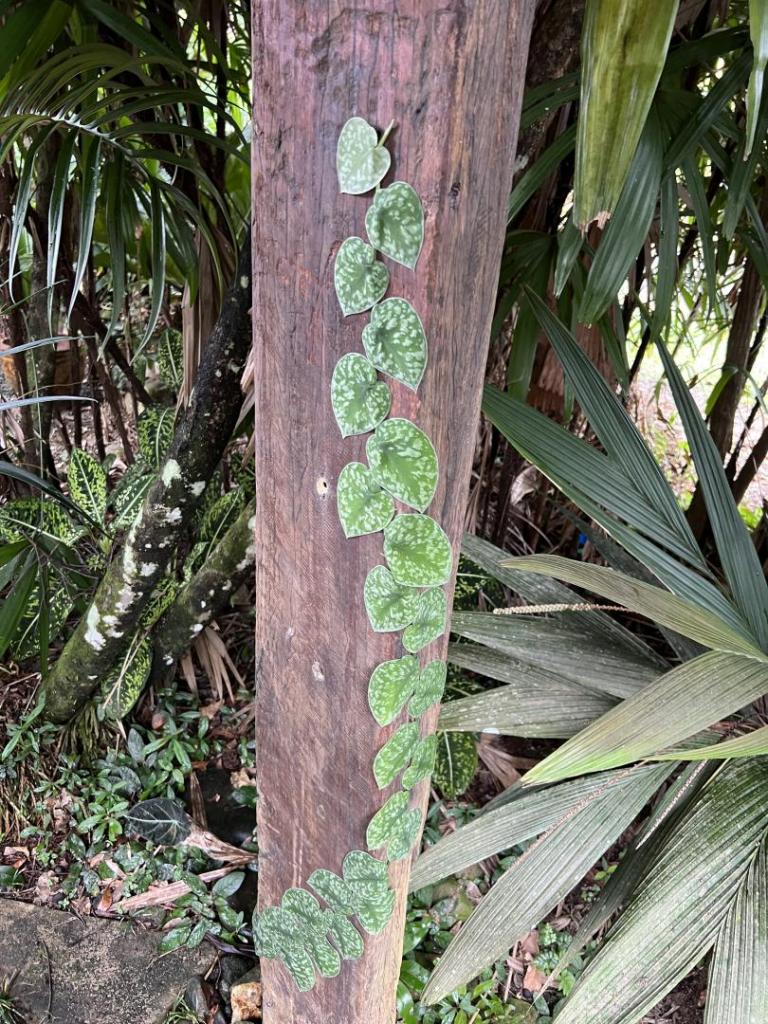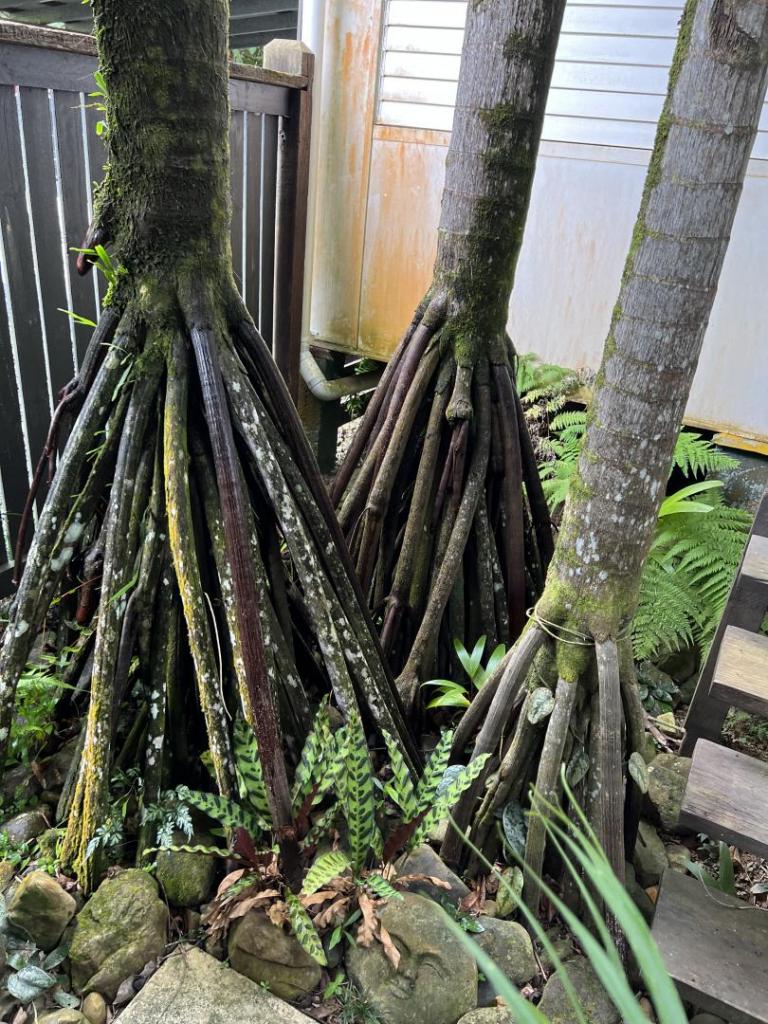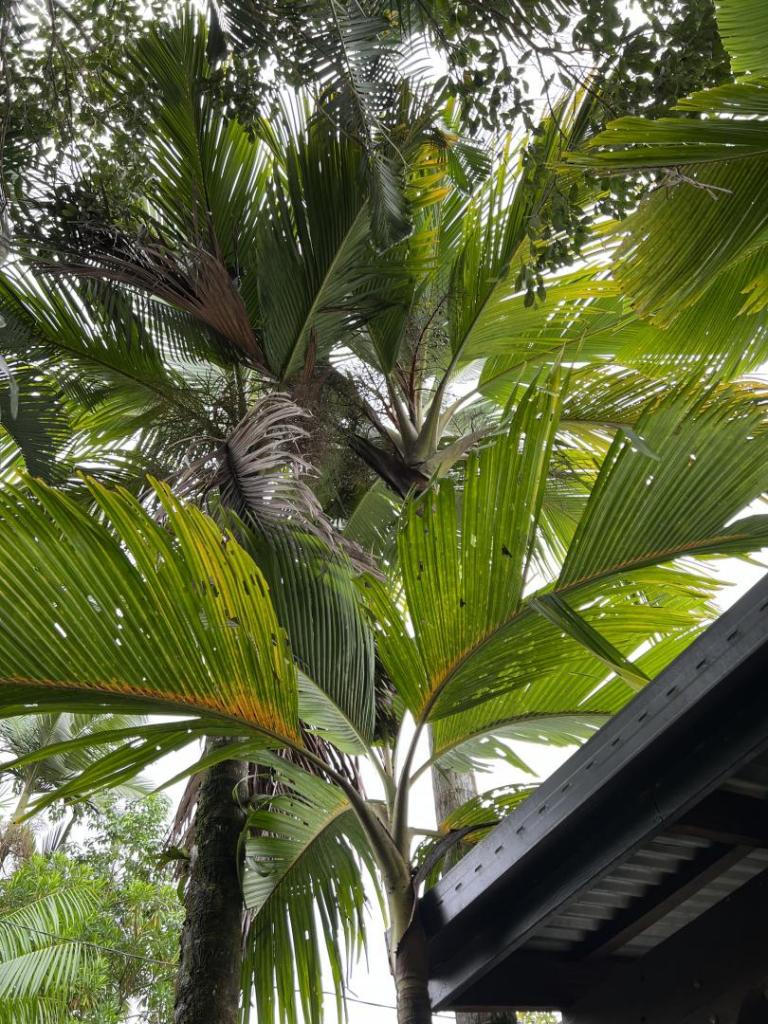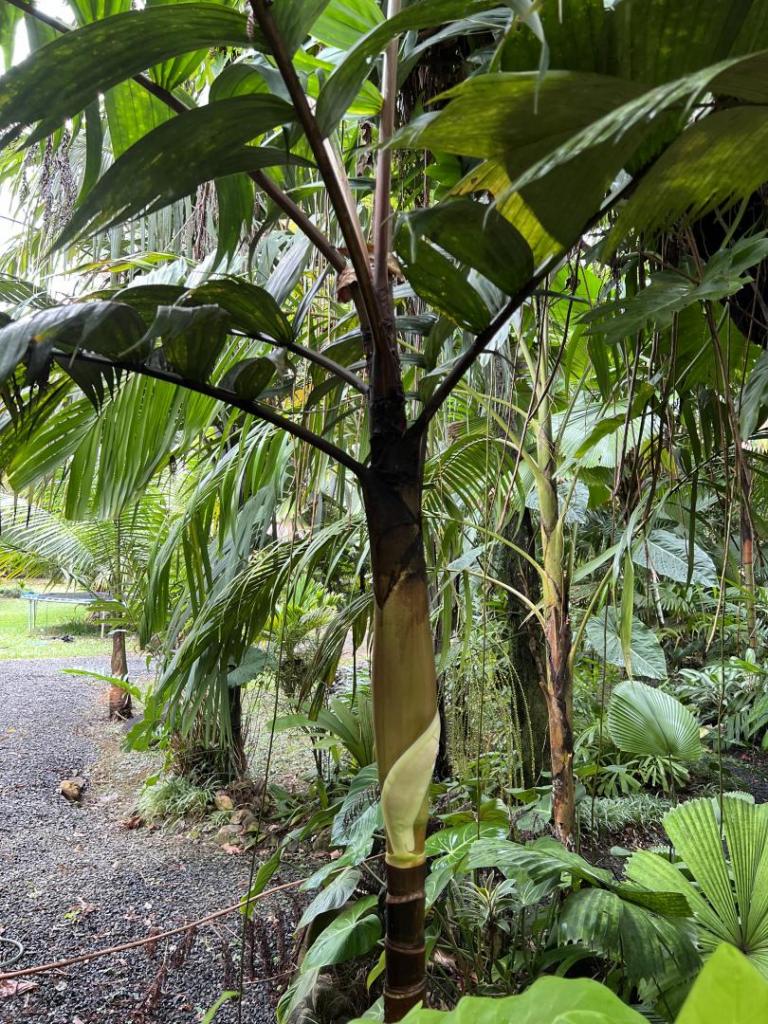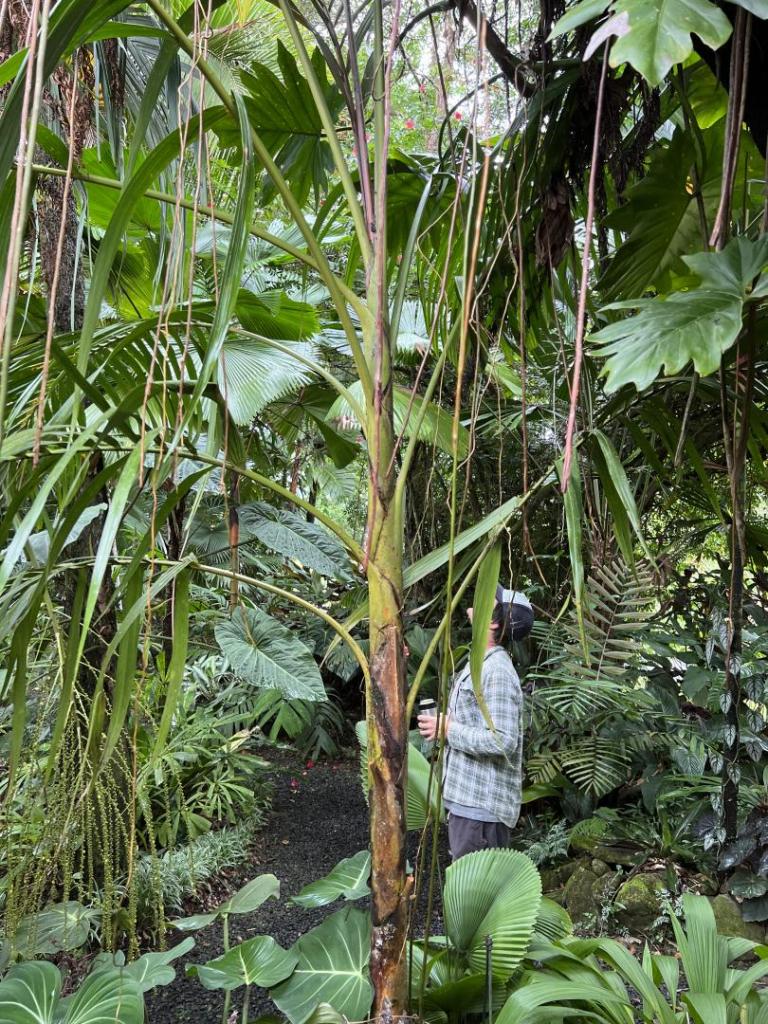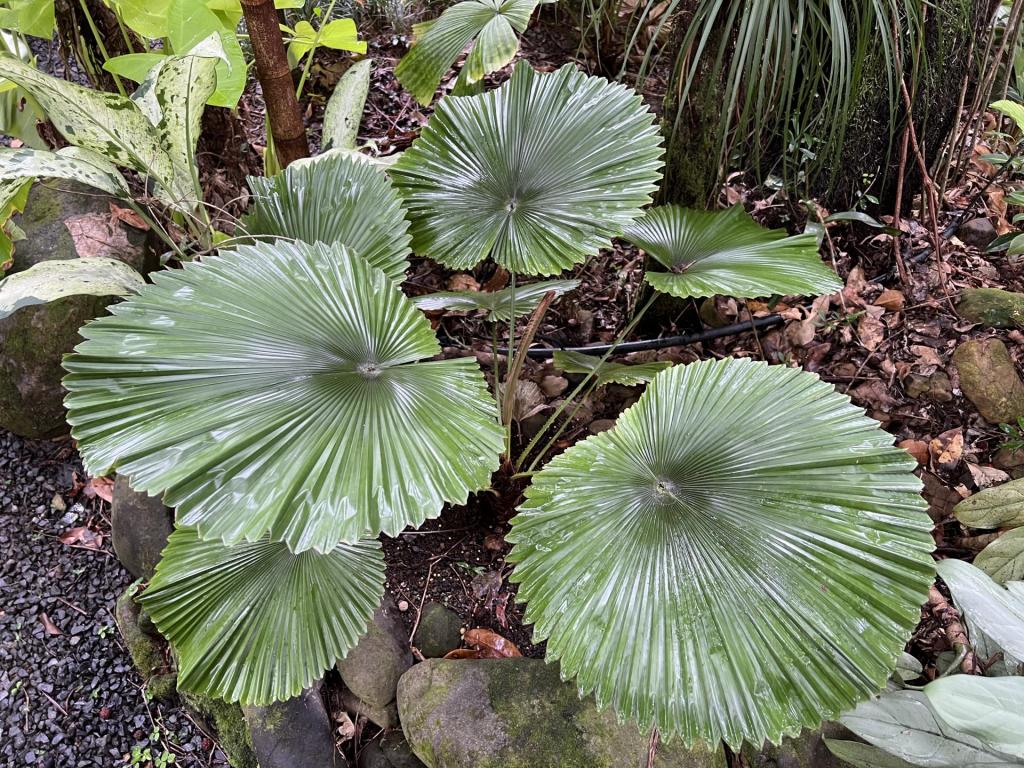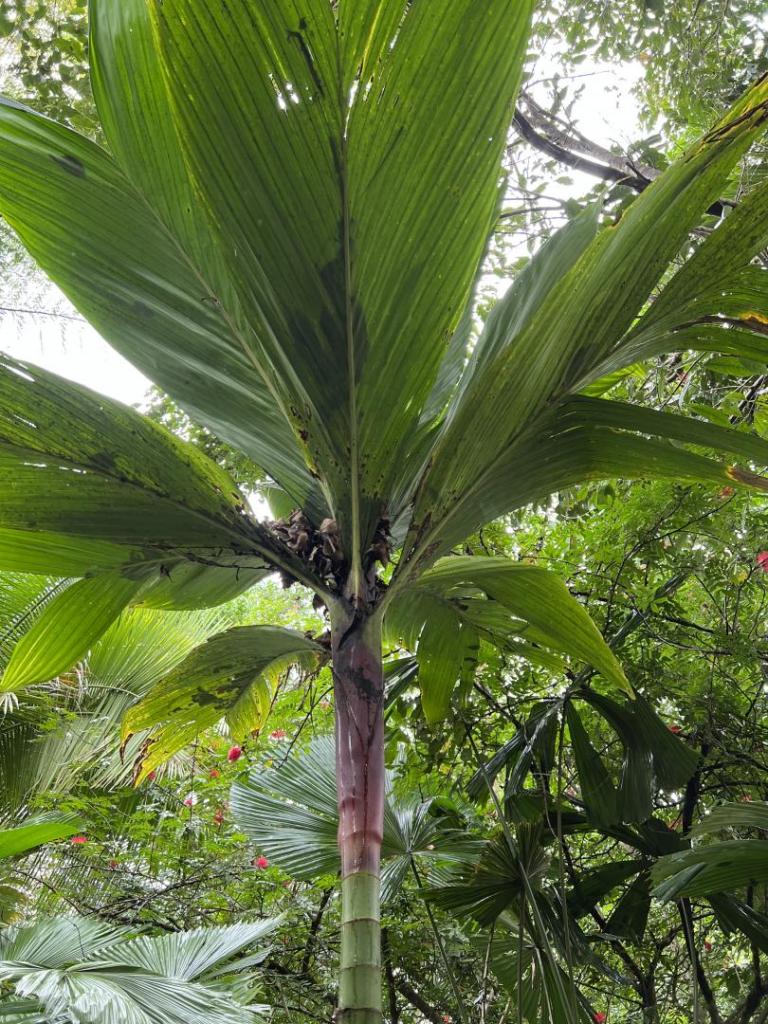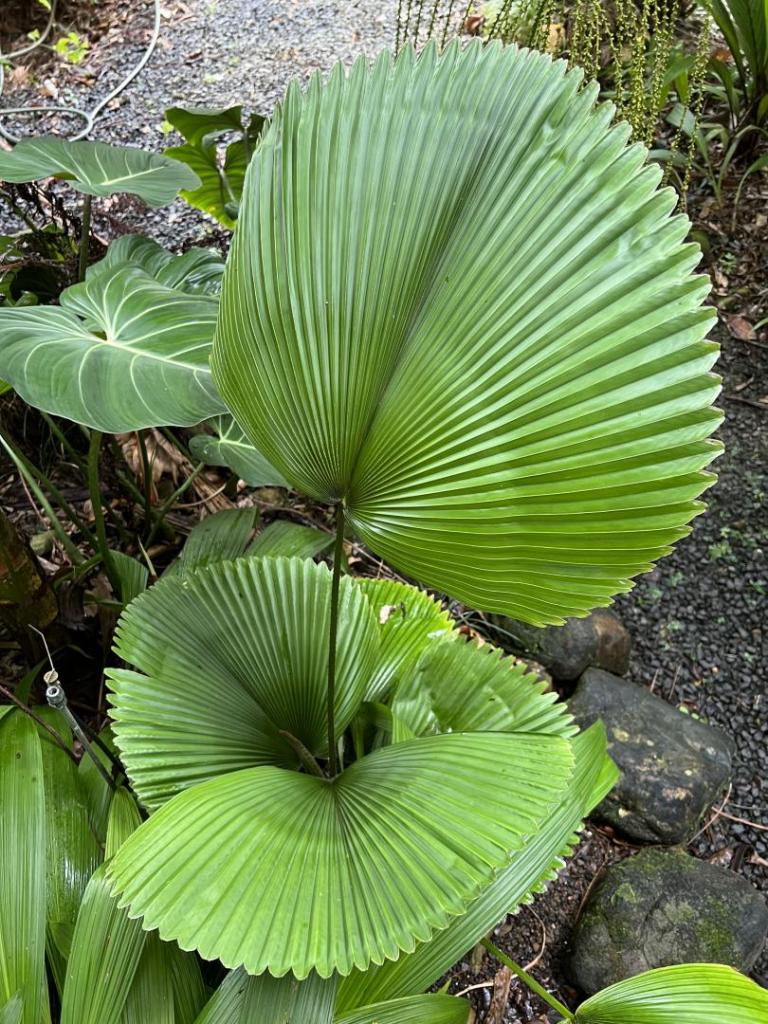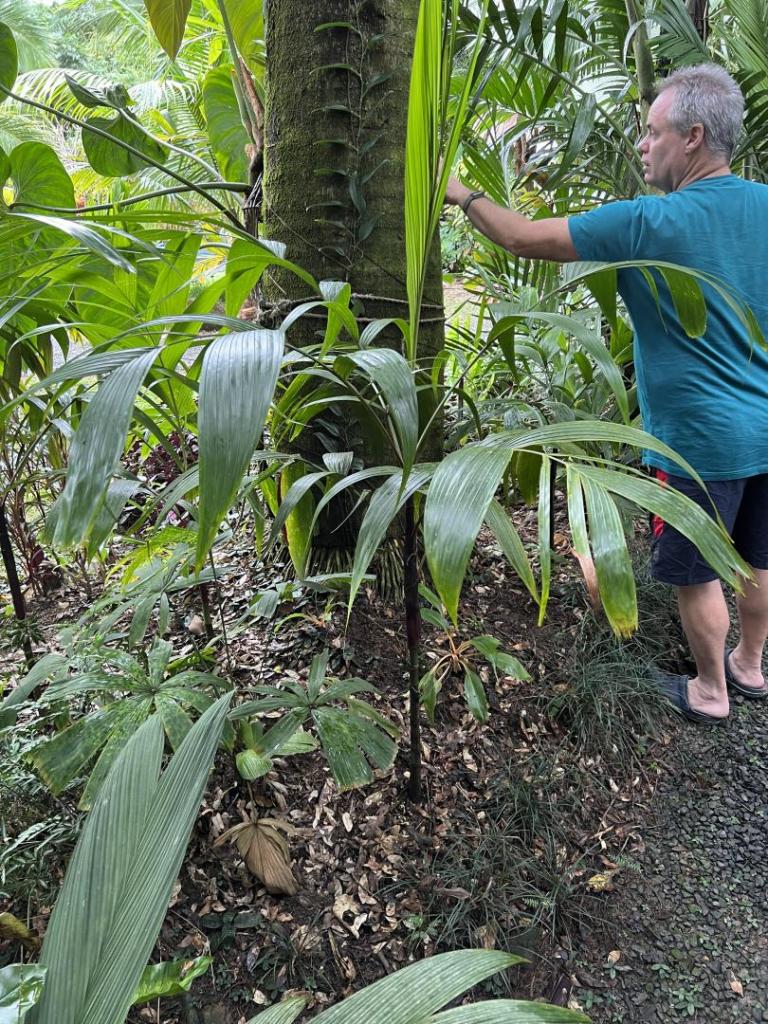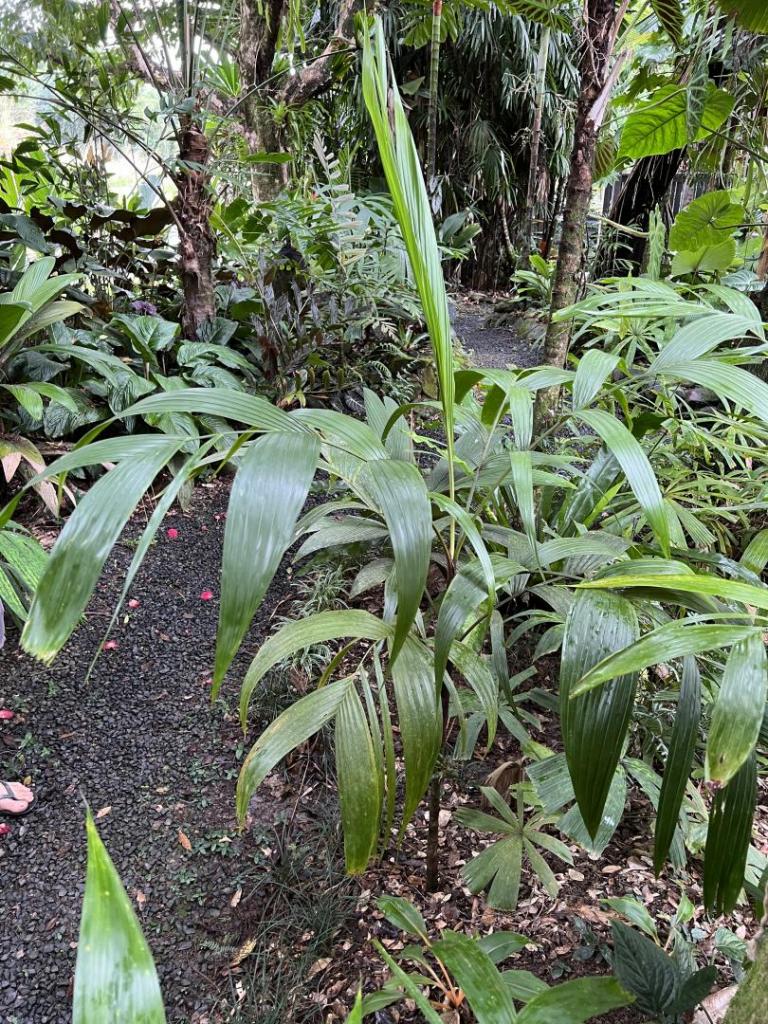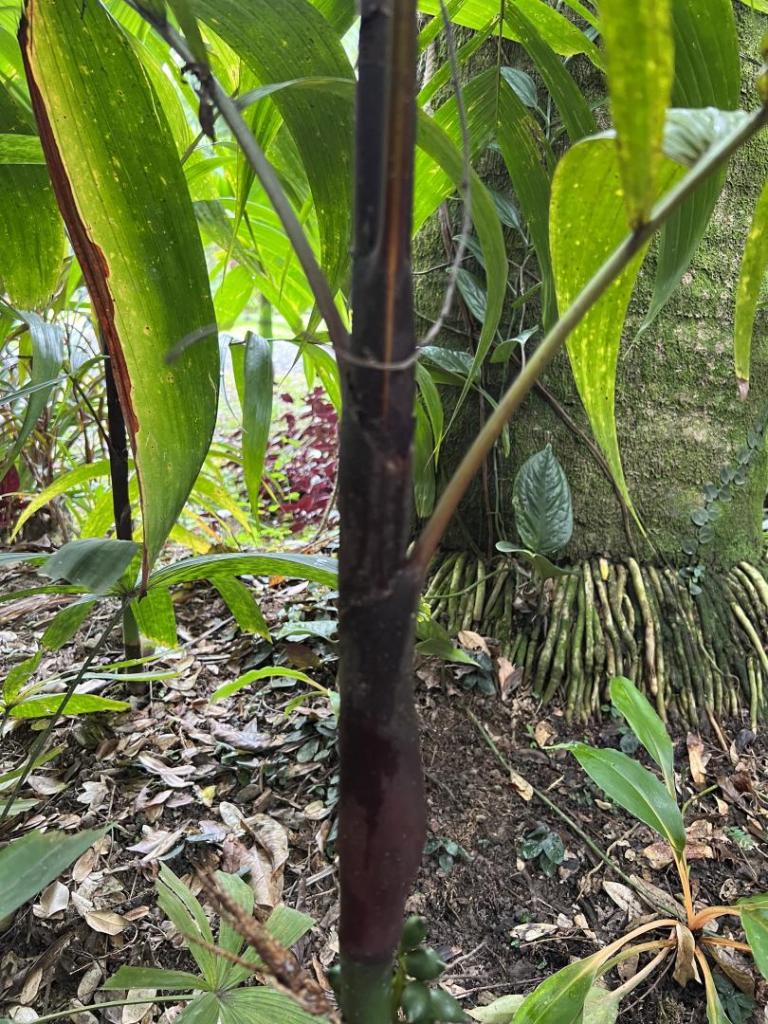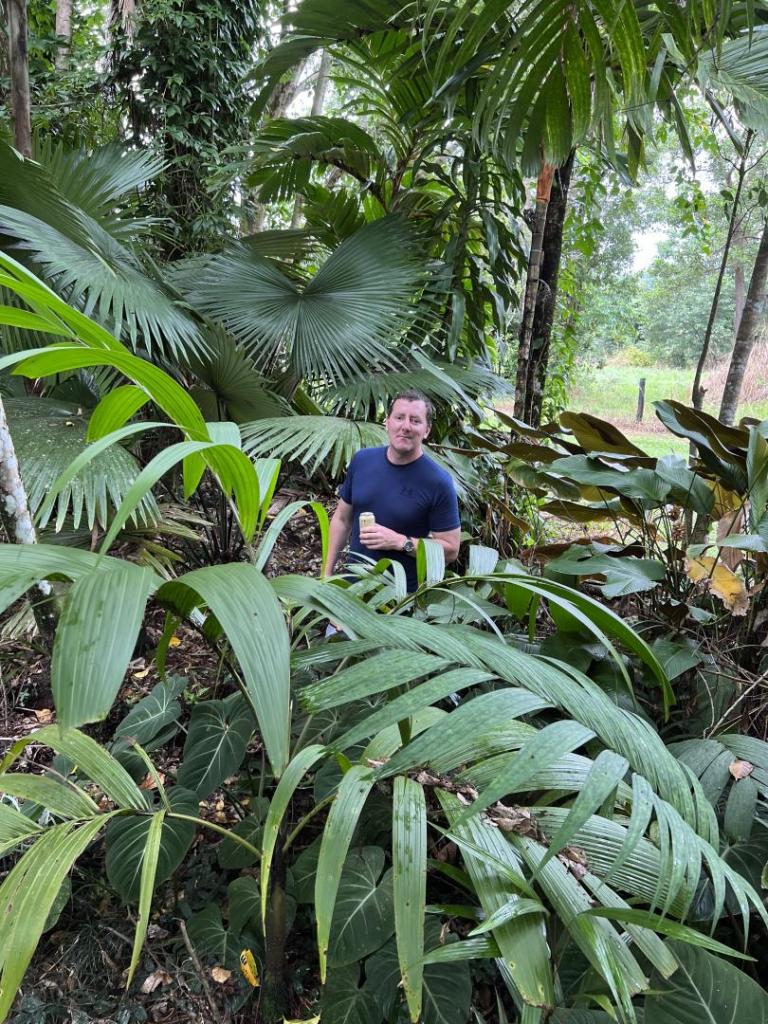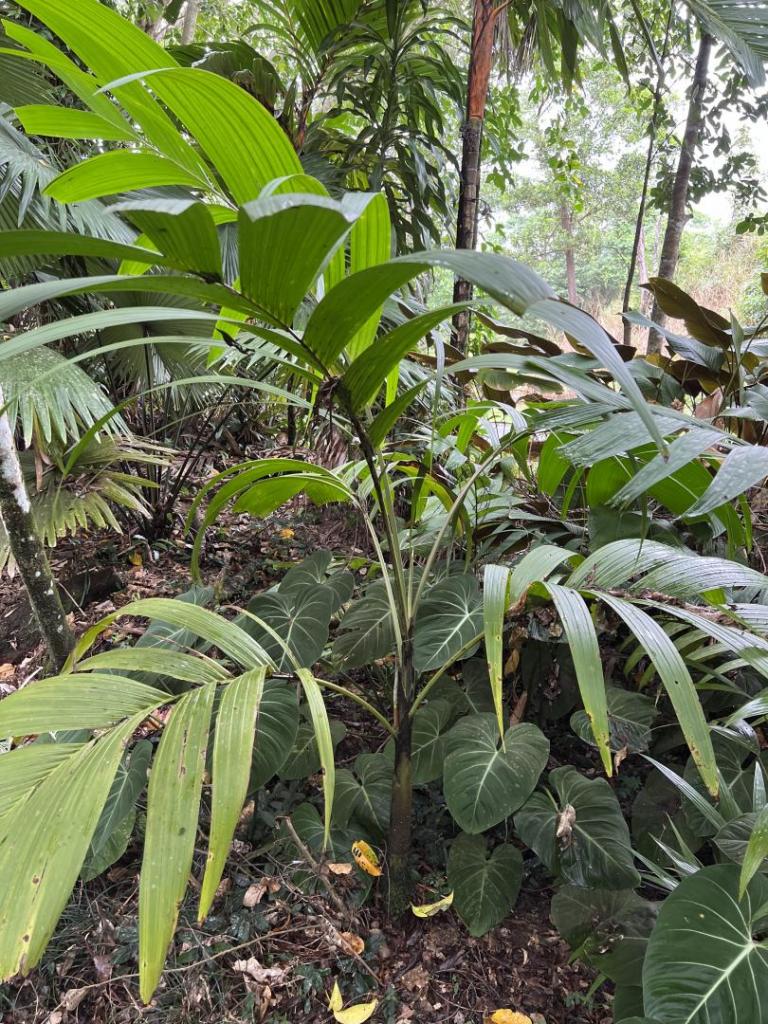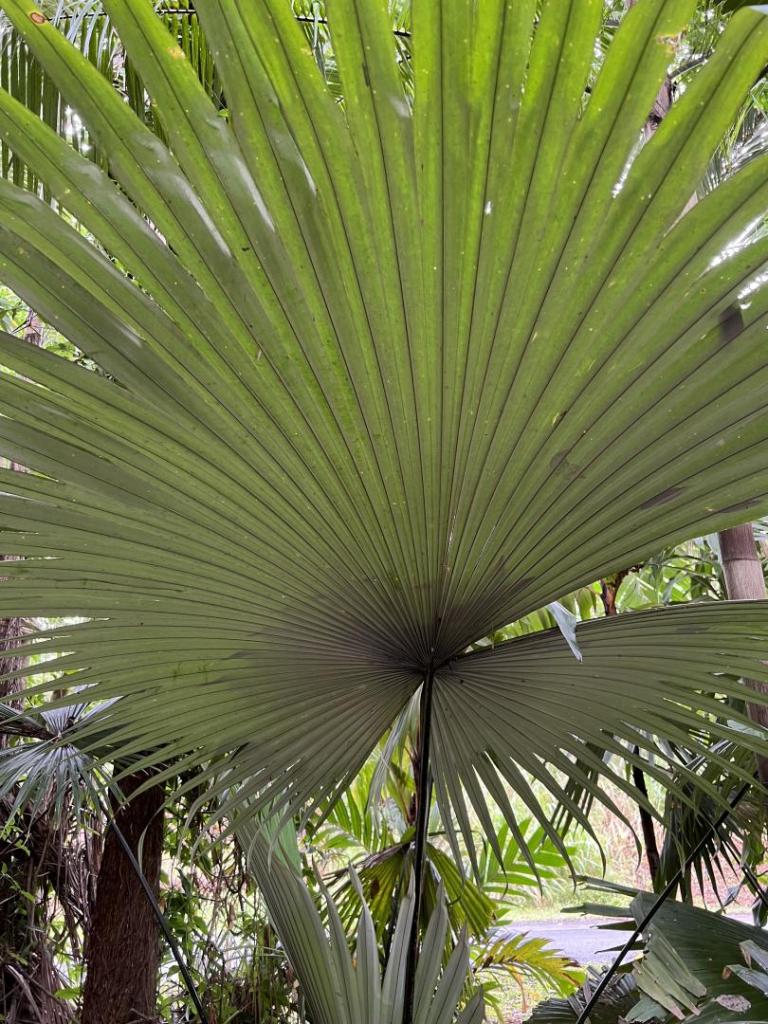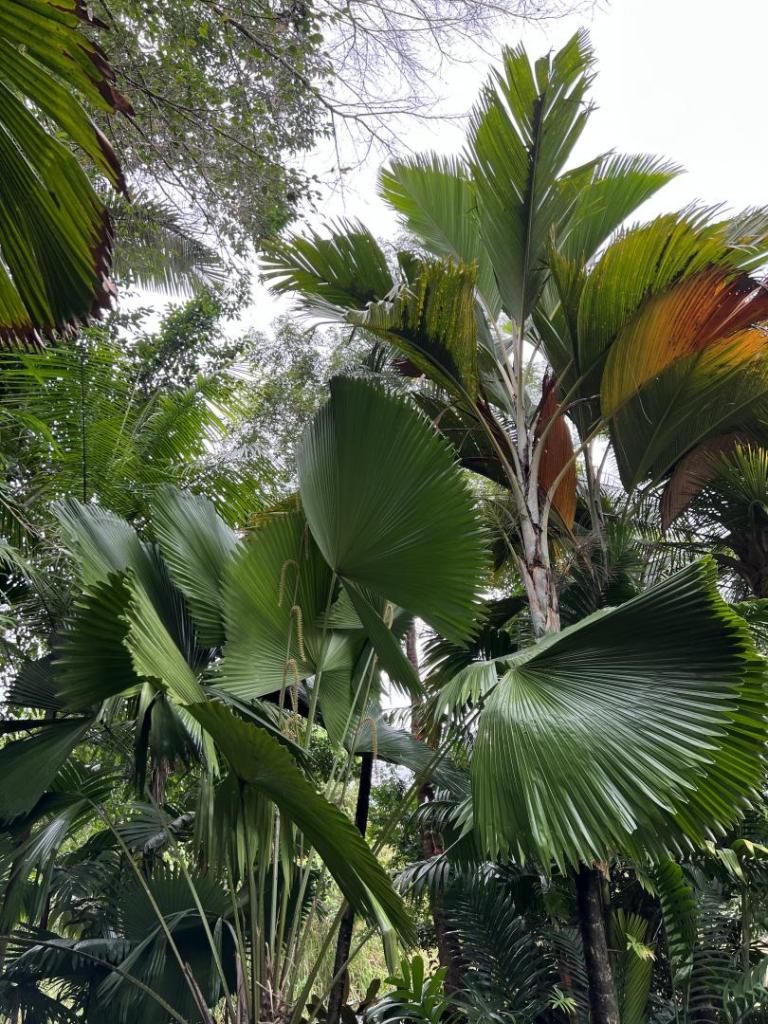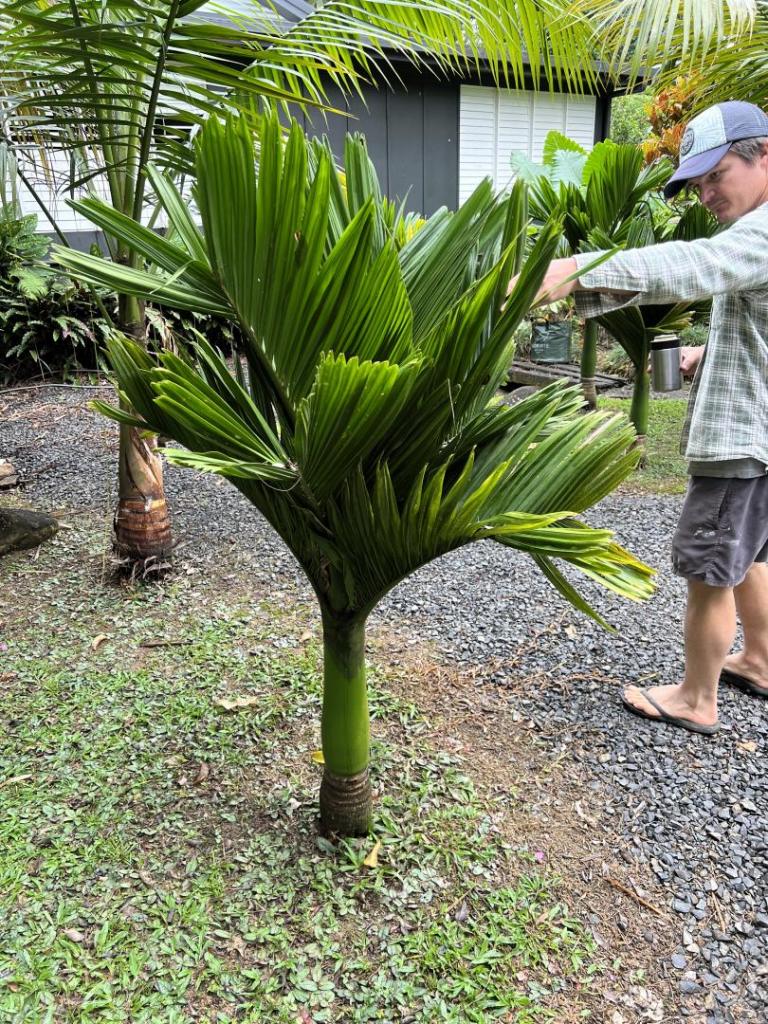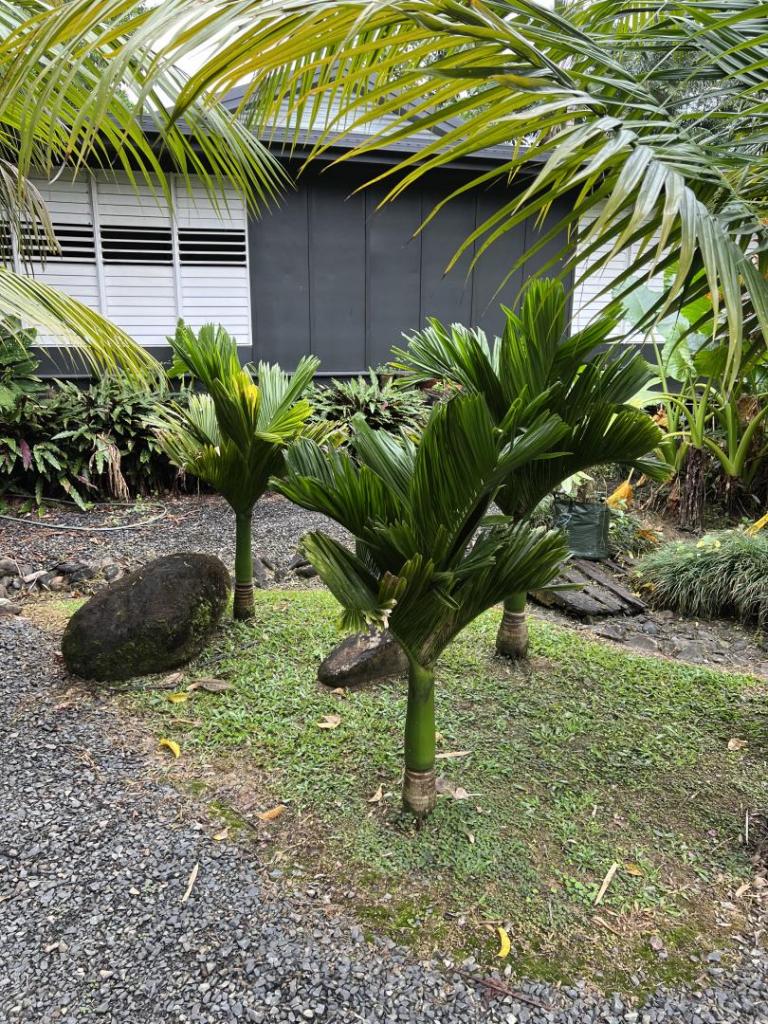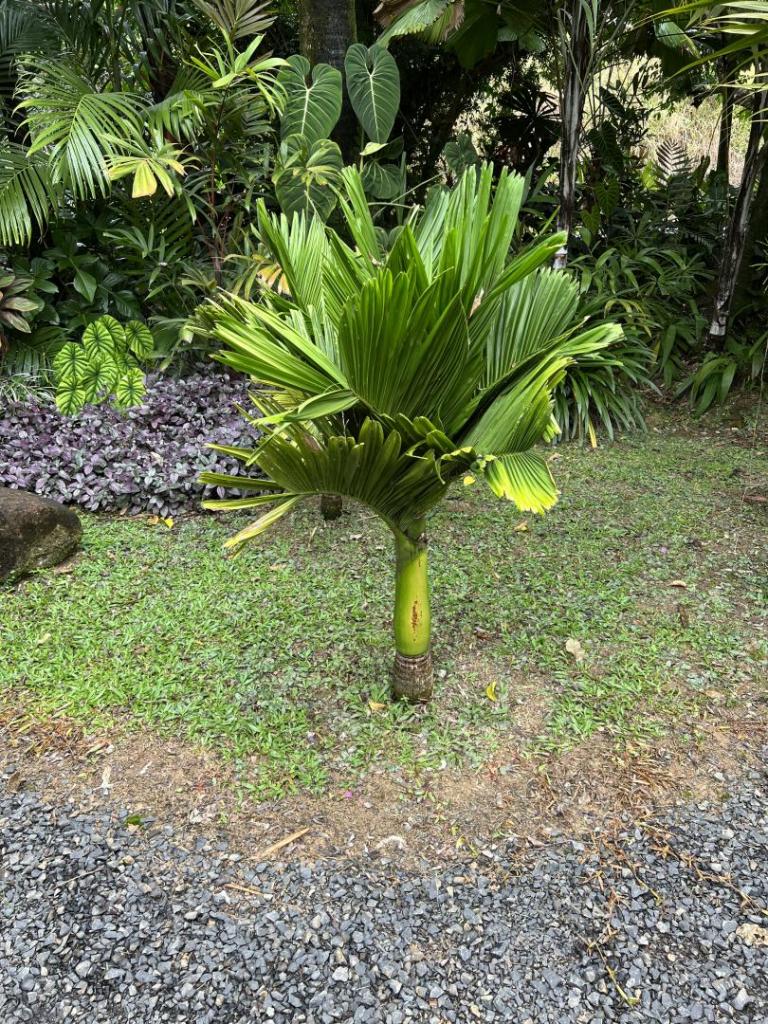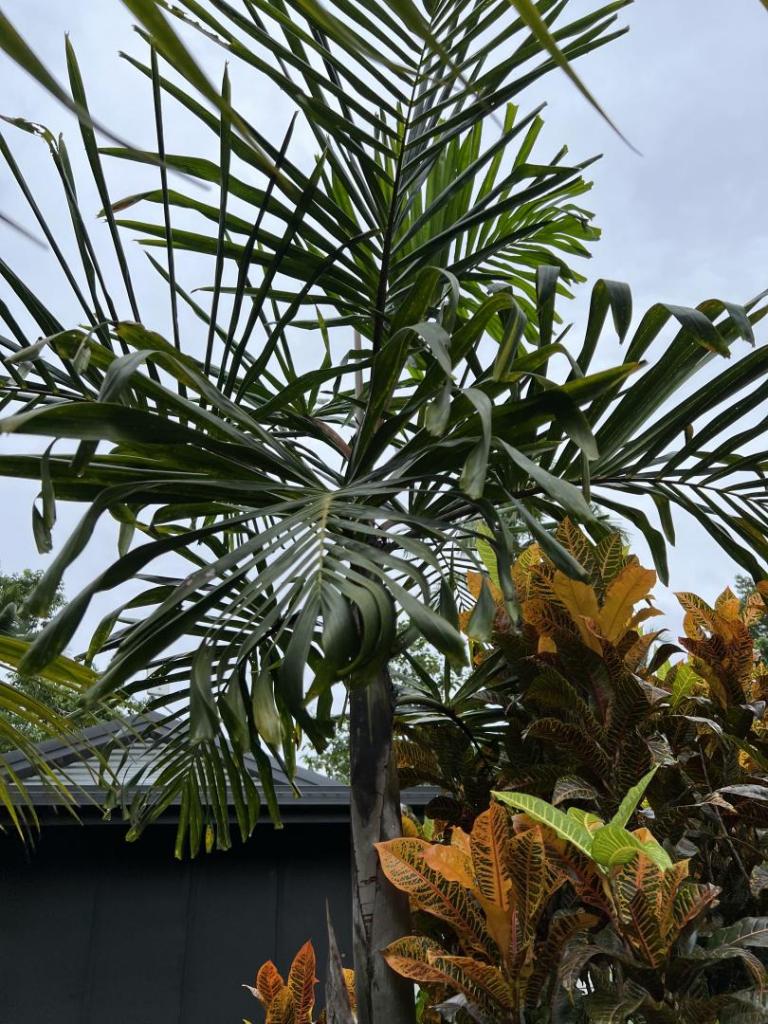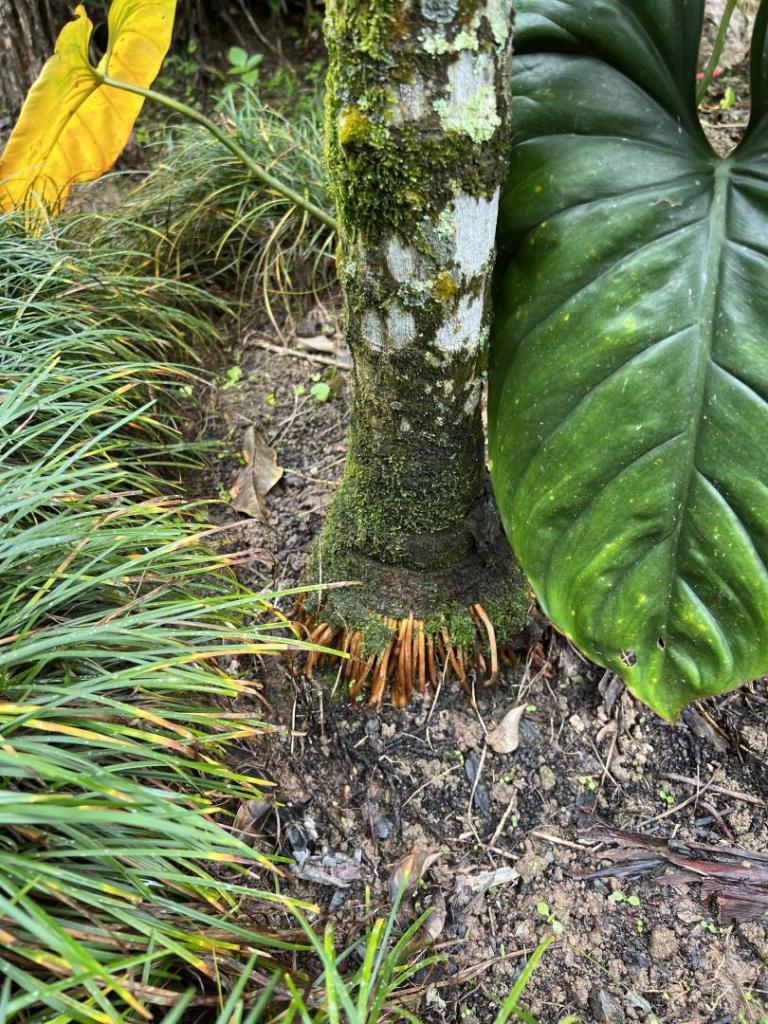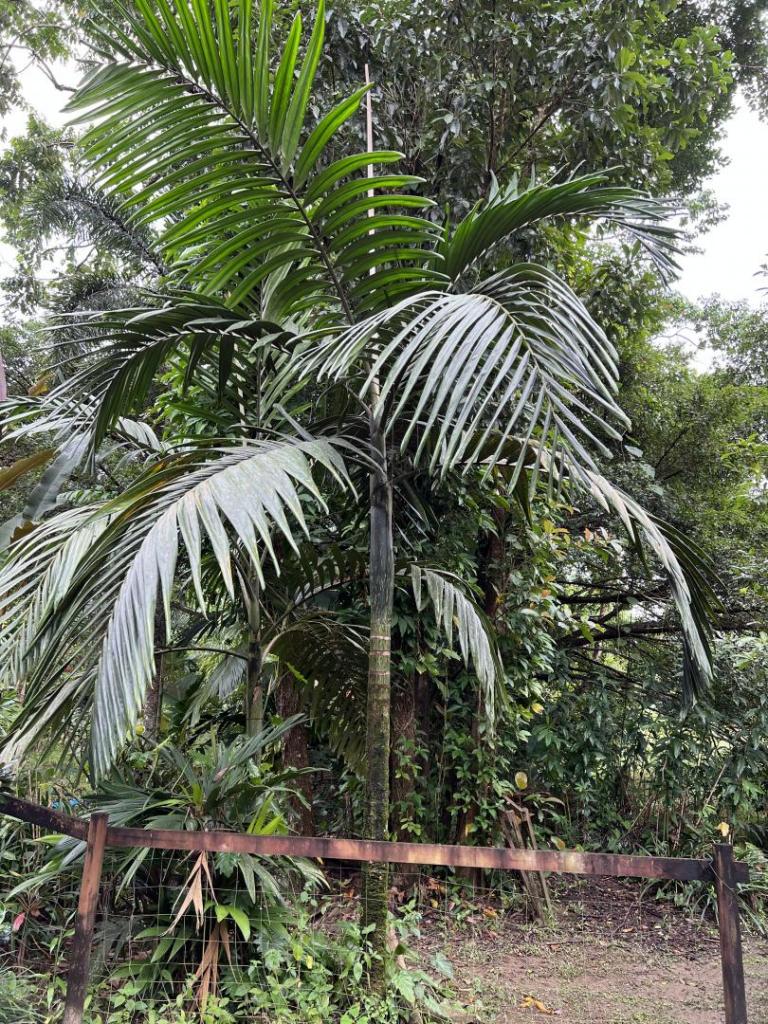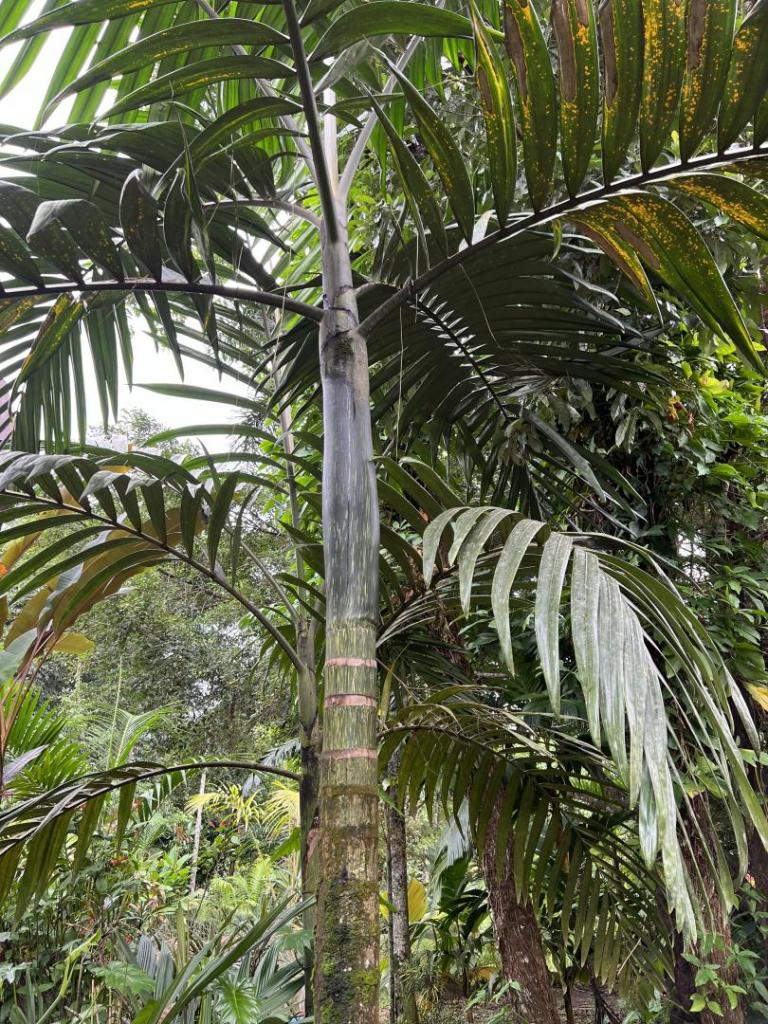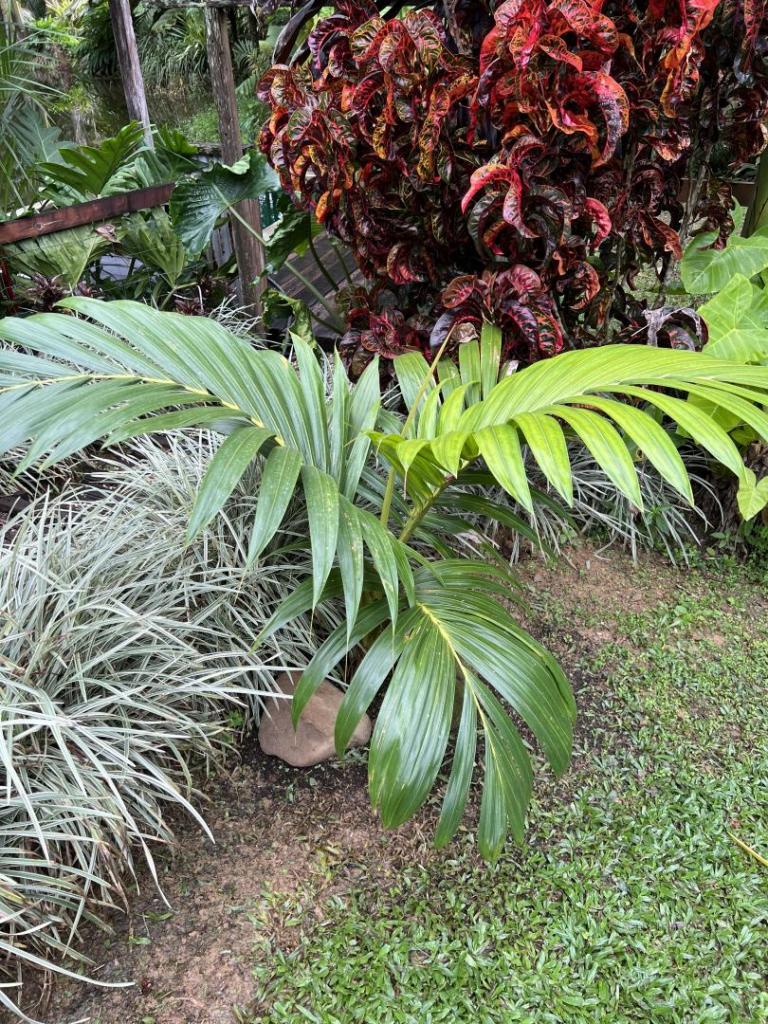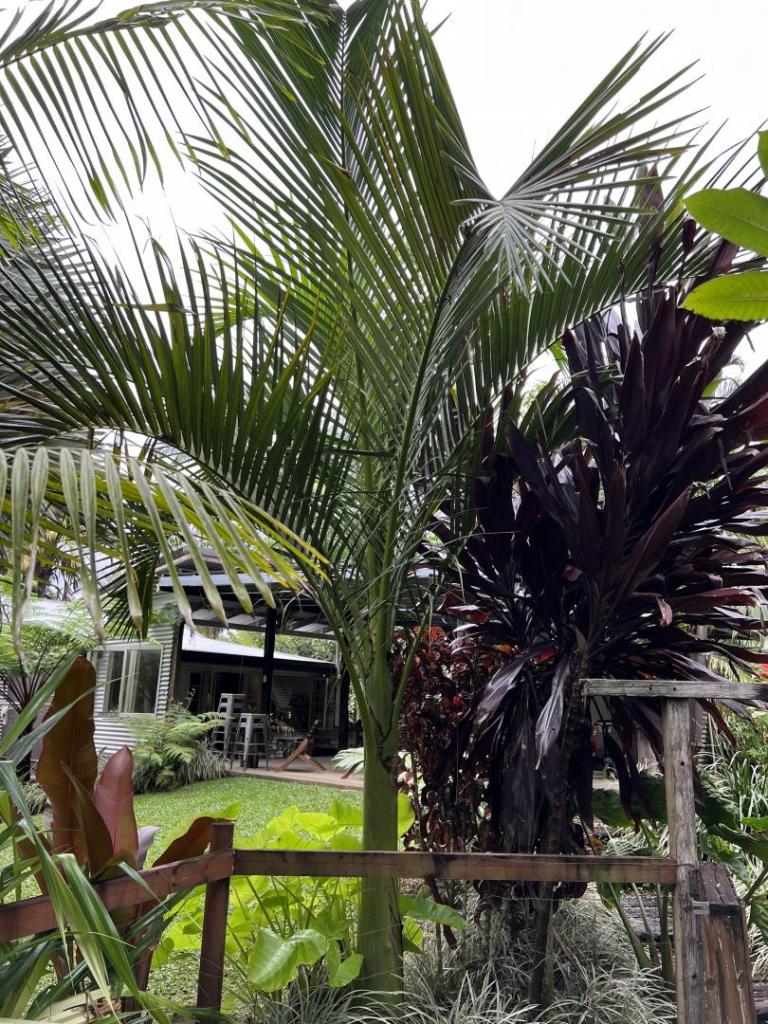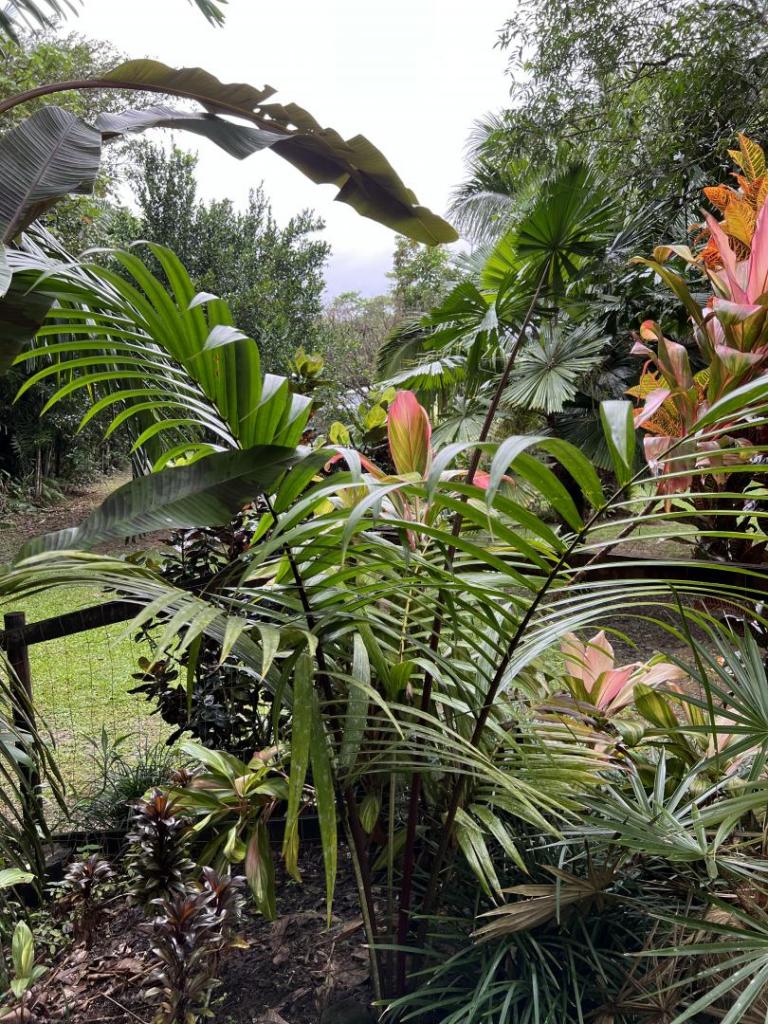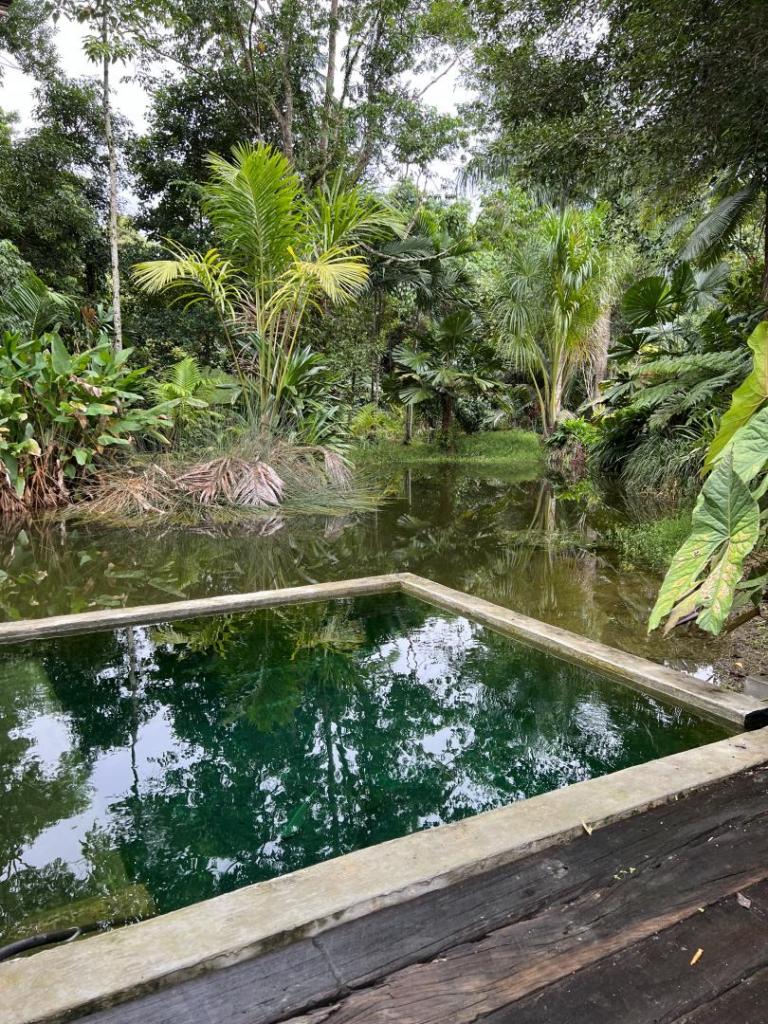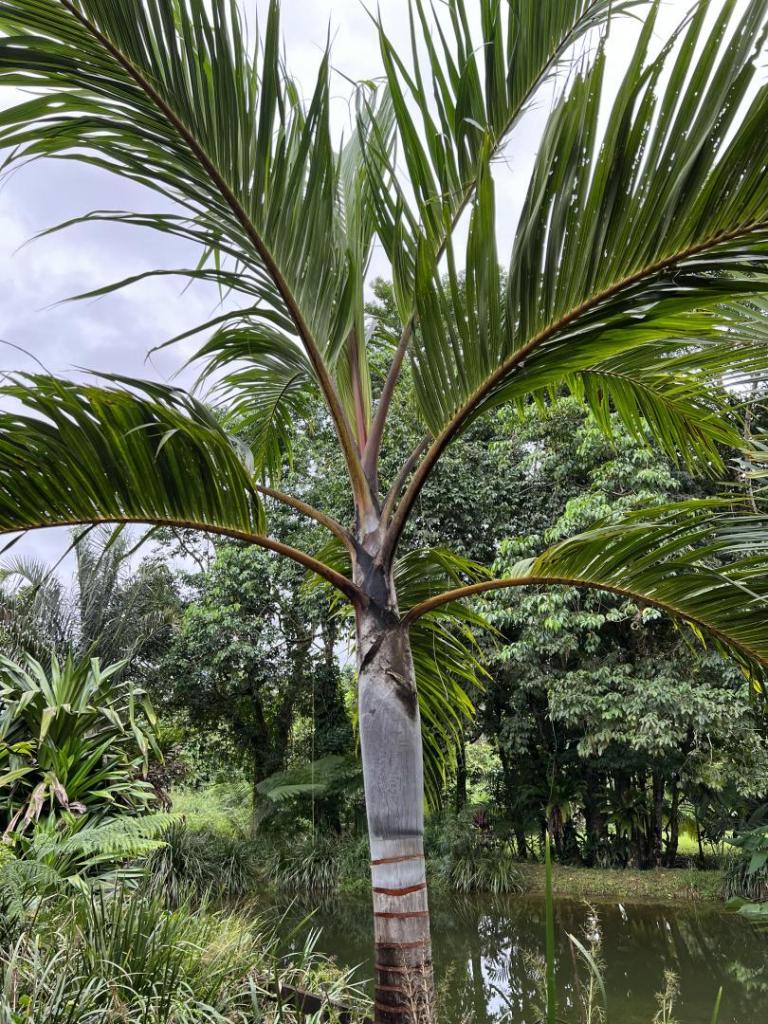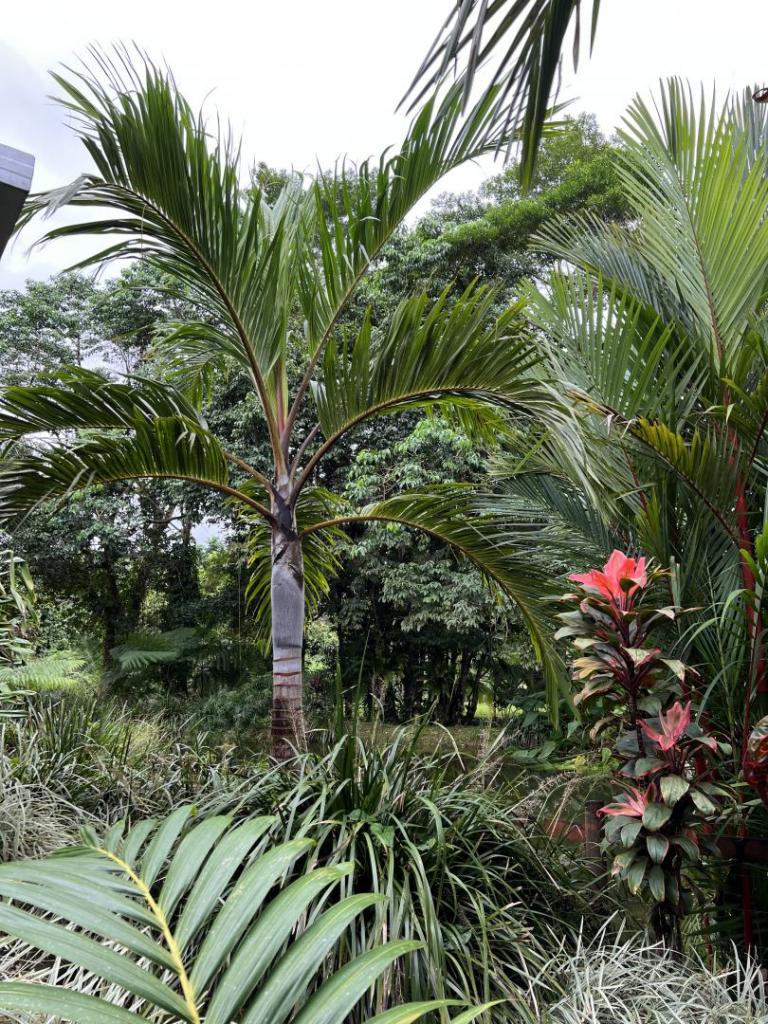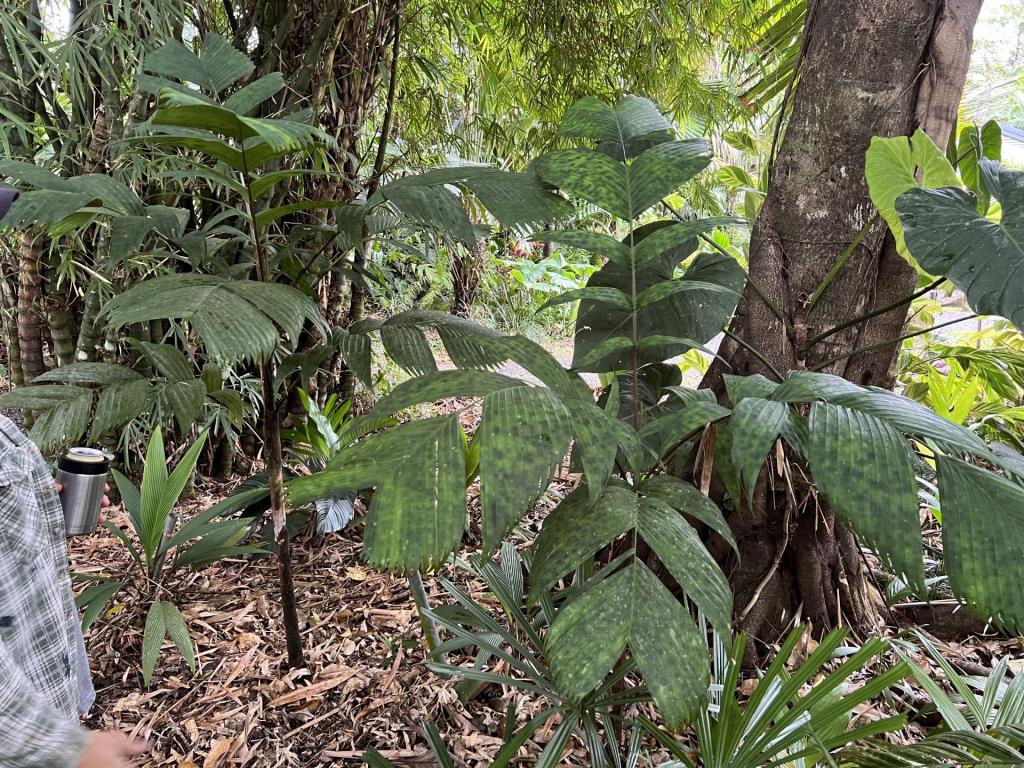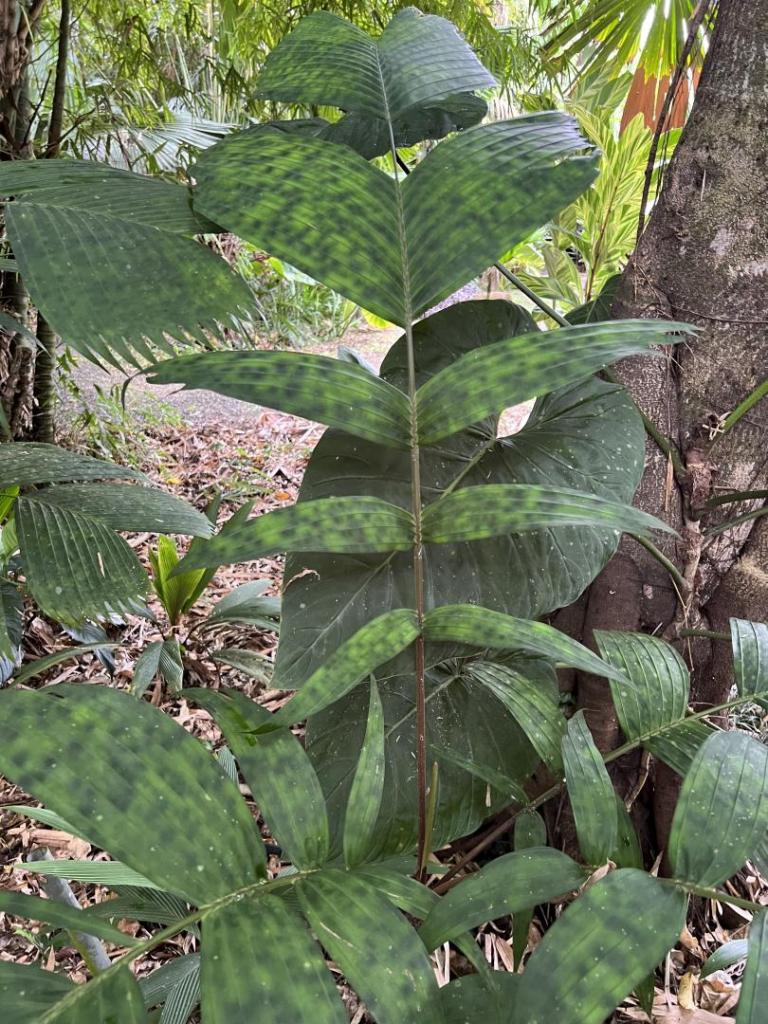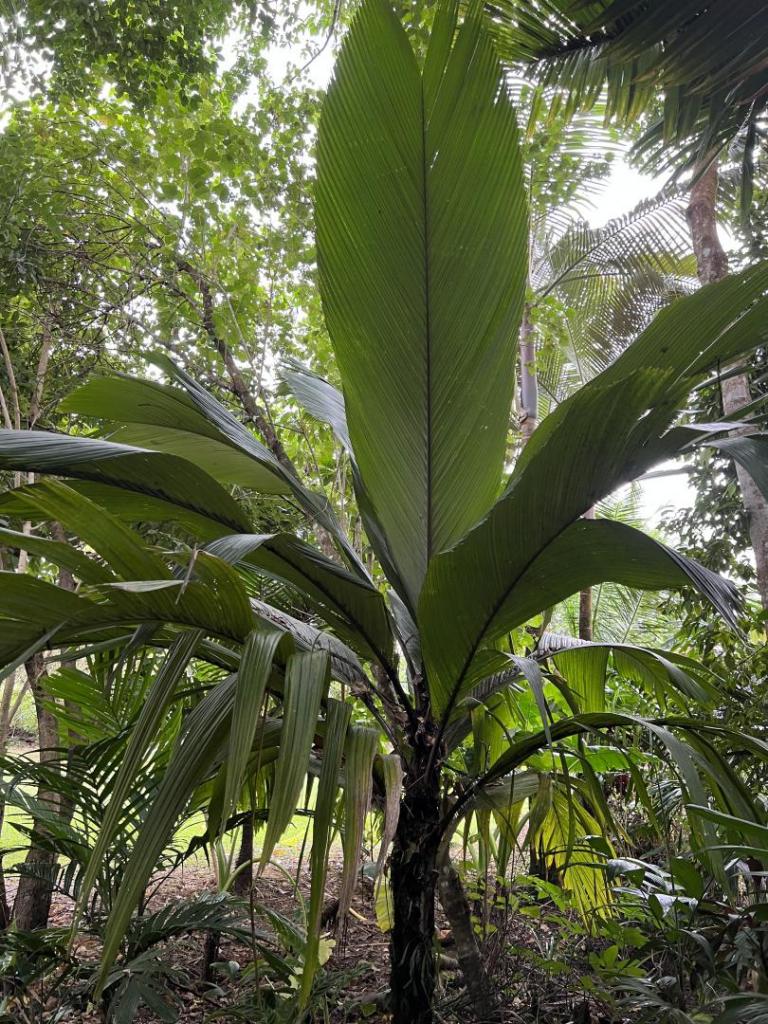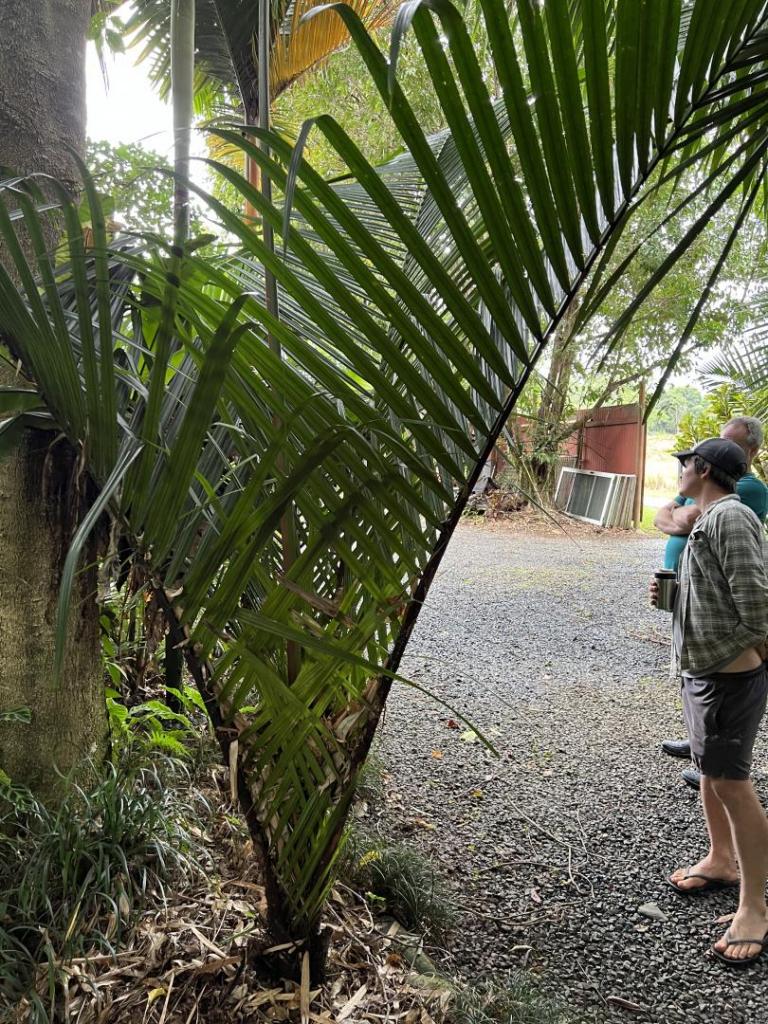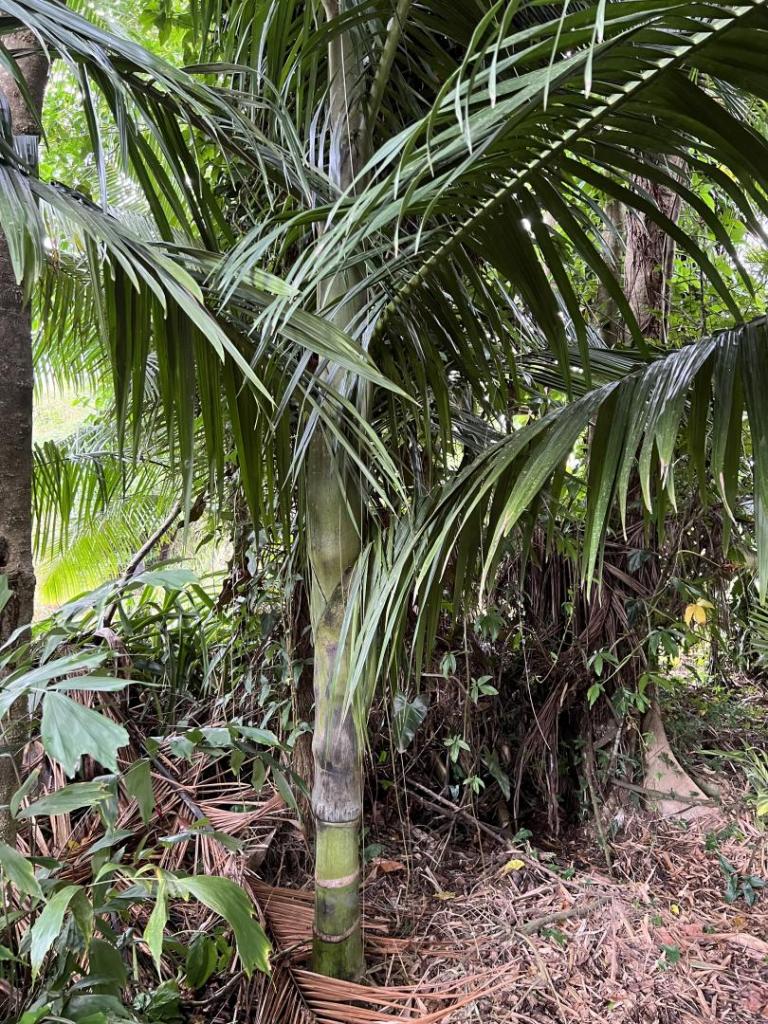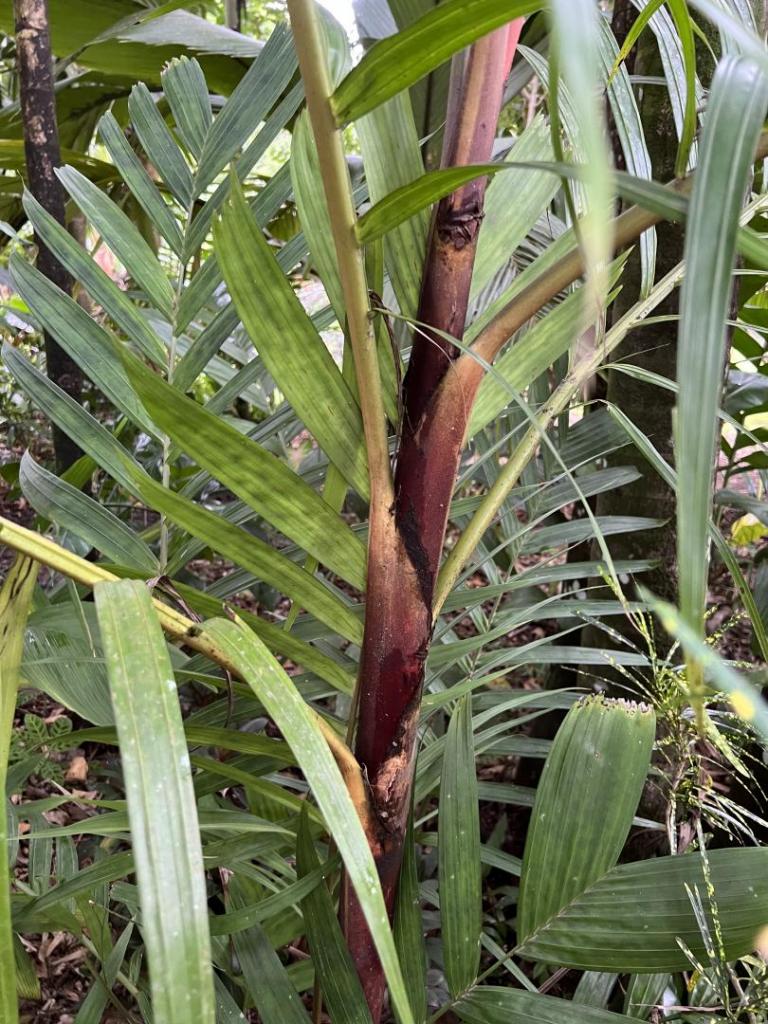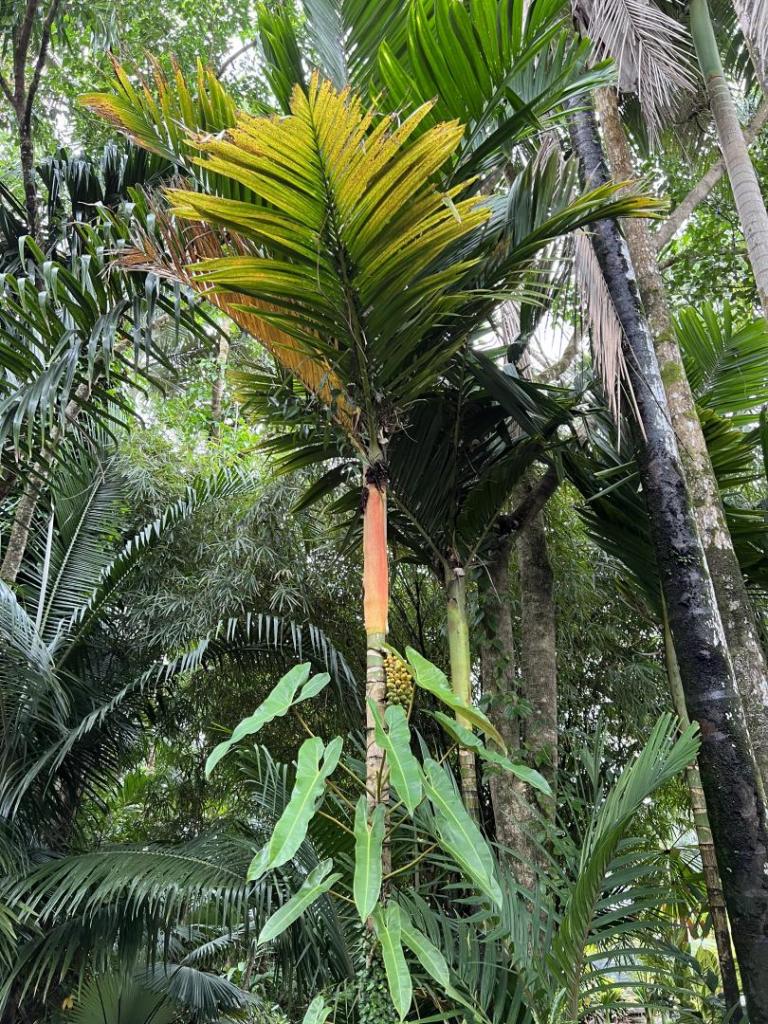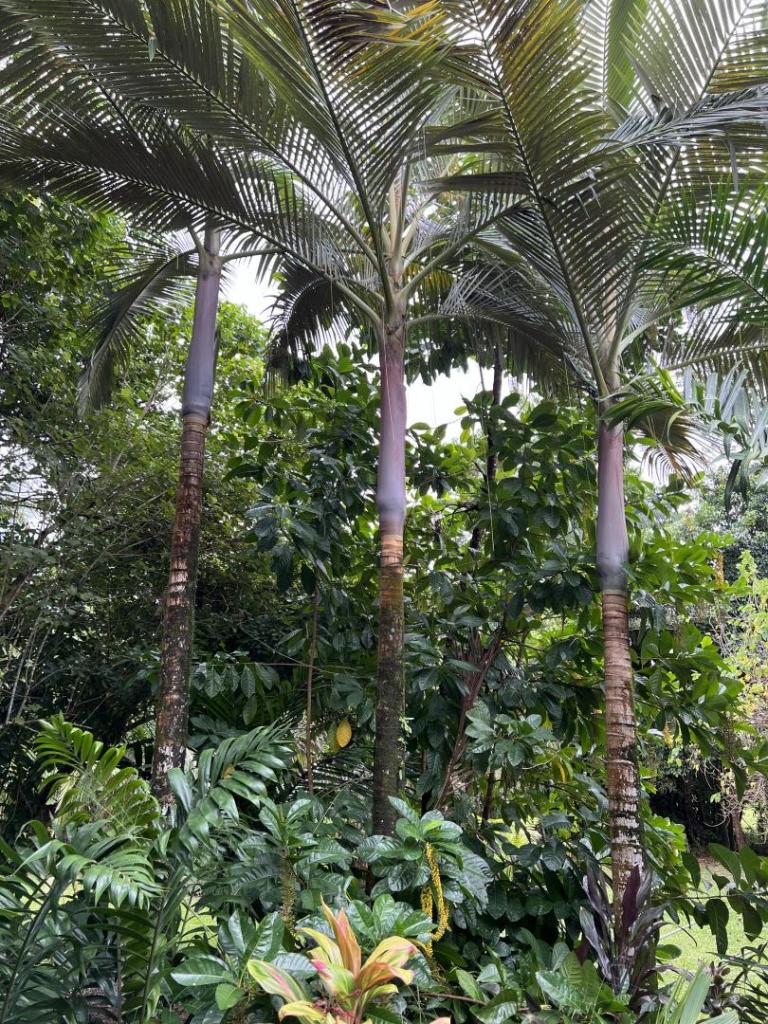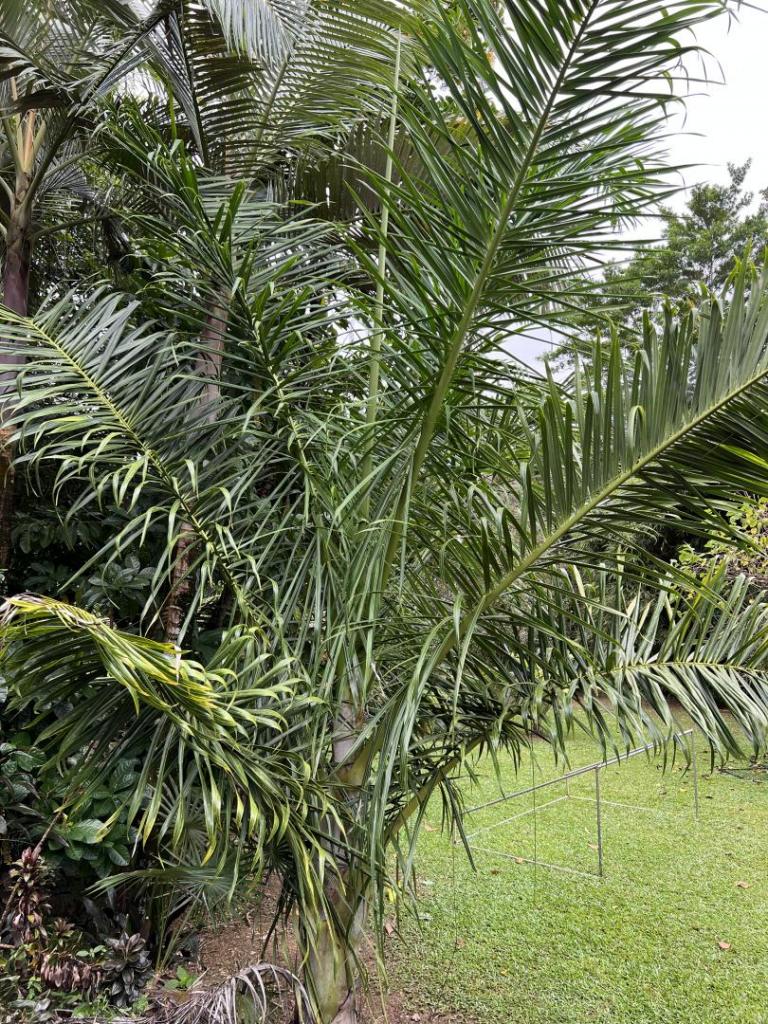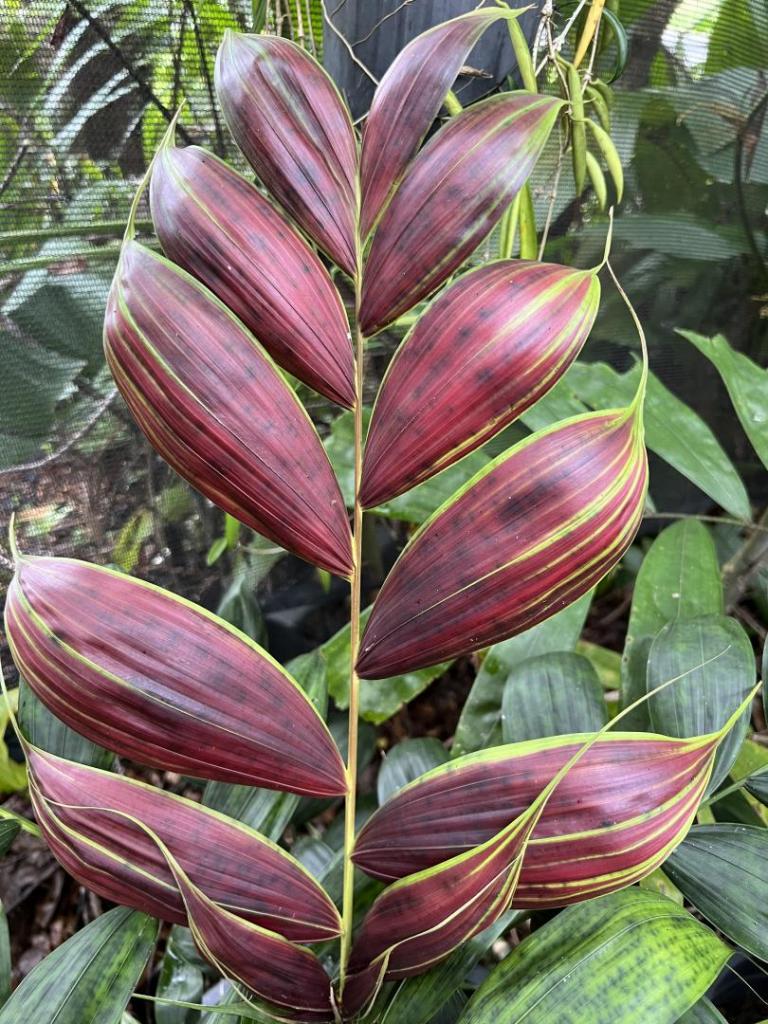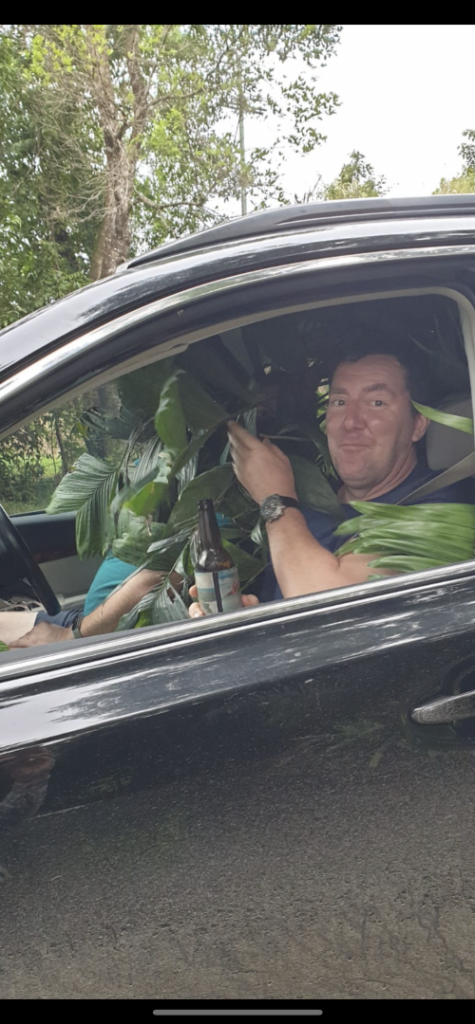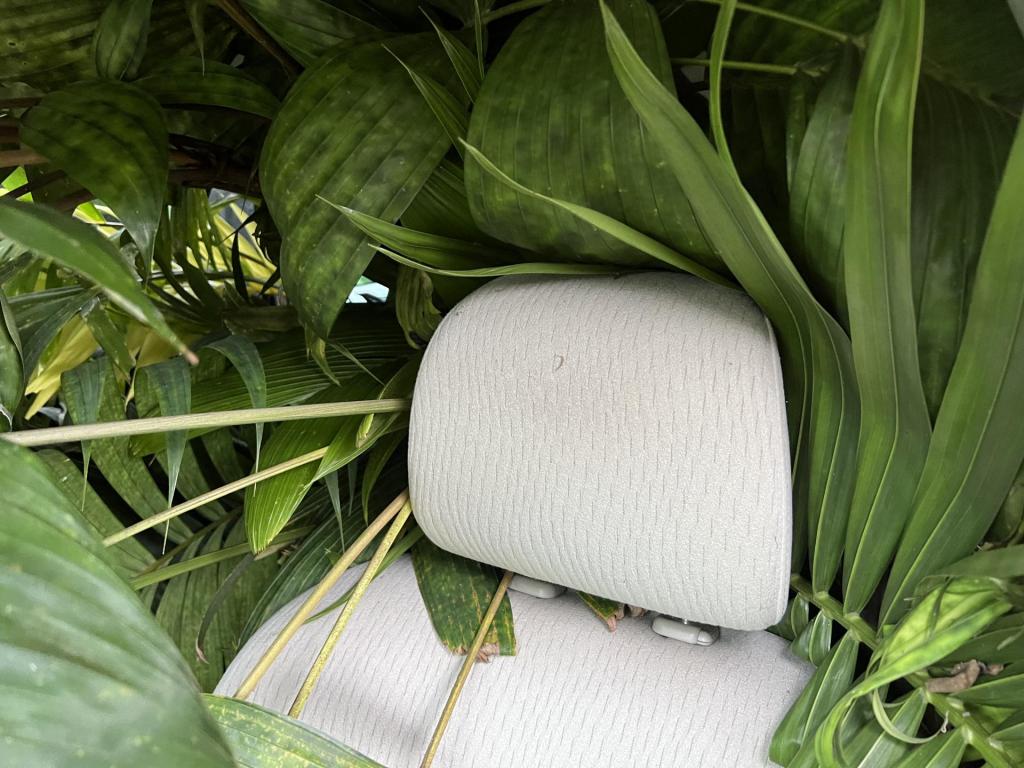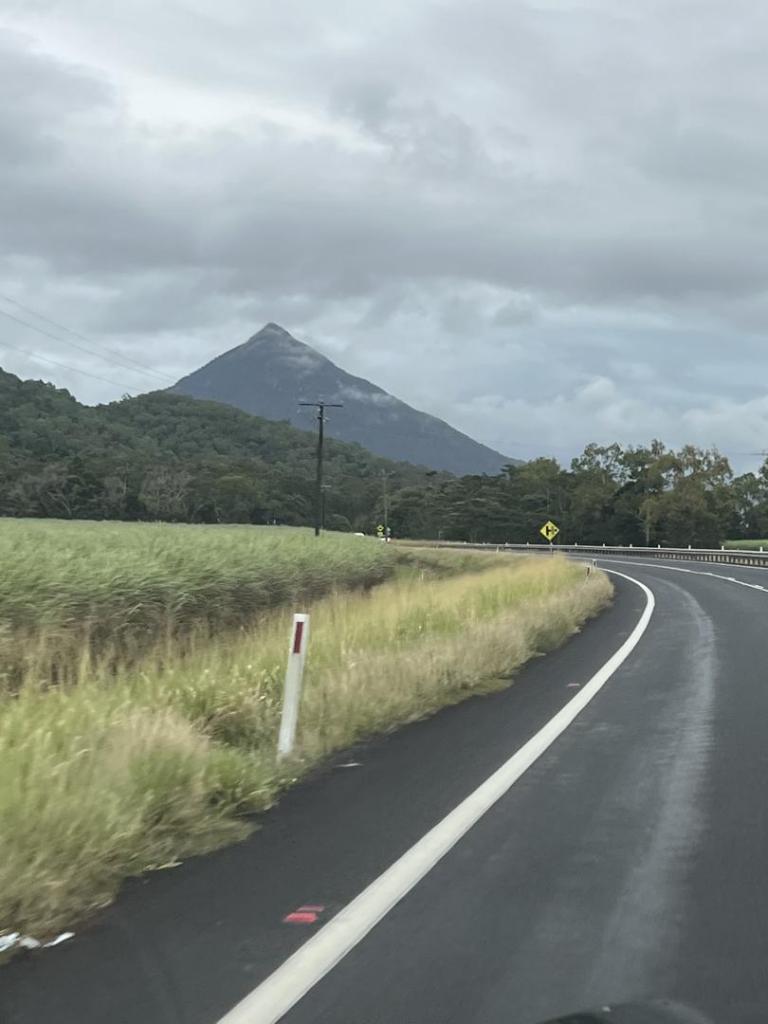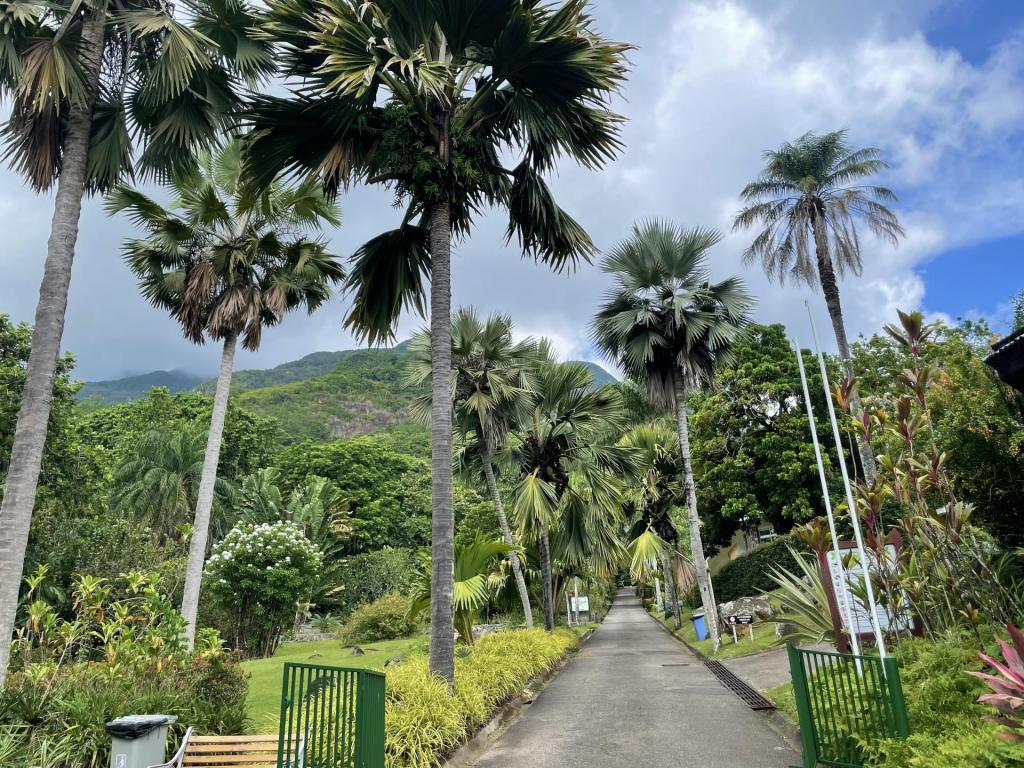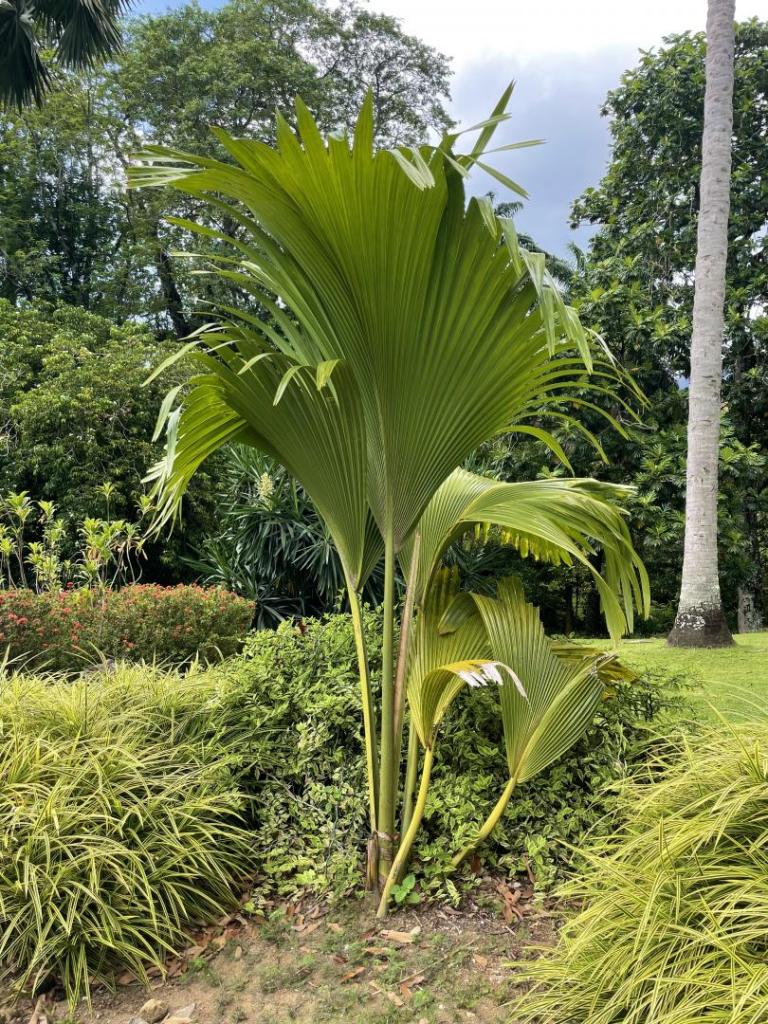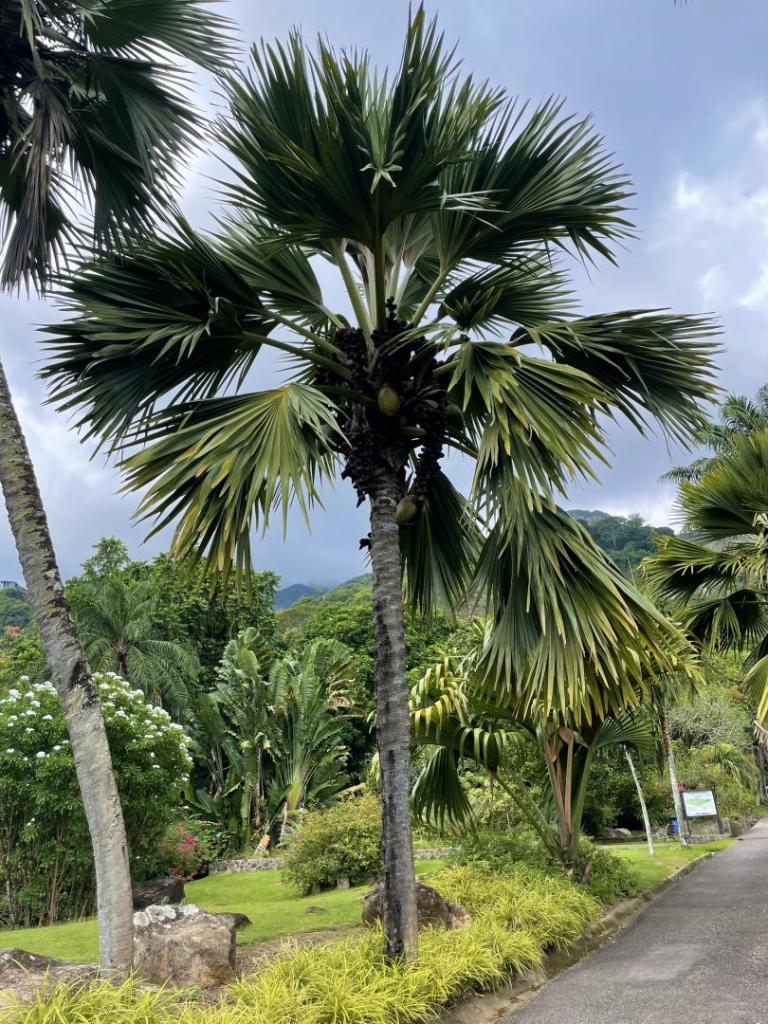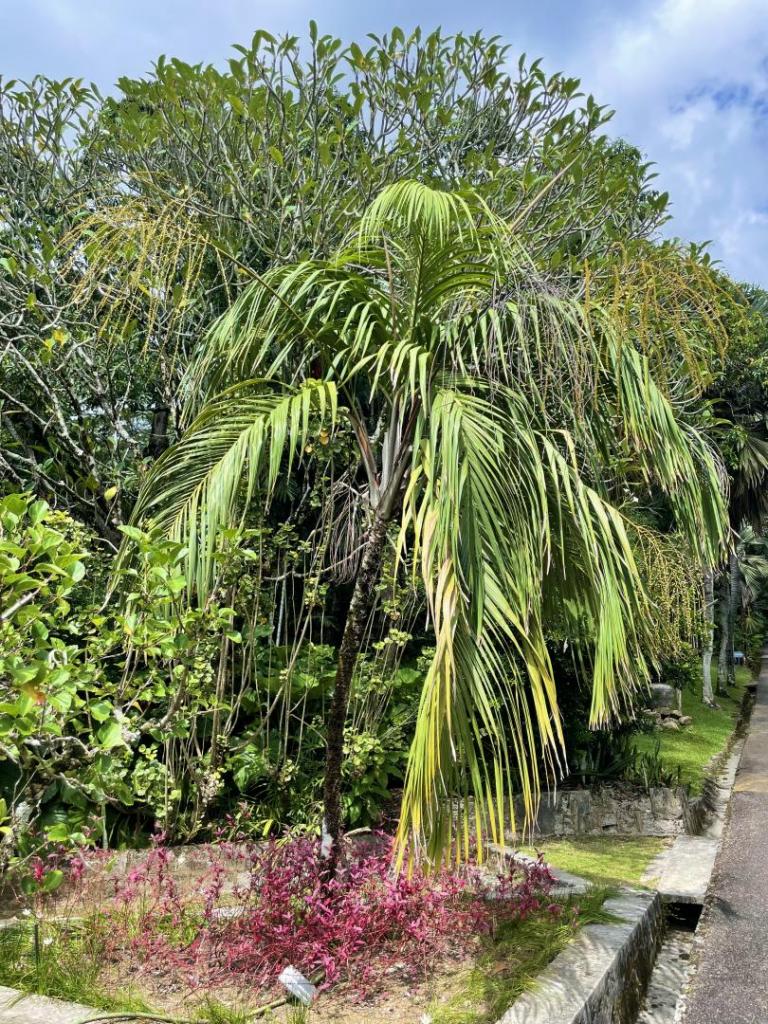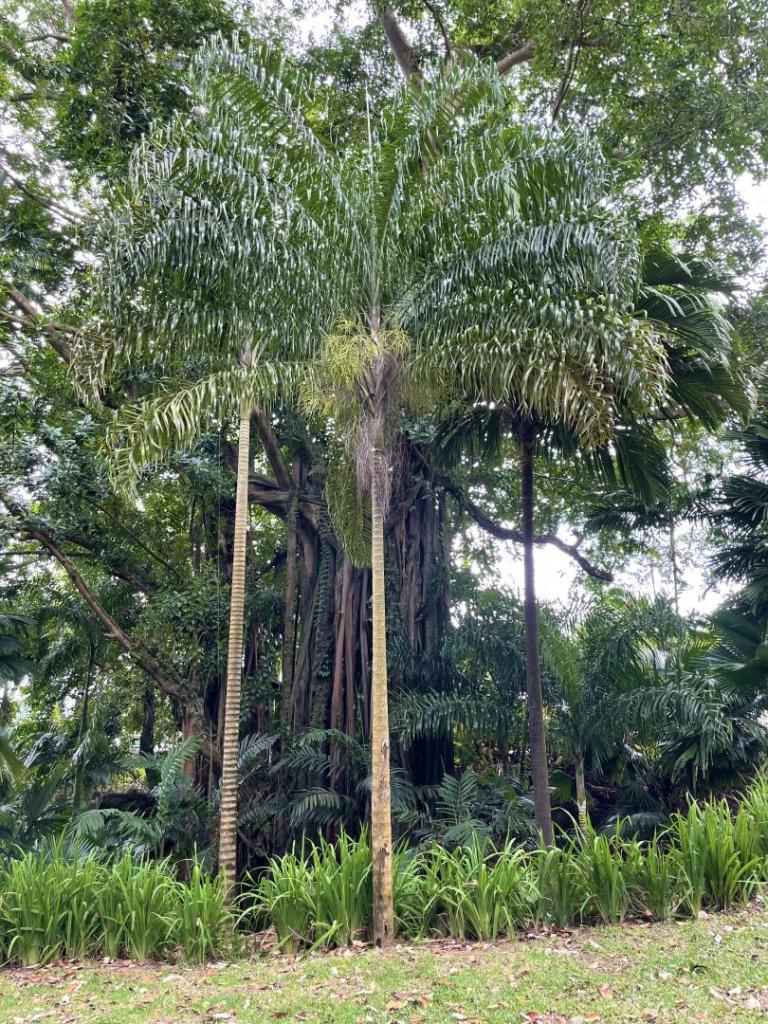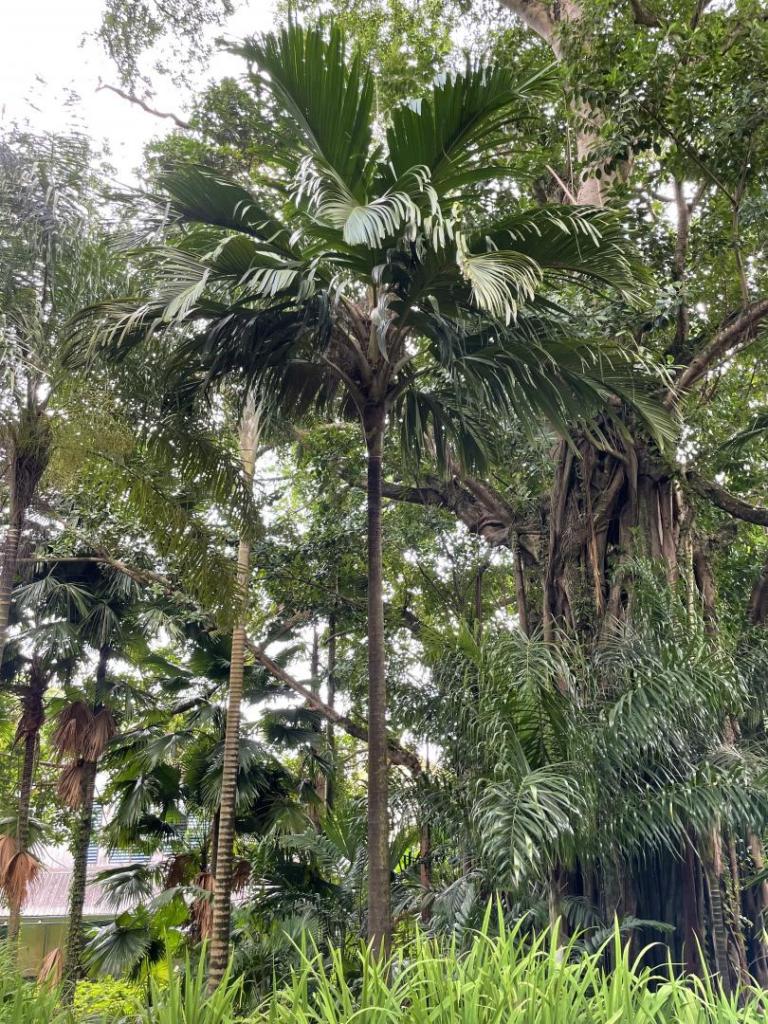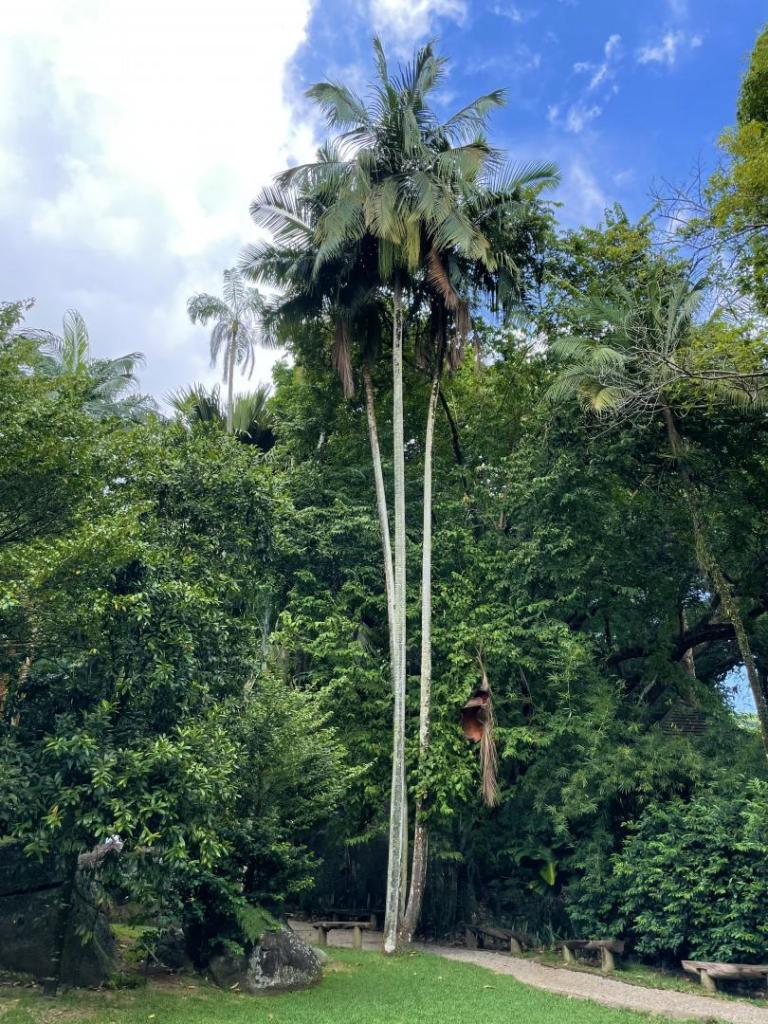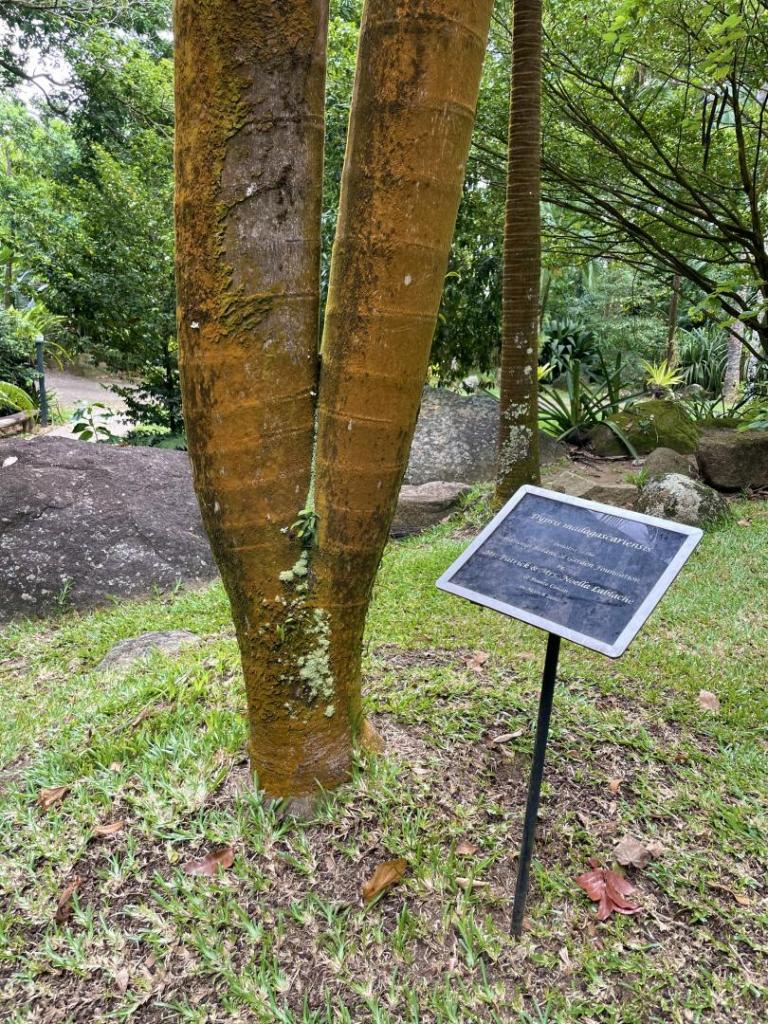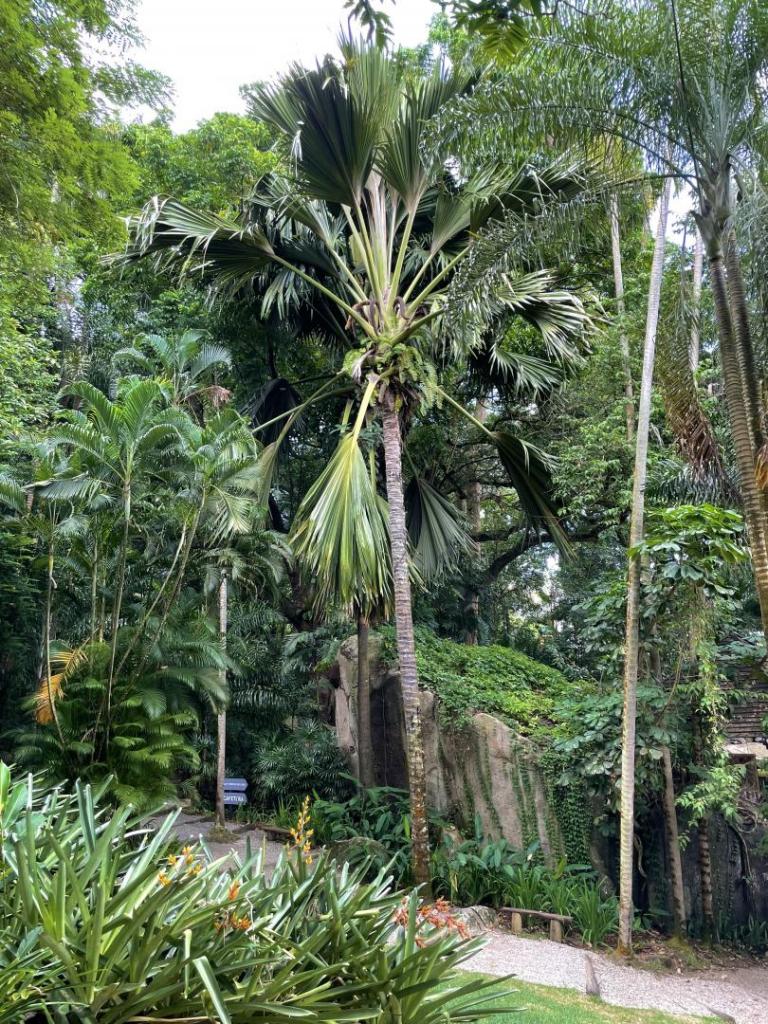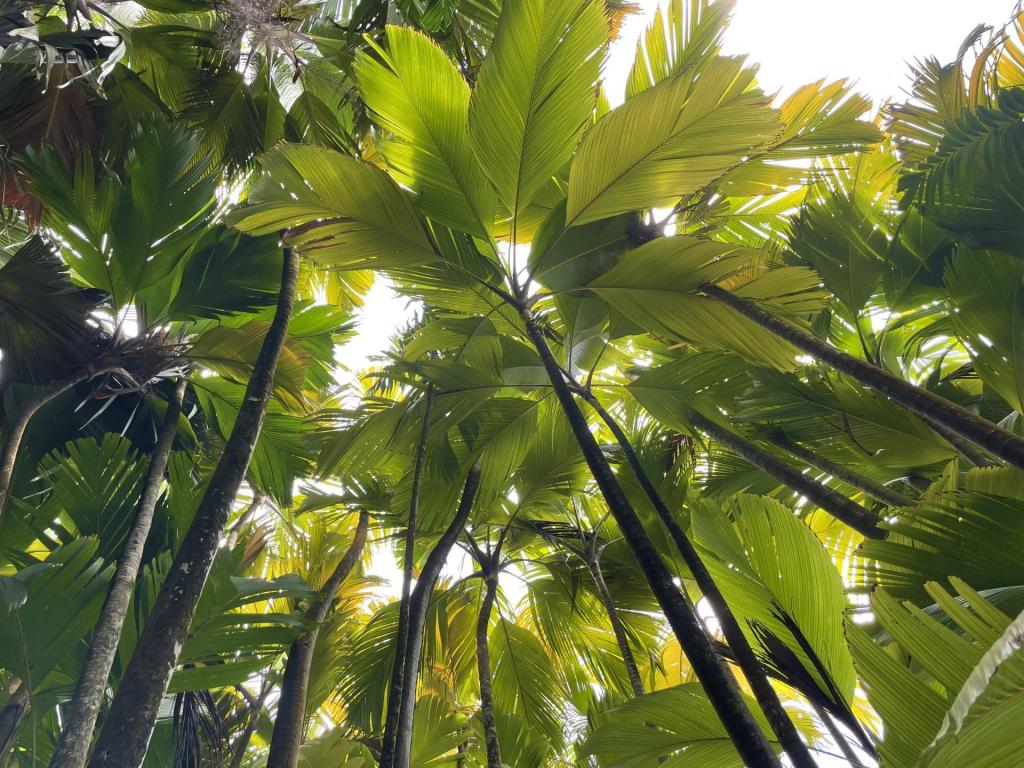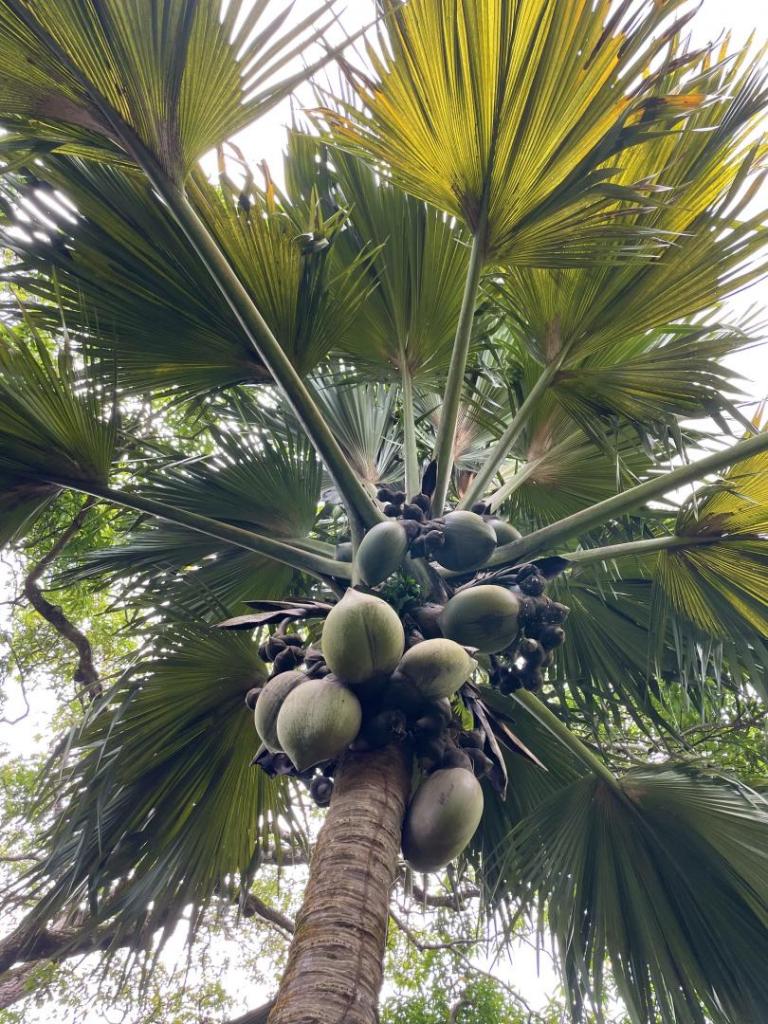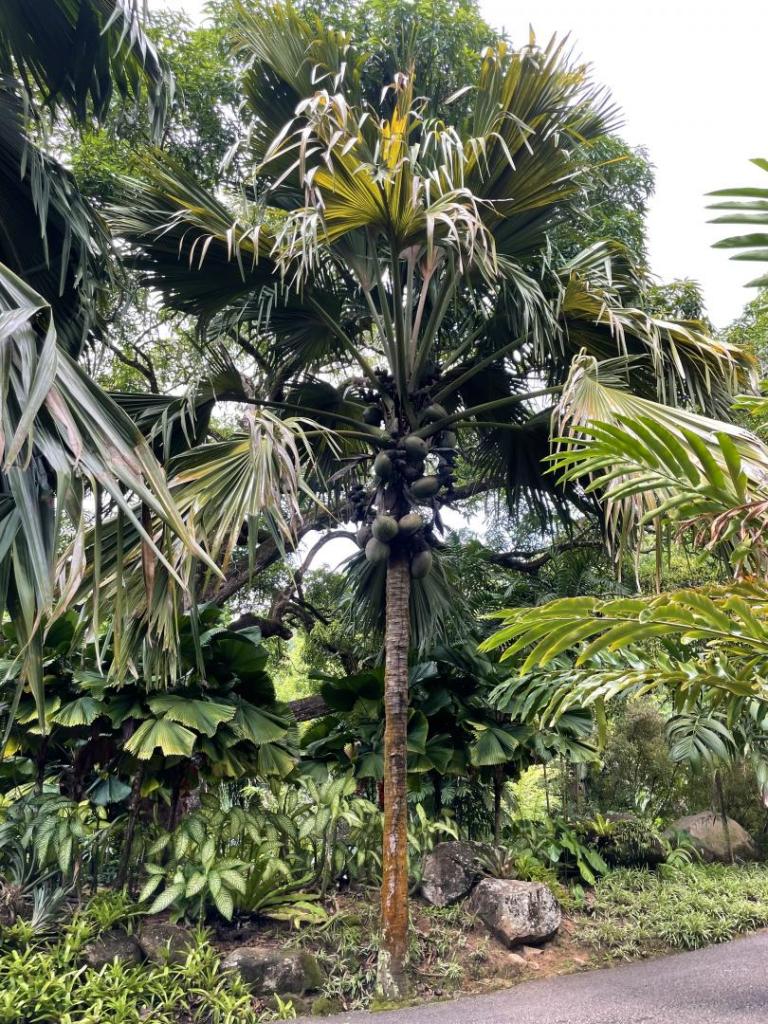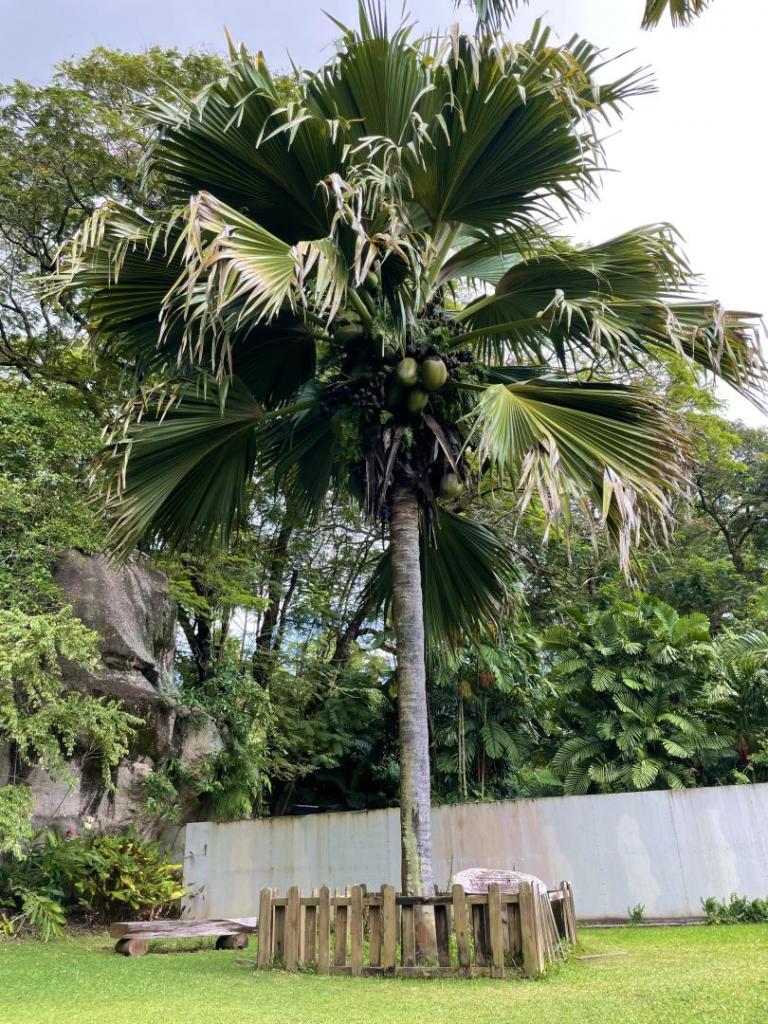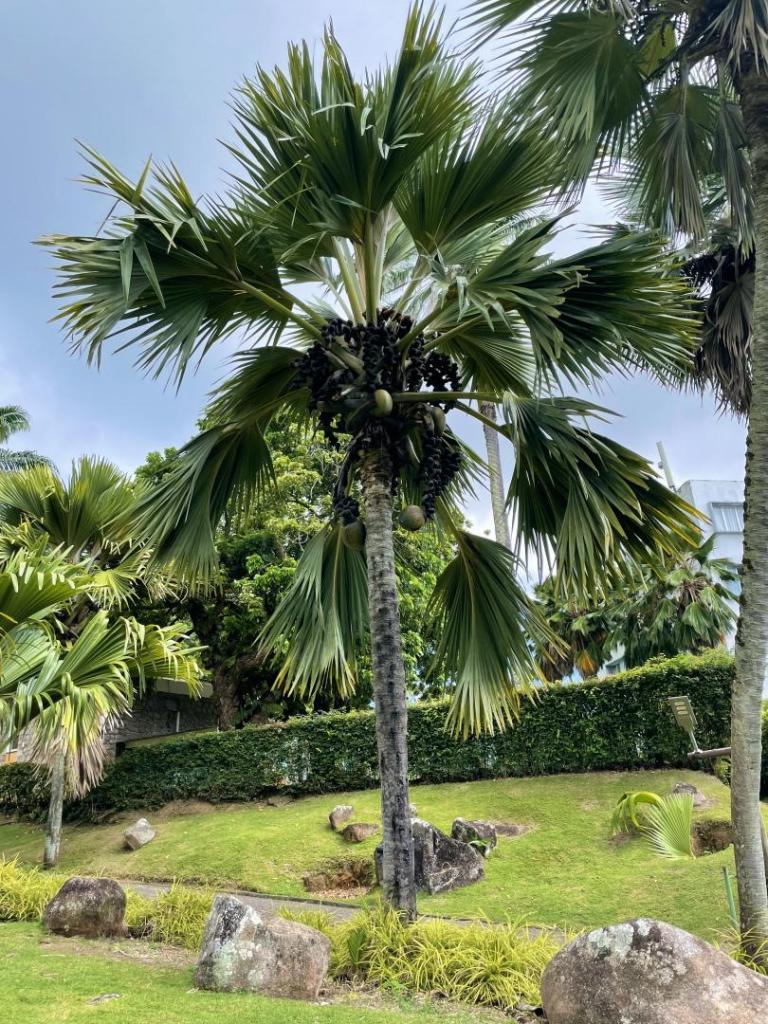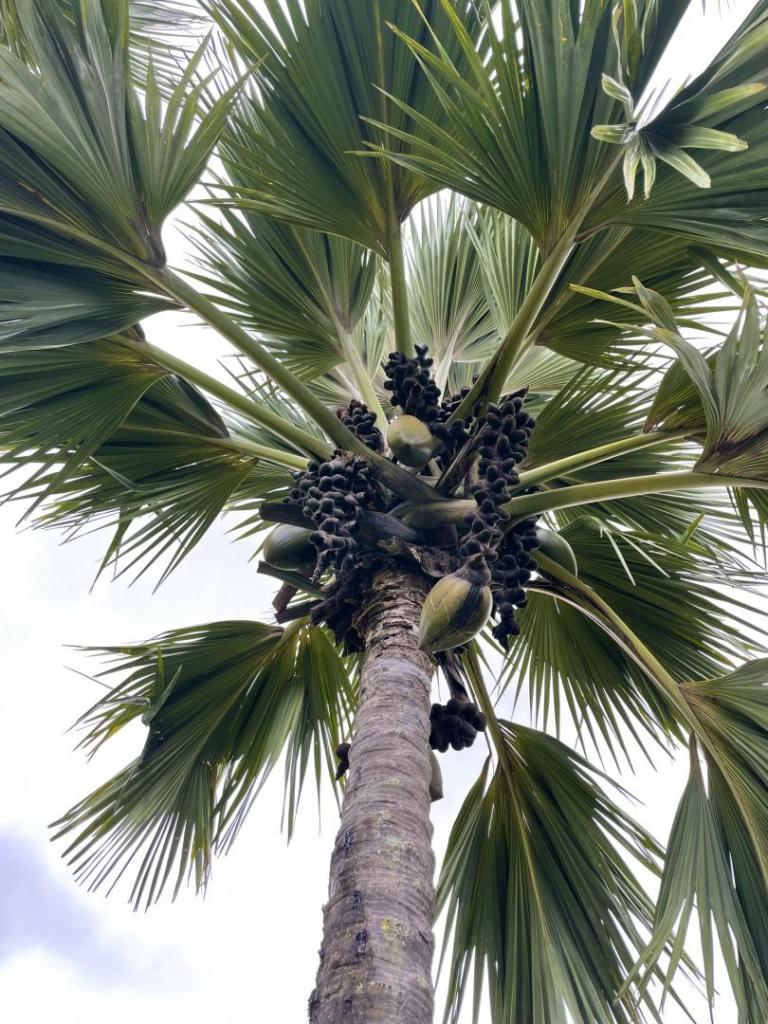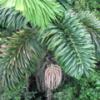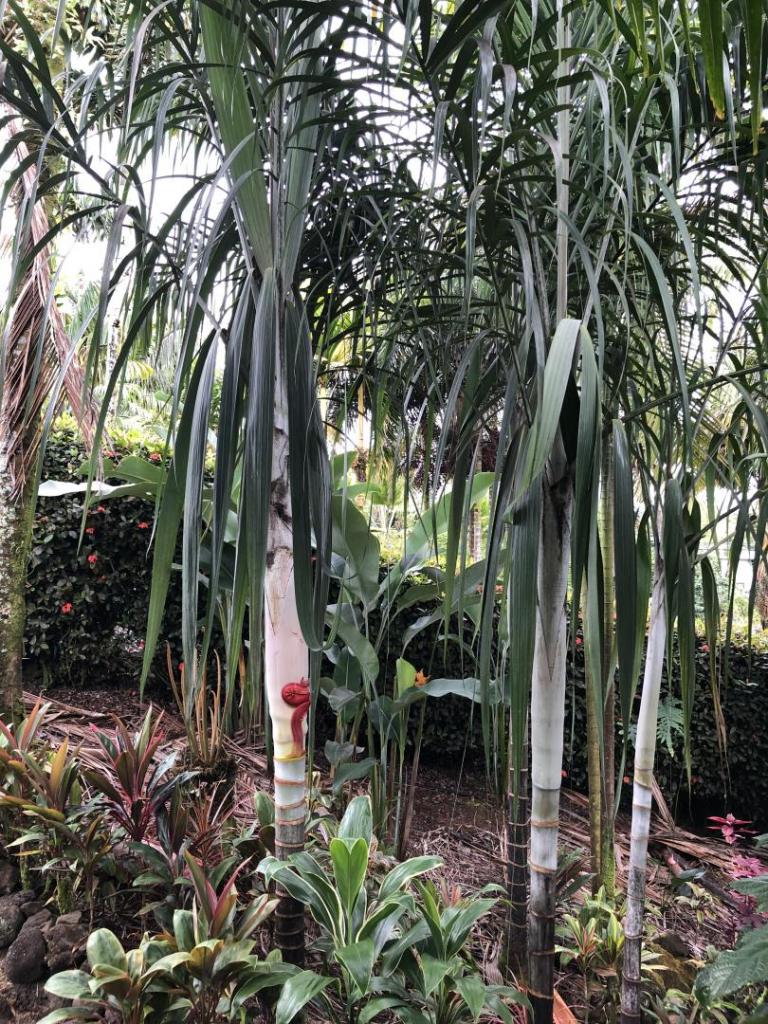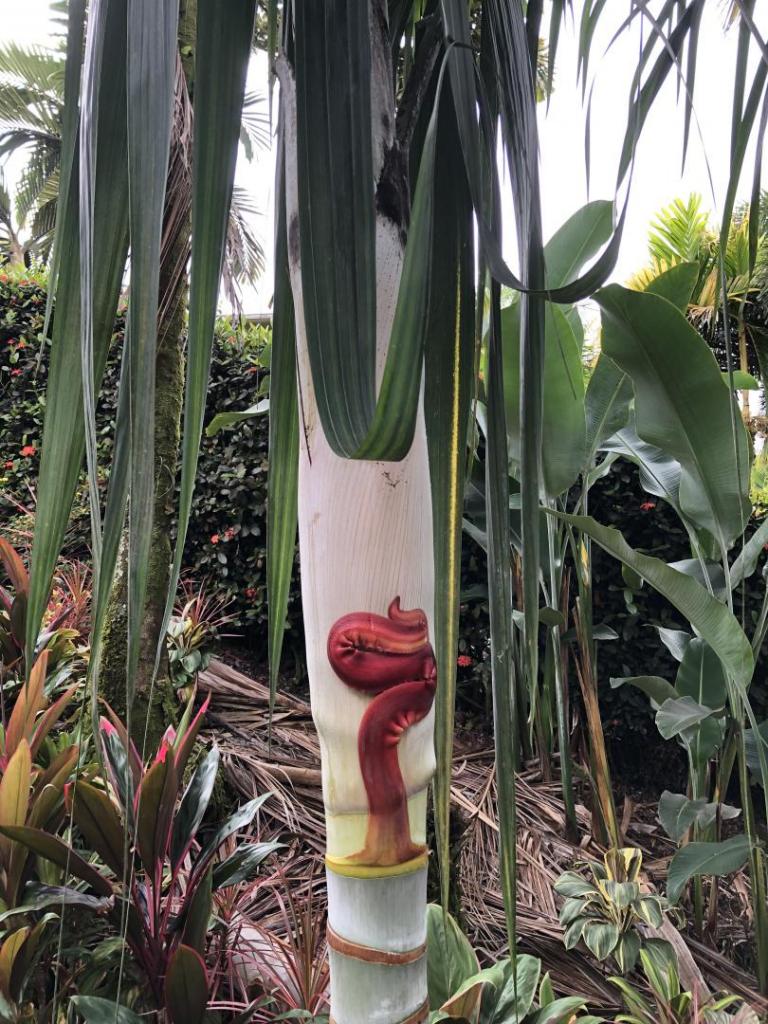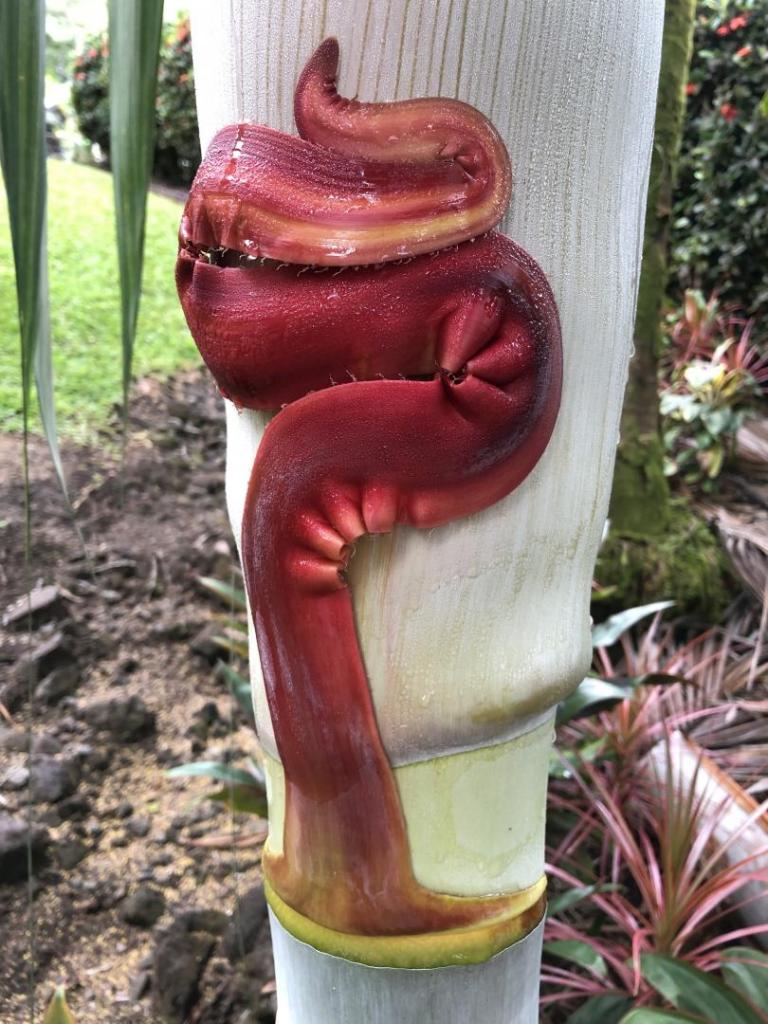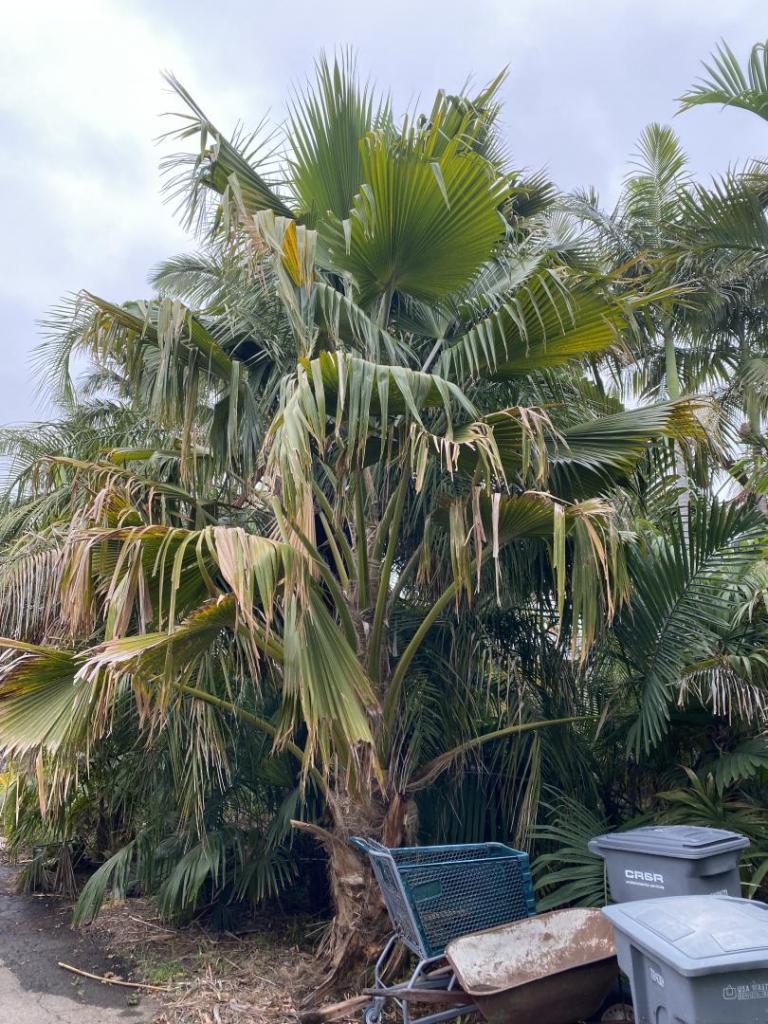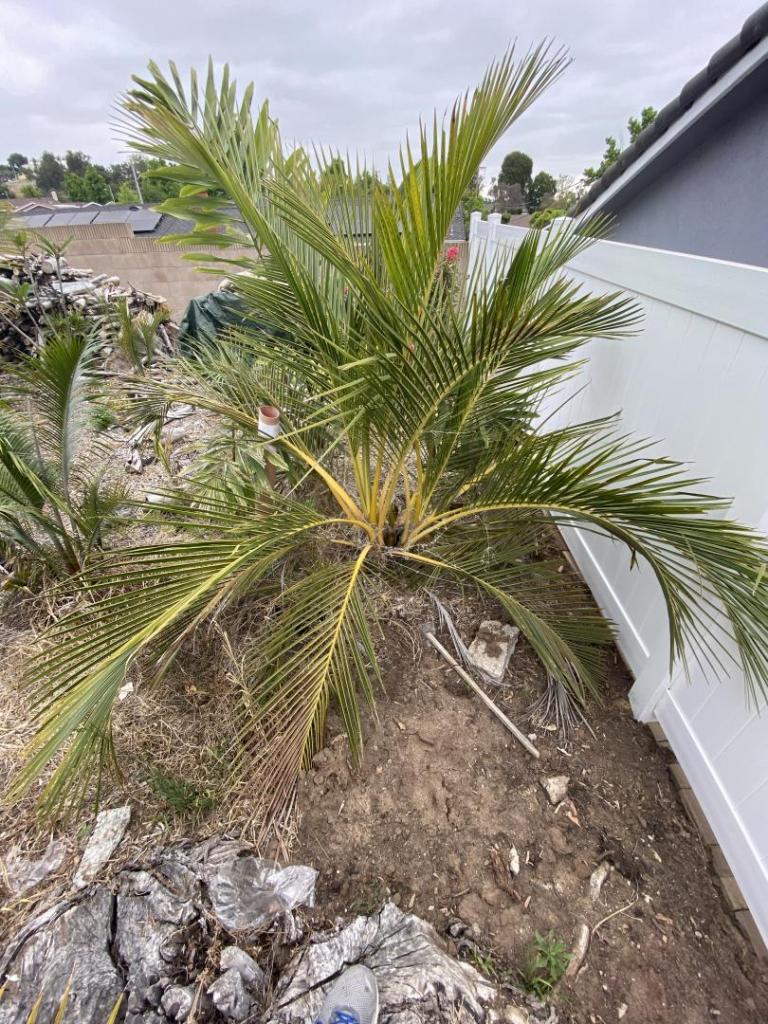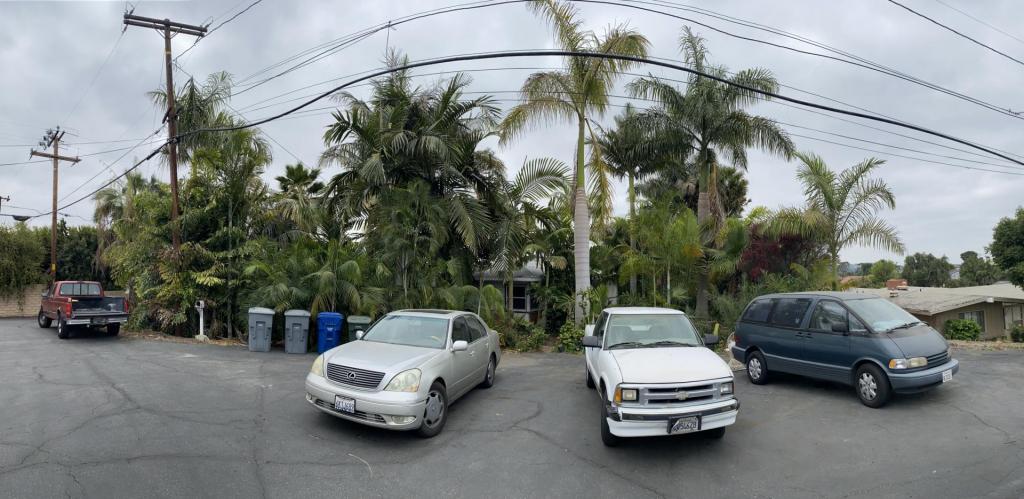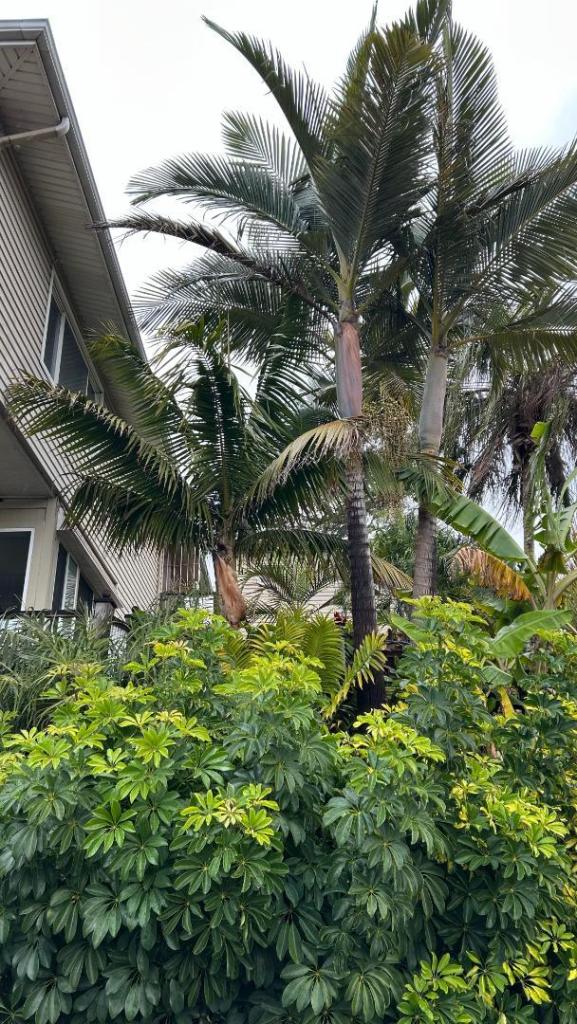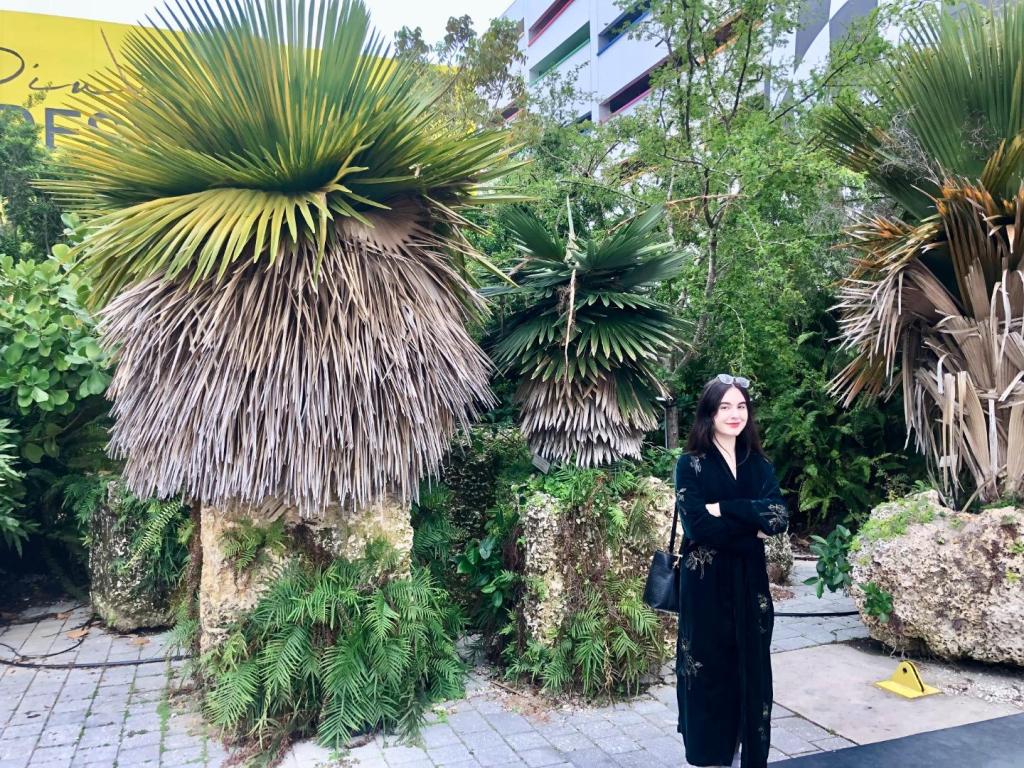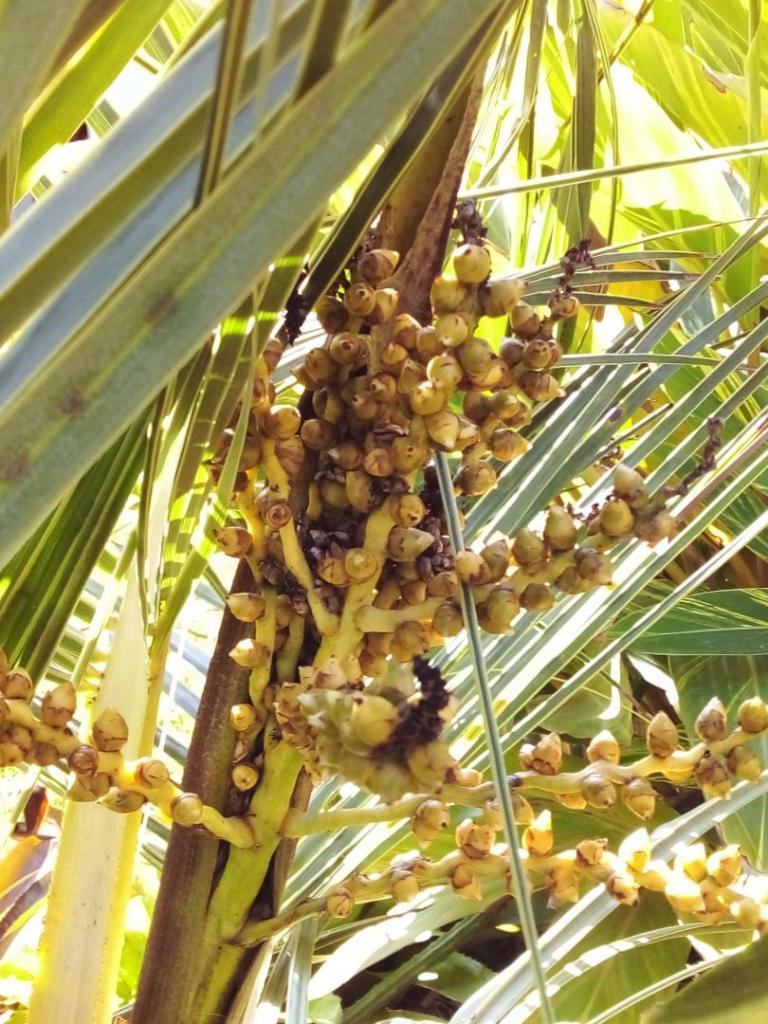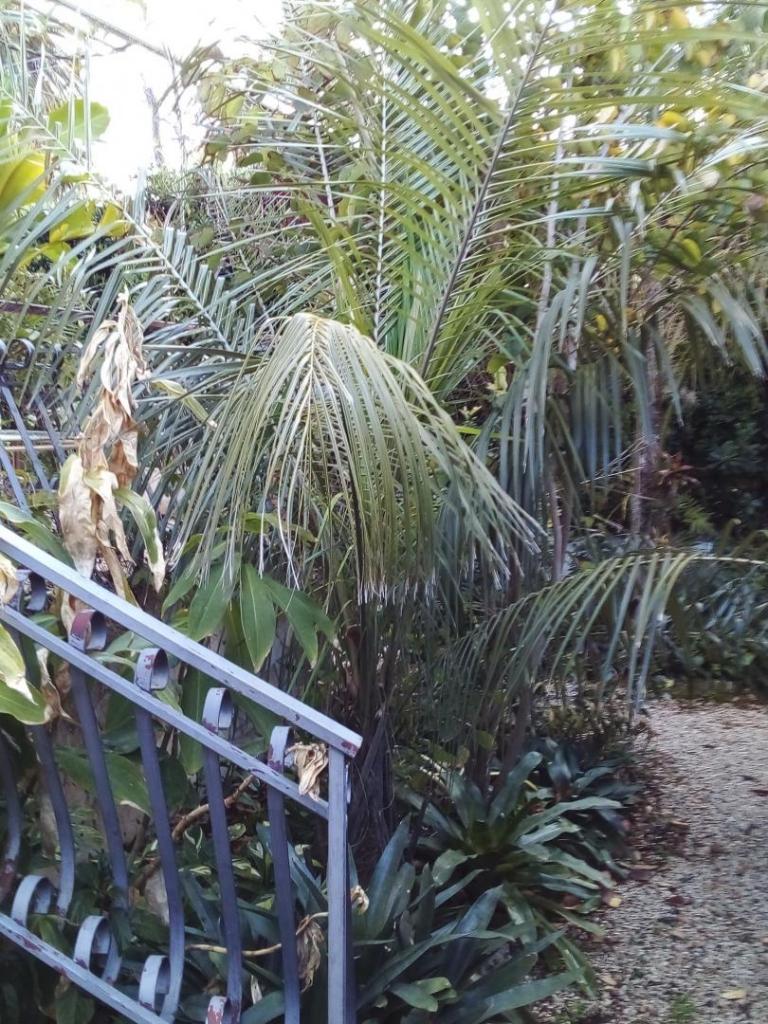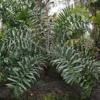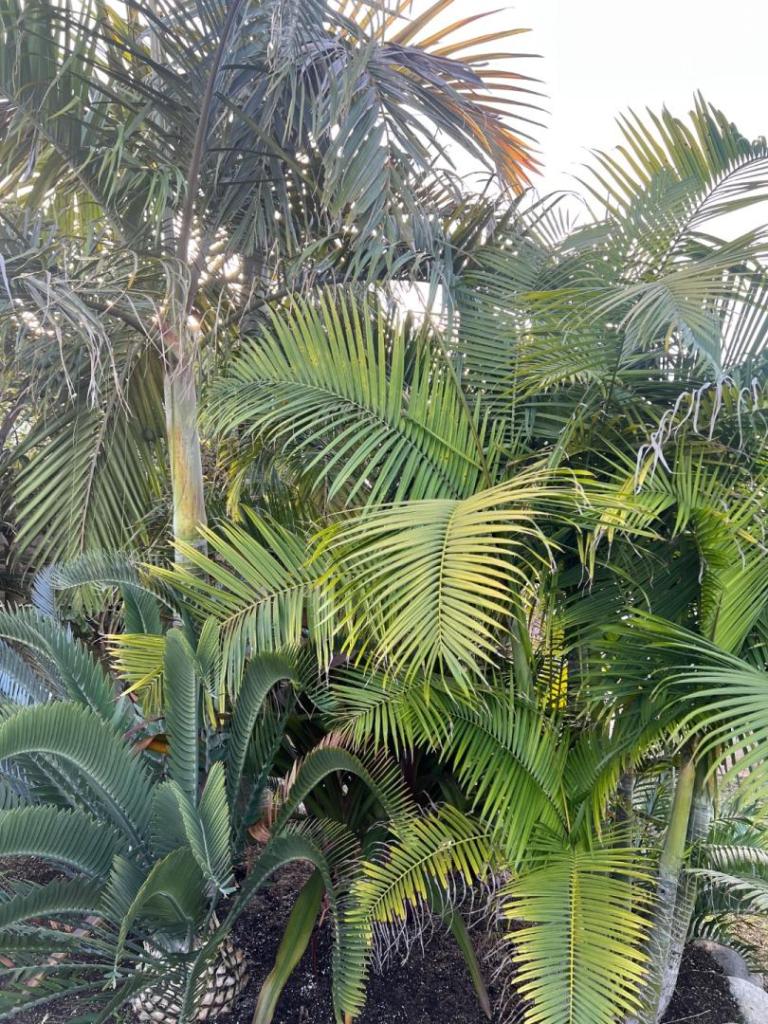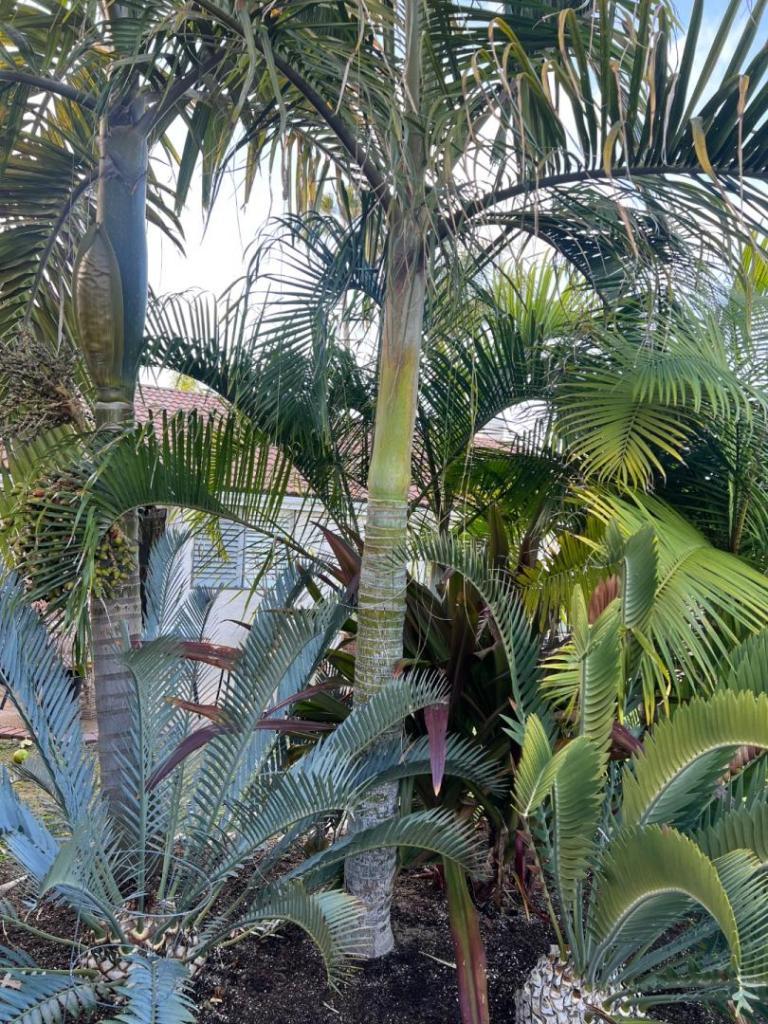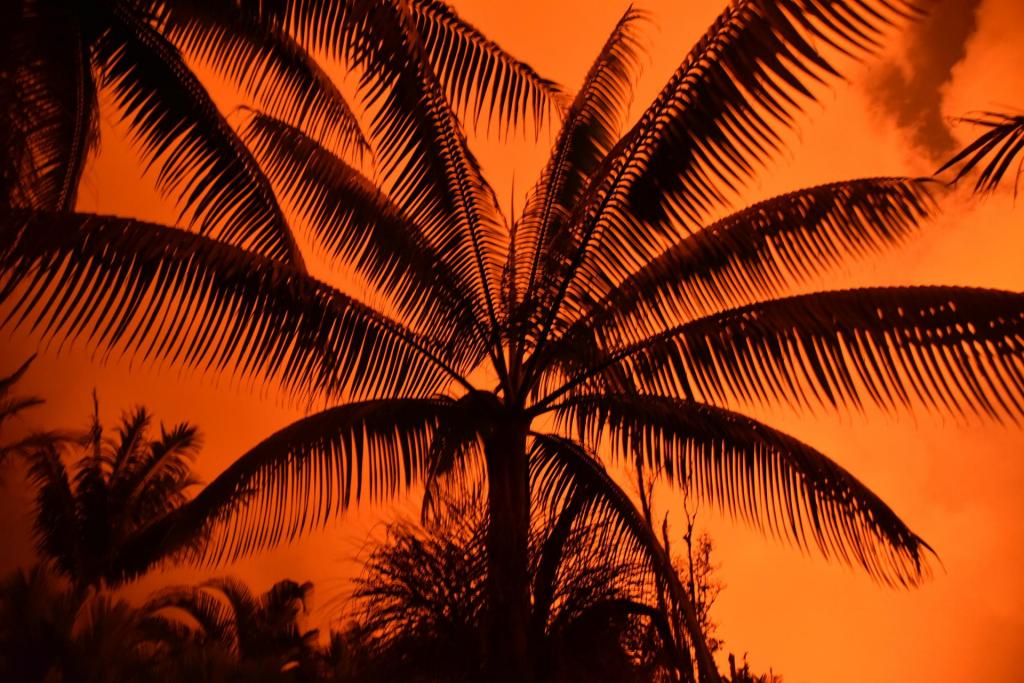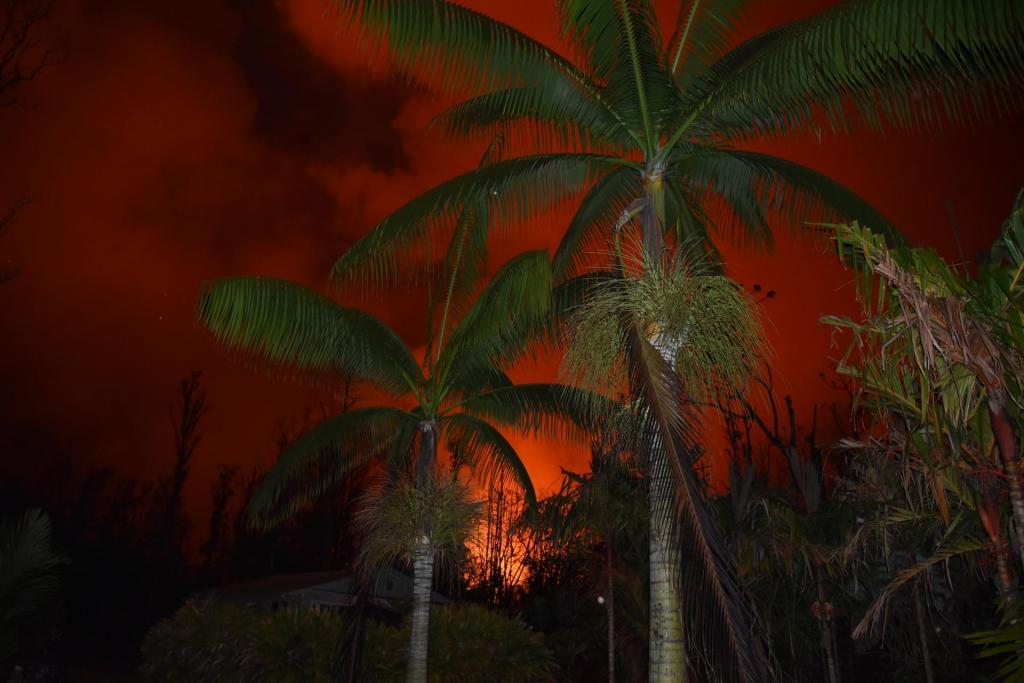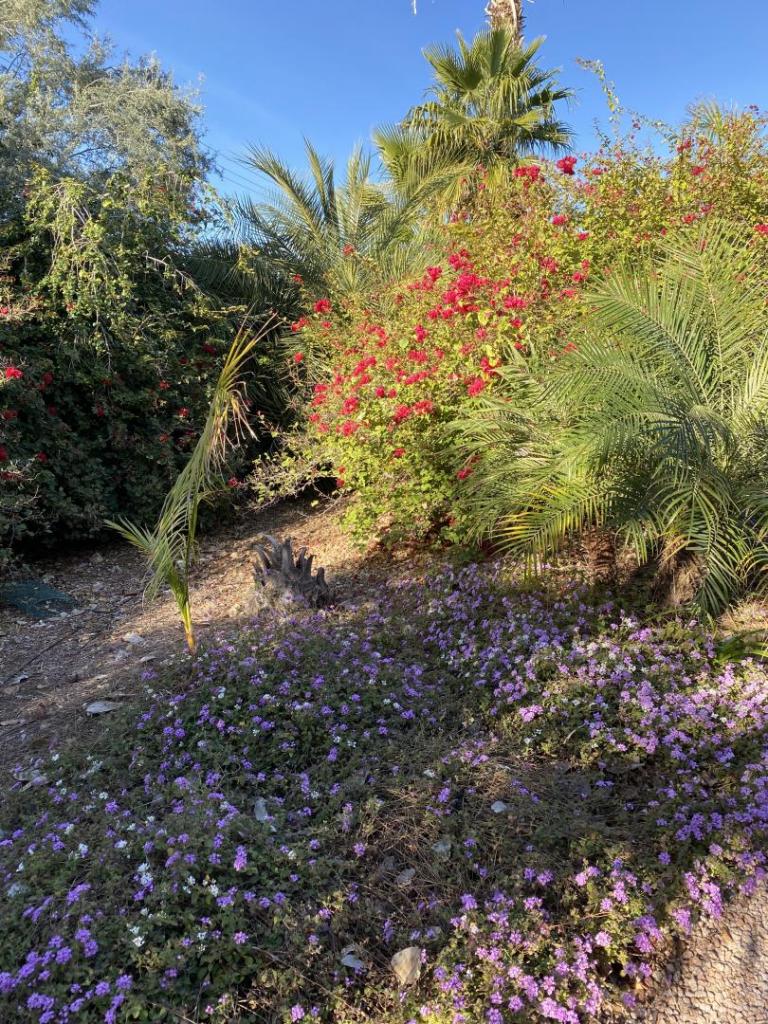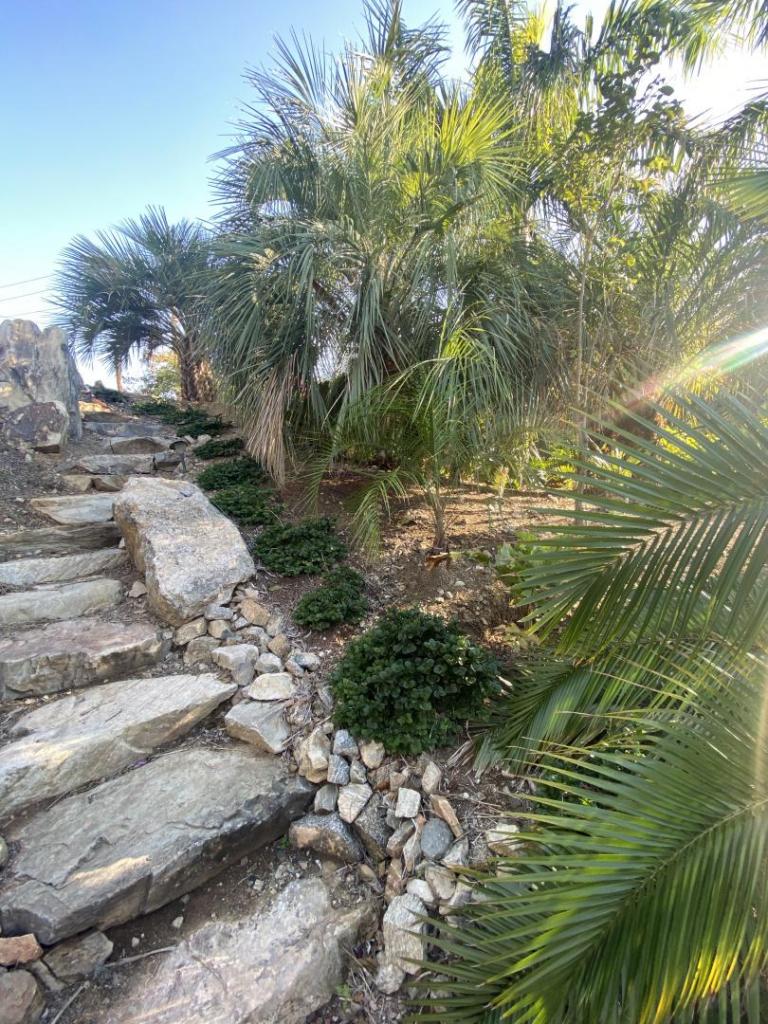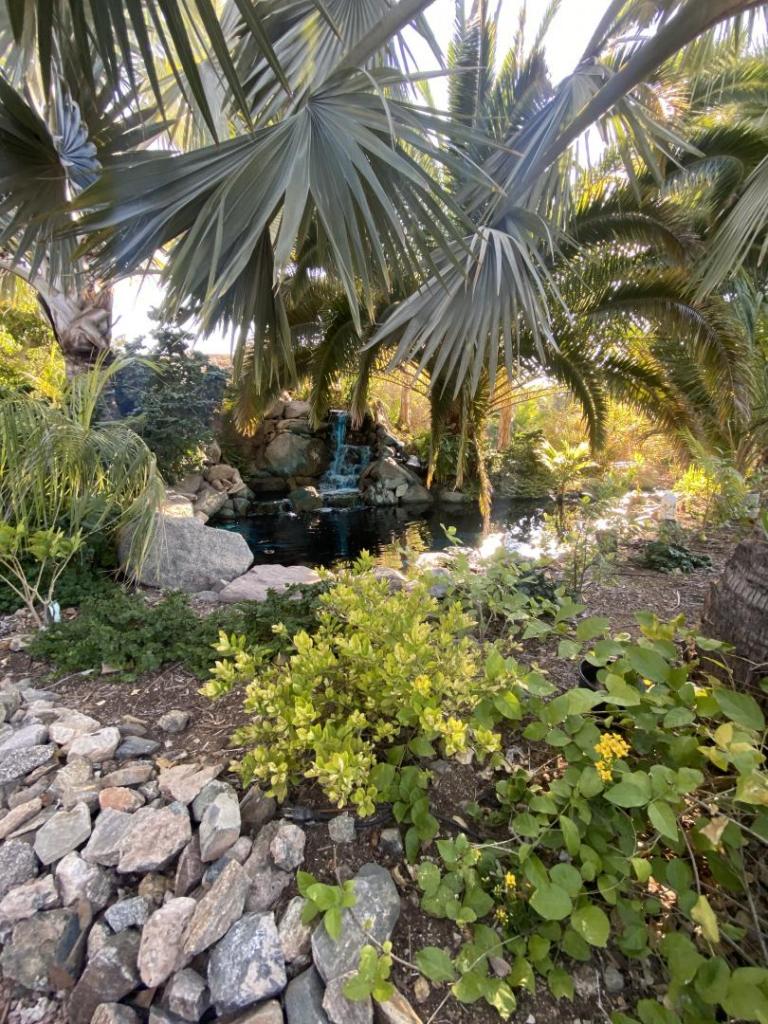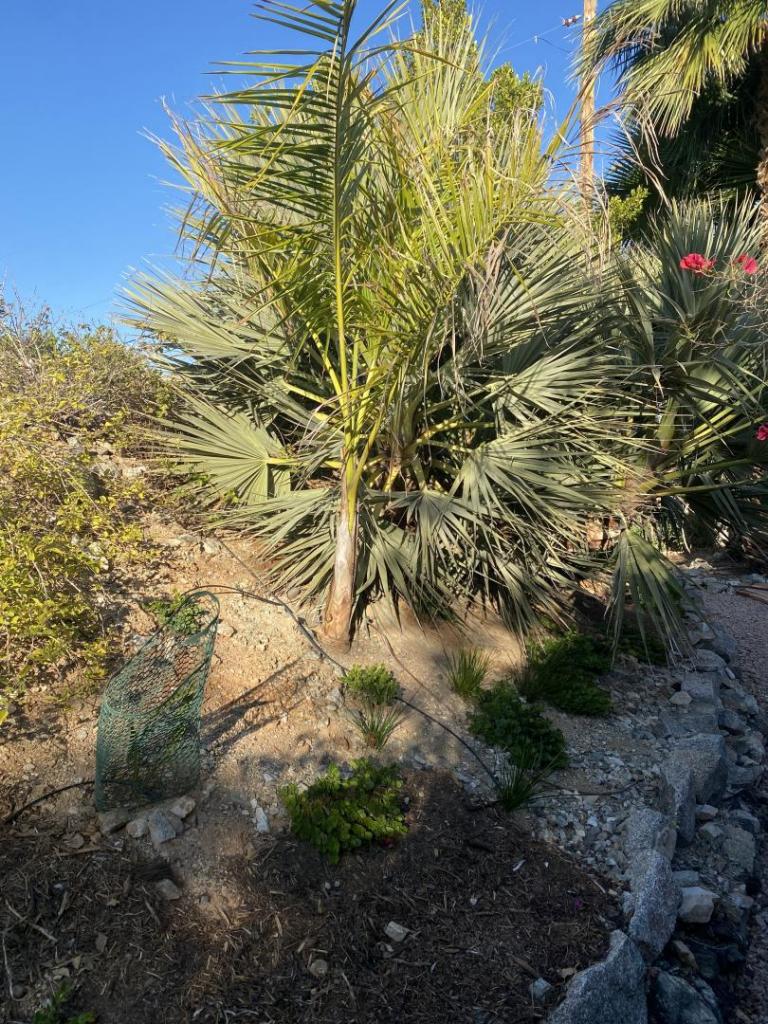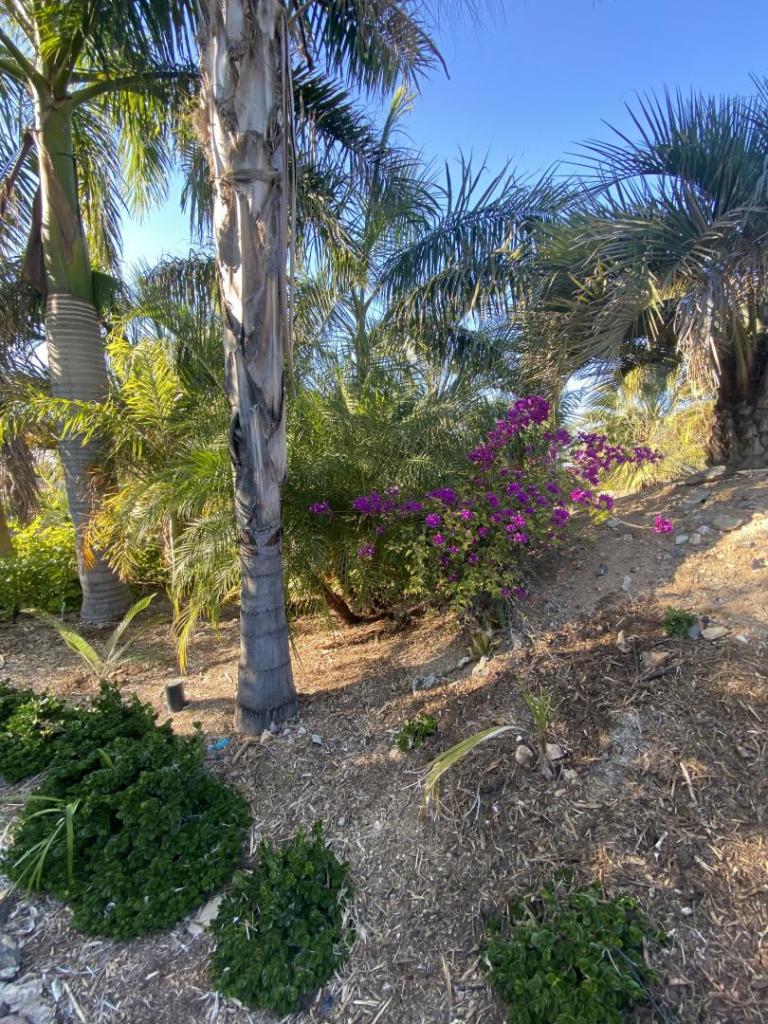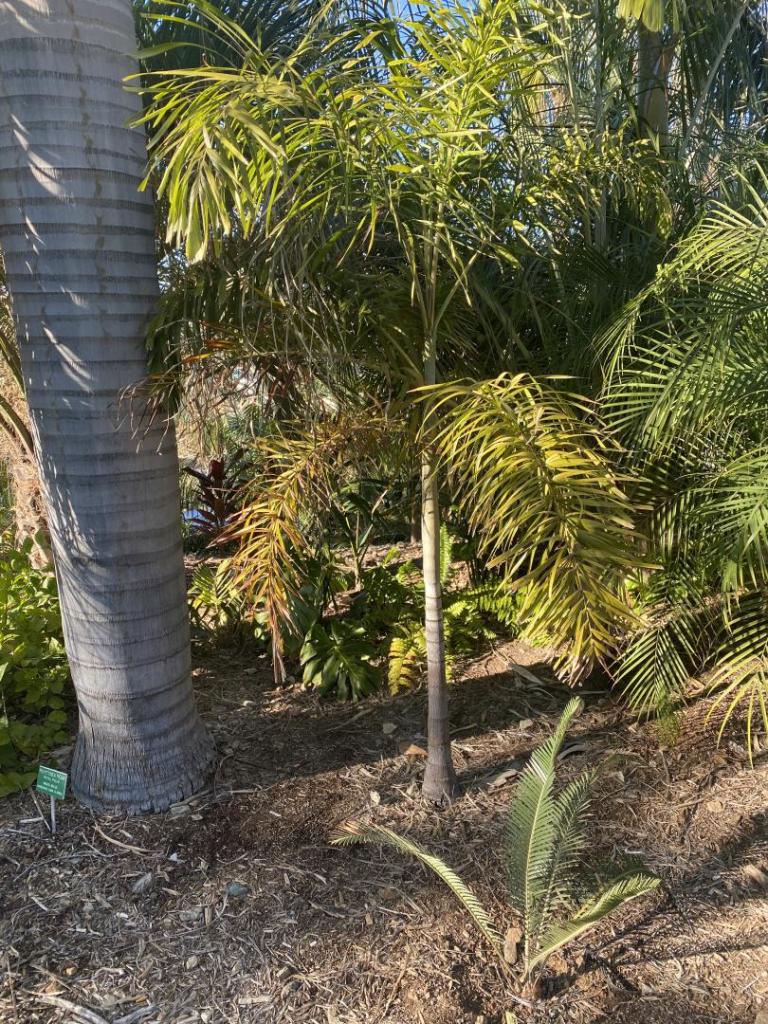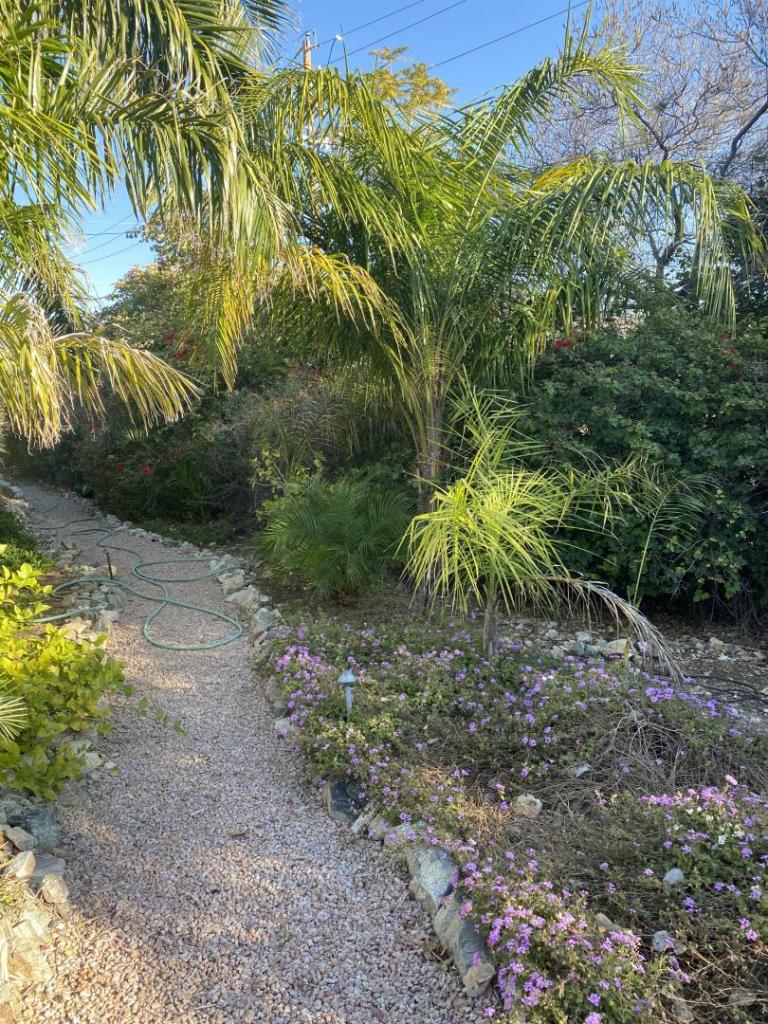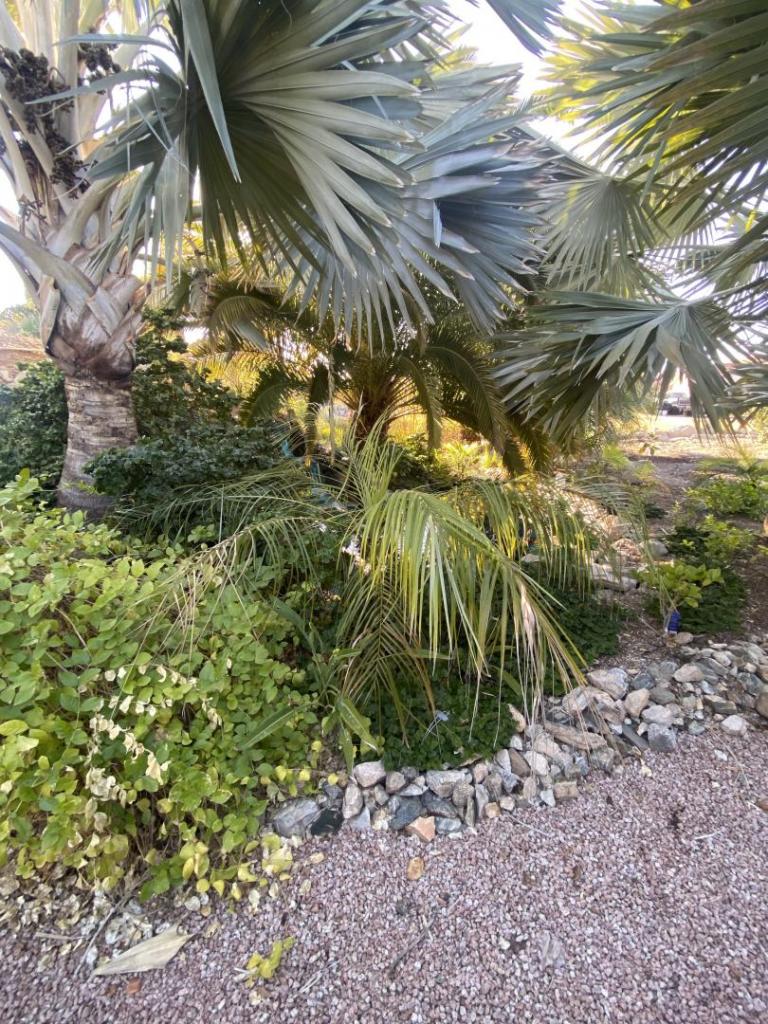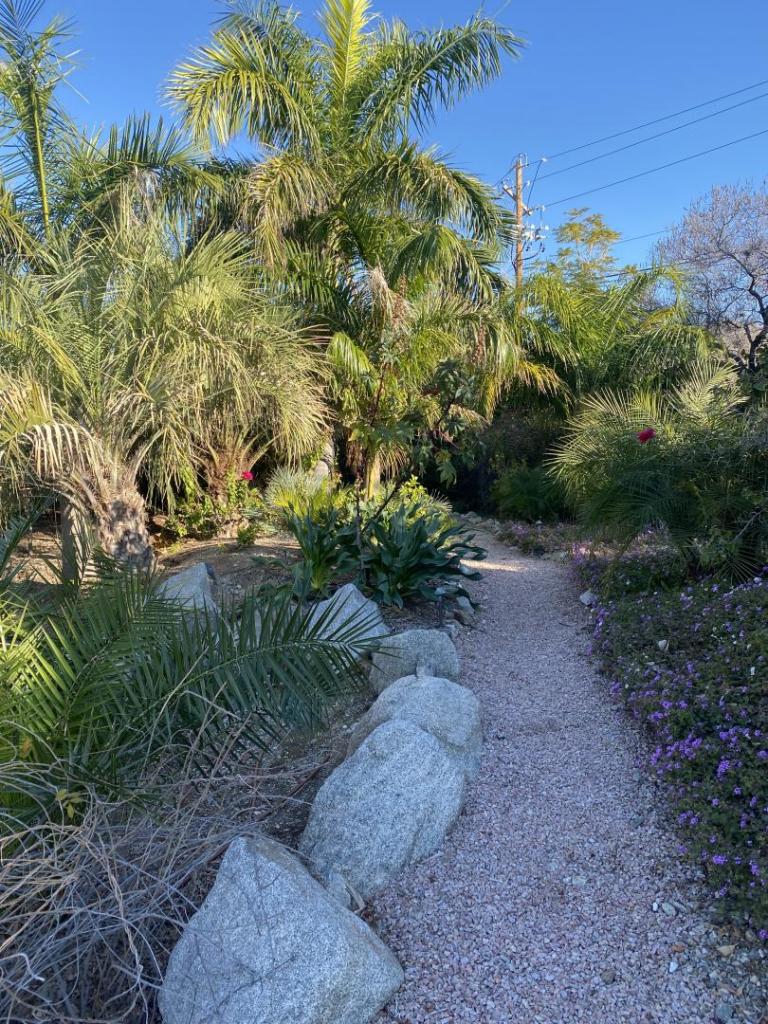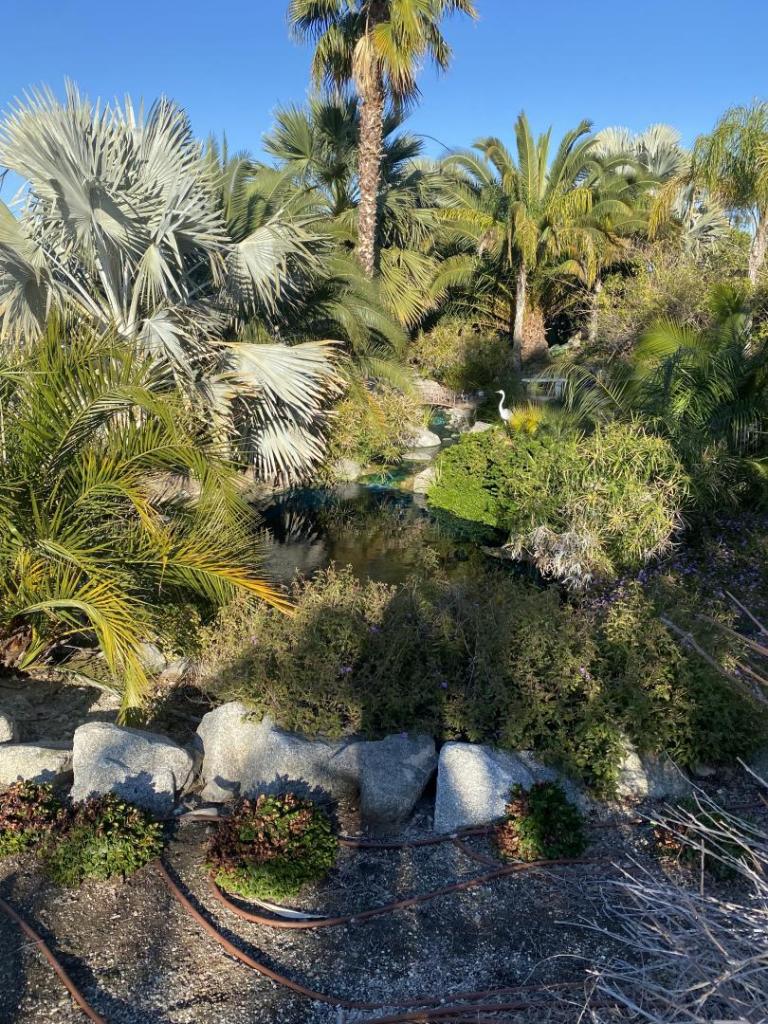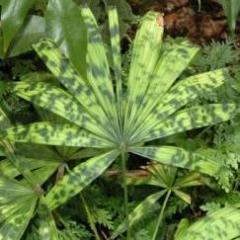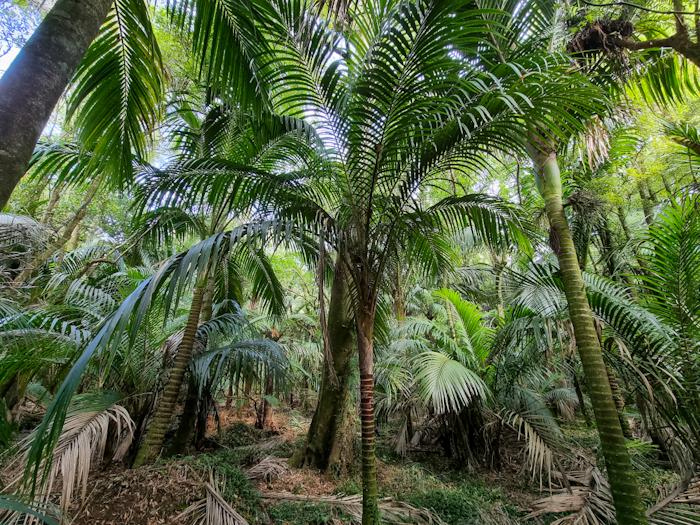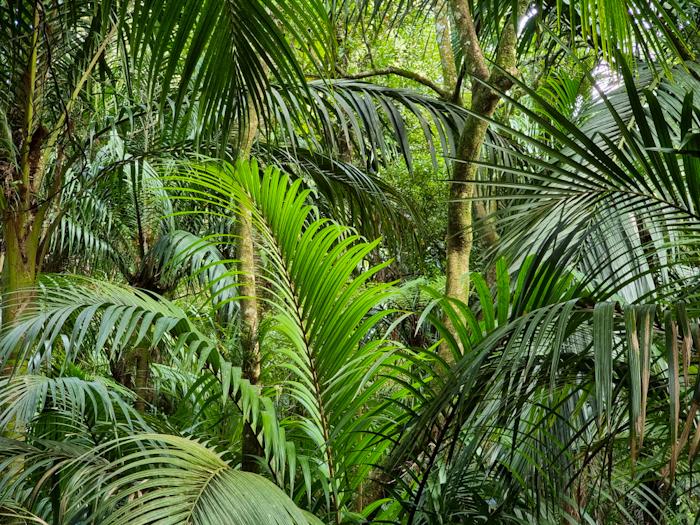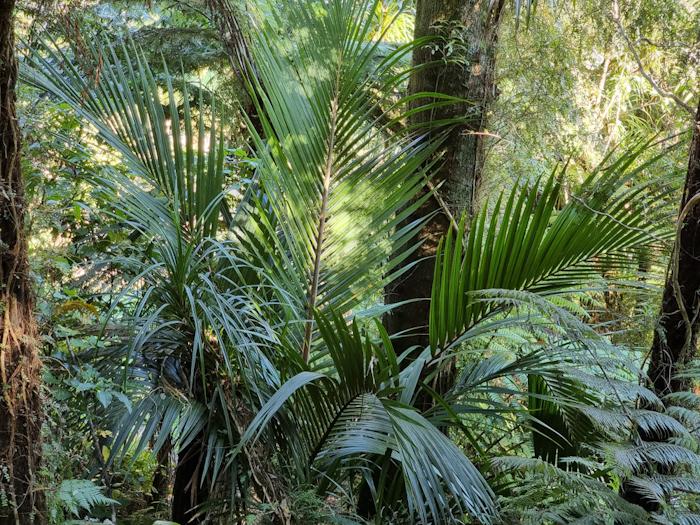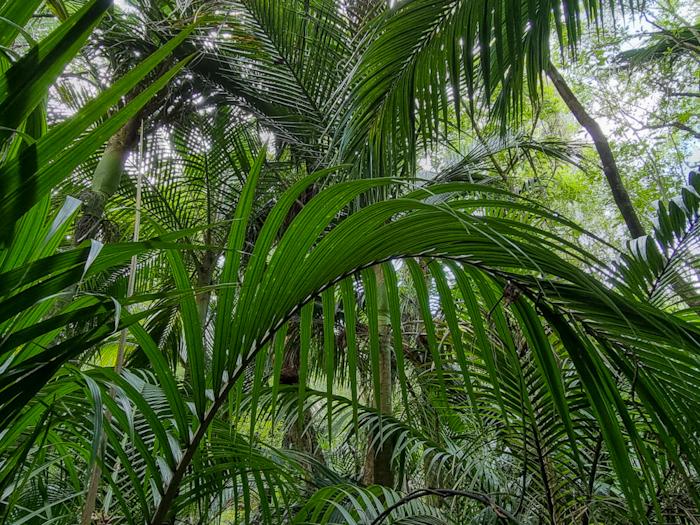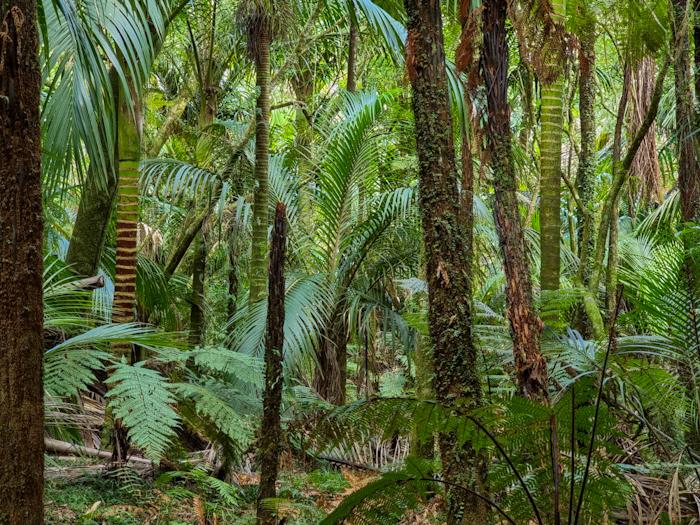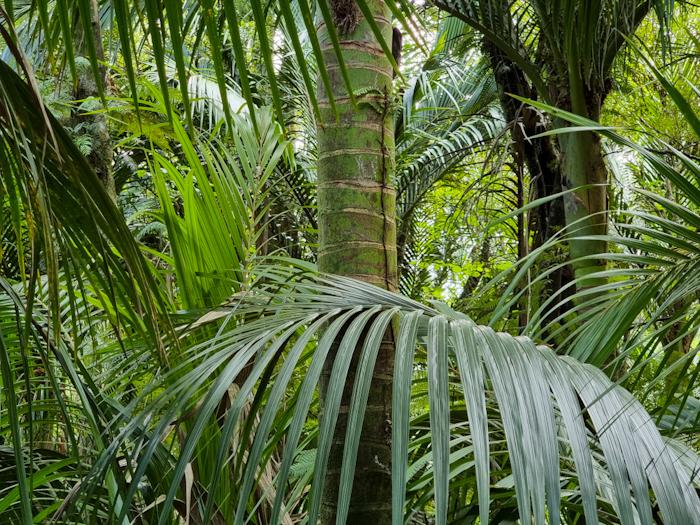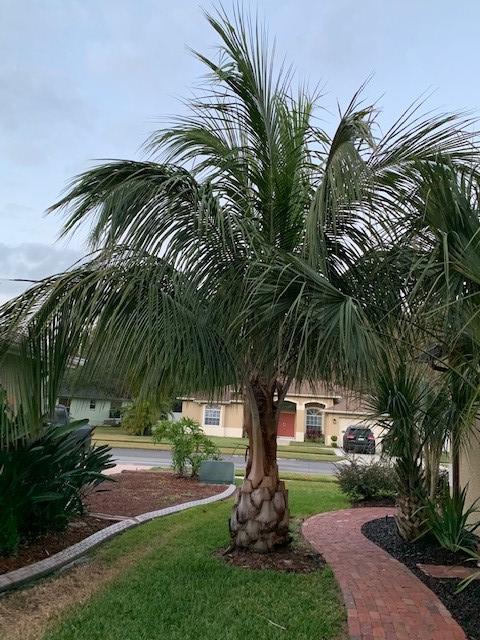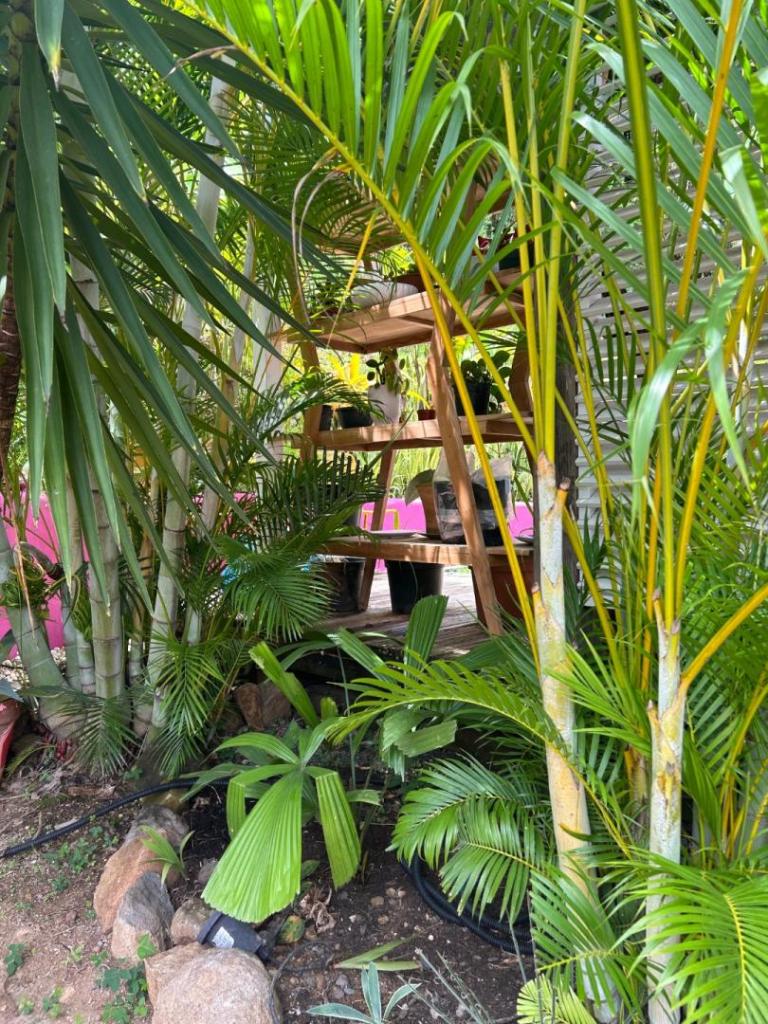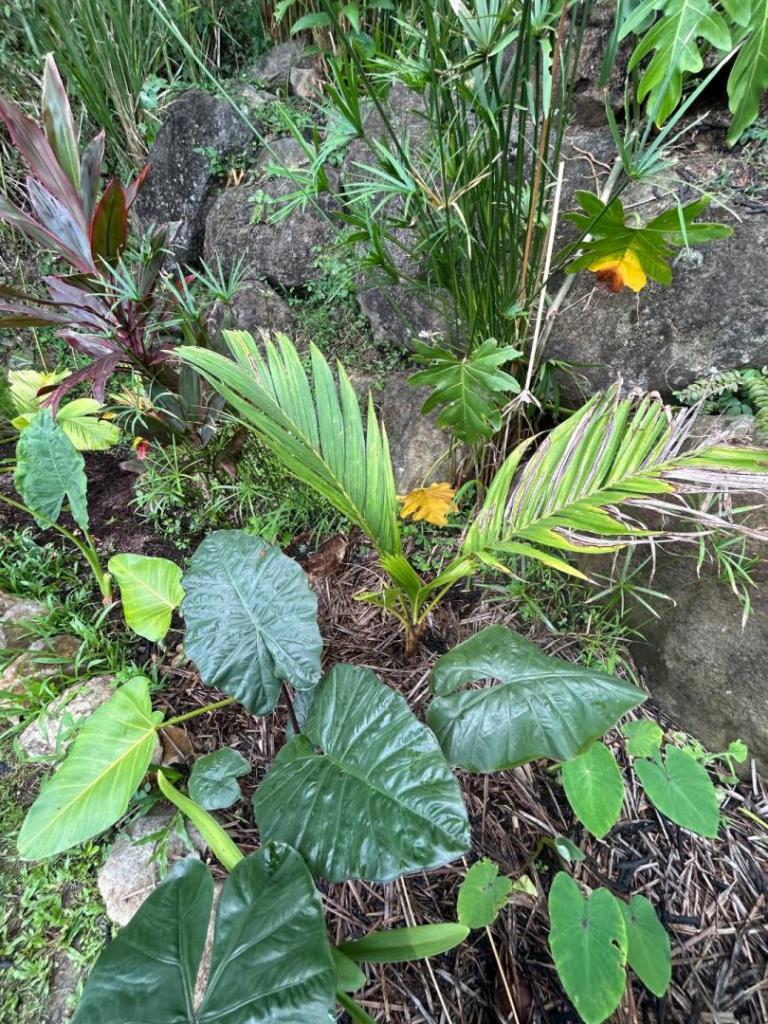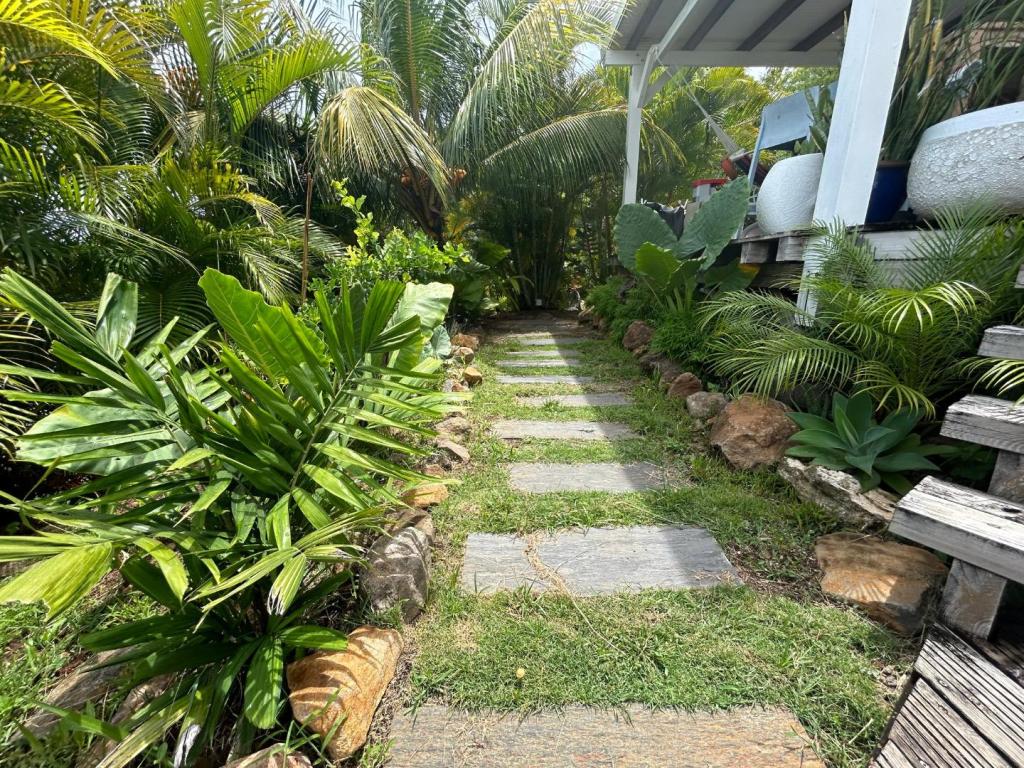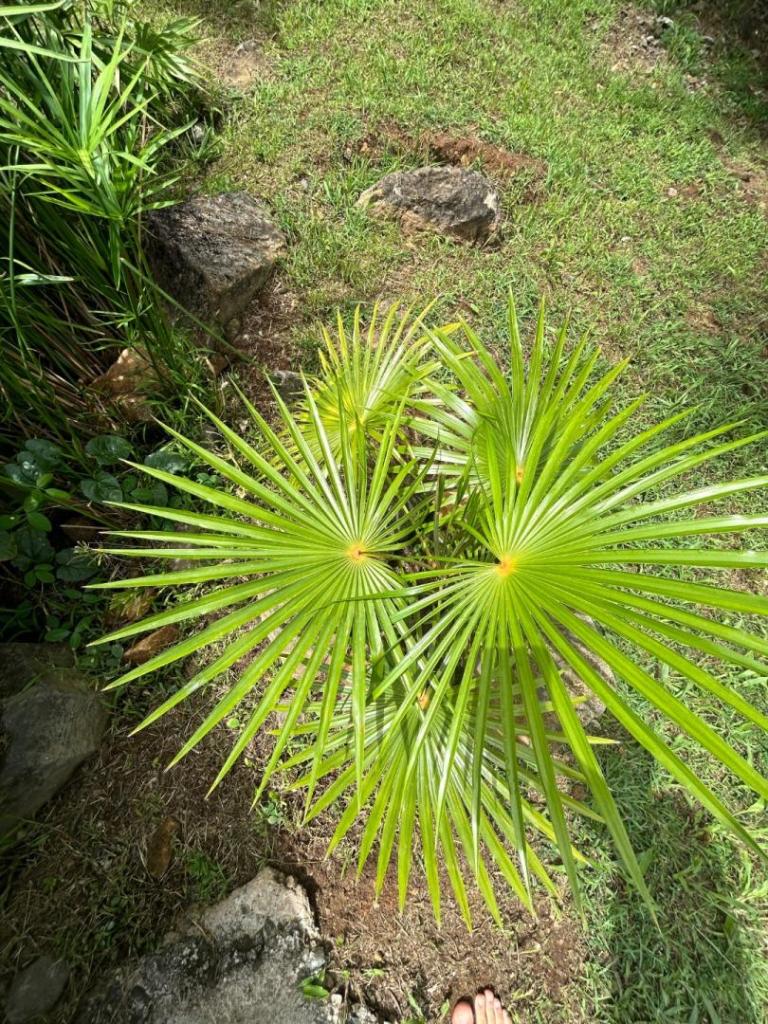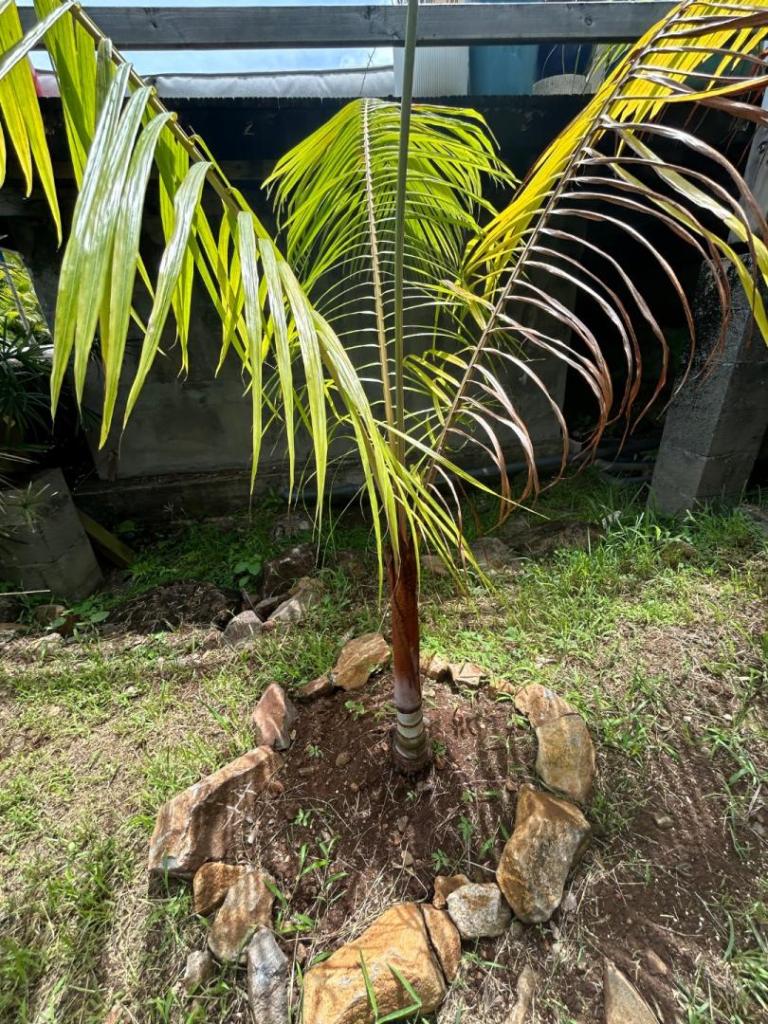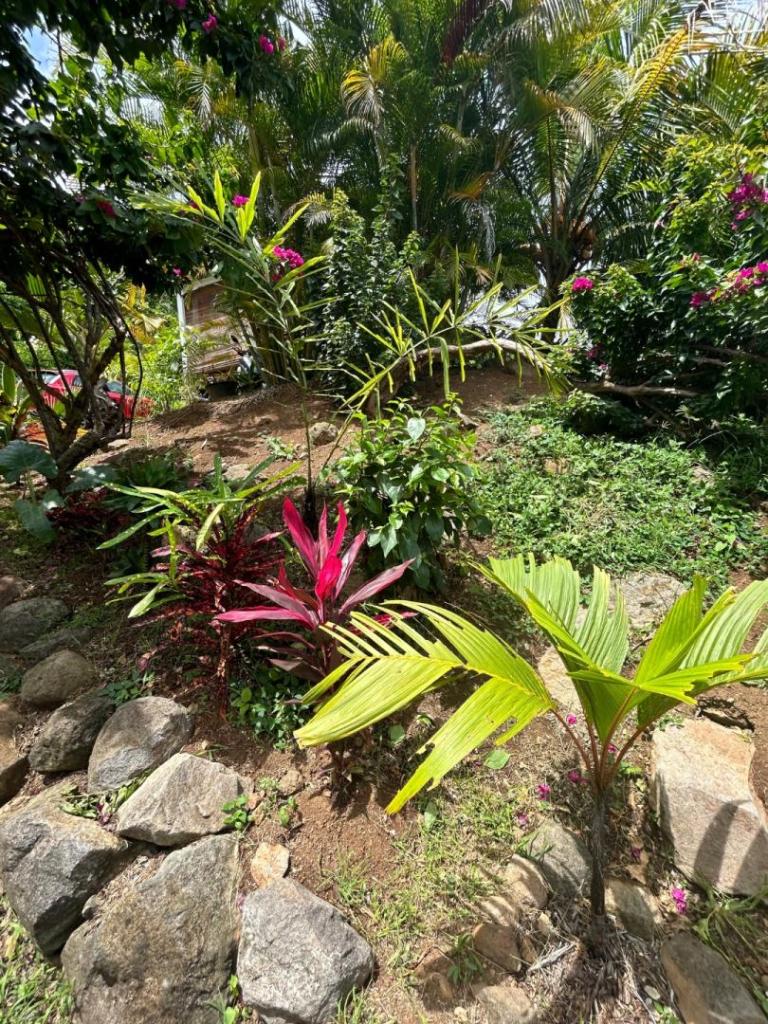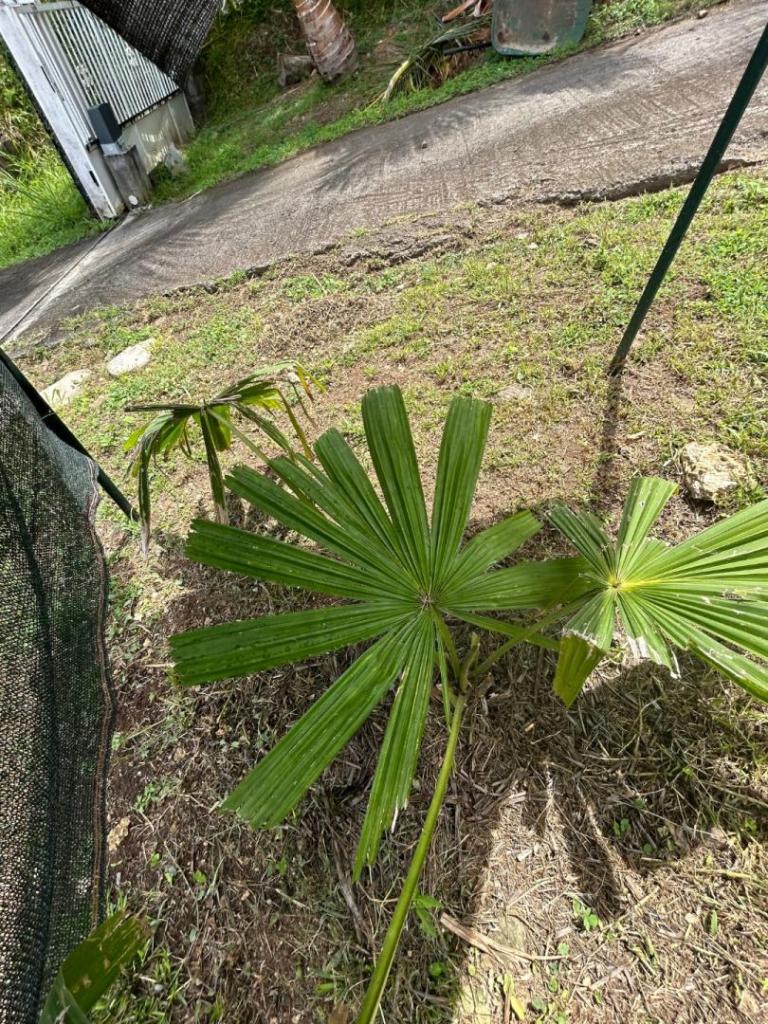Leaderboard
Popular Content
Showing content with the highest reputation since 09/17/2020 in all areas
-
When I first joined this forum I didn’t know because I was too far gone. But I was going through bad depression because of work. I was drinking heavily but also obsessed with palms. I was using palms and this forum as a way to feel better. I’m very thankful for that. And this. Iam doing amazing as I got a new job within the company. (Huge company) I’ve taken on reef tanks again. As I did as a youngster. Thank you to everyone for your support. Thanks for the love. The YouTube support. My palms are doing well indoors here in southern Ontario. I did loose a few seedlings this winter as I have been taking care of my family. My parrots and my reef tanks. But I do get some dm as people ask me for advice for indoor northern growing and it makes me feel great!! I know I’m not on a lot. But I just want to say thank you to everyone for helping me get through a hard time in my life ! rob61 points
-
49 points
-
Trimming some overgrown accent plants and weeds, I noticed a loose leaf base. A little tug, and I screamed! 😱 An actual ring on the trunk was revealed. Just have to share. These palms survived toxic gasses from volcanic eruption, as well as the neglect of an absentee gardener. Oh! My heart be still! ❤️❤️❤️❤️45 points
-
Yesterday, we published a scientific paper that presents a major update to the taxonomy of Dypsis. This is the result of years of work both in the field and in the lab aimed at addressing the unwieldy nature of Dypsis and working out how it is related to other iconic Madagascar palm genera like Marojejya, Masoala and Lemurophoenix. We approached this work with some trepidation, fearful that our results would demand that we "sink" some of these genera, which are so dear to the hearts of growers. Fortunately, we have been spared that embarassment, but our DNA dataset (which is unprecedented in scale) has obliged us to make one major change. We have split Dypsis into three to ensure that the genera represent natural groups that are consistent with the evolutionary relationships that we determined from the DNA data. As a result, two "old" genera have been resurrected. We now have: Vonitra - the fibrous species Chrysalidocarpus - the moderate to very robust species Dypsis (in a narrower sense) - the small to moderate species We have worked hard to align morphology with the DNA evidence - after all classification has to be useful and usable. But this has been really challenging and some species just don't obey the rules. For example, Dypsis marojejyi remains in Dypsis, despite being robust. This is very inconvenient, but is also a really interesting biological finding, implying that robust life forms can evolve from within understorey dwarfs. You can read all about this in our paper freely accessible here https://onlinelibrary.wiley.com/doi/10.1002/tax.12797 . This is a technical work, but you will still find much of it very usable, especially the Taxonomic Treatment section which includes a key to the genera and a checklist assigning each accepted species to the revised generic classification. We hope you enjoy it! Bill Baker on behalf of Wolf Eiserhardt, Sidonie Bellot, Robyn Cowan, John Dransfield, Lars Emil, Karolina Heyduk, Romer Rabarijaona and Mijoro Rakotoarinivo Fig 1 from the paper - Dypsis and related genera: A. Chrysalidocarpus lutescens, B. Marojejya darianii, C. Lemurophoenix halleuxii, D. Dypsis metallica, E. Masoala kona, F. Dypsis scandens, G. Vonitra fibrosa44 points
-
42 points
-
41 points
-
Daryl O'Connor took a few of us around his neck of the palm woods to see some truly outstanding natural areas and private gardens. All were truly impressive, and Daryl was very generous with his time -- thanks again, Daryl! If I had to choose a single photo to share with palm lovers, this is it -- the Tahina spectabilis in the garden of Stan and Jane Walkley. Look for the guy next to the palm, that's Stan. And no, he is not a small guy.39 points
-
38 points
-
As another Fall begins, I was beating myself up about about still having so many palms in pots (vs in the ground). My original goal was to have everything in the ground by this Spring... but life happened and there are still way too many palms in pots. 🙄 But there is ONE area of the yard that is looking pretty nice! So I thought I would post a video tour of my 1st completed area of the yard. ❤️ * I'm a graphic designer by profession, so my yard has a crazy amount of COLOR. I also try to have variety in palm form, heights, and leaf types. Basically it's what happens when someone who normally designs with pixels on the computer switches to using plants as their medium. Oh, and you'll see a few bromeliads & other tropical plants (bromeliads were my first love). Enjoy! @Josh-O - You mentioned you'd love to see the Mealy Bug & Sambiranensis again sometime. Here's a video. Huge thank you for everyone who sold palms to me (including many palms not shown here).38 points
-
38 points
-
It gives me great pleasure to announce that I have submitted the manuscript for the long-awaited "Palms of New Guinea" book to Kew Publishing today. This will be the first detailed account of all 250 species from the New Guinea region and i t should really help all of us make sense of this last big black hole in our knowledge of palm diversity, as well as protecting it. It has been a labour of love spanning over 20 years for myself and my co-authors Anders Barfod, Rodrigo Camara-Leret, Charlie Heatubun, Peter Petoe, Jess Turner, Scott Zona and John Dransfield. Every species will be illustrated by beautiful line drawings by Lucy T. Smith, augmented by 100s of photos. We're aiming for a publication date of end 2023 - so watch this space folks. As a teaser, here's shot of the exquisite Manjekia maturbongsii from Biak, one of the amazing new genera to emerge from this work. Bill Baker, Royal Botanic Gardens, Kew37 points
-
37 points
-
In a prior forum post the growth rate of a Jubaea Chilensis was discussed by many and is highly recommended. https://www.palmtalk.org/forum/topic/19995-the-explosive-growth-ofjubaea-chilensis/?&page=4#comments In 1989 I planted two Jubaea Chilensis that were 5 and 7 years old. The following 6 pictures and graph shows growth rate of one of those palms, with the first picture taken in 2006. I could not find earlier pictures between 1989 and 2006 as they are packed away someplace in the pre-digital age. The first 20+ years a Jubaea palms growth is slow with each new frond or leaf emerging slowly and just slightly bigger but holding on and staying green for many years. After about 20 years the Jubaea begins to change by rapidly increasing its leaf sizes while pulling nutrients out of its childhood leaves turning them brown and dead. This second stage of the Jubaea’s grow is pre-adult (teenager), where each new leaf gets increasingly larger and bigger and the base of the plant begins to swell sometimes lifting itself up exposing roots. If roots begin to show at this stage, soil can be placed around the base of the trunk to bury the roots as Jubaea tolerate fill up to a foot deep unlike other palms. Growth at this stage begins to increase significantly at perhaps twice the rate before. At about 33 years the Jubaea begins to grow an expanding trunk with increasing circumference causing the oldest leafs to break the fibers attached to the trunk allowing them to detach and fall away. This leaves a smooth trunk with leaf scars and numerous stretch marks as the Jubaea increases its growth rate again by a factor of two. The graph at the end shows a growth rate during the 40+ years of the Jubaea’s growth. The palm shown is now over 40 years old and adds about 18 inches of vertical trunk each year with expanding canopy. Observing the two Jubaea I have over the years, the bigger and faster the leaves and canopy grow, the bigger the Palm will be. Soil, fertilizer, watering and site conditions have considerable influence on the size of the Palm. The Jubaea has not yet produced fruit or nuts, but has been flowering for the last 9 years. The growth rate as shown on the graph is close to exponential and should begin to slow down during which it will taper its trunk. It is reported that a Jubaea will not fruit until it is 40, 50 or more years old and or begins a tapering trunk. If someone wants to grow a fast growing Jubaea, they are best to get one that is over 20 years old shortly before the palm starts its explosive growth and trunk.36 points
-
I sold Palmpedia several months ago to someone who has the resources and passion to keep it going. It became too much for me alone to continue and provide the time and expense to do it justice. The new owner is an IPS Member, and a long time lurker on PalmTalk. He is a terrific guy, capable businessman, and a palm/plant lover. I think it is a good fit, and the future of the site is in better hands now that he is involved. Give him time, and I expect many more improvements. Thanks to all those who provided financial and emotional support during its creation and almost 20 year run so far. I too use the site often, and hope to for another 20 years.36 points
-
36 points
-
36 points
-
Palms around San Diego, CA! Highlight was definitely the Corypha umbraculifera. The owner was kind enough to investigate the strangers outside admiring his garden, and he states that he bought it as a seedling 25 years ago at Huntington Botanical Gardens and that he treats it against weevils every 4 months, as the weevils have unfortunately claimed a few of his palms already, including a 40 foot Bismarckia.35 points
-
35 points
-
35 points
-
Got an opportunity to stop by Jim's garden over the weekend. I enjoyed taking some of these photos, despite the difficult lighting conditions (bright highlights, dark shadows). Did a little post processing work to bring these photos to life. Hope you like them. Click the link to view the album. https://photos.app.goo.gl/GneVpq1VwwjRpdYr834 points
-
34 points
-
I have been growing many palm species from seed in the Arizona desert,for the last 25 years. Knowing that it takes me 15 years of growing under my extreme conditions just to produce a nice 5 gallon Coccothrinax,it was a no brainer to just pick this one up,when a local nursery brought in 18 of these old man palms. As of today,only 9 left... aztropic Mesa,Arizona34 points
-
34 points
-
33 points
-
33 points
-
33 points
-
33 points
-
Today is the Sunday before Easter, when Jesus rode into Jerusalem and people hailed his arrival by cutting leaves off palm trees and dropping them in the roadway. Hence Palm Sunday. I remember when I was a kid going to church and we'd get these little crosses made of what looked like leaflets from Sabal leaves, tied into a neat bow. But, here, every Sunday is Palm Sunday and wishing all of you a happy Easter. And a happy palmy Sunday, Monday, Tuesday, Wednesday, Thursday, Friday and Saturday. And, show us some palm pictures! We won't say too many palms, or palms're ugly . . .33 points
-
Many of you order from Floribunda, but mine was a relatively large order so I thought you might find it interesting to see my relatively large delivery. The reason it was large was because: 1) I'm completely redoing my yard front & back. 2) I like the "multiple" look with some of these. 3) My parents and sister would like some plants as well. 4) I'm paranoid I'm going to kill some of them, so ordered more than I need to "hedge my bets". Worst case I'll sell or trade the extra plants. Experience was same as has been described by others... Filled out the order form from website stock, got a call from Jeff to review the order (and get to know me), paid for plants before they shipped, and shipping/handling after they arrived (S&H was approx 35% of plant cost, which is fair considering most were in pots). Upon arrival I carefully unpacked the plants (which were packed amazingly well) and lined them up for their photoshoot. I used a ruler so I could track growth and measured the nicest plant of each type. Ruler was in 3-inch increments, measured from the TOP of the pot (not the ground). I'll post the photos here in case it's helpful for anyone else planning a Floribunda order (or "palm porn" for the rest of us). Night shots just to be different ;-) * If replying about a specific plant, try to include only that plant in your reply and delete the others (if you can). I'm curious if any comments. For me the "Pinanga Javana" was the biggest surprise (only 4" but HUGE). We repotted some of these already, and are excited to watch them grow over the years. Group photo: Bentinckia condapanna (1g): Burretiokentia vielillardii (1g): Chuniophoenix hainanensis (4"): Clinostigma savoryanum (4"): Cyphophoenix nucele (4"): Cyphosperma balansae (1g): Dypsis baronii (1g): Dypsis baronii “black stem” (seedlings) & Dypsis "lafamazanga" (seedlings): Dypsis lanceolata (1g): Dypsis leptocheilos (1g): Dypsis "maroantsetra" (1g): Dypsis onilahensis “weepy” (4"): Dypsis "orange crush" (1g): Dypsis pembana (1g): Dypsis saintelucei (1g): Euterpe edulis “orange crownshaft” (1g): Licuala distans (4"): Pinanga coronata (1g): Pinanga javana (4"): Pinanga philippinensis (1g): Pritchardia martii (4"): Verschaffeltia splendida (4"): Enjoy!32 points
-
32 points
-
32 points
-
Just letting leafbases fall off, this one went into the ground august 2010 as a just going pinnate 3 gallon and was burned just about to the ground in the 2010 dec cold event with heavy frost(28Fx2 plus frost). The adirondack chair is 30" wide at the handrests. The distance from house to black fence at the border is 35'. that is about the width of the palm. This is one year out from hurricane IAN which spread out the previous more upright form. By comparison my 30' bismarckia is about 25' wide. I have two others planted same size same time in less than full sun and the are no more than 2/3rds the size of this one in all day sun. They do grow notably slower/smaller in shade it seems.32 points
-
32 points
-
32 points
-
32 points
-
When I saw this, I thought I was going to need a pacemaker. In all my years looking at palm parts and pieces, I have never seen anything quite like it. John Hovancsek and I were going through the garden when I removed an old leaf sheath off this Dypsis basilonga only to reveal the first spathe since planting. In this case, a picture is worth much more than a thousand words. Tim32 points
-
After all these years I finally made a visit to Dave’s Jardin de Palmas. WoW! Beautiful specimens. I picked up 6 palms While there (3 C Radicalis tree form, Spindle, A. Maxima, Dypsis Lafamanzanga). A few pictures. Thank you Dave! Pritchardia Jubaeopsis Cafra R Oleracea with Chamies to the left. R Regia - I think this one has the moniker of "Spanky" ala Our Gang Licaula Tri-Bear Watermelon Massive Panoramic view Dypsis among the Chambeyronia32 points
-
This will likely be the last time I'll get to post about this tremendous success story of growing Satakentia liukiuensis in California. Unfortunately, our home owners insurance has issued us a cancellation notice unless we're able to comply with basically removing all of the palms in close proximity to my home despite all of them being healthy, well watered, and none of them carry a skirt of dead leaves; basically zero risk of catching fire. We've searched around and no other insurance company will cover us as they're all trying desperately to exit the market. The insurance market in CA is a disaster, but that's a story for another day. I figured I'd post pics one last time of this palm that has yet to flower/fruit, but is thriving none the less. It currently stands at 15' tall overall w/ 5' of clear trunk.31 points
-
31 points
-
I have been growing exotic plants for nearly 40years, on balconies, terraces and now, since 2016, I also have a garden, 50 km north of Rome, about 300 m distant from the sea. To give an idea about the climate, zone 9b, there were nice big Ficus elastica trees, some 5-10 m high, but they nearly all got wiped out by two consecutive winter freezes in 2017 and 2018. Some of the palms you will see were grown in pots on my terrace in Rome for nearly 20 years and then transplanted into the garden The garden was quite empty so except the Araucaria, these are all new plantings I really like King palms Bismarckia nobilis Jubaeopsis caffra Blooming like crazy, but no fruits Parajubaea, lost the spear after being planted and stayed for 2 years without any sign of life, but is resuming normal growth now Archontophoenix cunninghamiana and Brahea armata Beccariophoenix alfredii Copernicia alba Ravenea glauca Pritchardia hillebrandii Caryota obtusa A Brahea Another Bismarckia Rhopalostylis sapida Jubaea chilensis Caryota urens Brahea edulis A Sabal Dypsis decaryi Butiagrus nabonnandii Caryota ochlandra and Phoenix roebelenii31 points
-
31 points
-
31 points
-
I bought this as a 15 gallon palm. It came from seed collected from a specimen growing in the wild in Baja California. It has been in the ground for 15 years and I would guess that it's at least 20 years old total. Sabal uresana. When I planted it I did not expect it to get this large. The diameter of the crown is larger than a Bismarkia and is on par with Phoenix canarienis. I am 6'1" and 270lb for scale. That neighboring B armata seems miniature.31 points
-
31 points
-
31 points
-
"You know you are a palm nut when..." - ... you have palm seeds germinating in your car's cup holder. - ... there are coconuts rolling around in the bed of your truck and you don't remember where you got them. - ... you take a palm book with you on a long flight. - ... you have a bucket of common palm seed in the back of your car, along with all the groceries. - ... you bring a wagon, wheel barrow, cart with you to a palm sale, along with a cooler loaded with a day's worth of drinks. - ... you take 75 photos of the same palm. - ... your pocket list of the species you have is replaced by a list of the species you want. - ... your pocket list of the species you want is replaced by nothing, because you have it memorized. - ... you've knocked on a stranger's door asking to collect seed from their yard. - ... you have given a palm as a birthday gift. - ... you have received a palm as a birthday gift. - ... you stop to identify a palm while riding your bike. - ... you bought a palm because it looked cool, only to find you have four more like it at home. - ... you have created your own style of hieroglyphic writing to identify the origins of all your palm seed via their tags. - ... you have a 1-gallon palm sitting within the rim of a 7-gallon palm which is sitting within the rim of a 25-gallon palm. - ... you need to use a flashlight to give a tour of your yard, at two o'clock in the afternoon. - ... the utility meter reader is scared to death of entering your property. - ... you've had to pull a dead animal from the spines of your heavily armed palm. - ... you've had to pull yourself from the spines of your heavily armed palm. - ... you have forgotten where you have planted a certain specimen. - ... you find a palm in your yard you do not remember planting. - ... you clean out the marginal area between your yard and your neighbor's only to find seedlings of ten different species. - ... after the garden tour, you need to draw a map to get the attendees to the exit. - ... the space between your potted palms has shrunk to zero. - ... the seedlings popping up in the yard, belong to a mature tree above, which was once a seedling itself, belonging to an even taller palm higher up. - ... you dream of palms, awake and while sleeping. - ... you can see the crown of your climbing palm and have no idea where it is planted. - ... you have generations of hybrid palms creating themselves in your yard. - ... you can't find the tags you used to label your palms, because they were replaced by another system of tags which you cannot find either. - ... your cold sensitive palms are better protected than your pets. - ... you have created a custom moving system to transport your oversized Red Sealing Wax Palm indoors and away from the cold. - ... you have no hot water because it's been diverted outside to heat your yard. - ... you have Christmas lights around your palms, weeks after December. - ... you talk to your palms and hope they don't talk back. I could keep going, but I gotta eat. Ryan31 points
-
I badly wanted to cross the river to get some under canopy photos but couldn't face wet clothes for the long journey ahead. But finally I gave in and found a nice grove and went and got these photos. Jaw droppingly beautiful to be inside a grove like this with towering old Nikaus and their millions of offspring underneath. As observed / mentioned before - these have a very Howea Forsteriana look when under canopy.31 points
-
Hi everyone ! Since I get precious advices and great pictures from old post I though I should introduce myself. I live in Guadeloupe, French West Indies. I have bought my house 3 years ago with a totally virgin garden, and have been planting since. I am lucky to have nice weather for palm tree, and have been able to have 40+ species. Most of them a young, started from seedling, or even from the seeds. Here are some pictures of my garden, hope you like it.30 points




